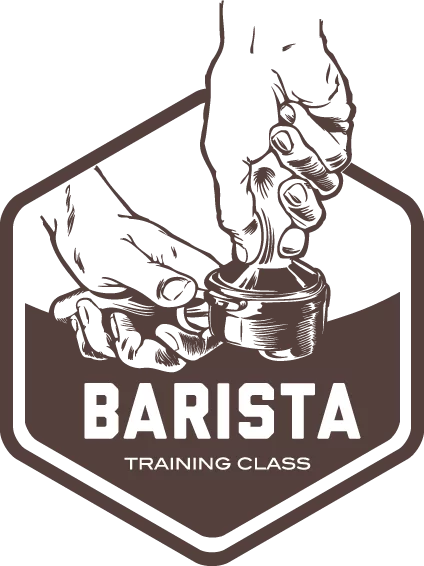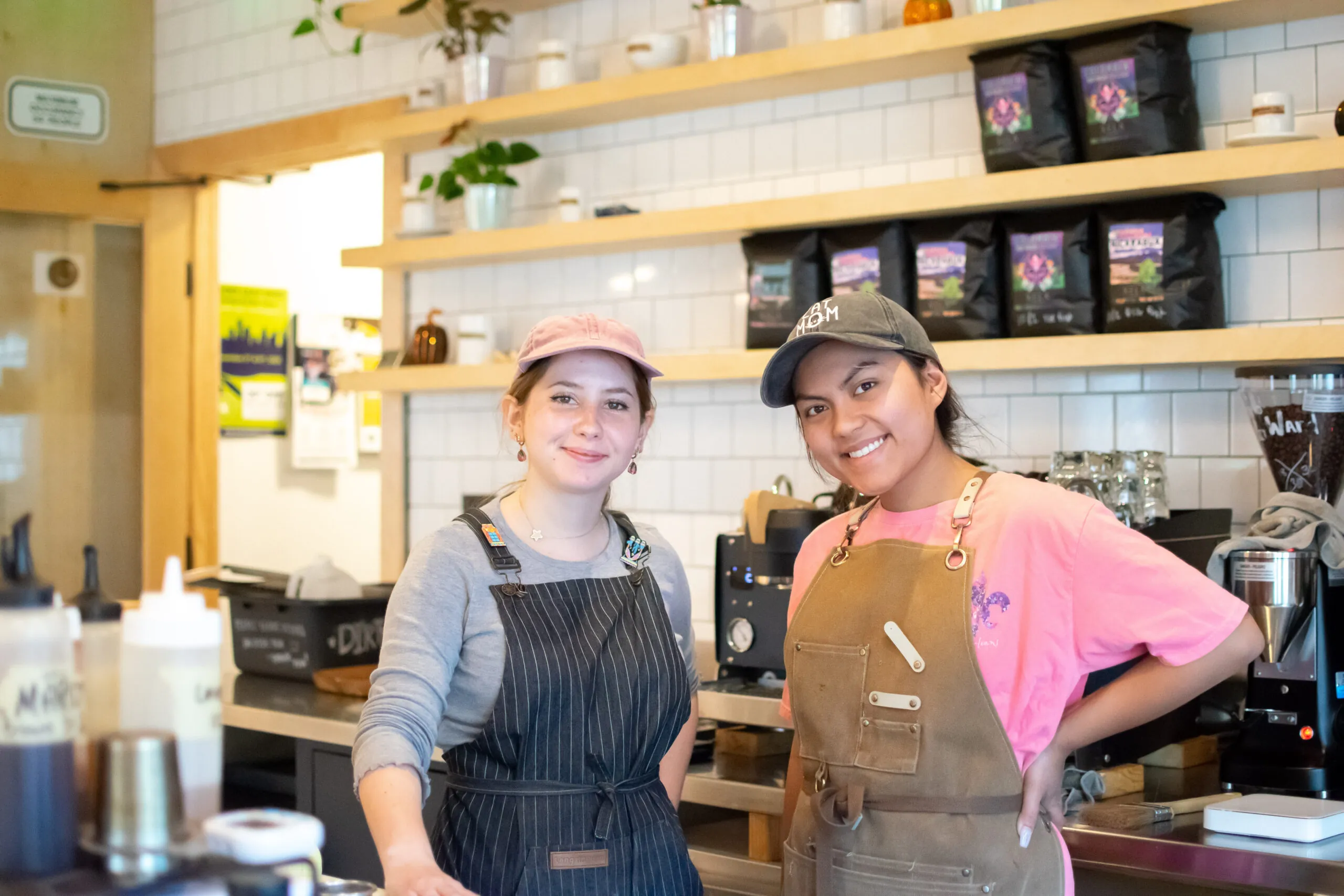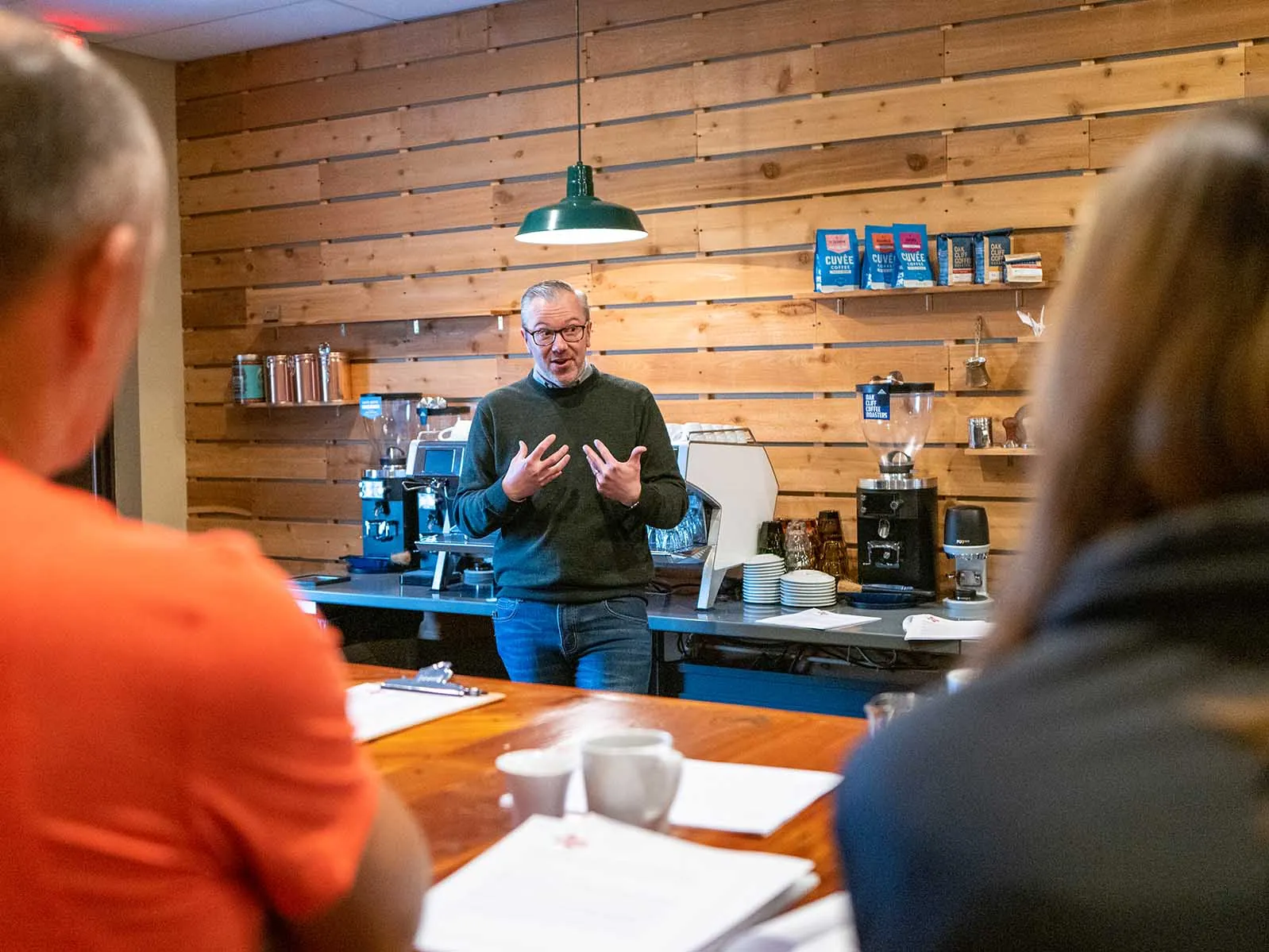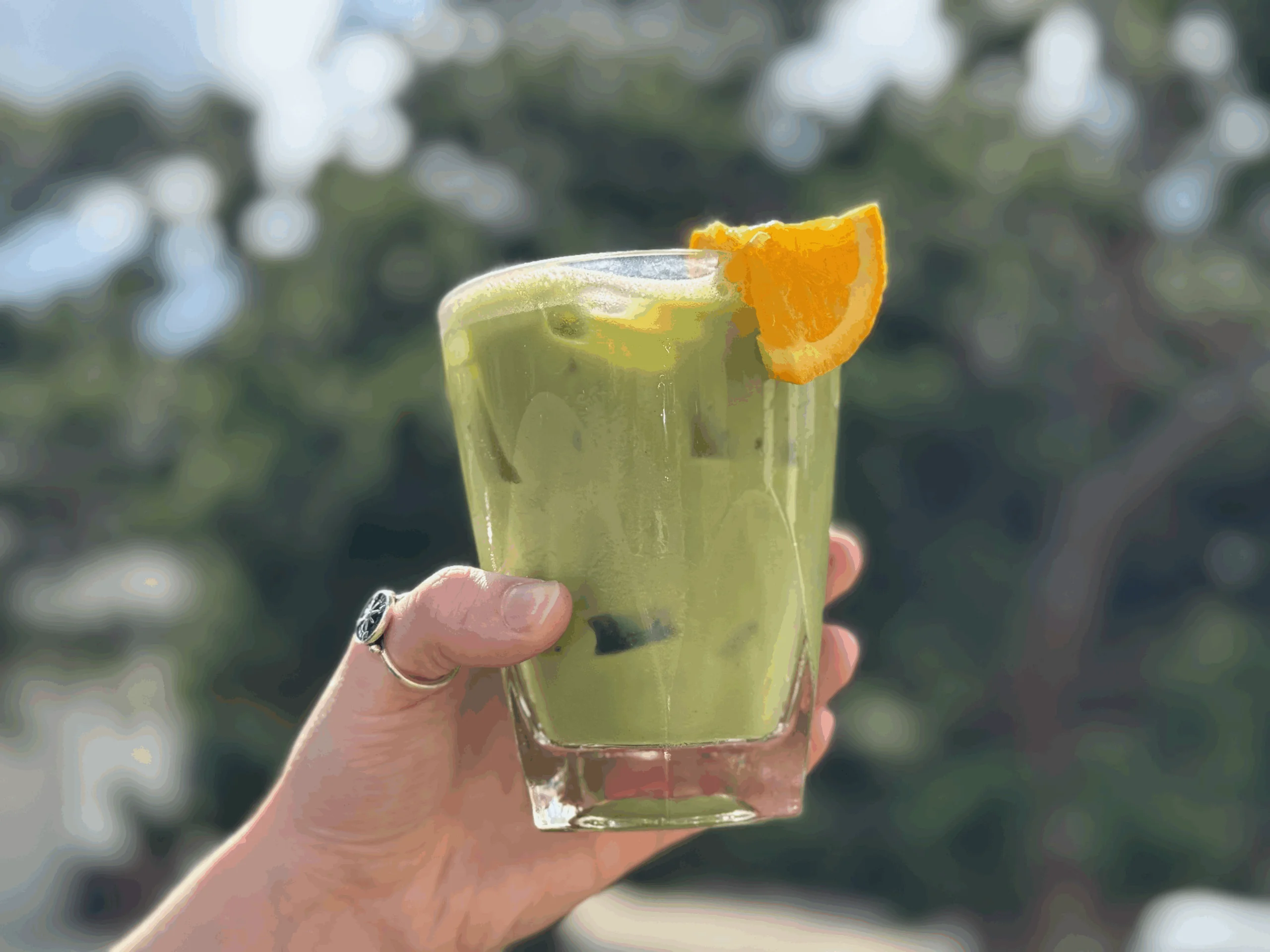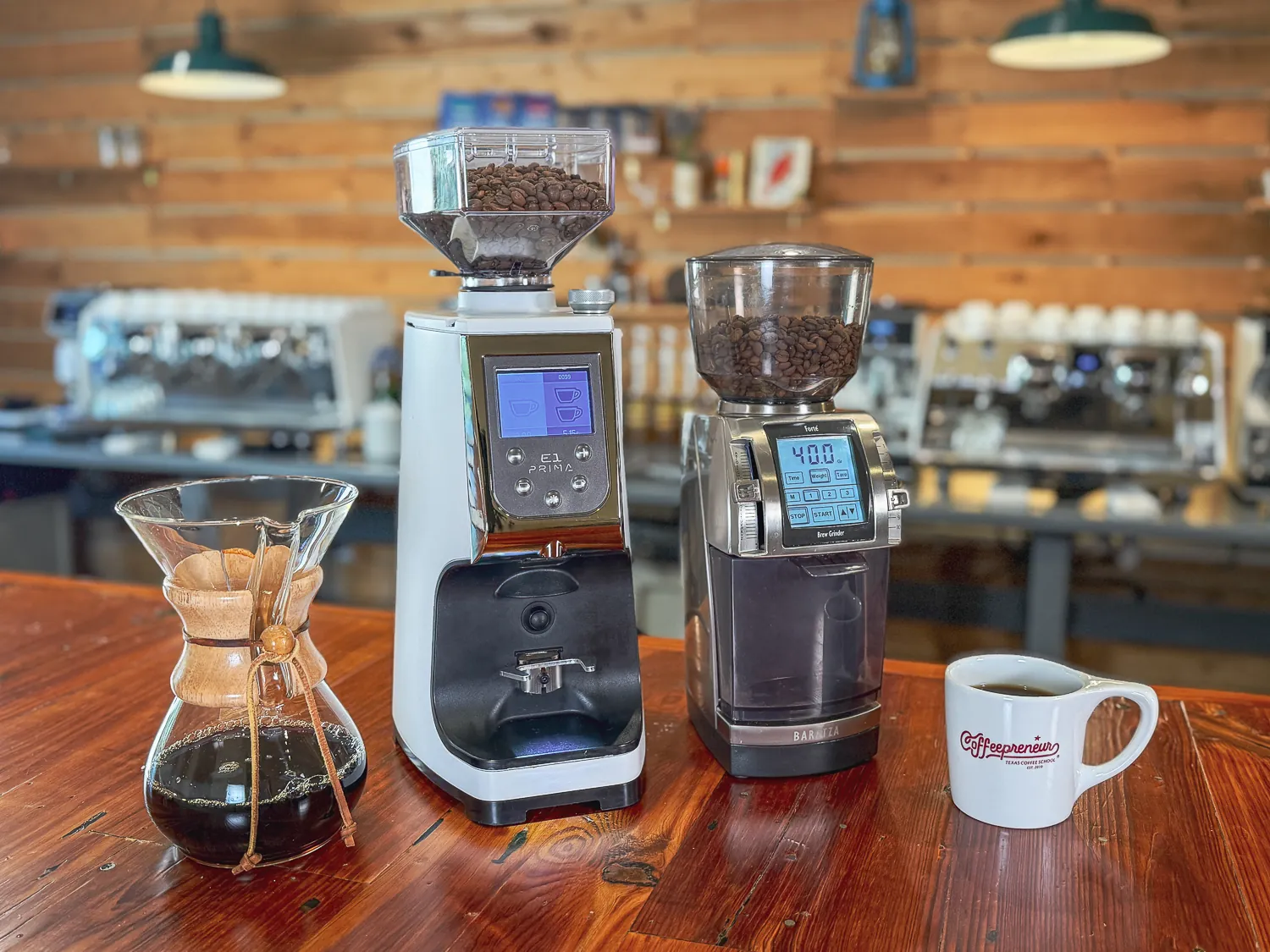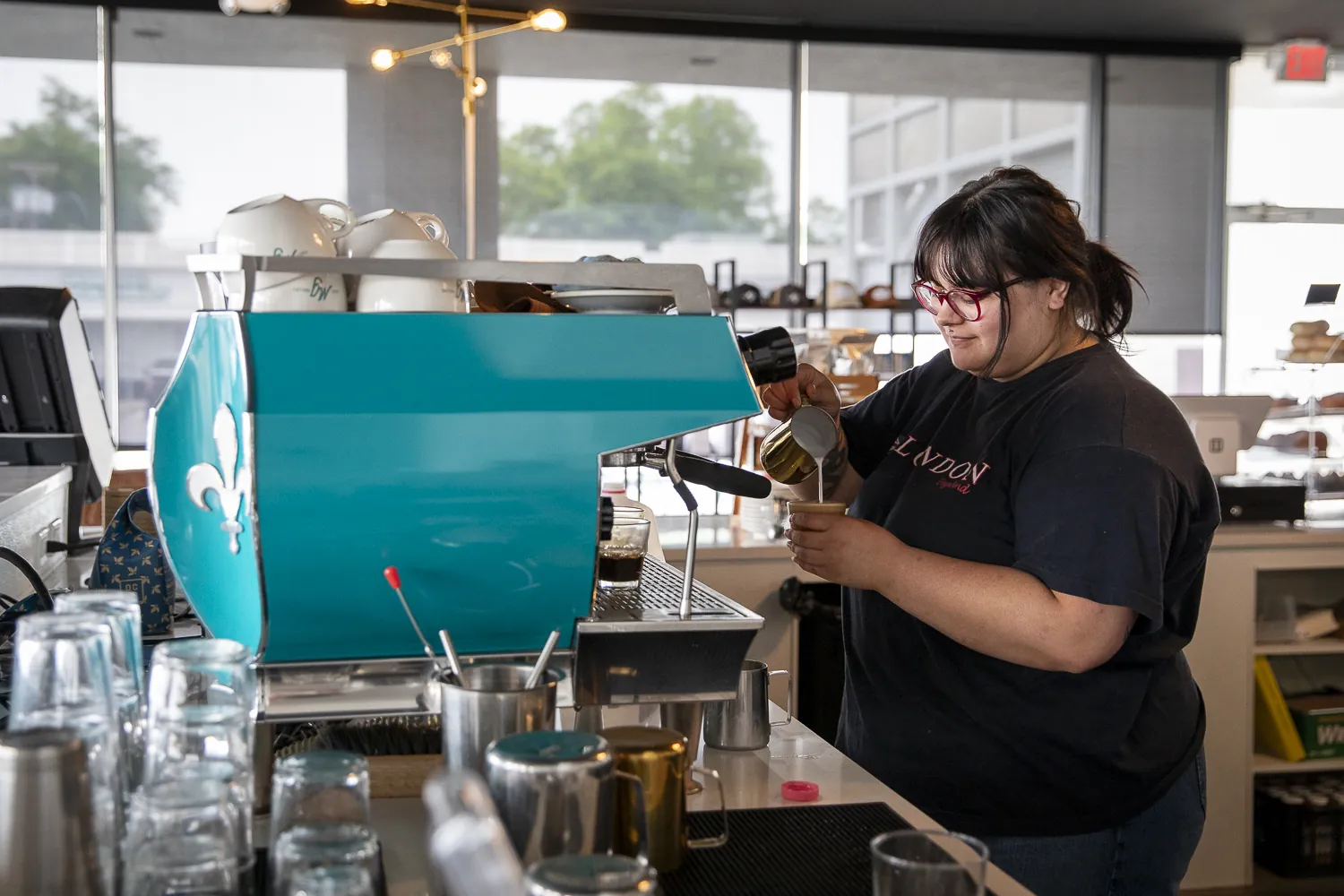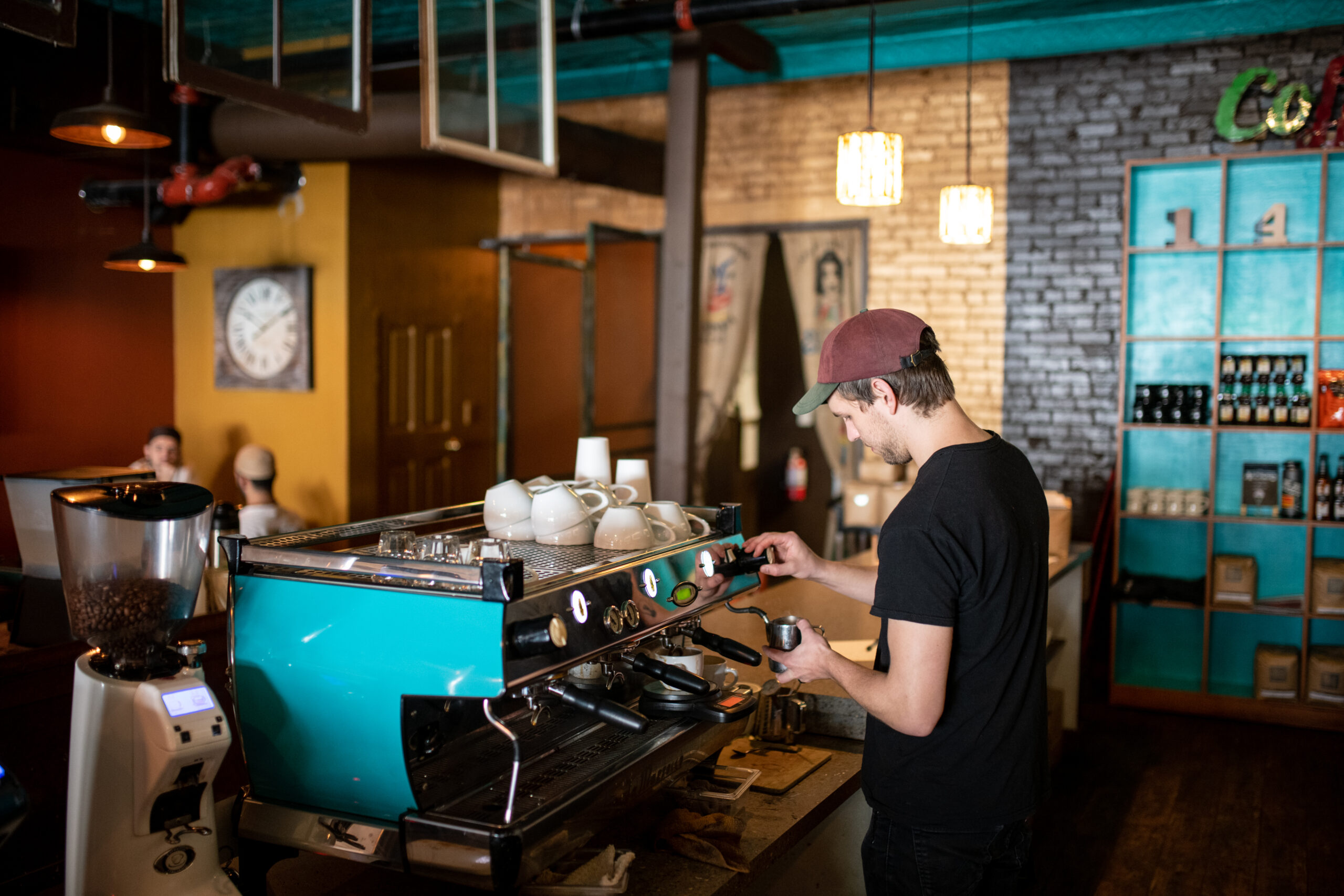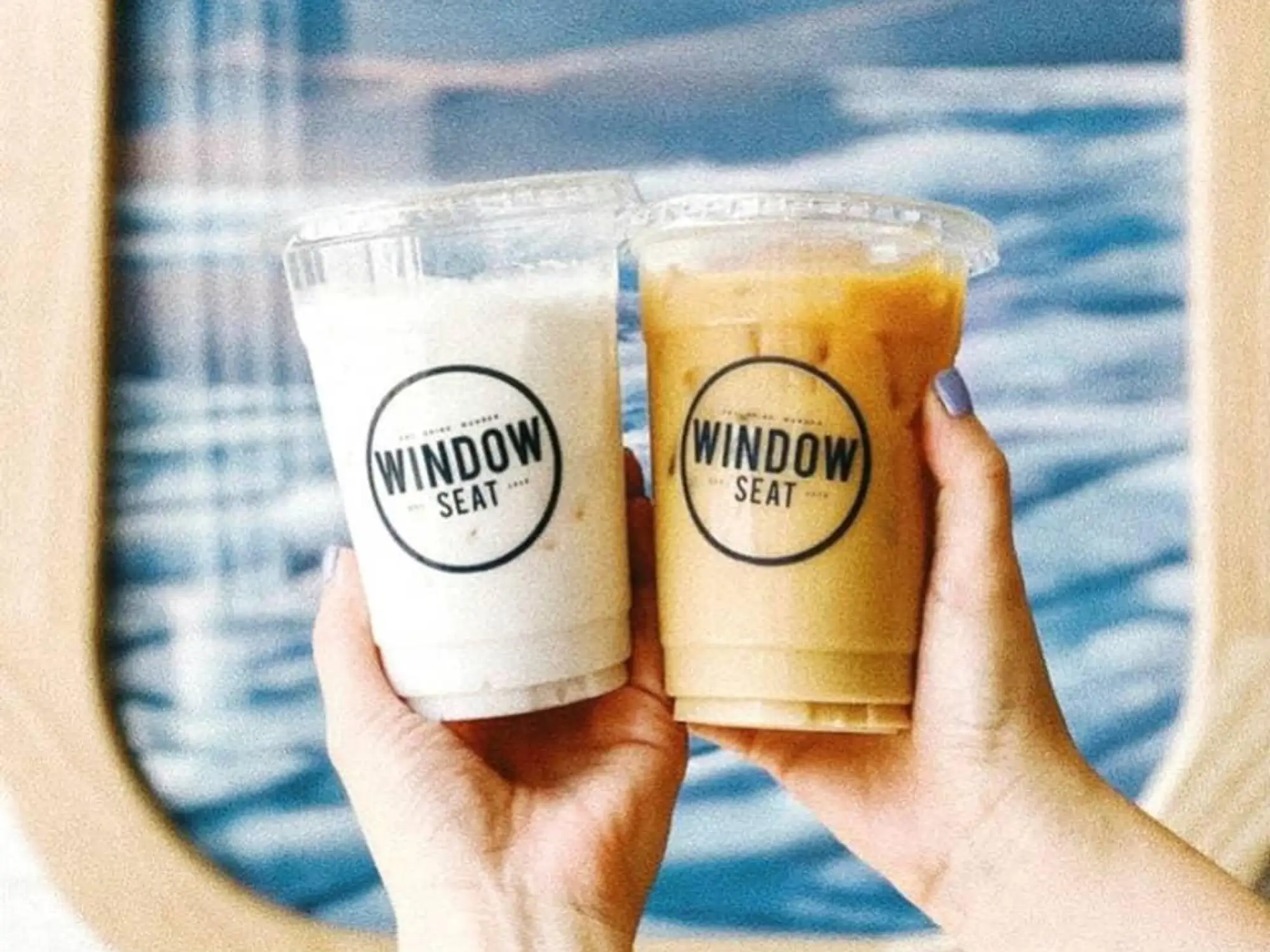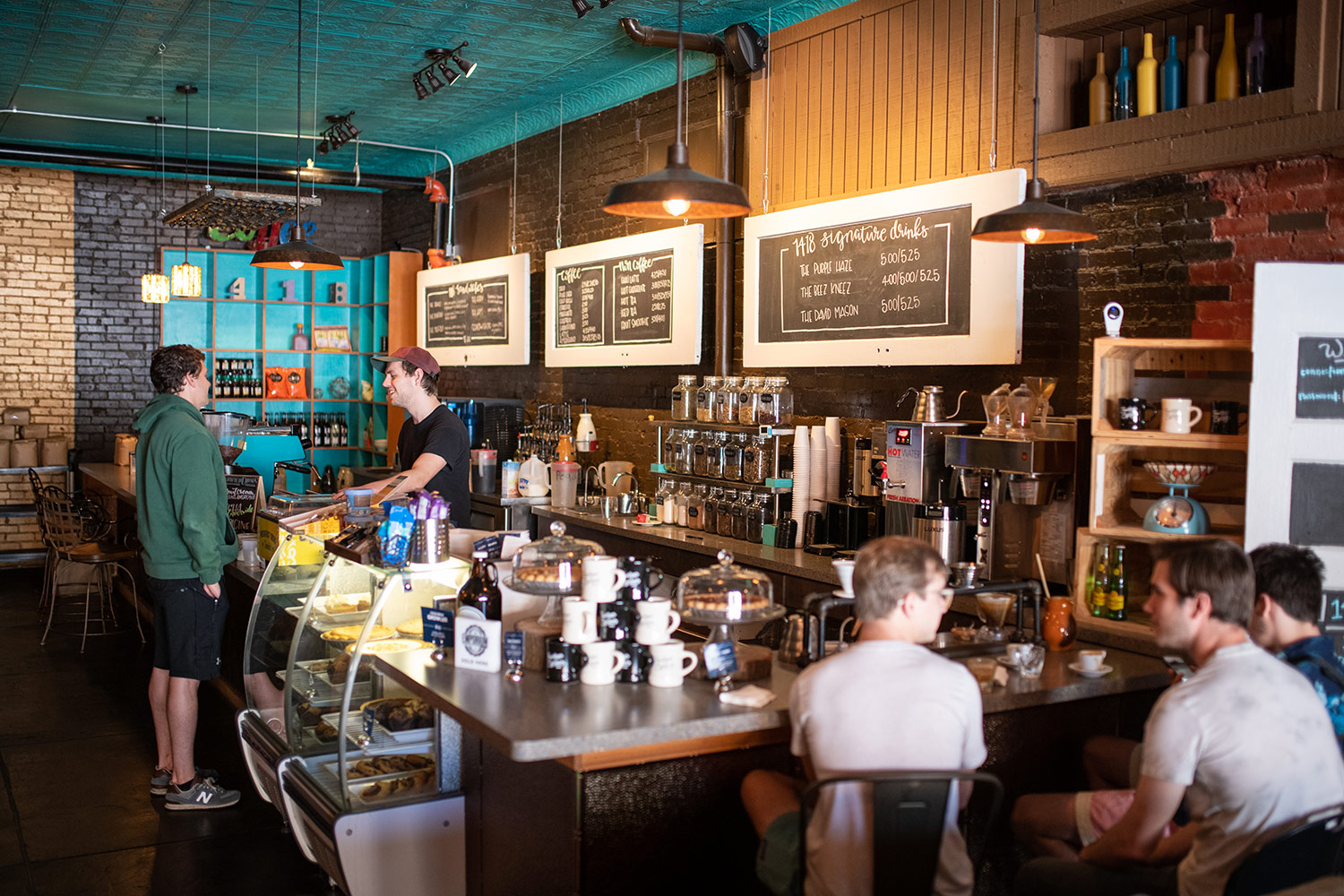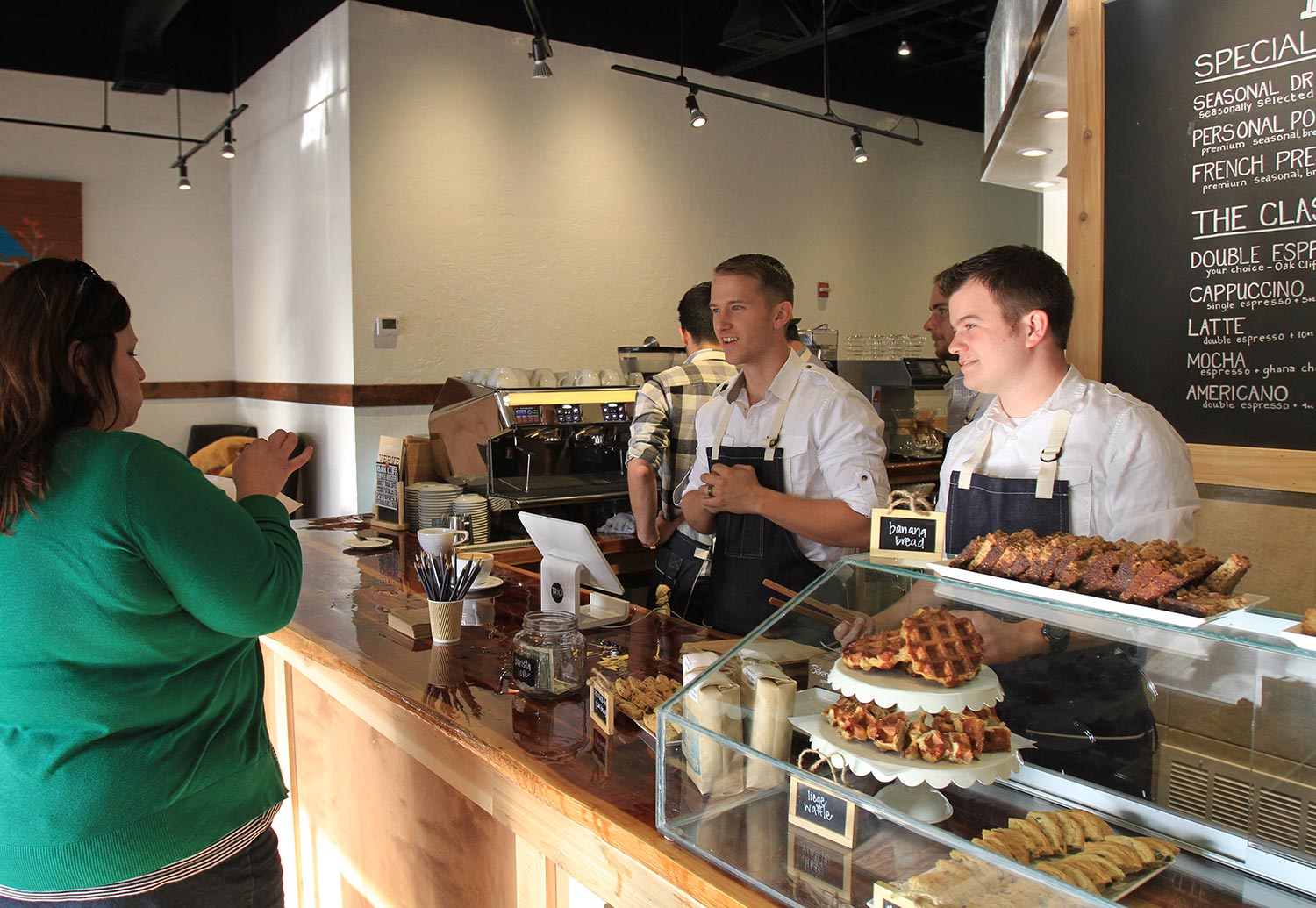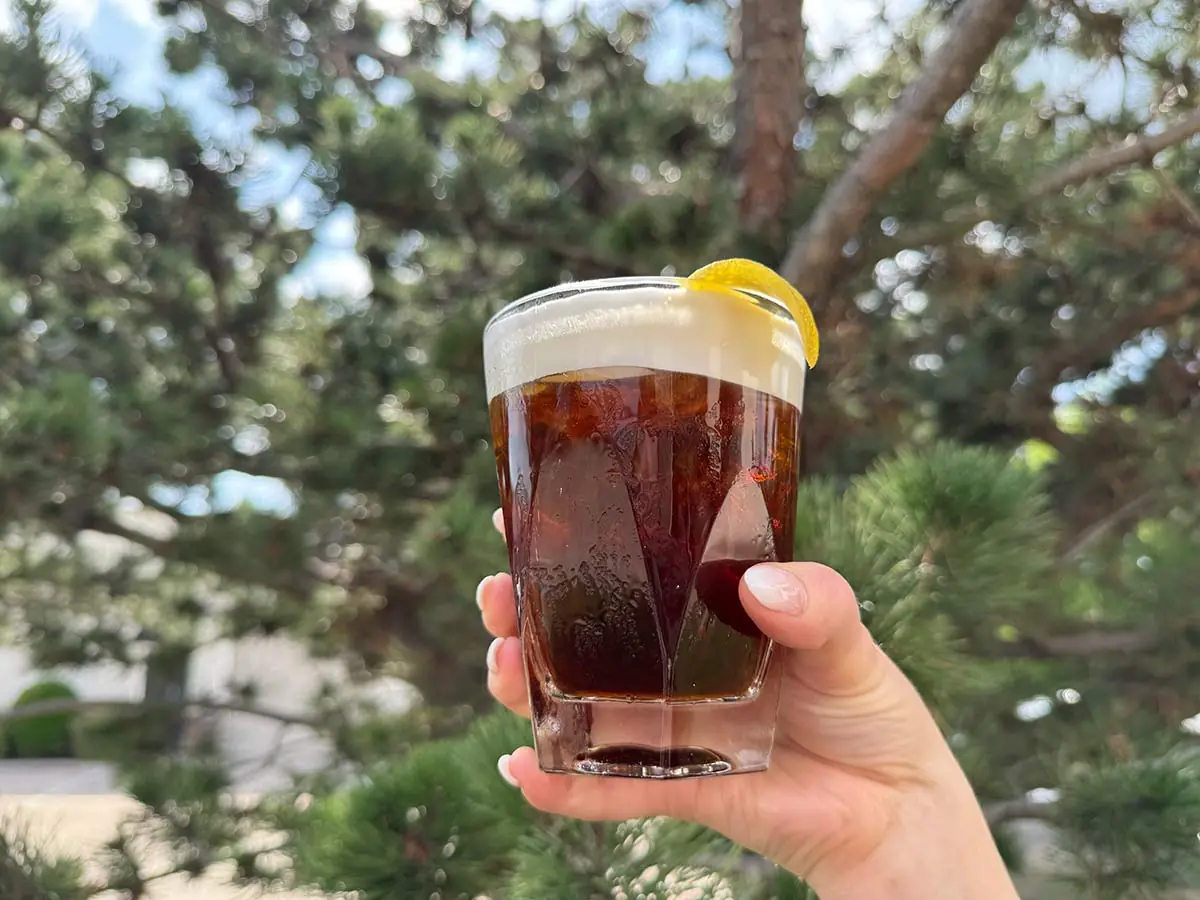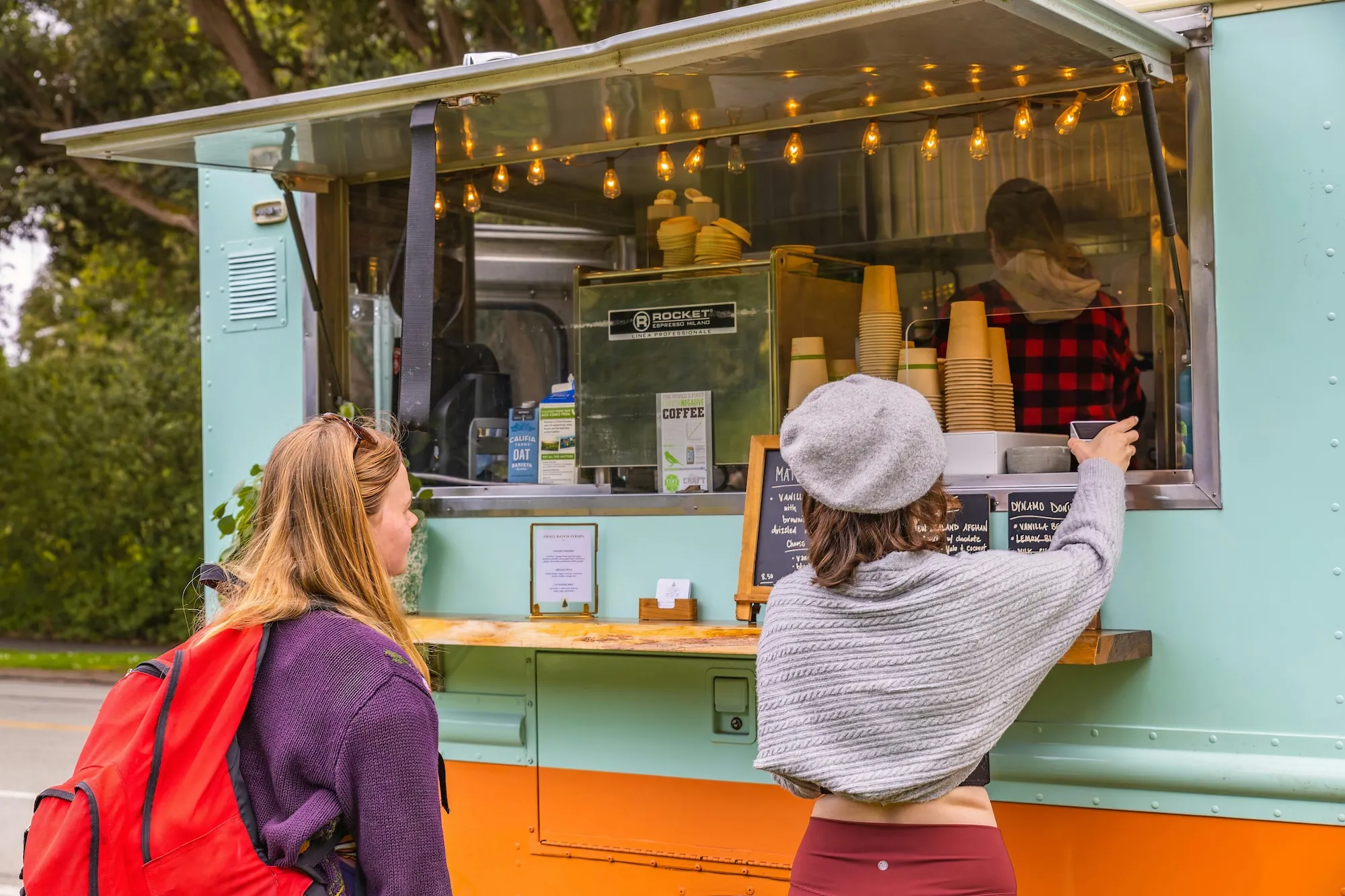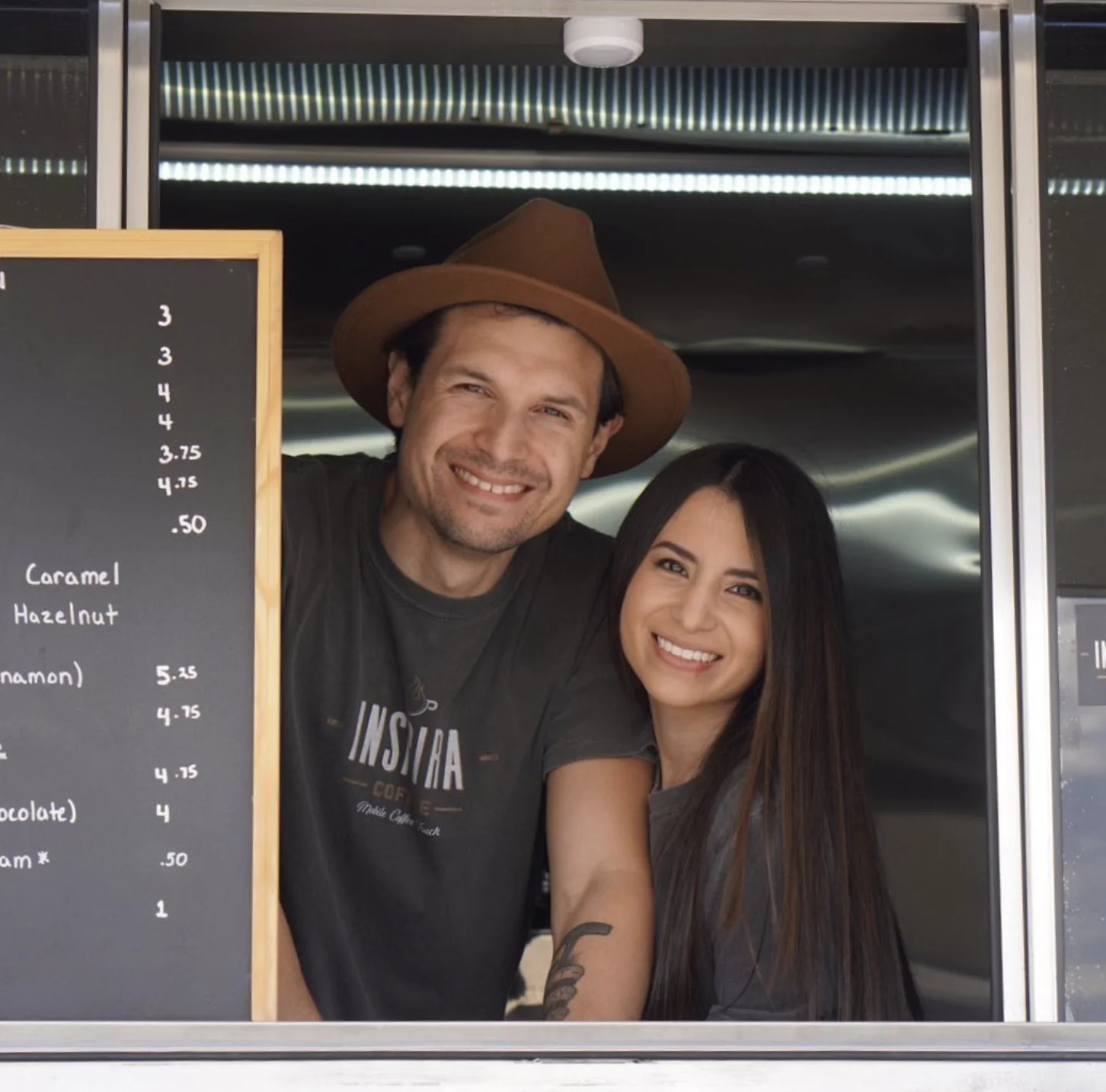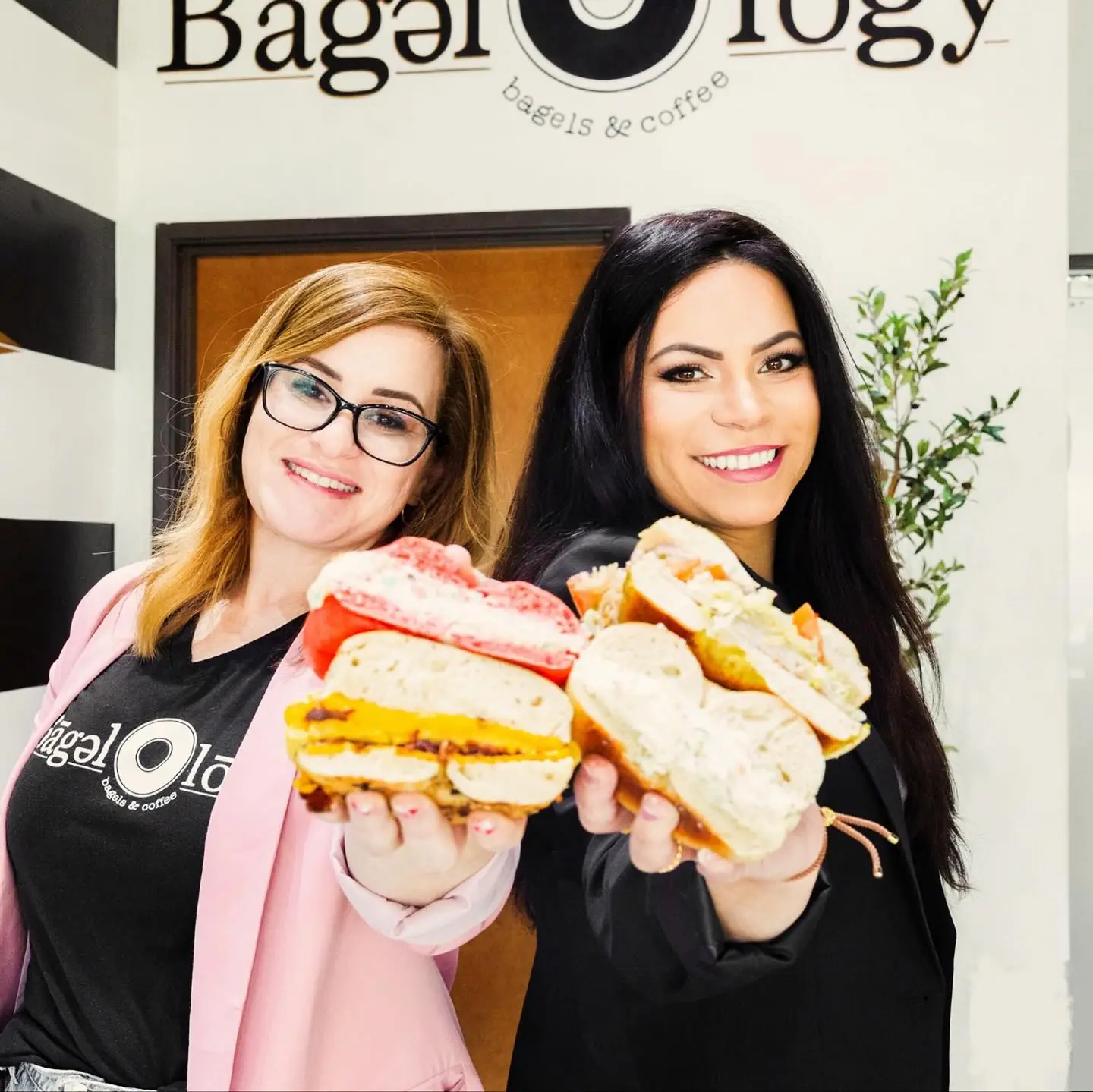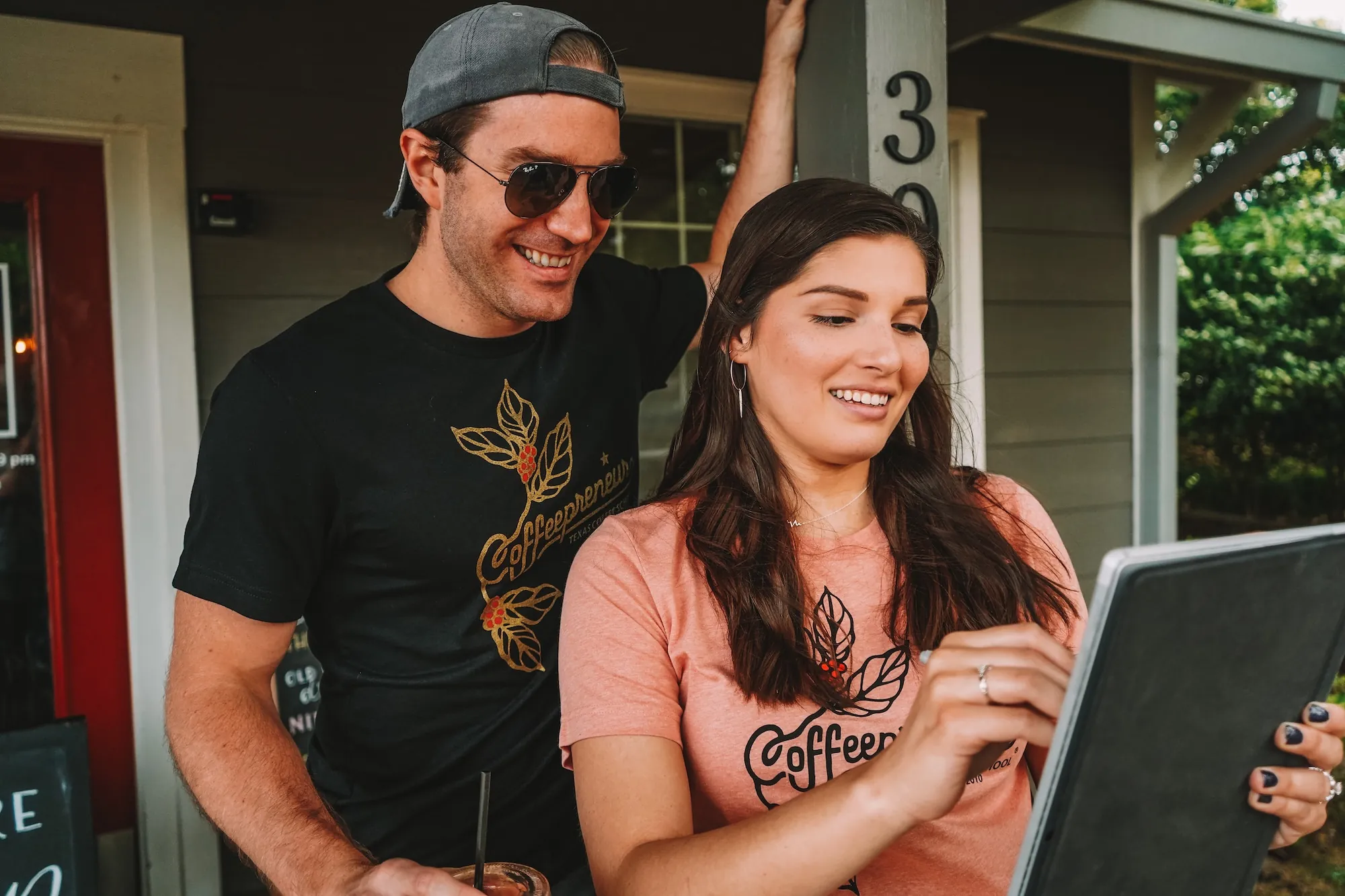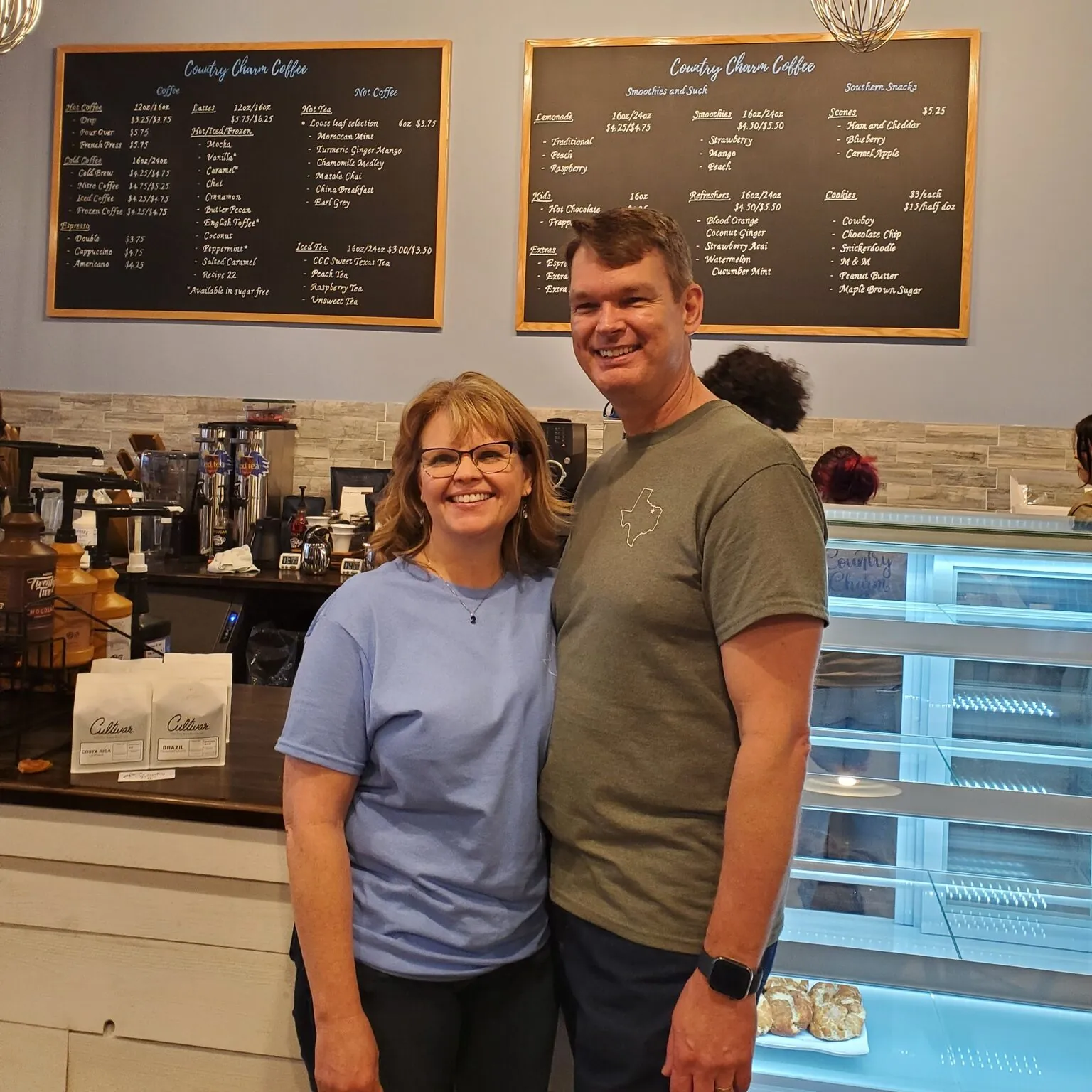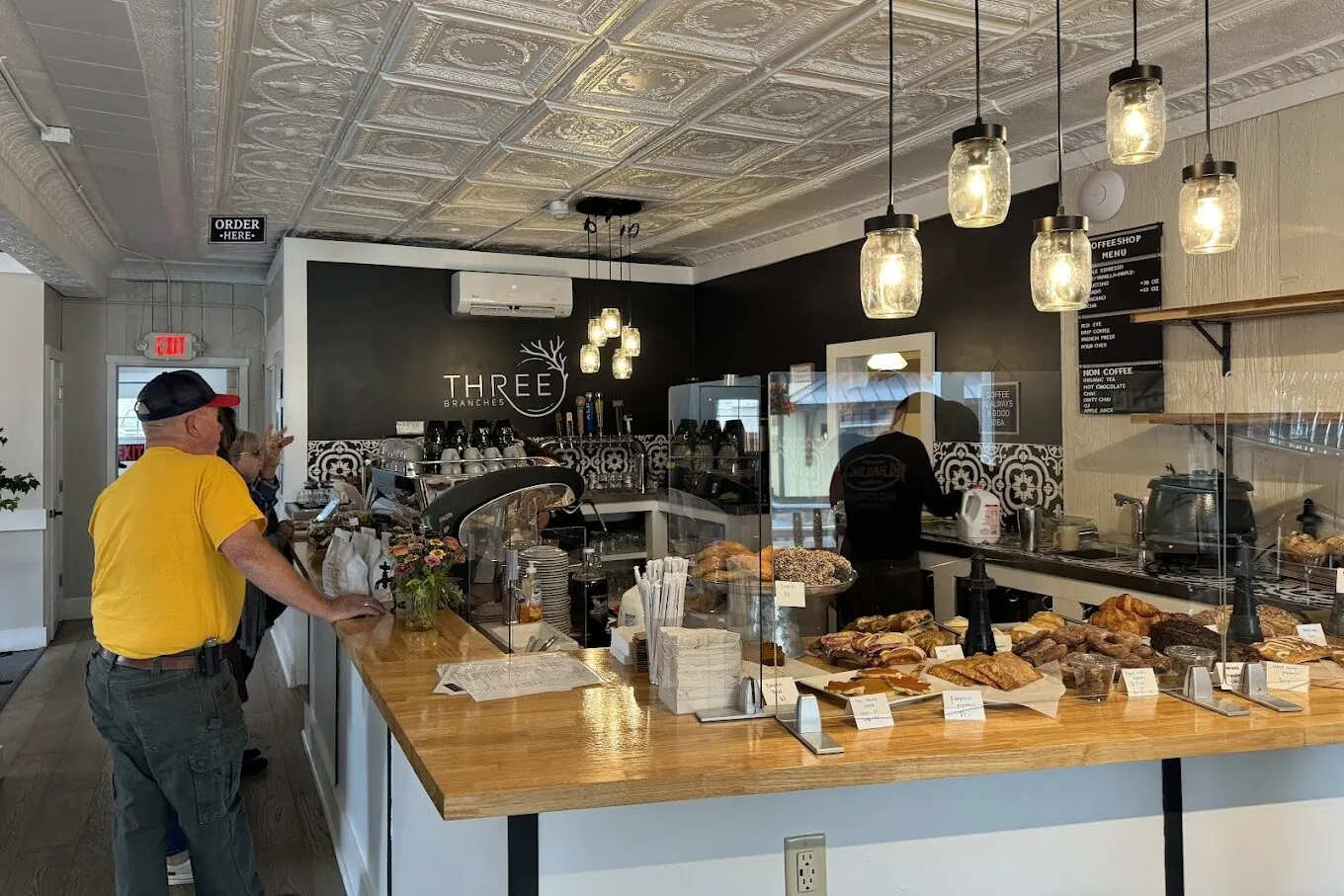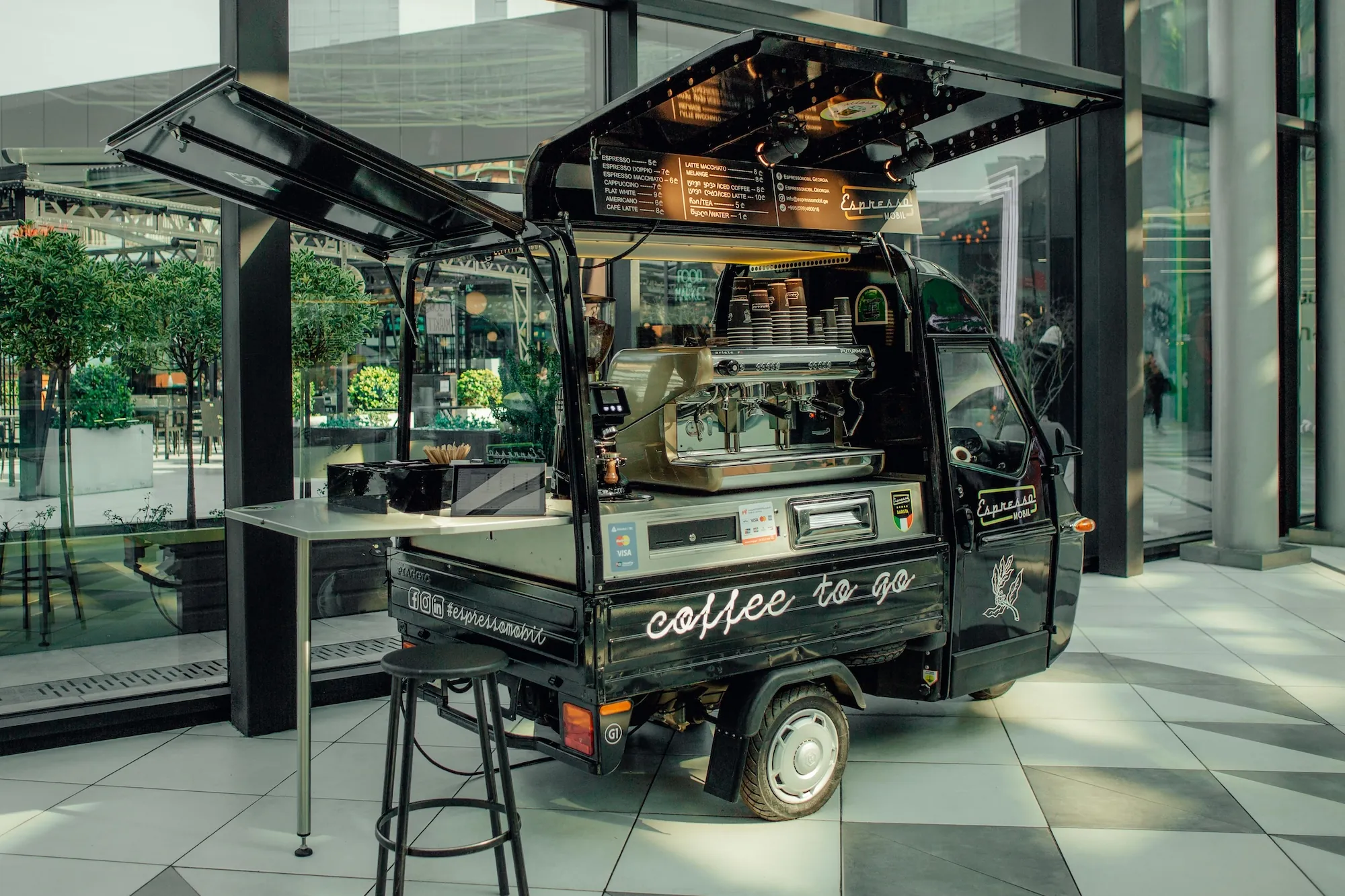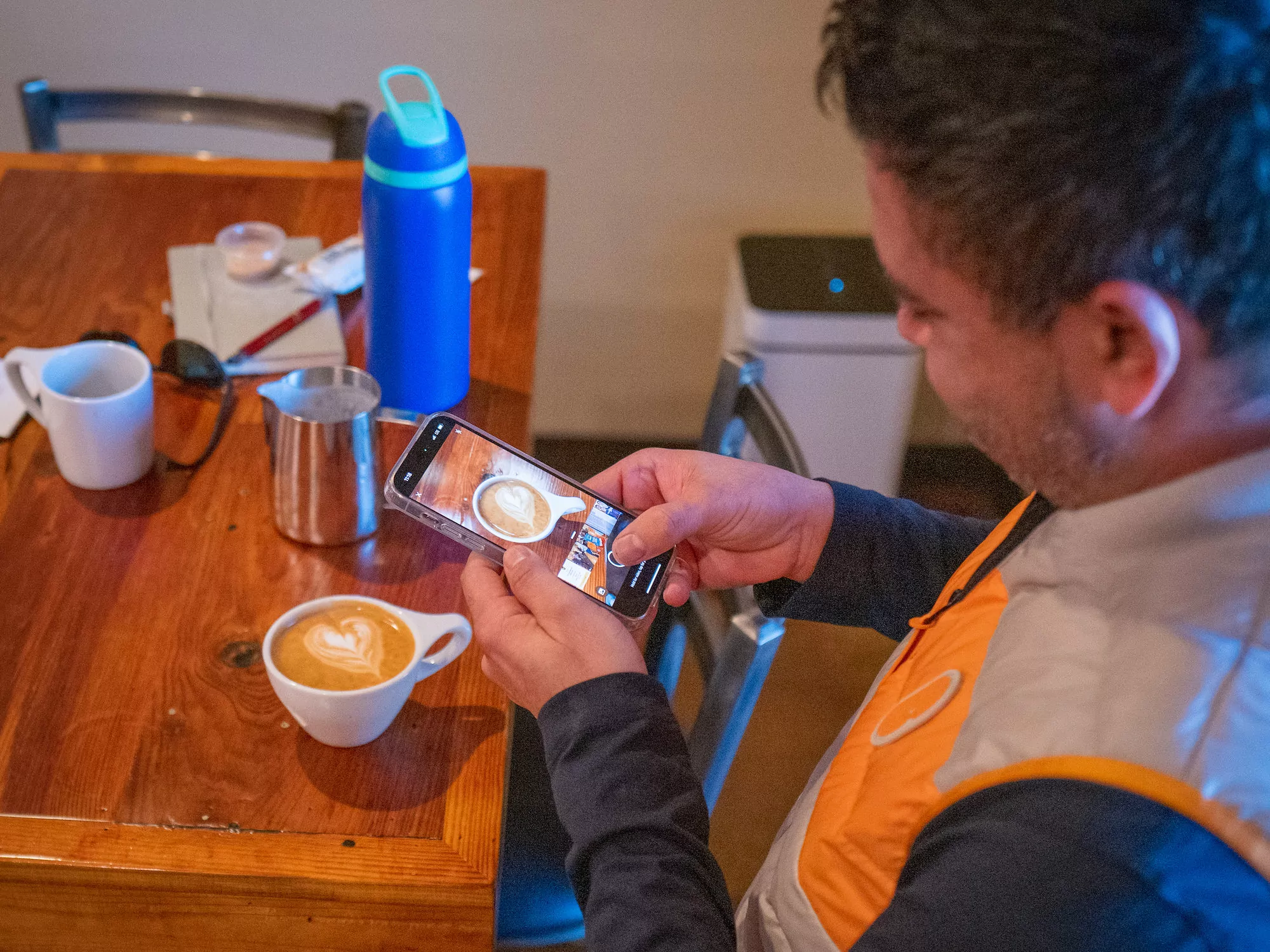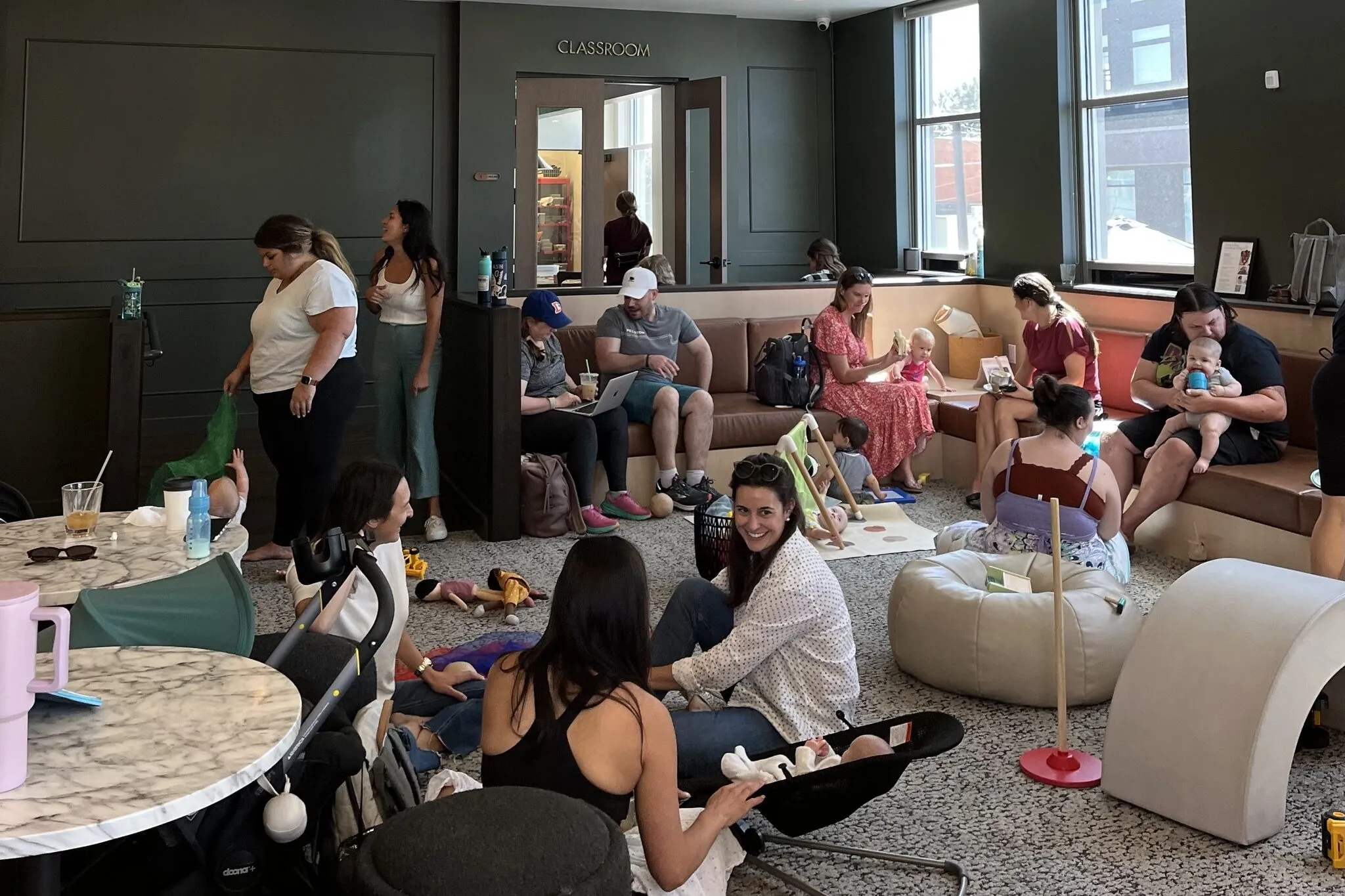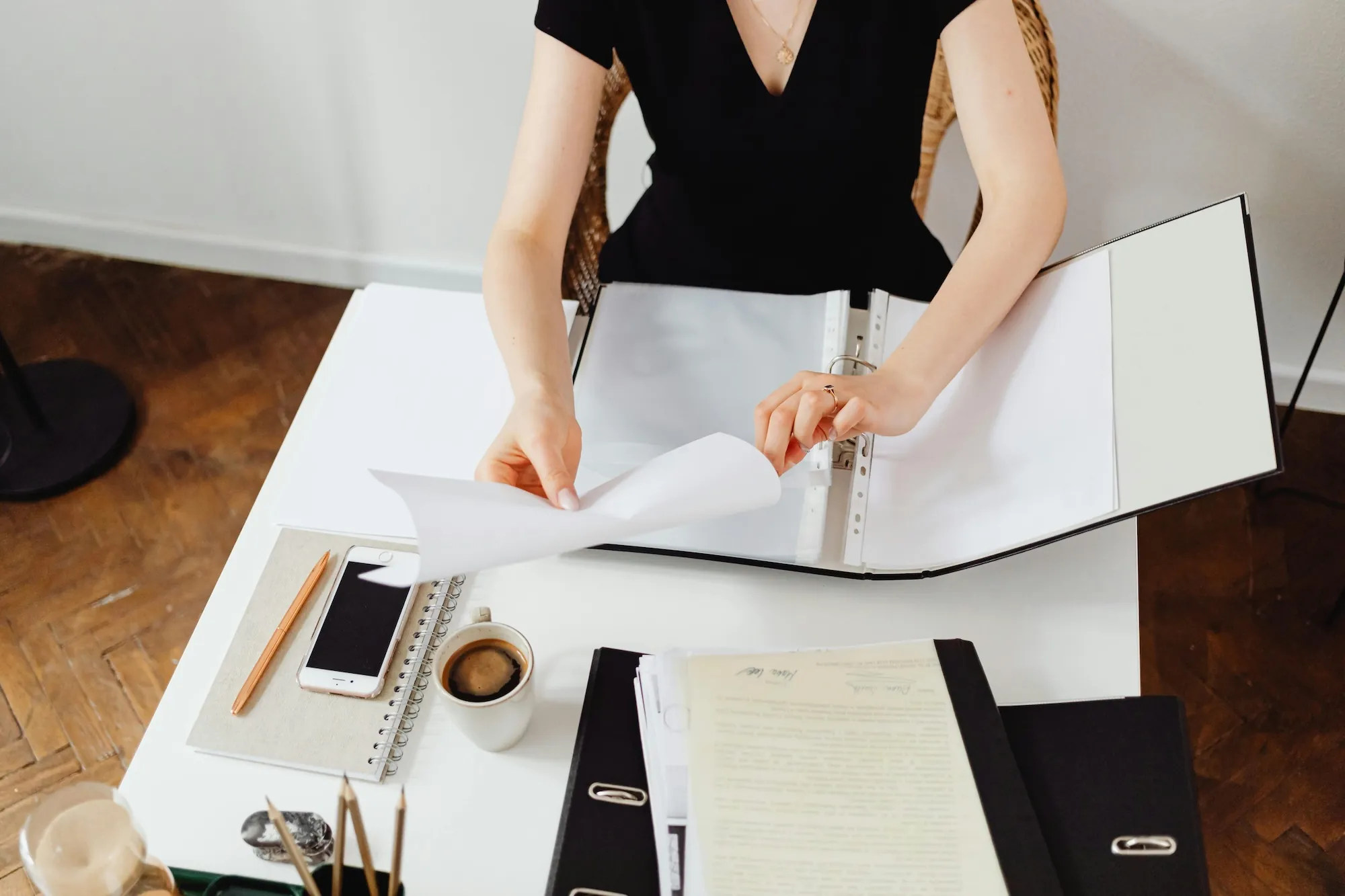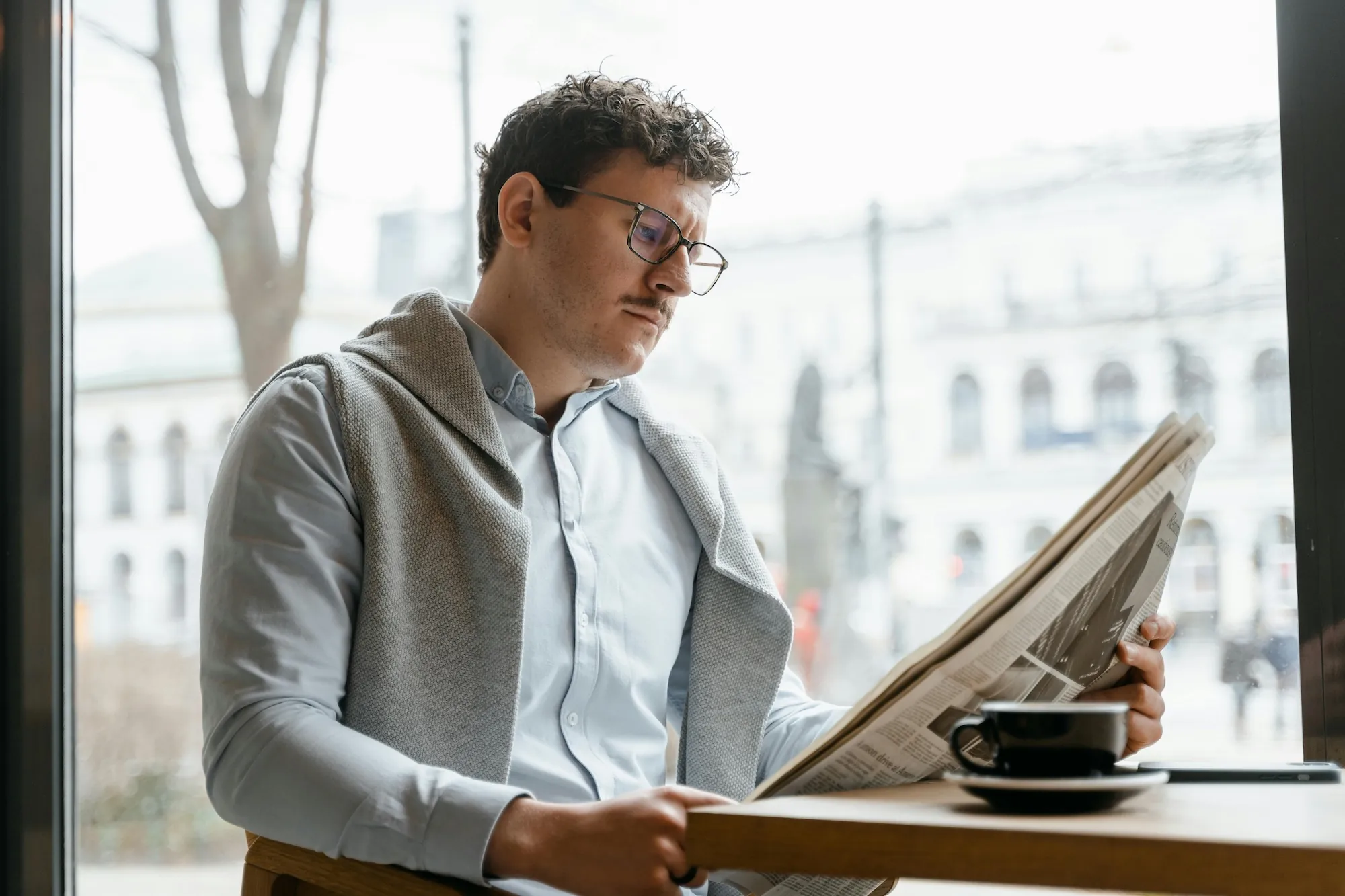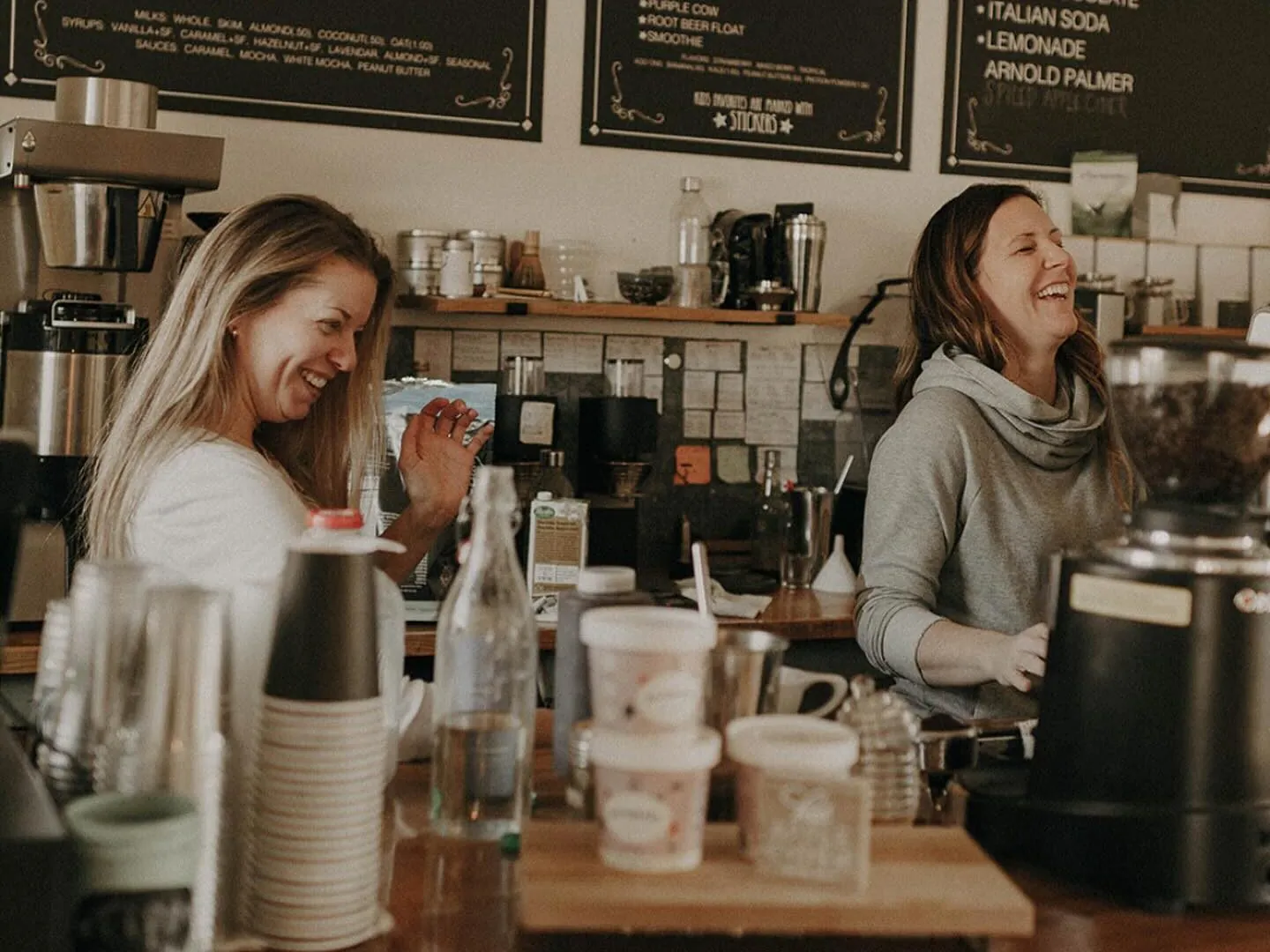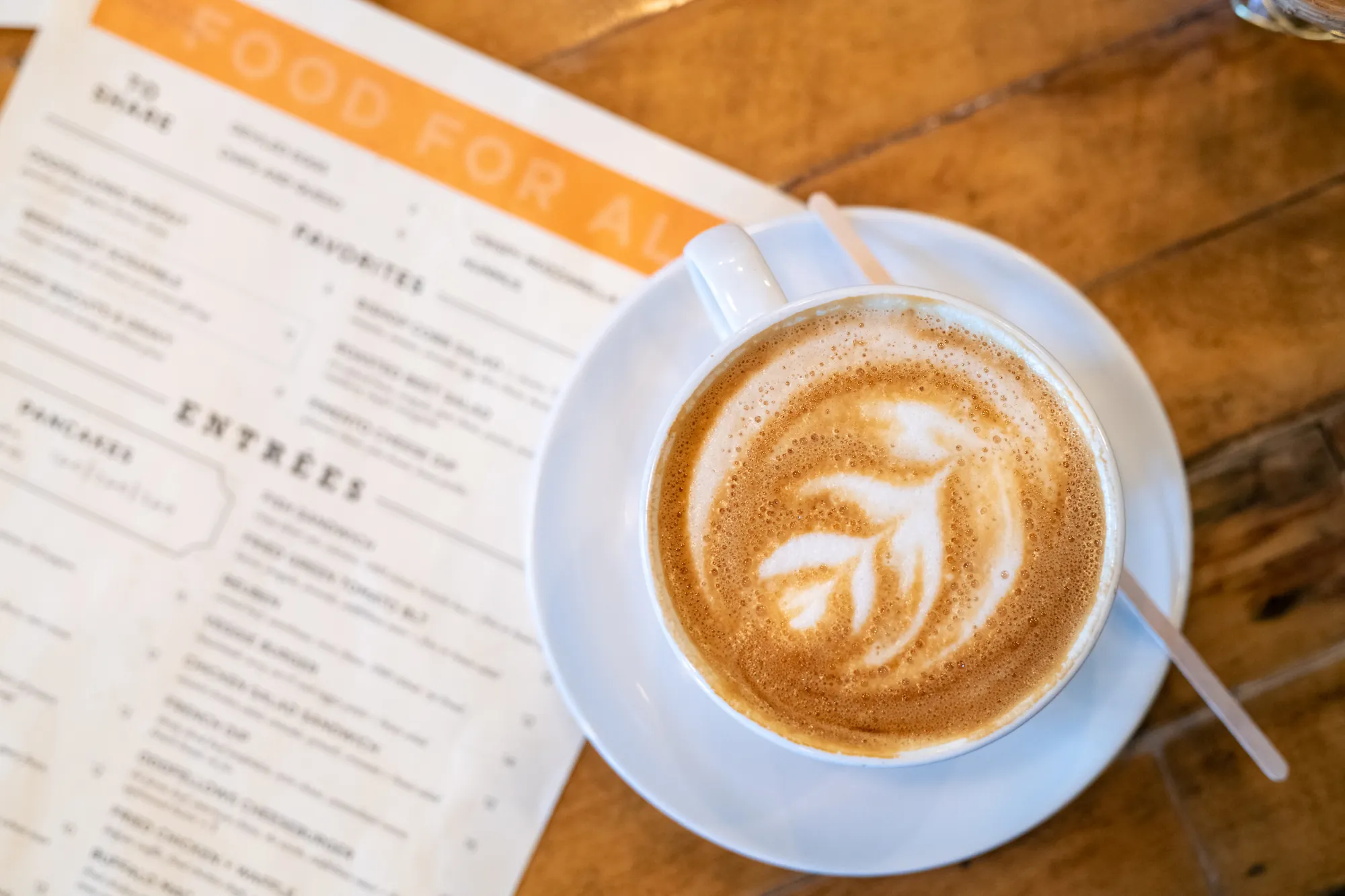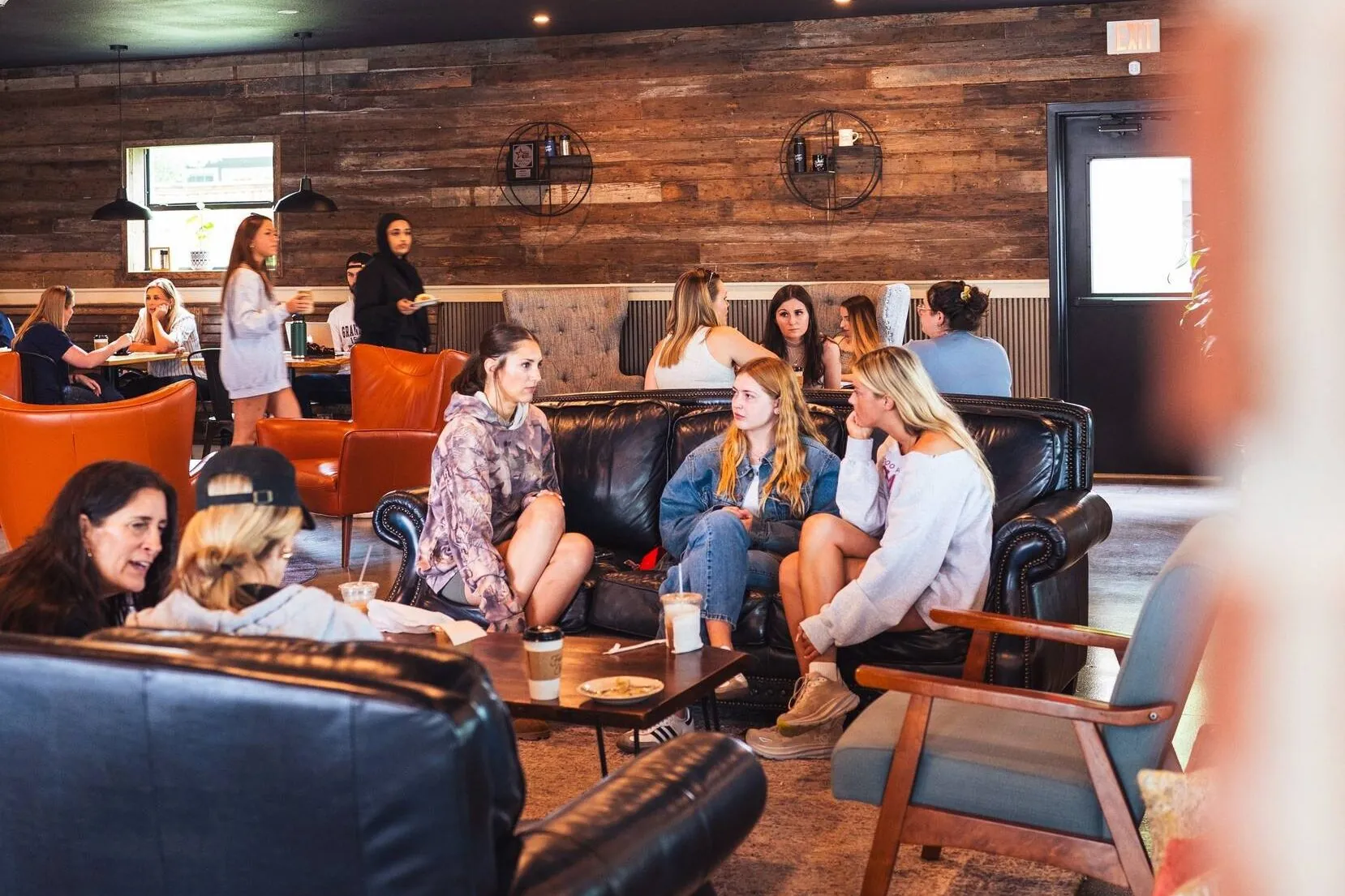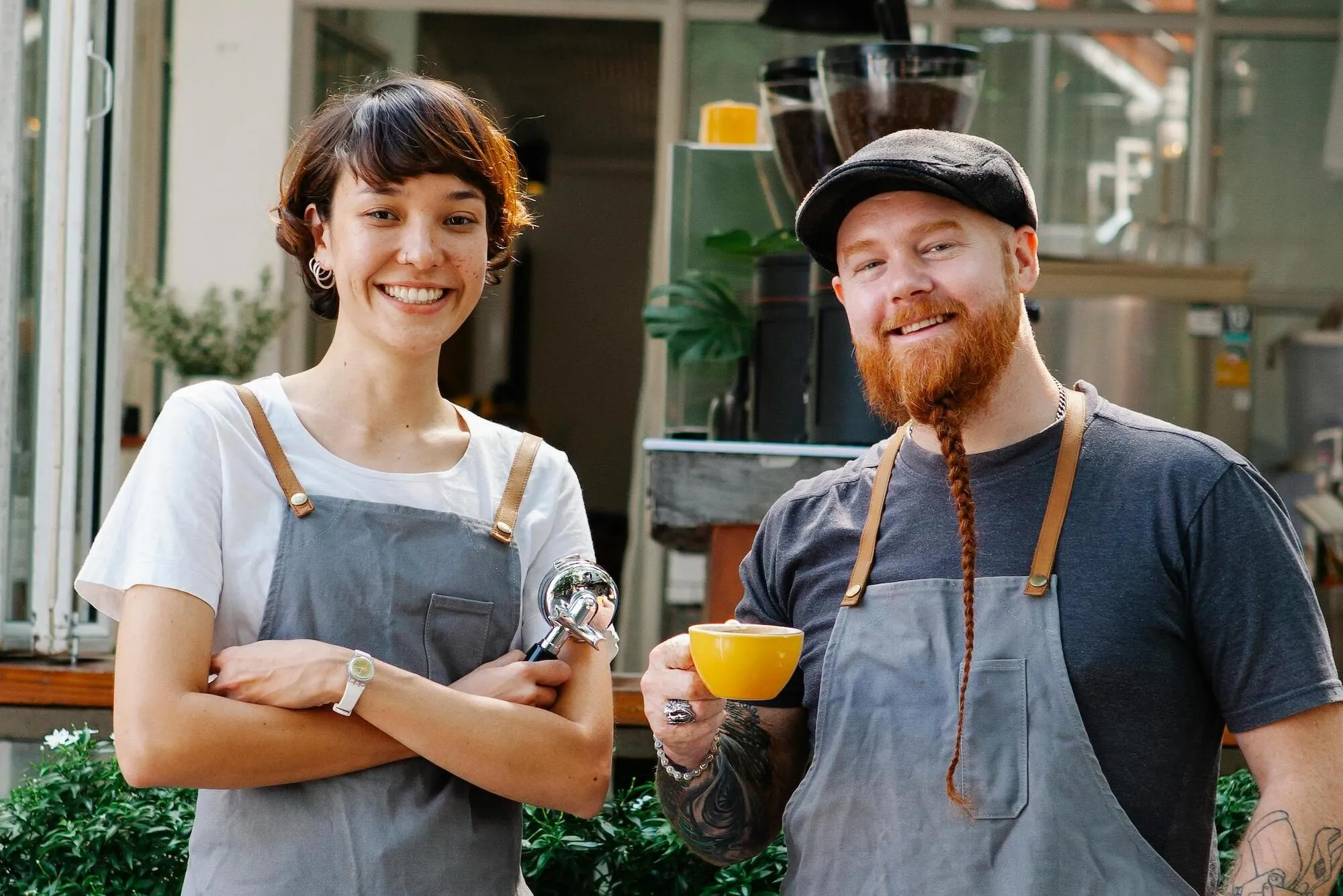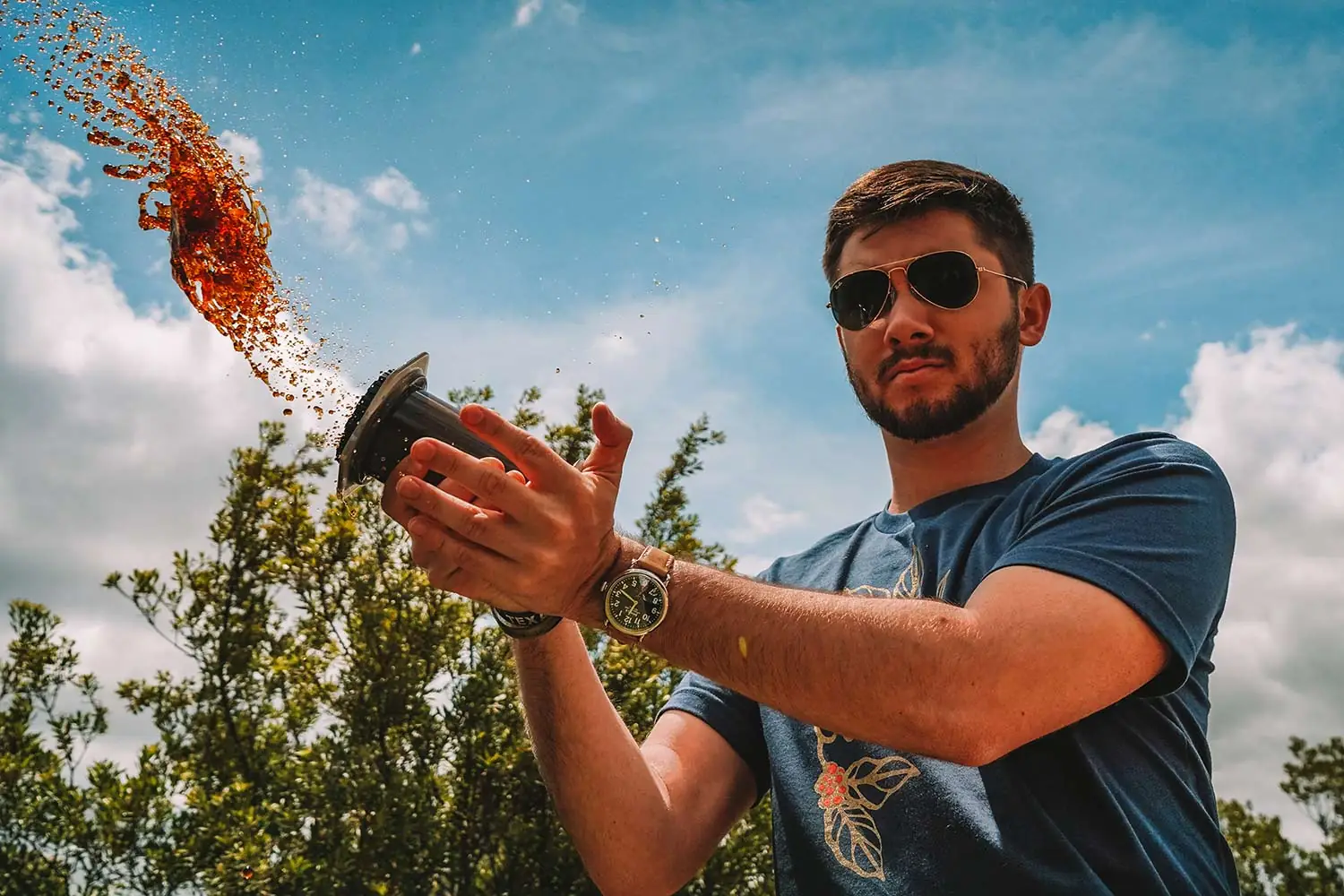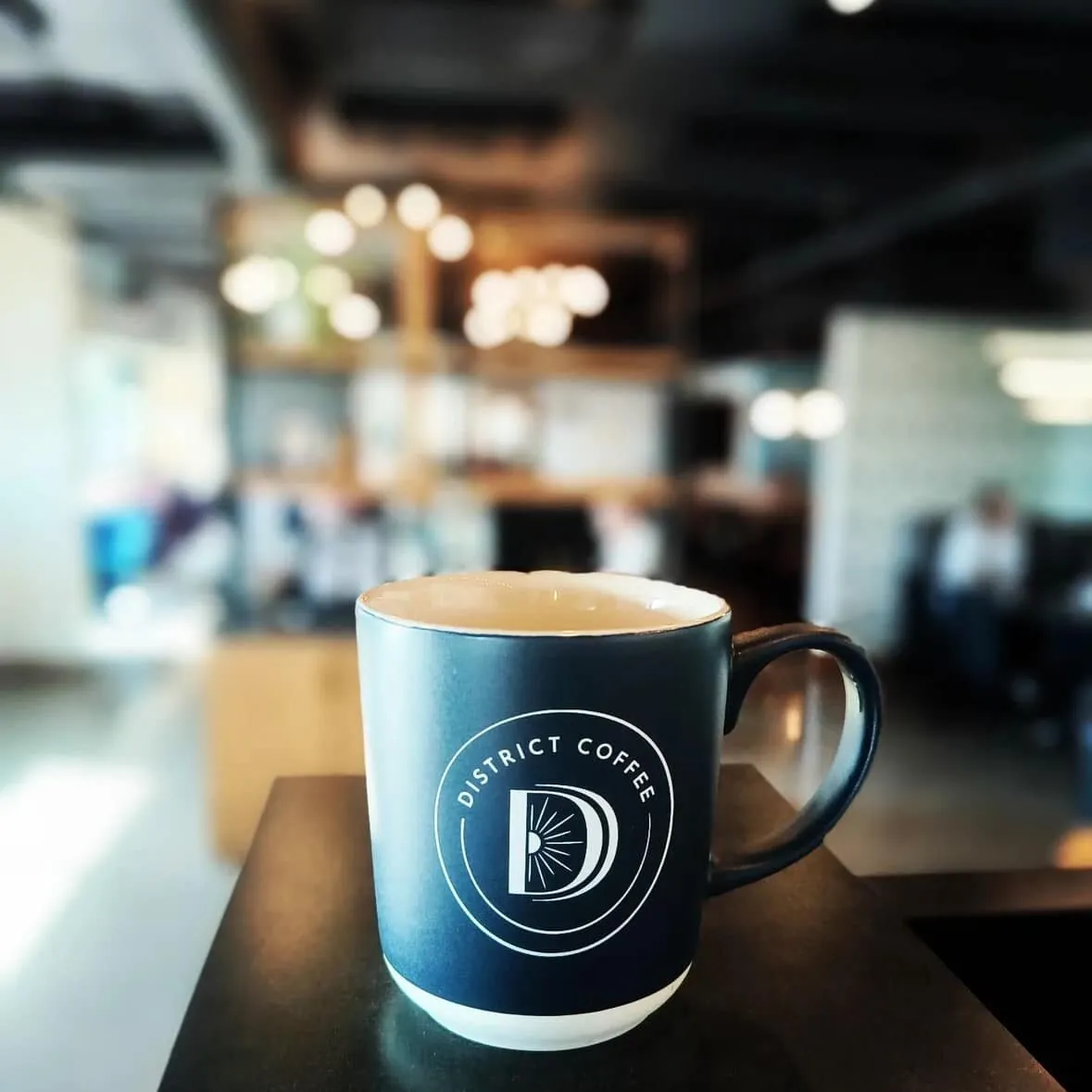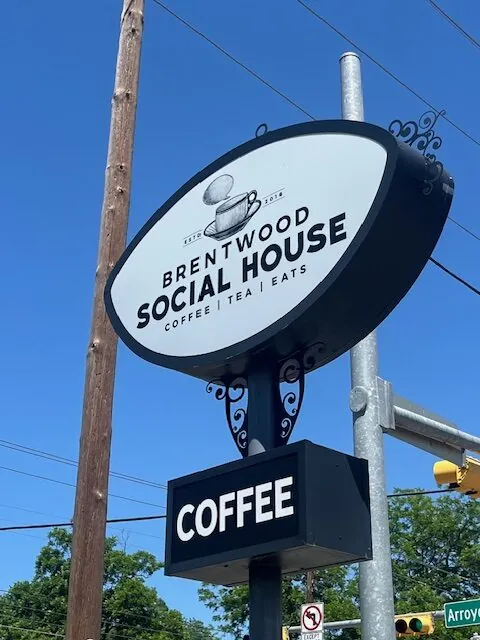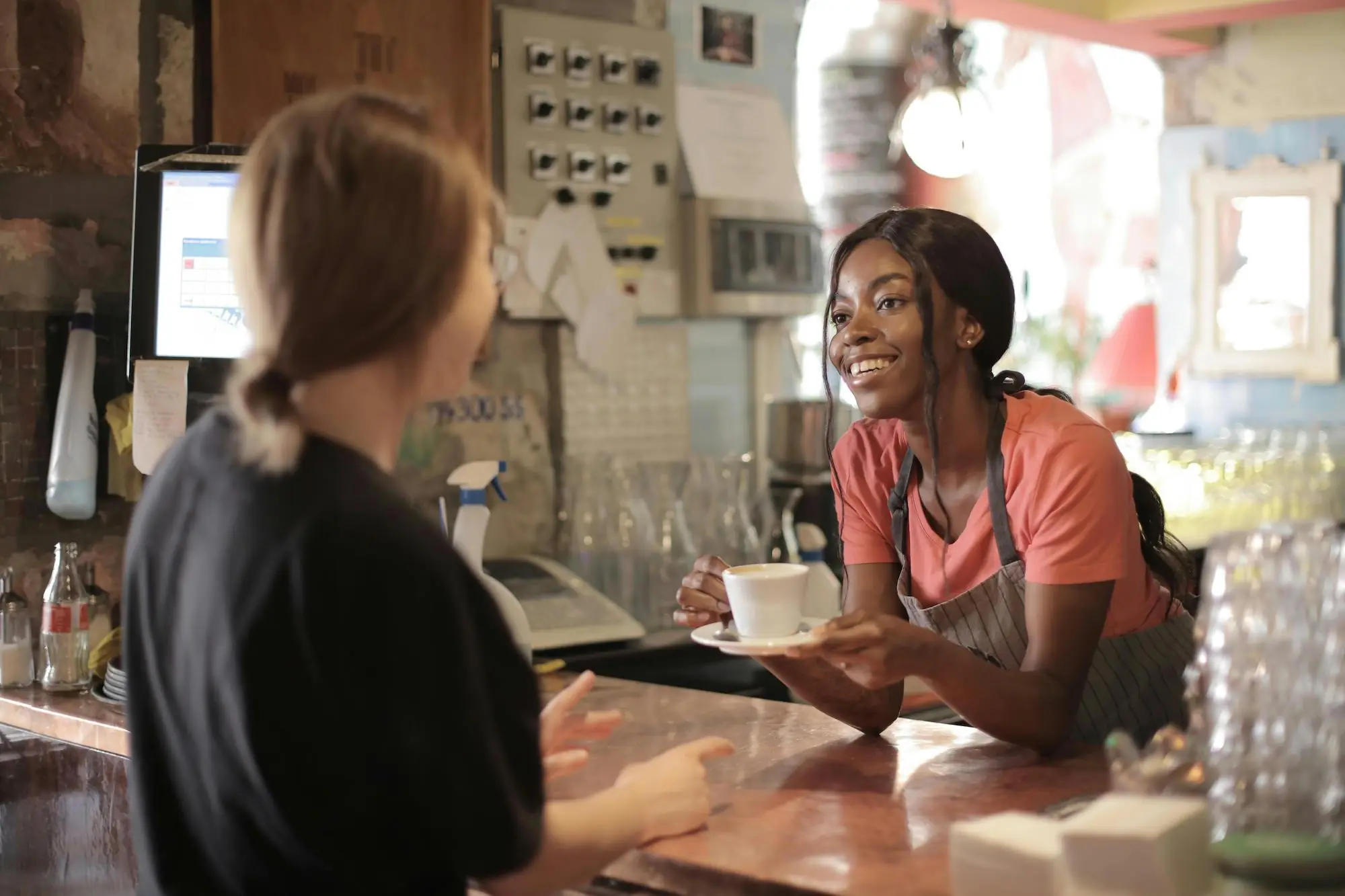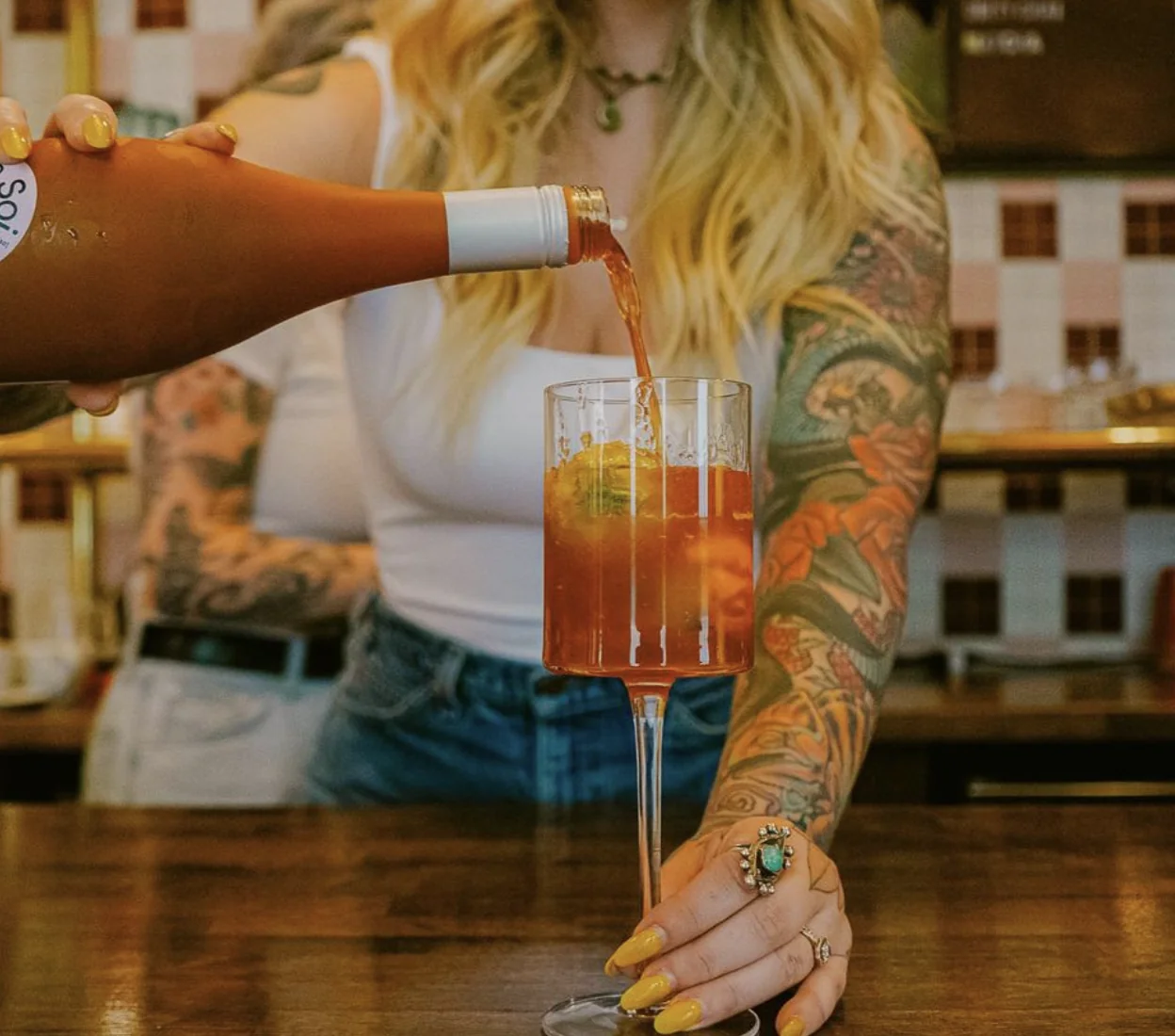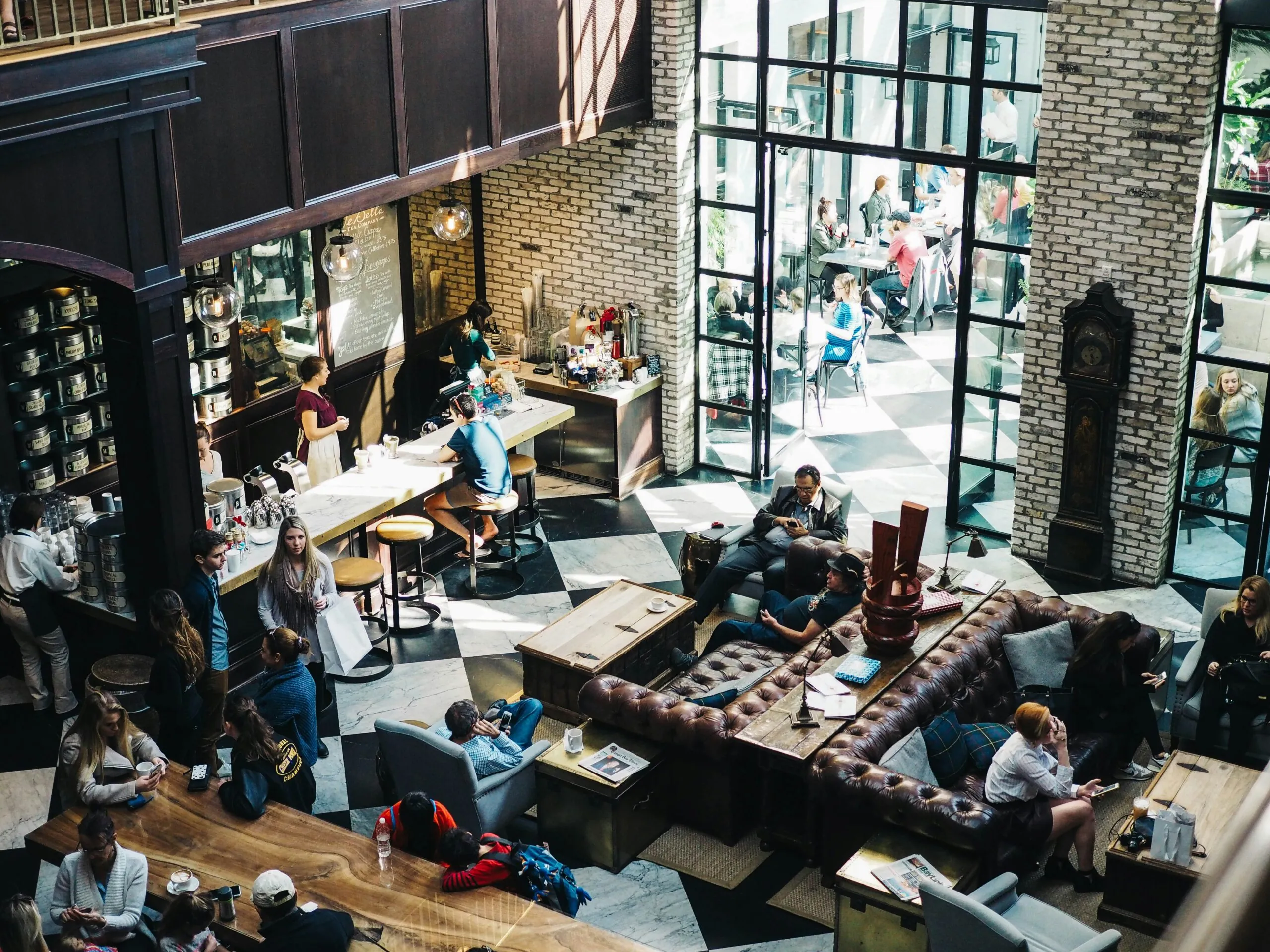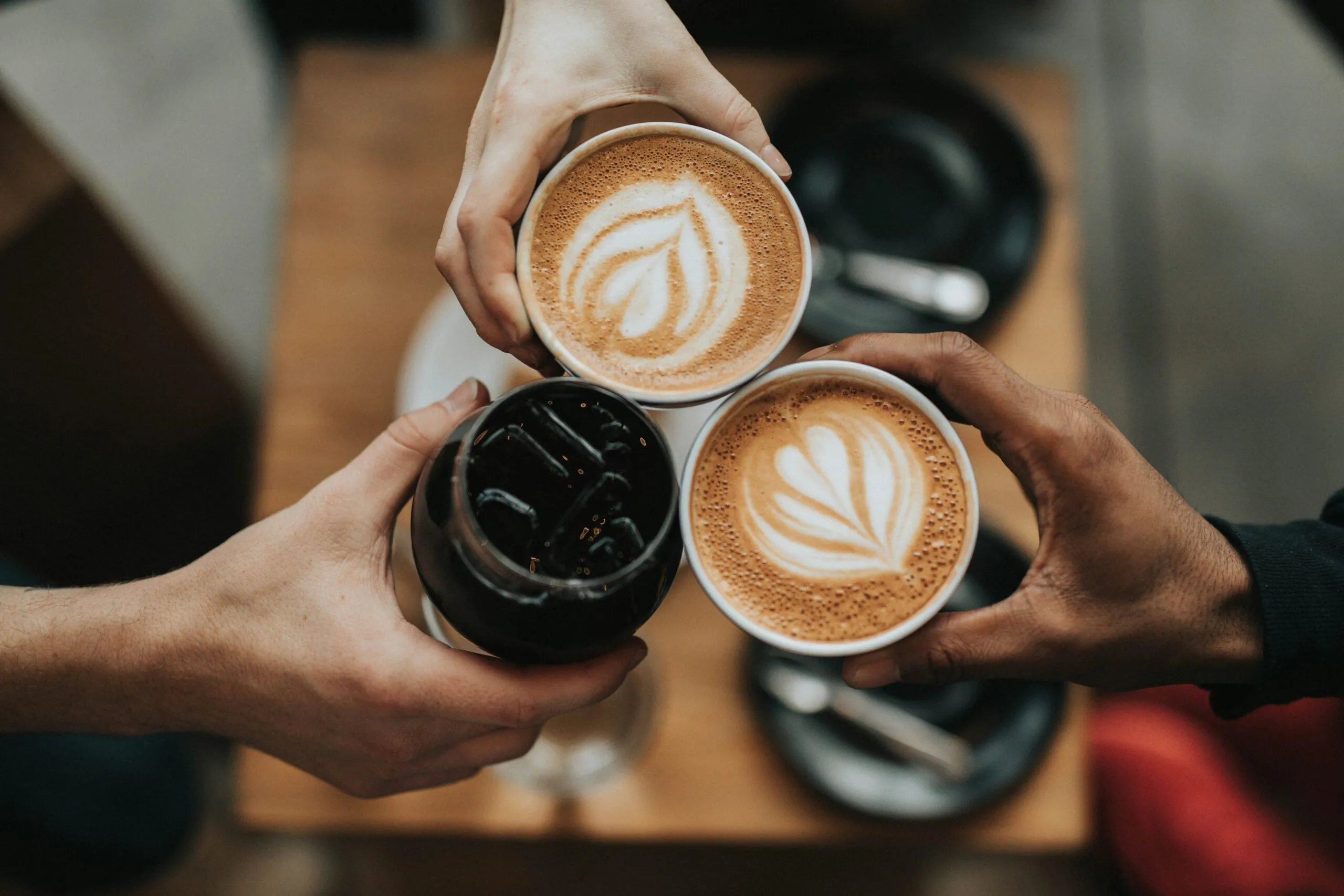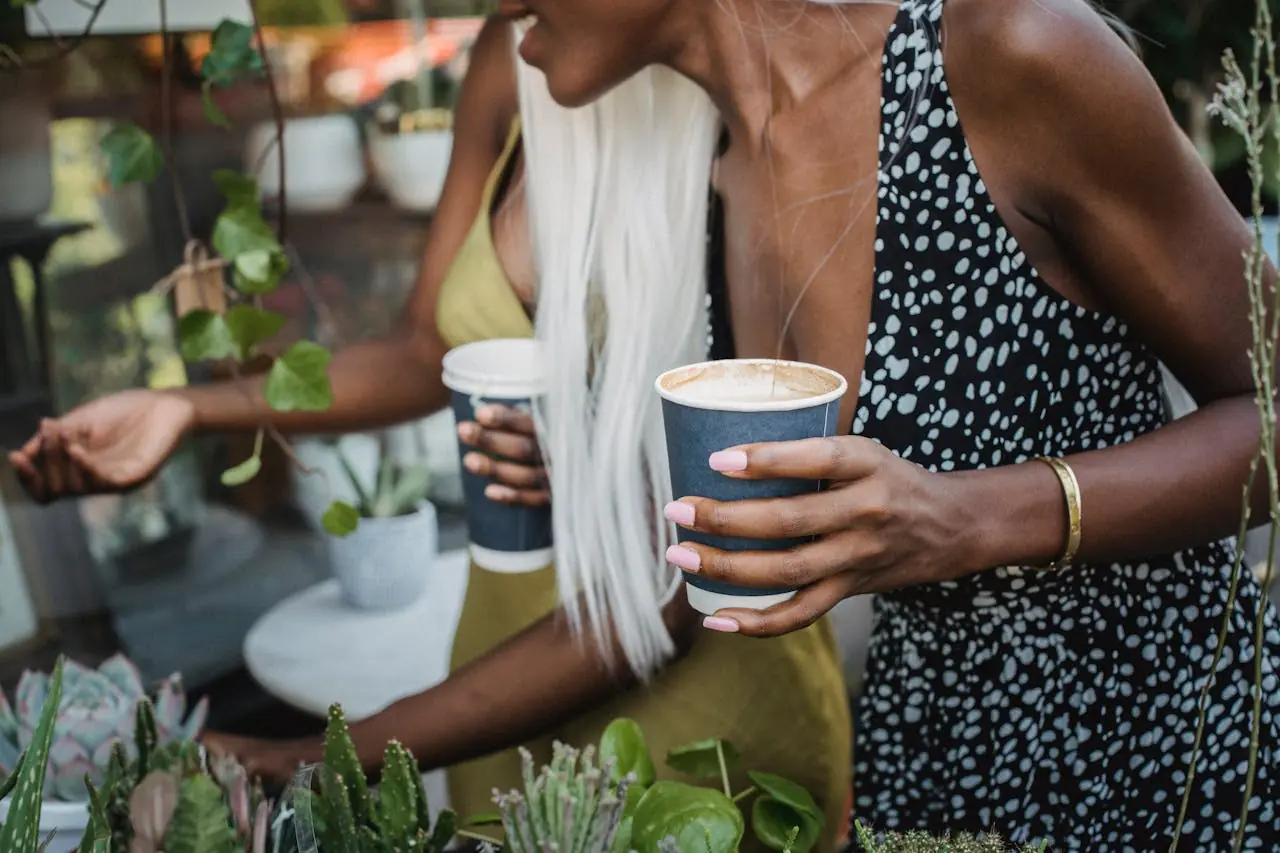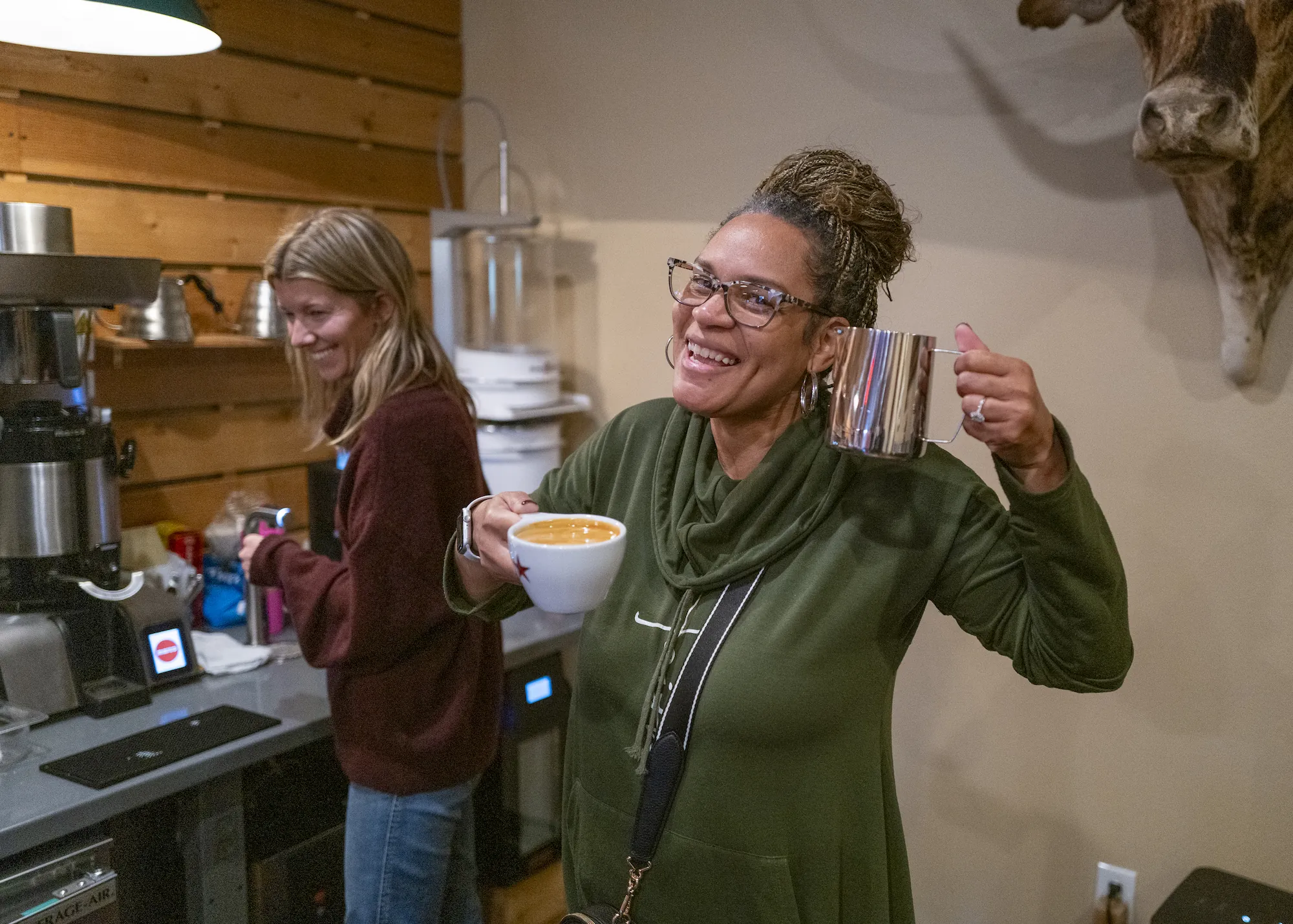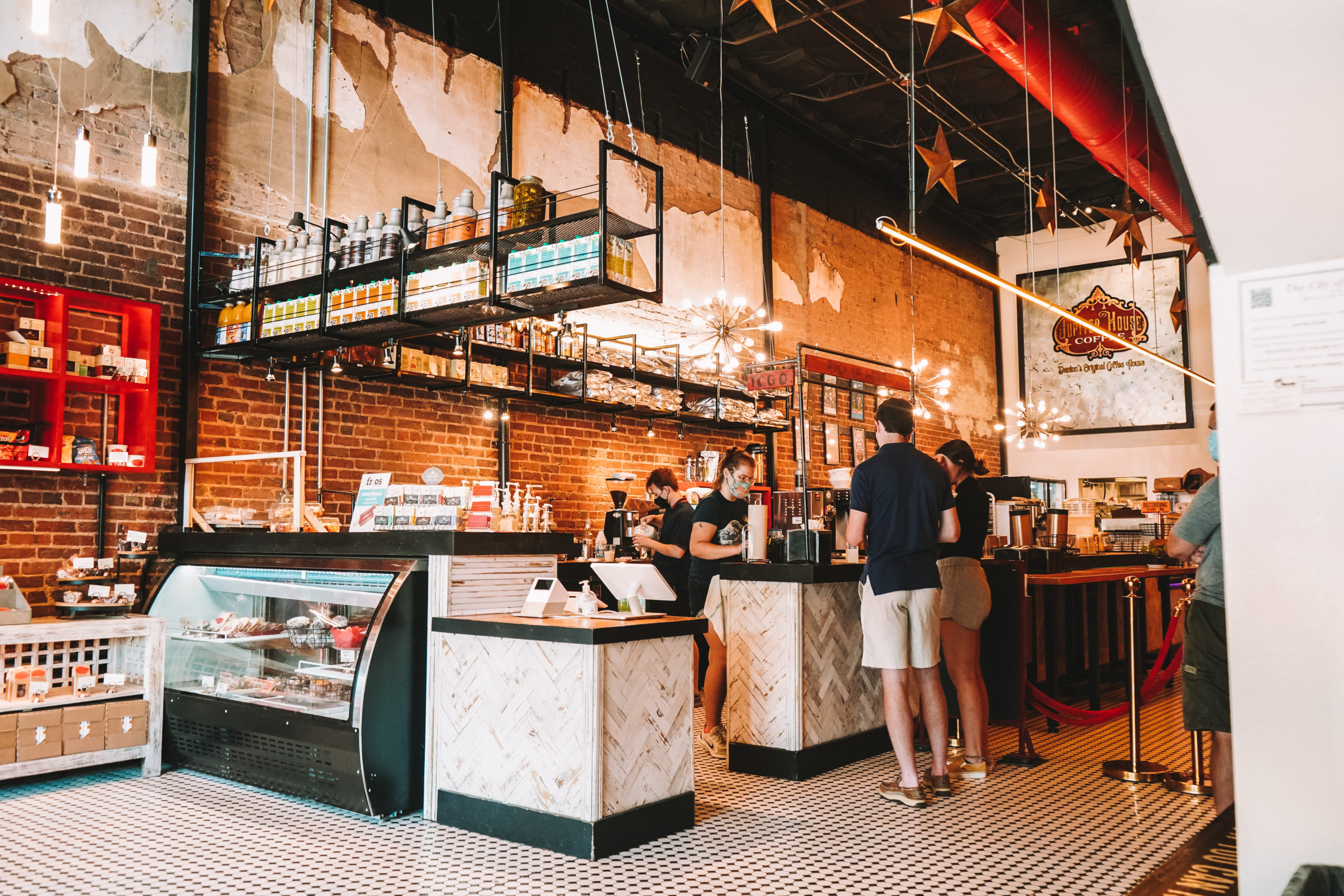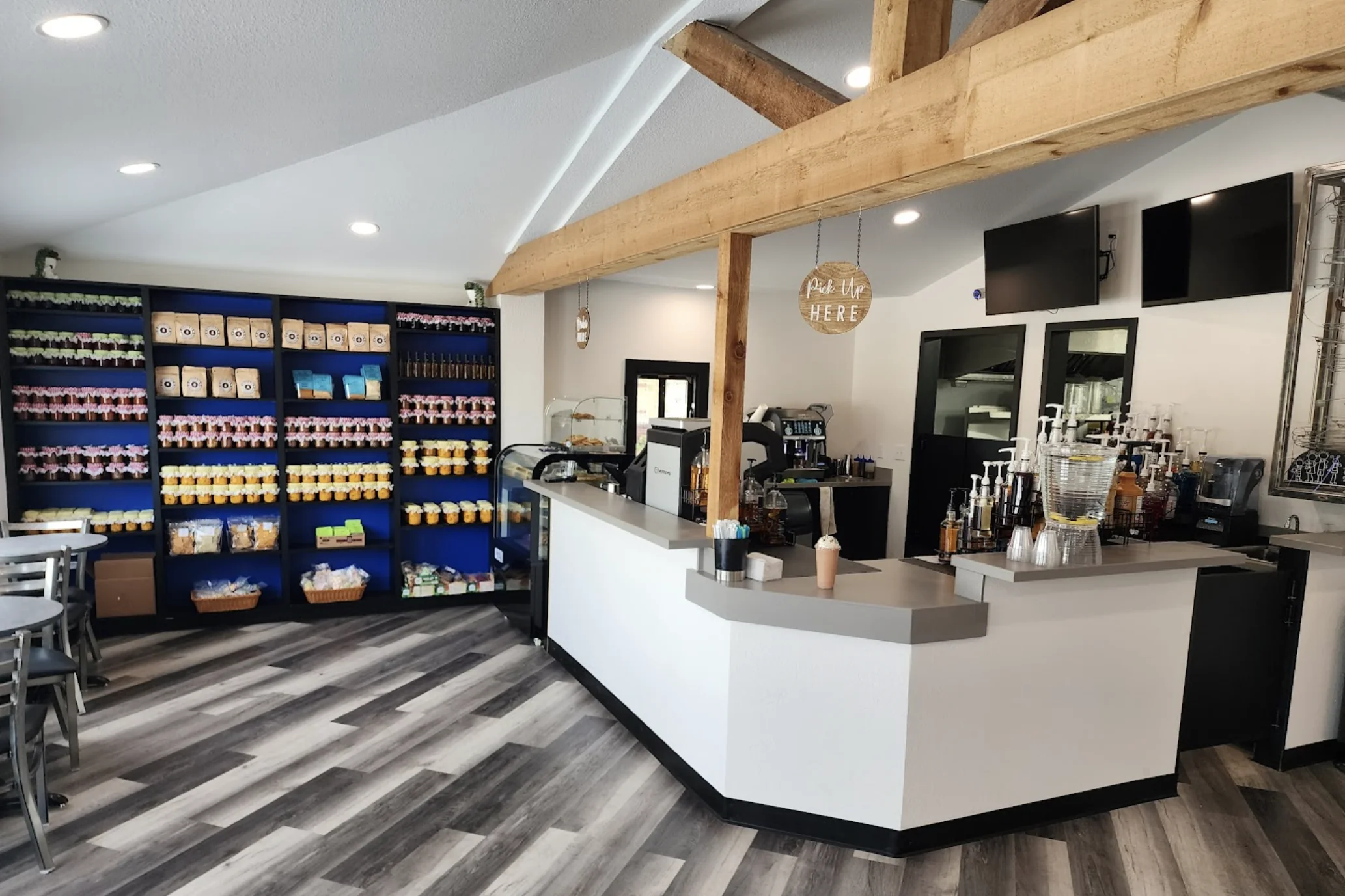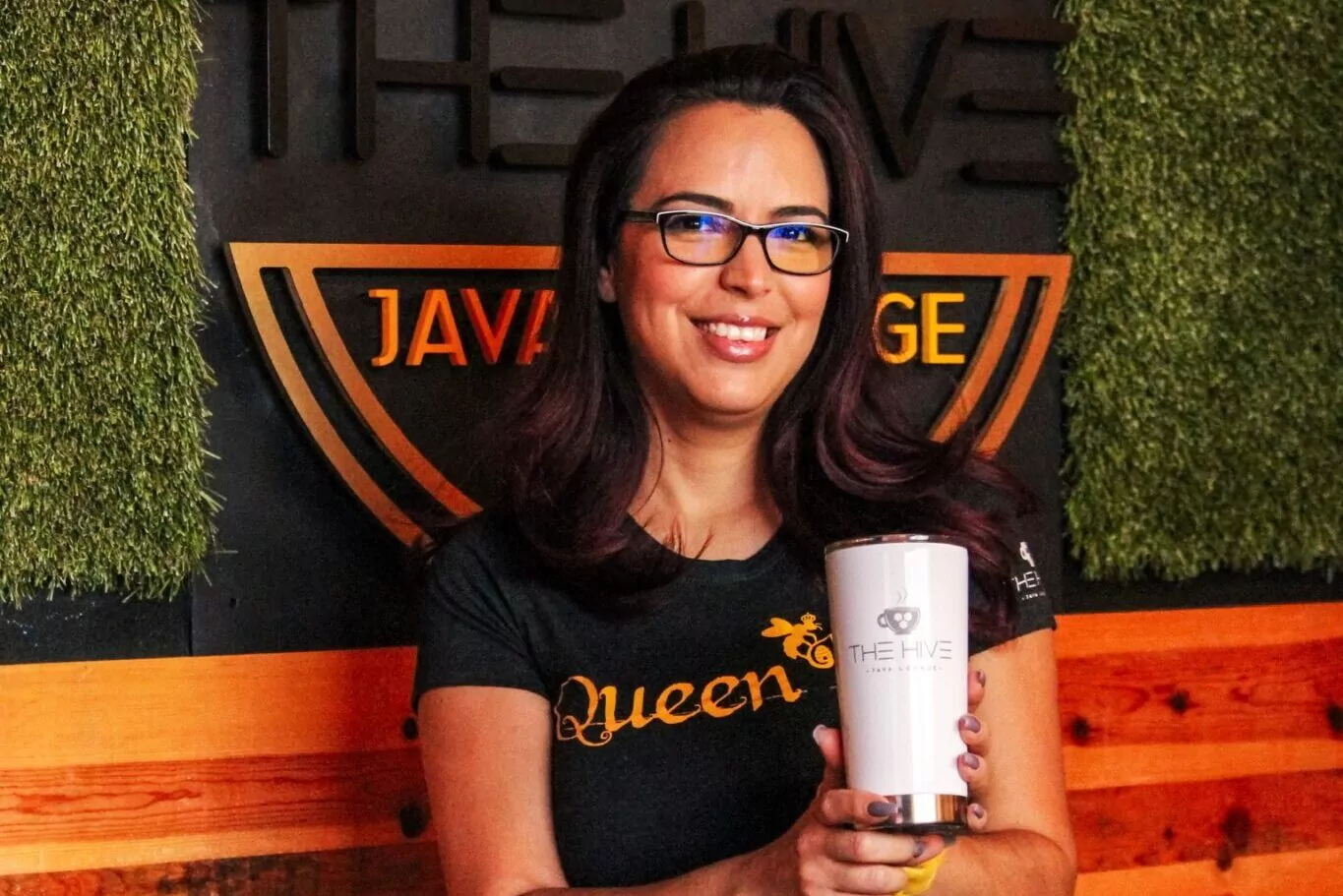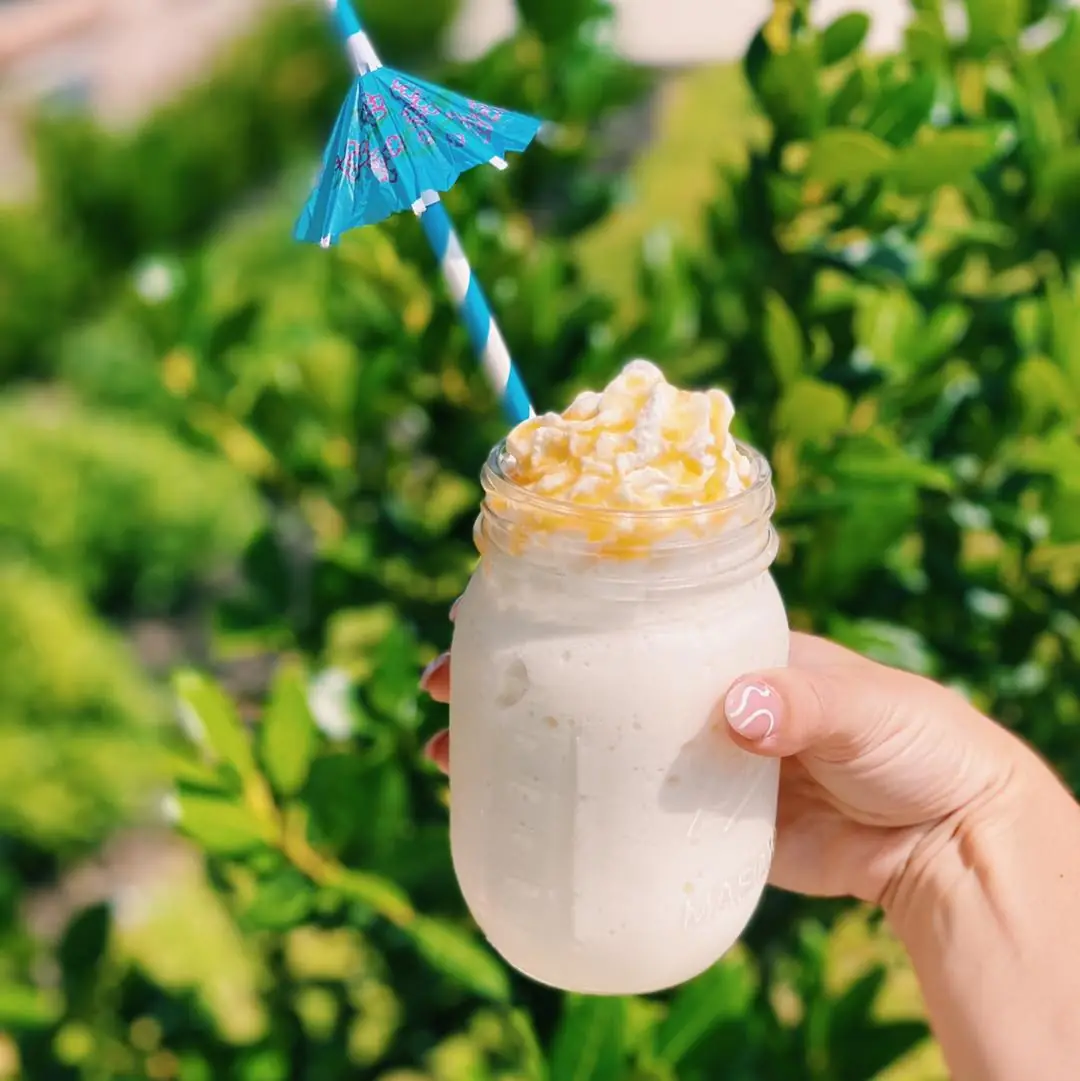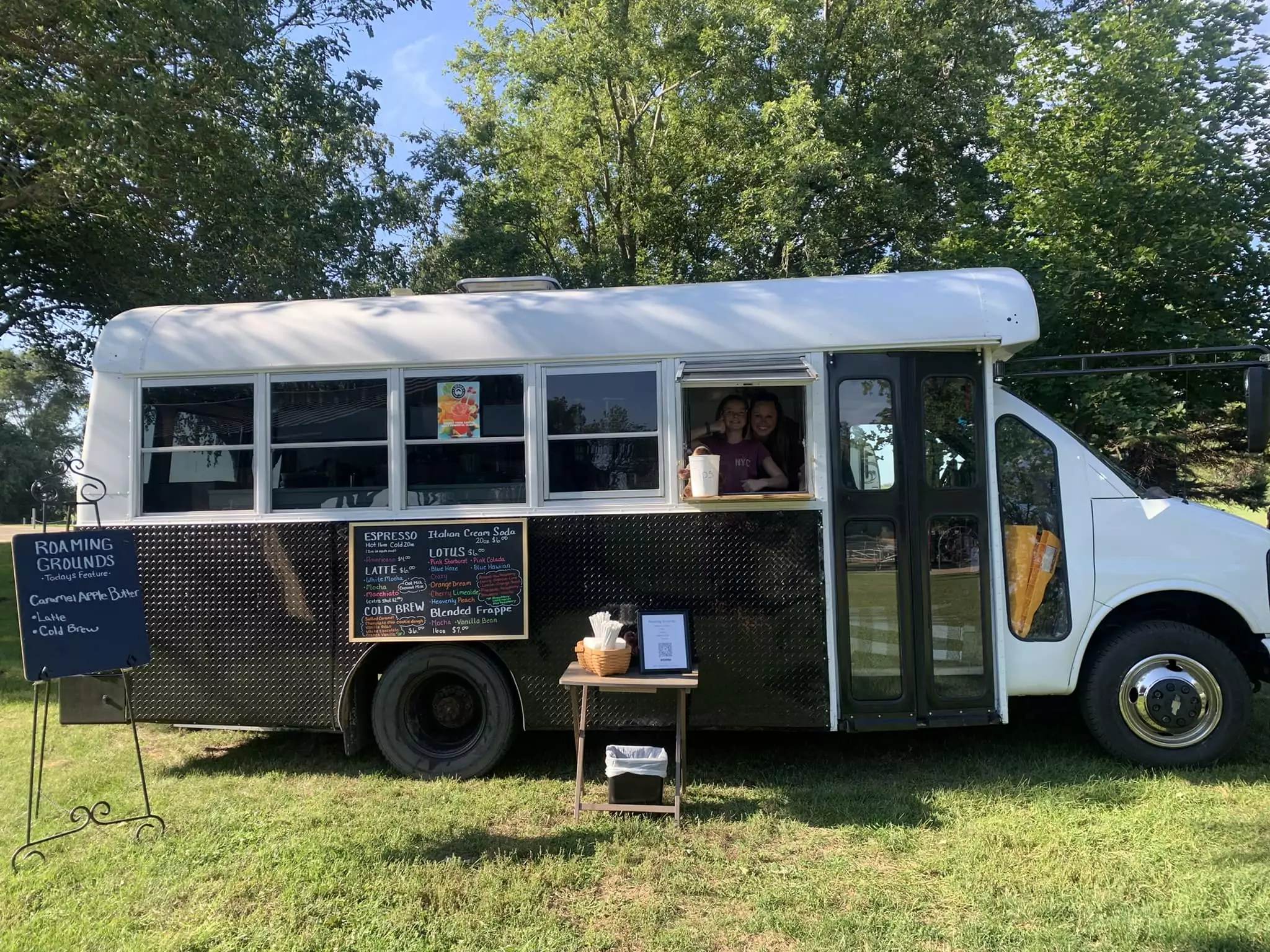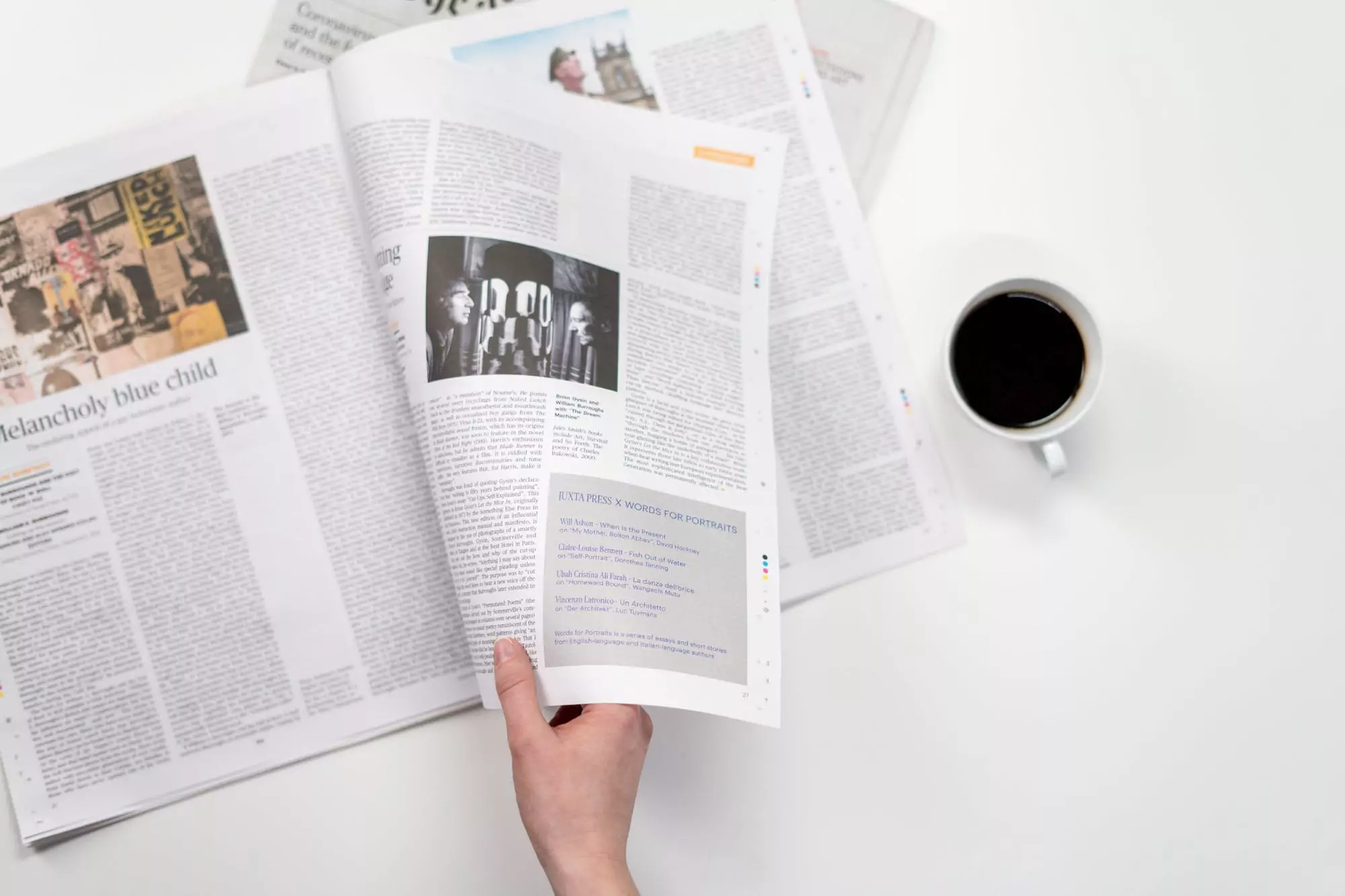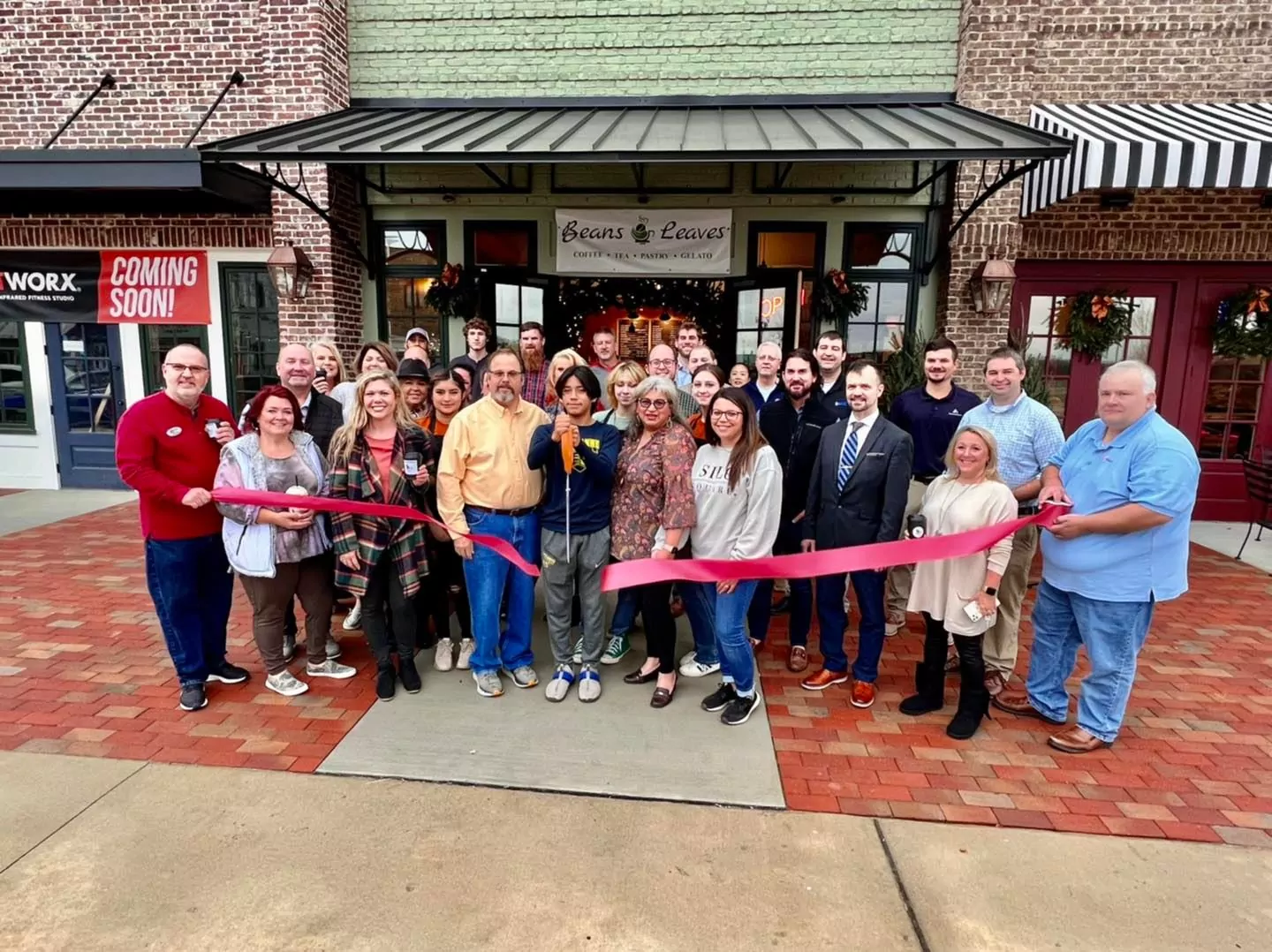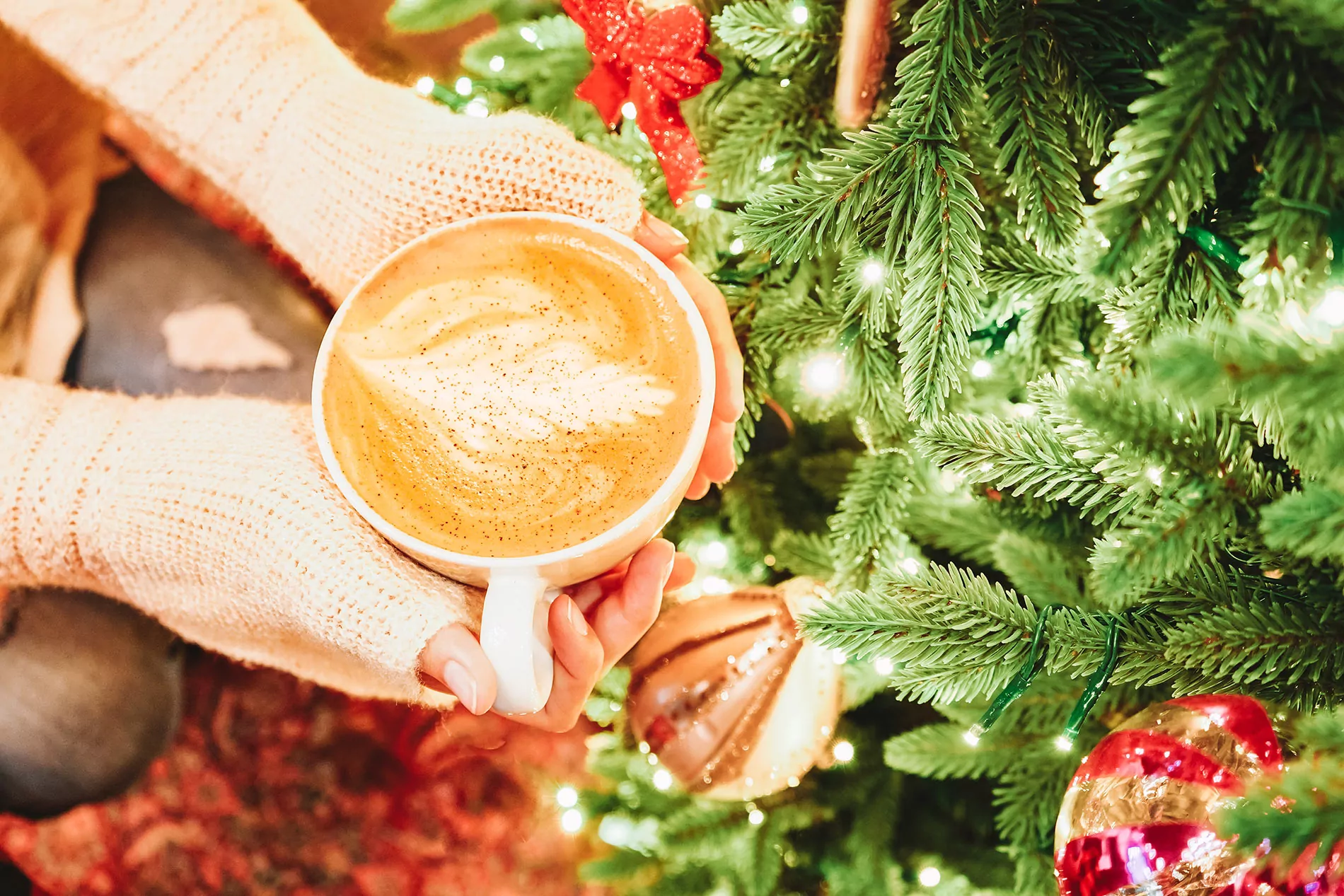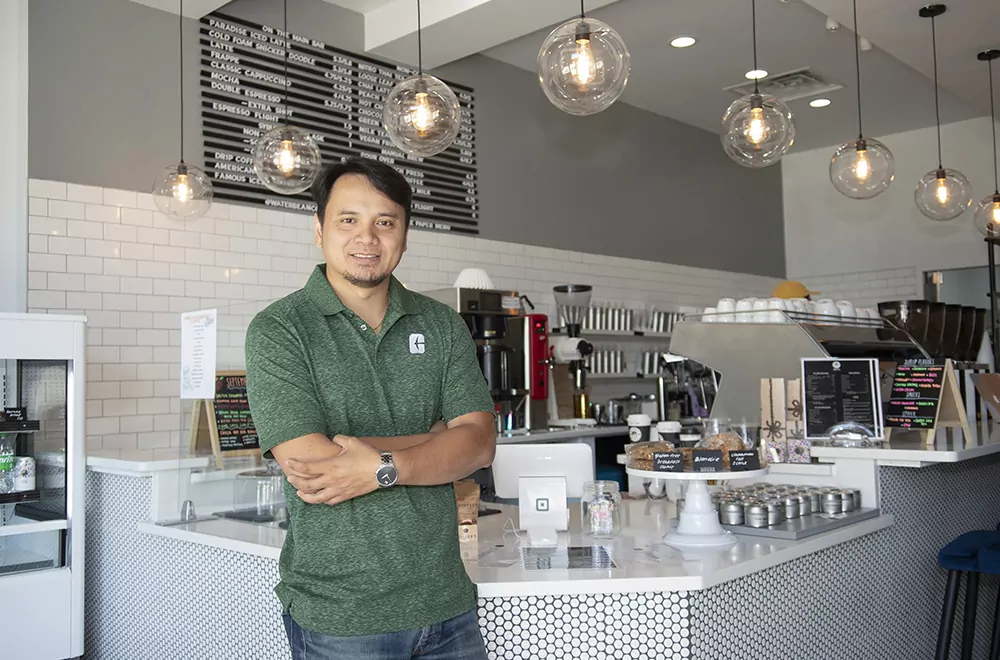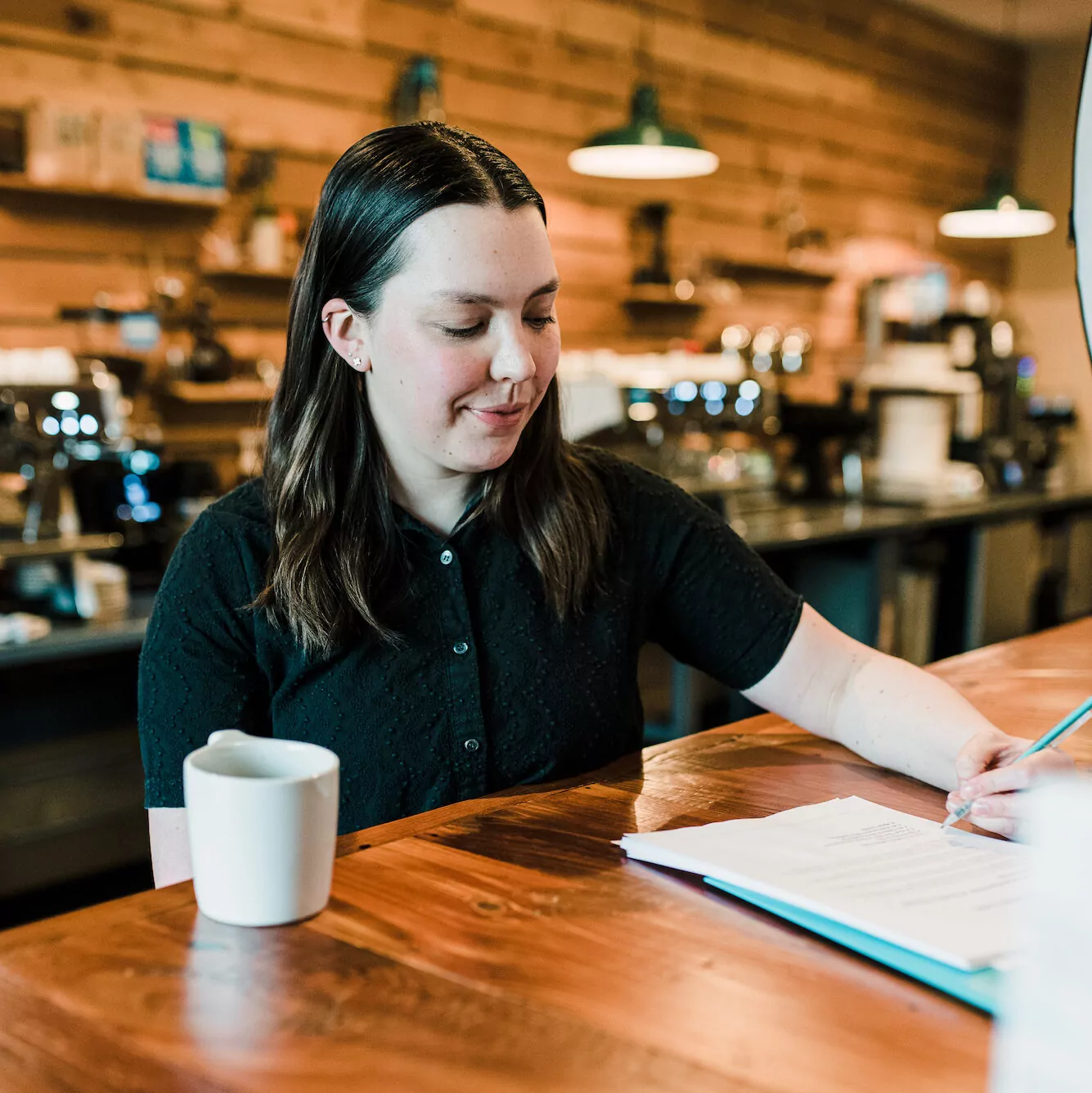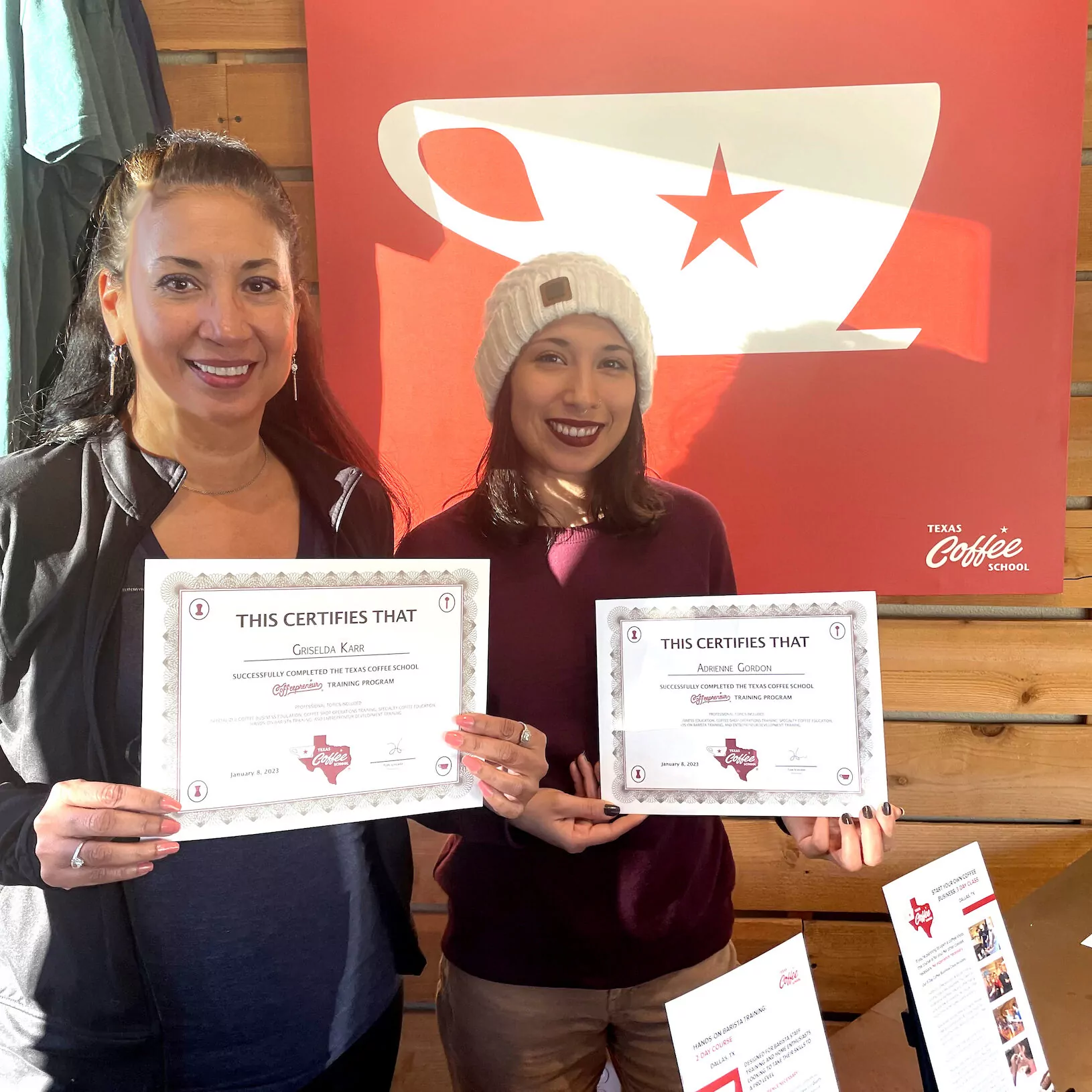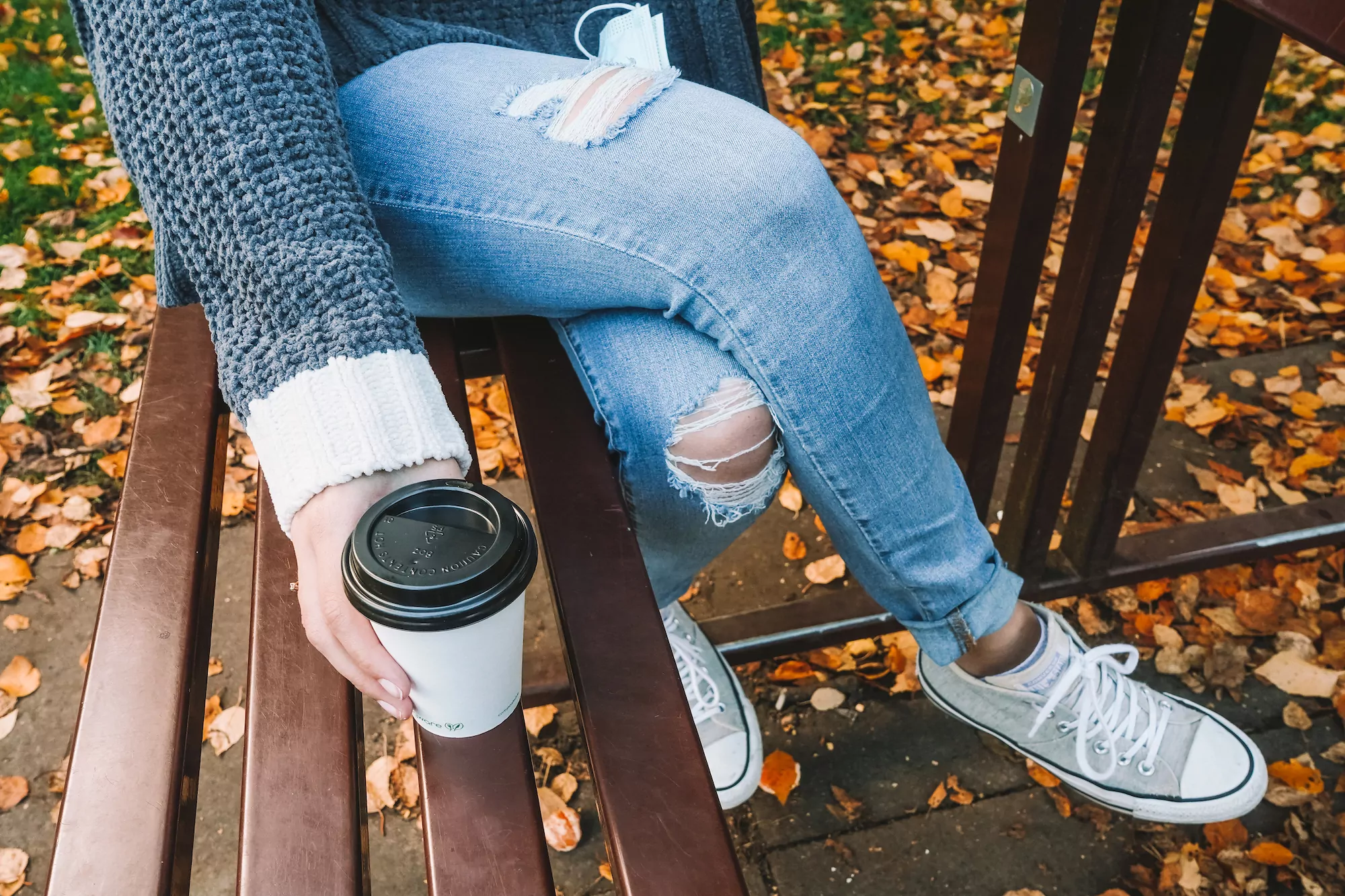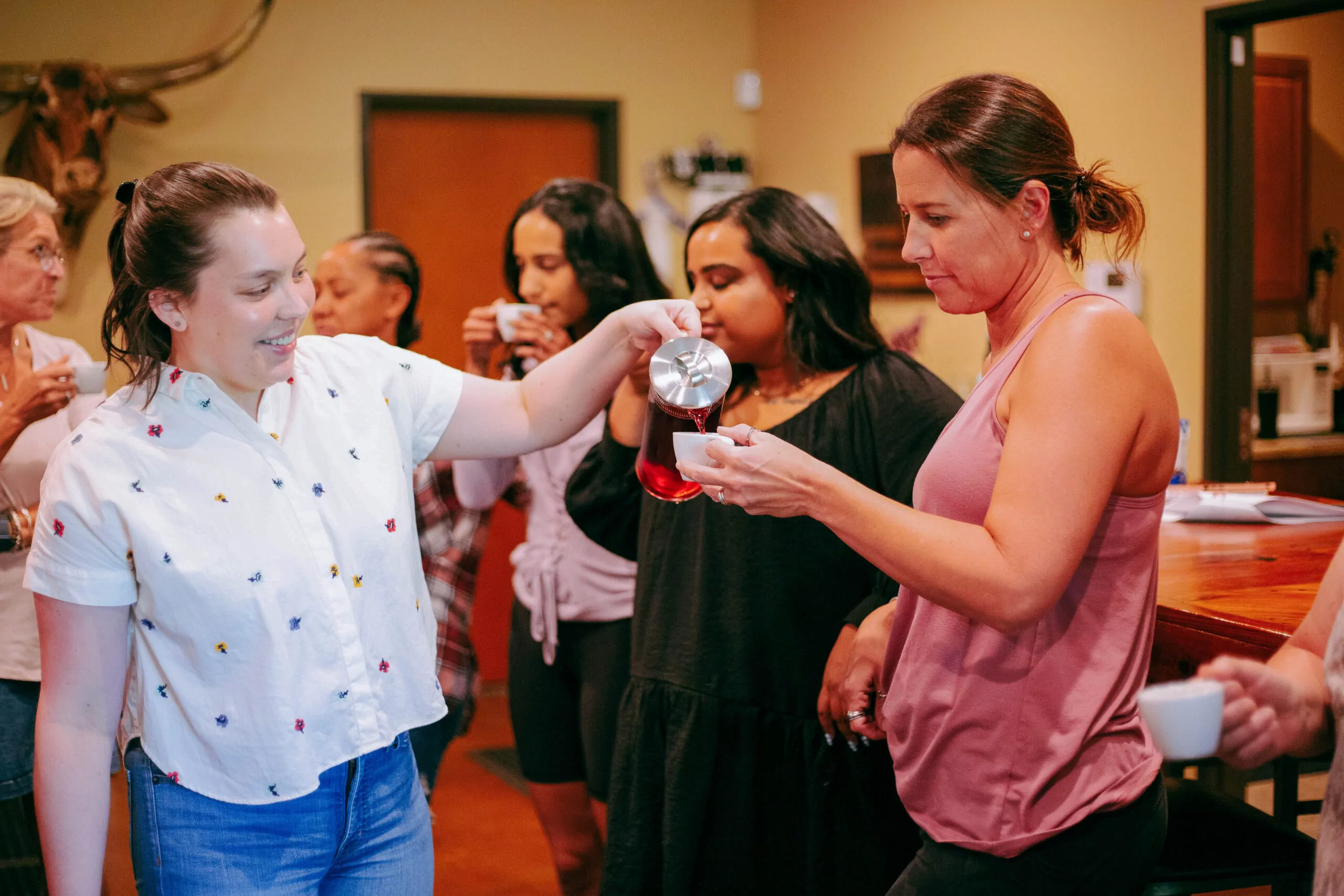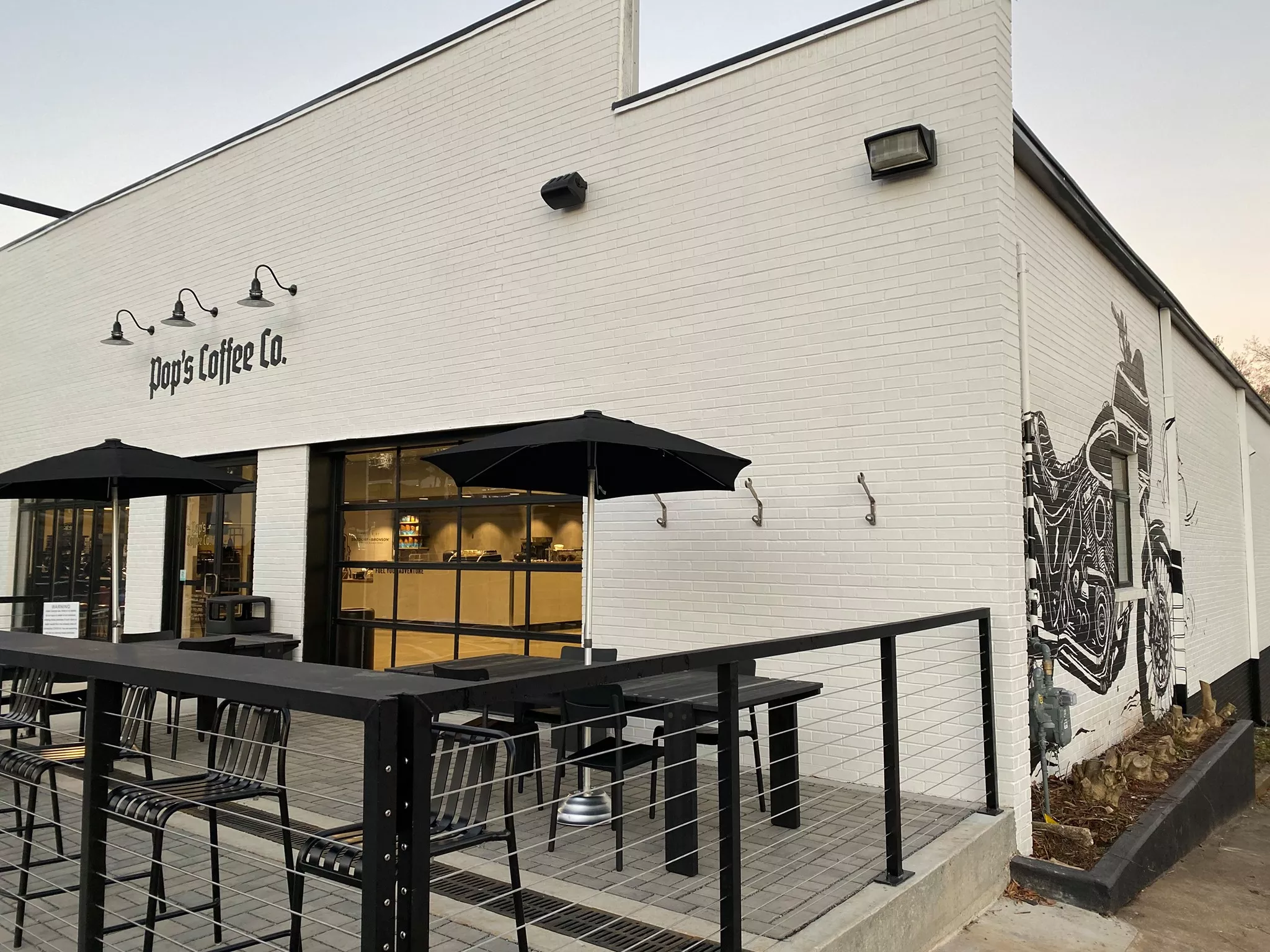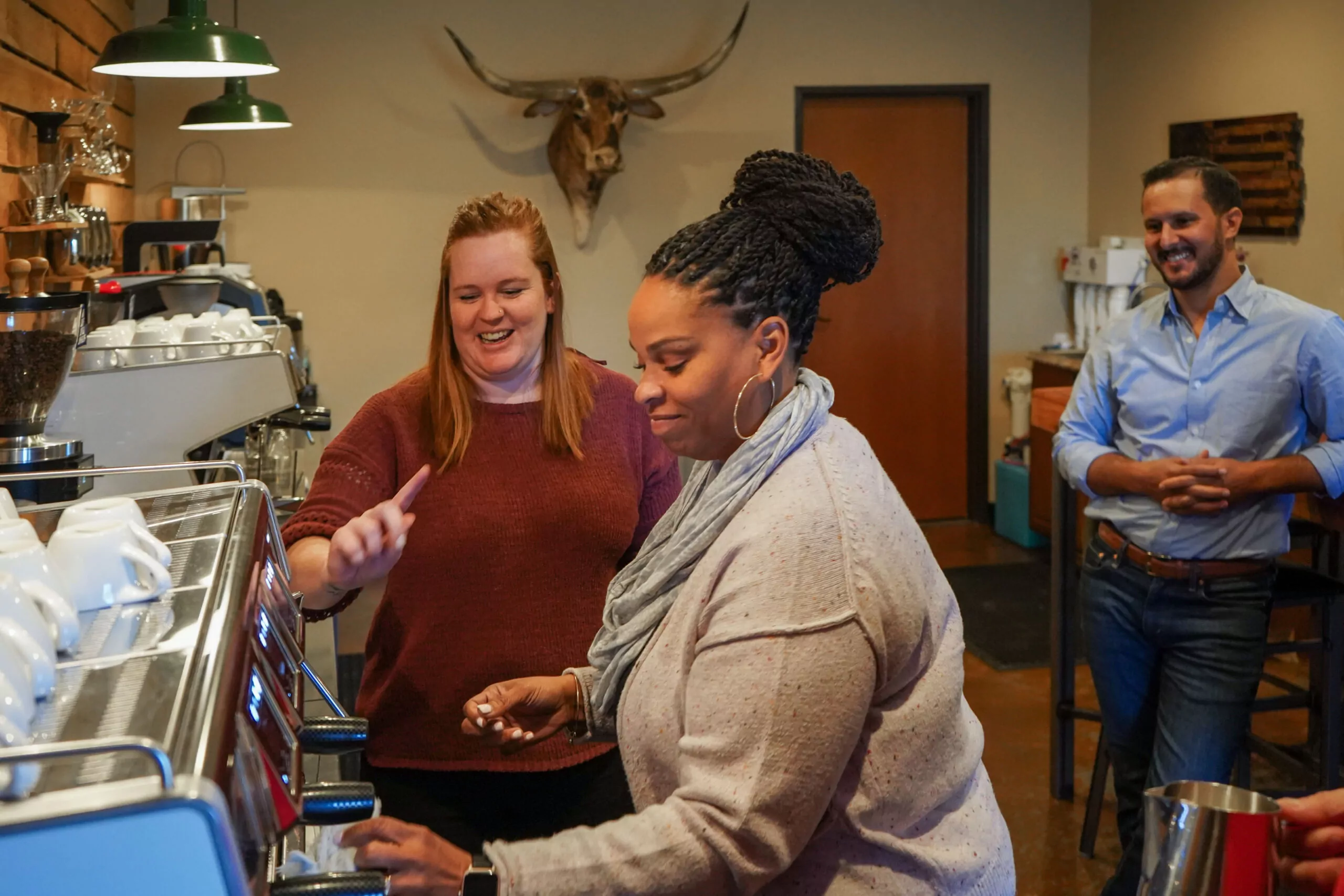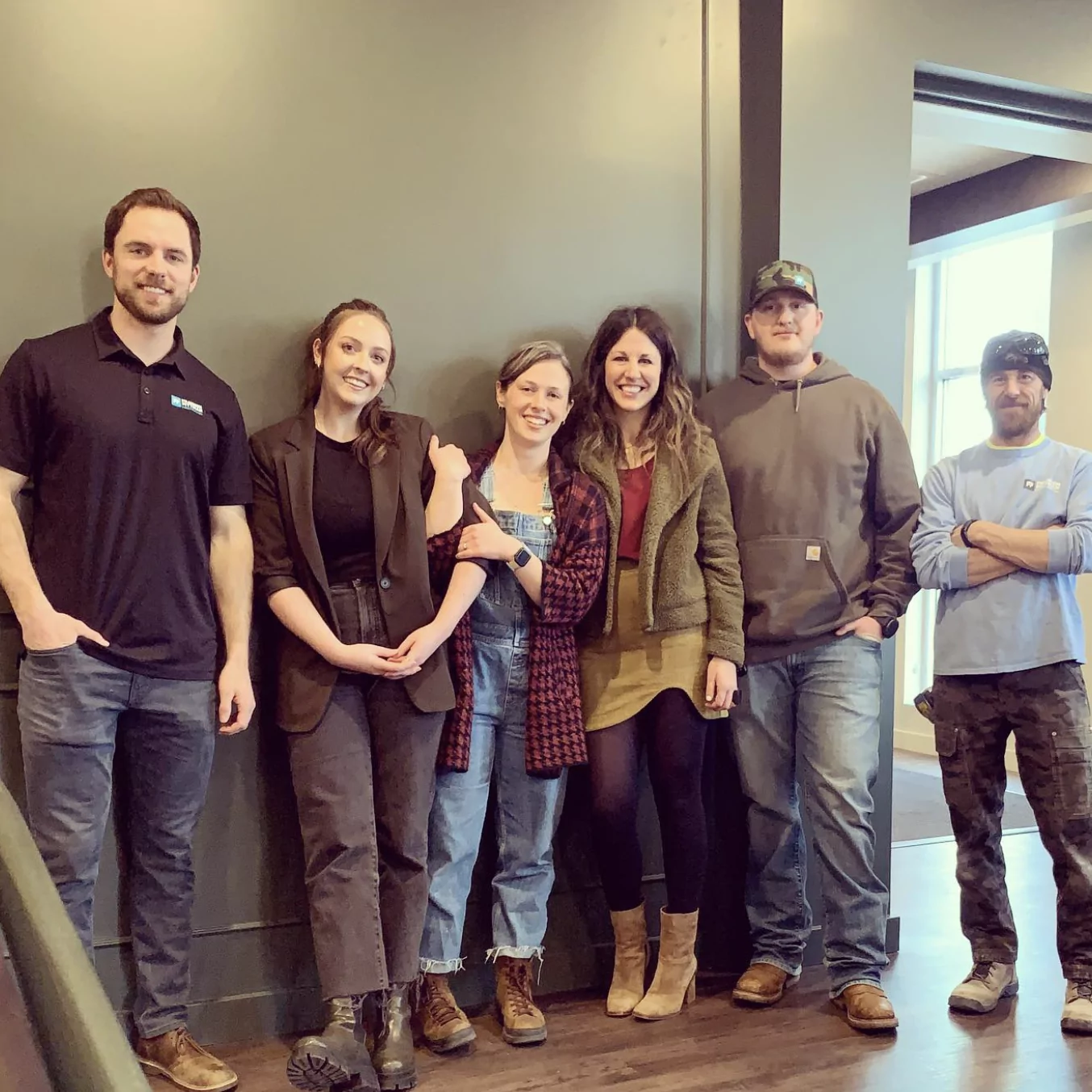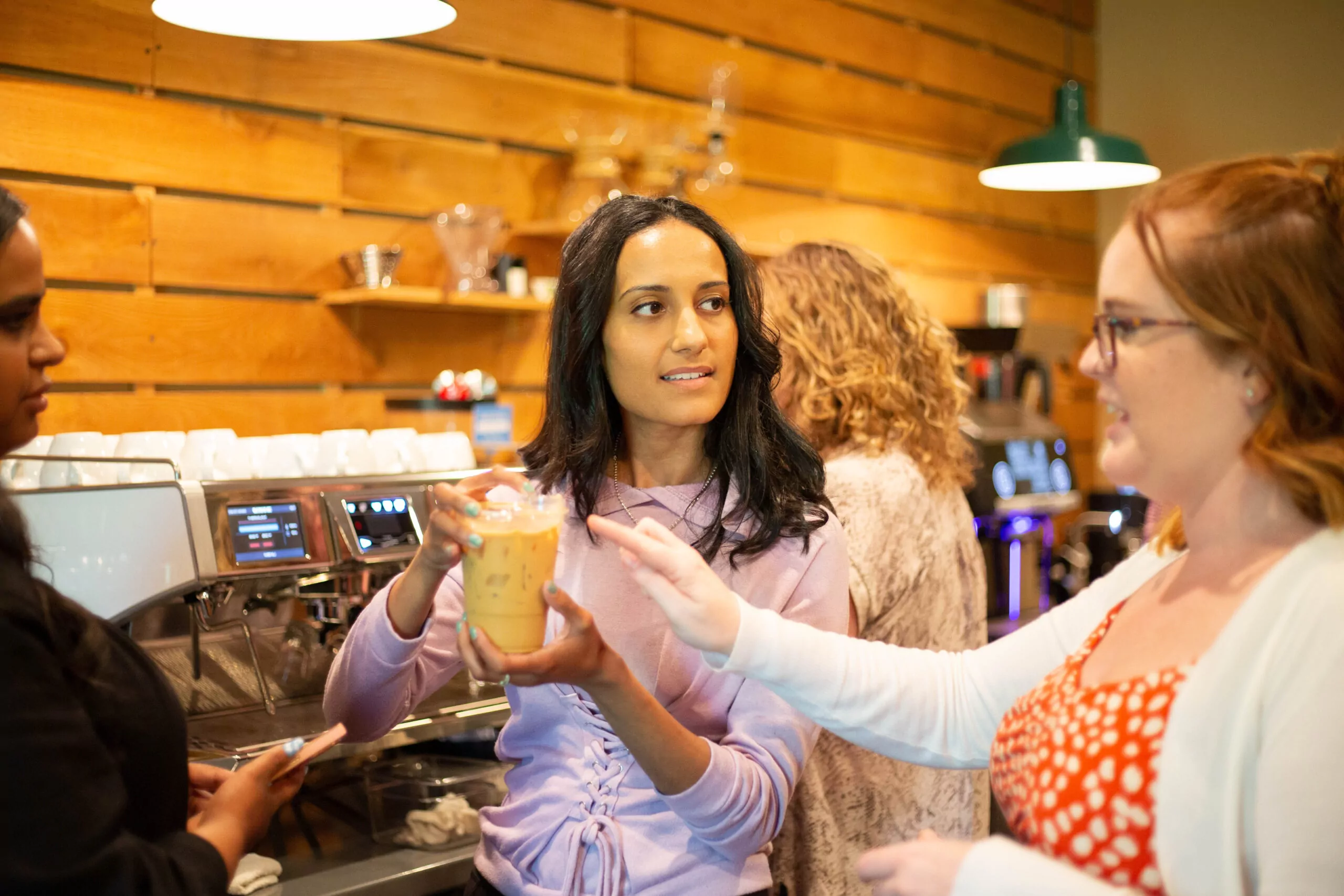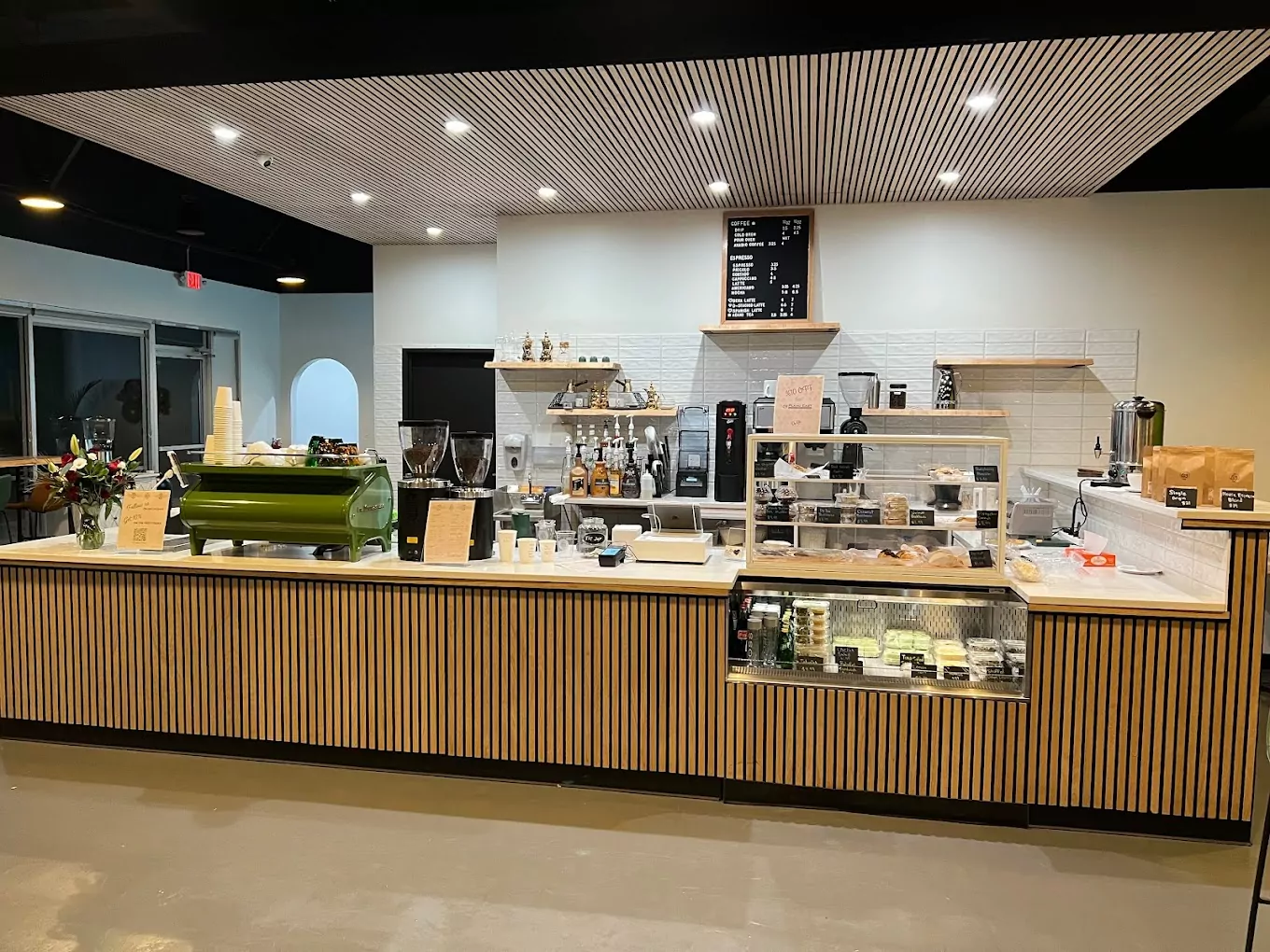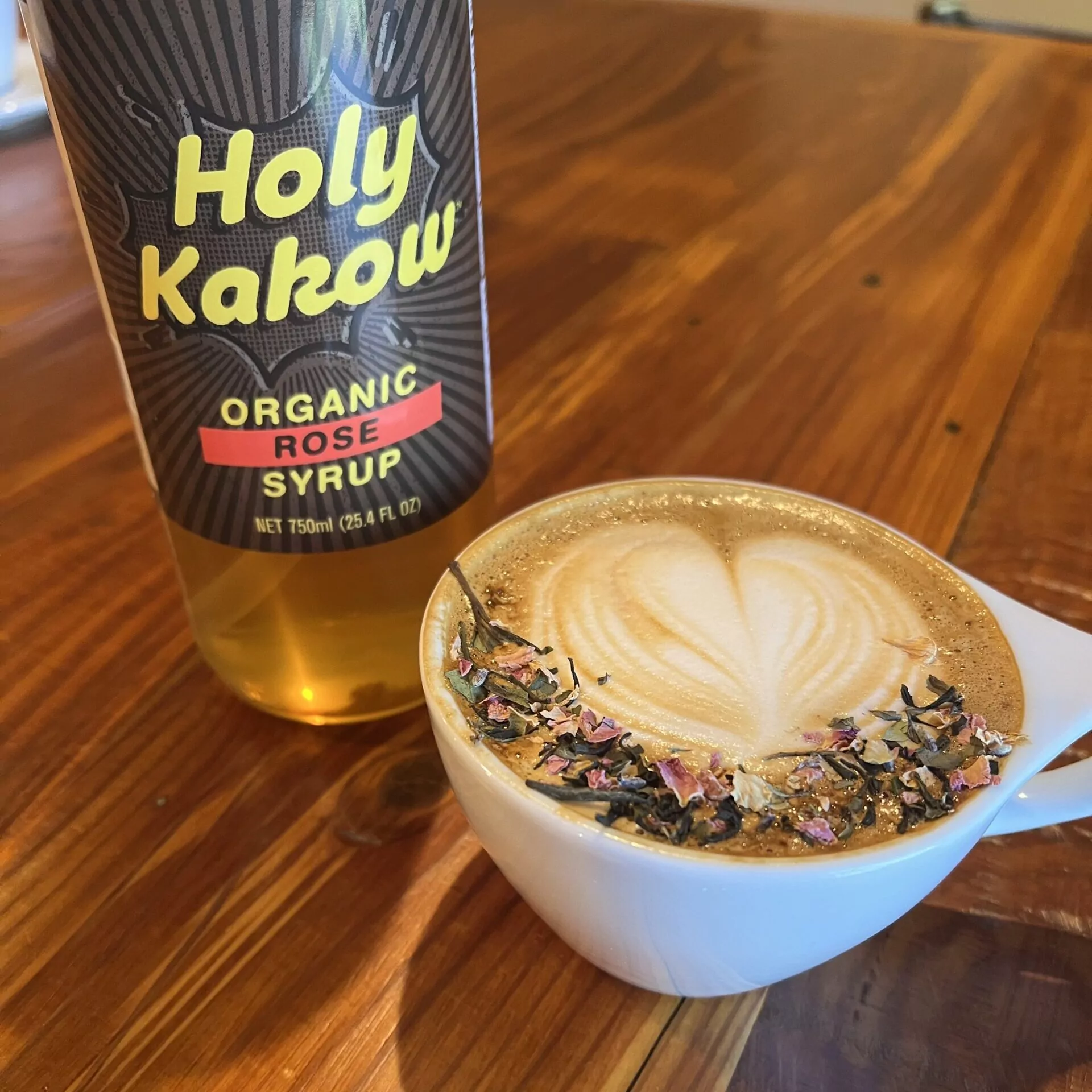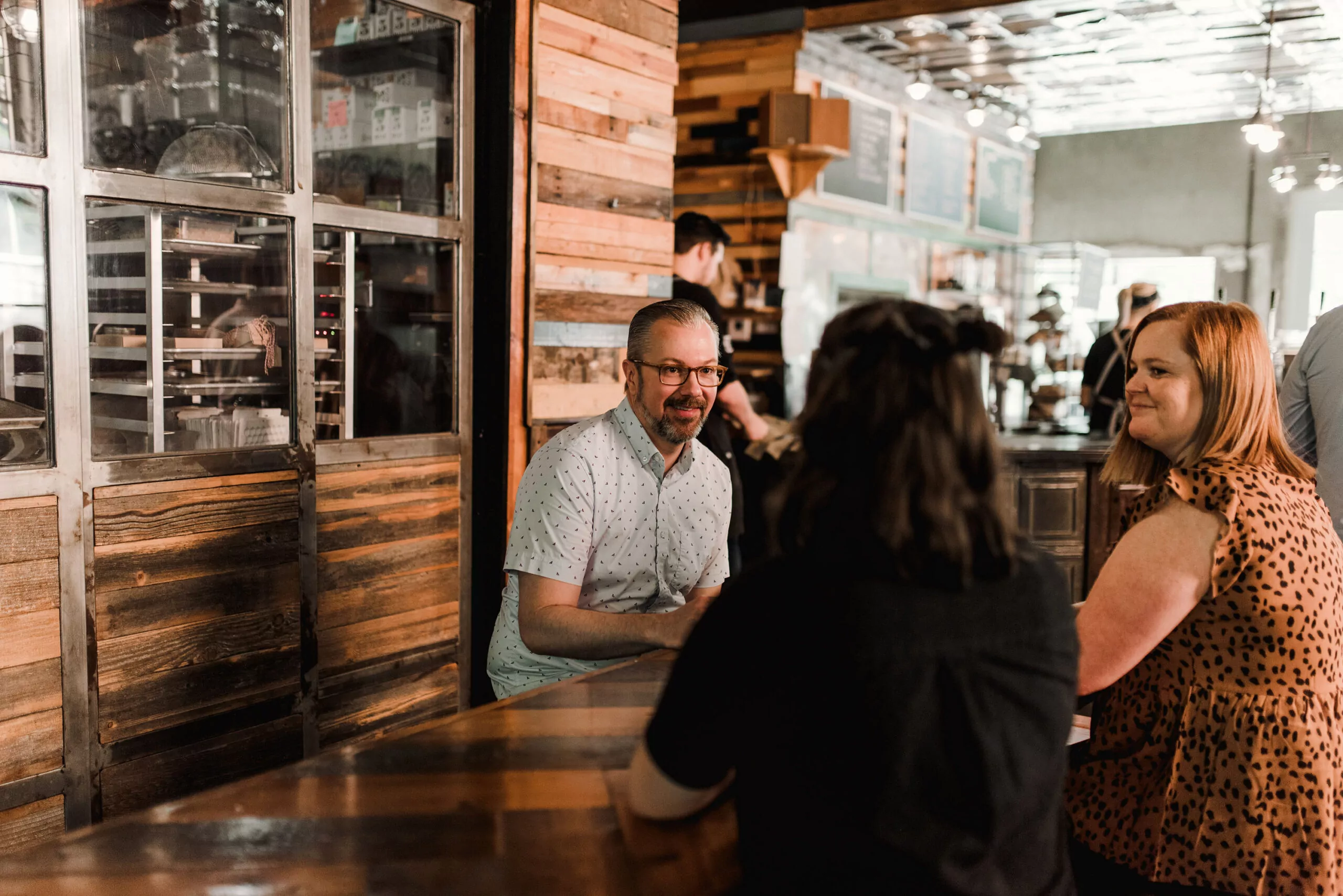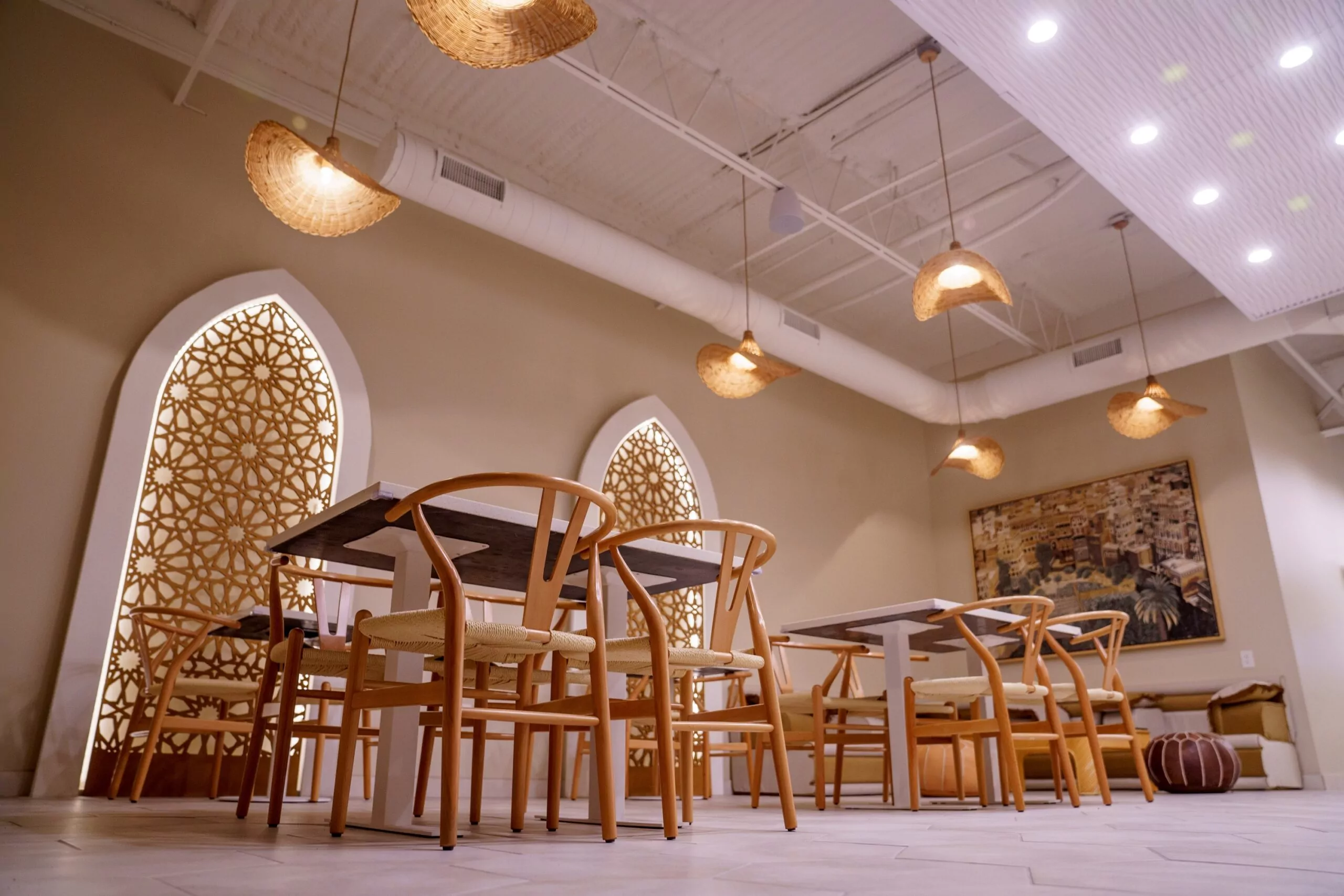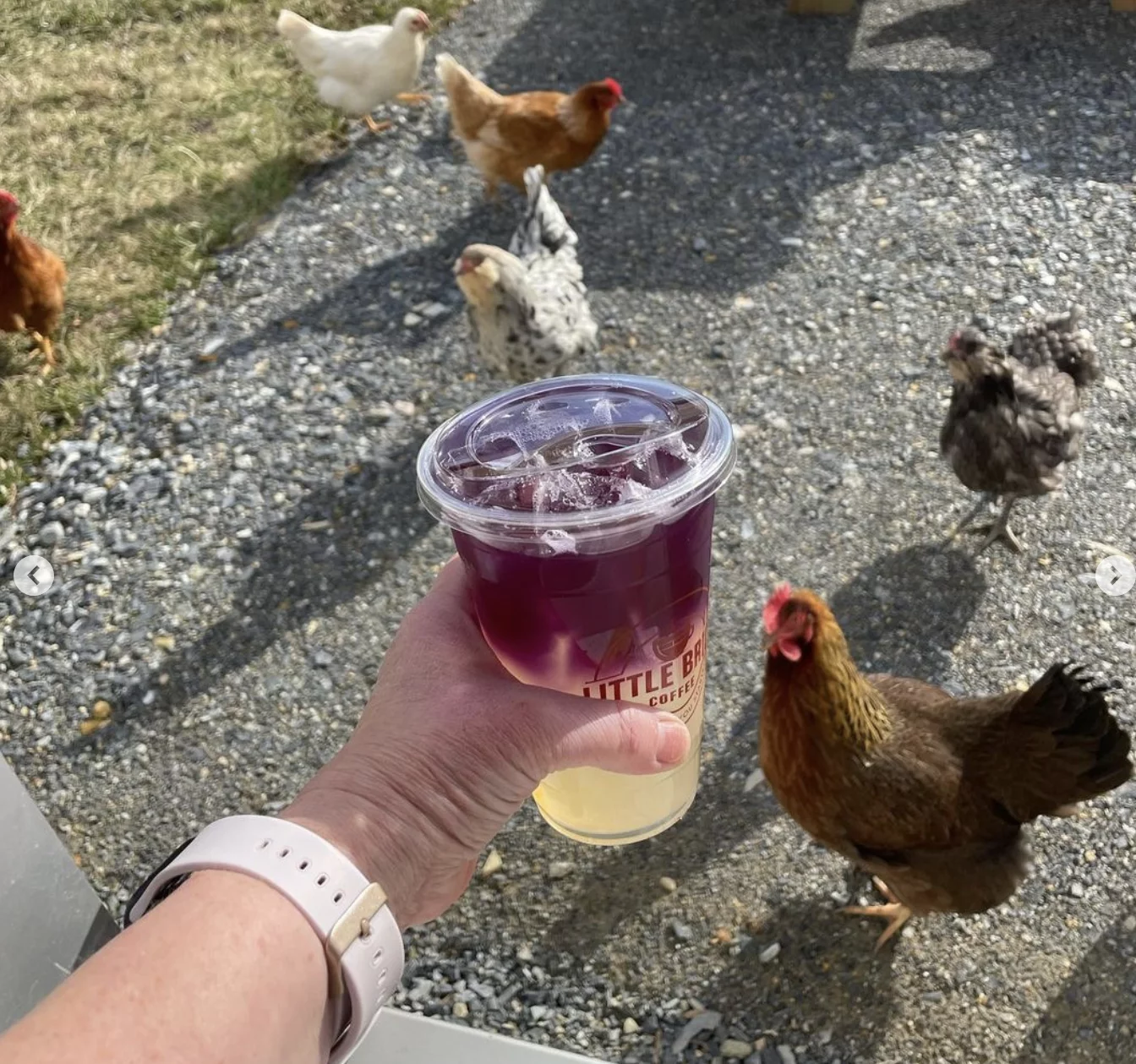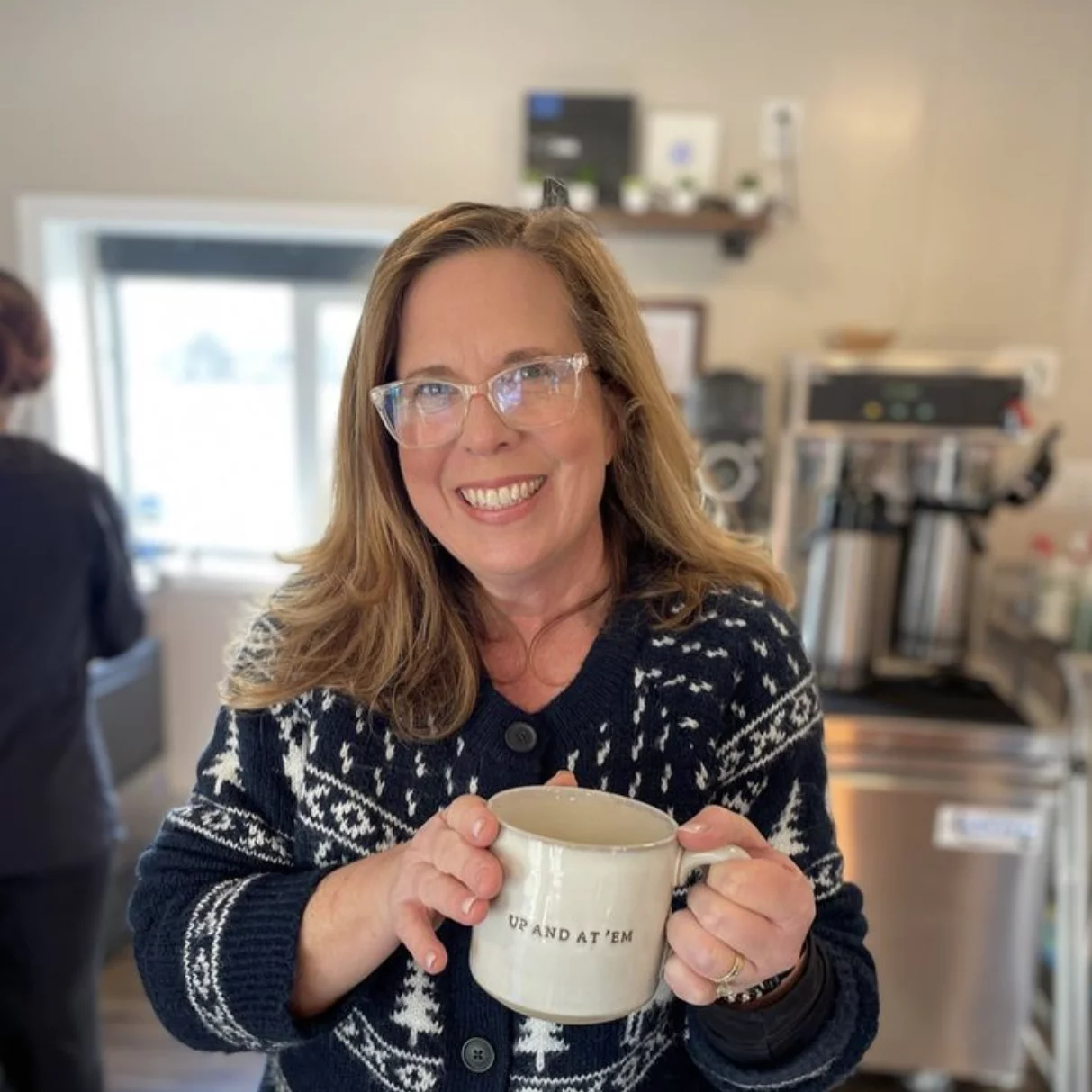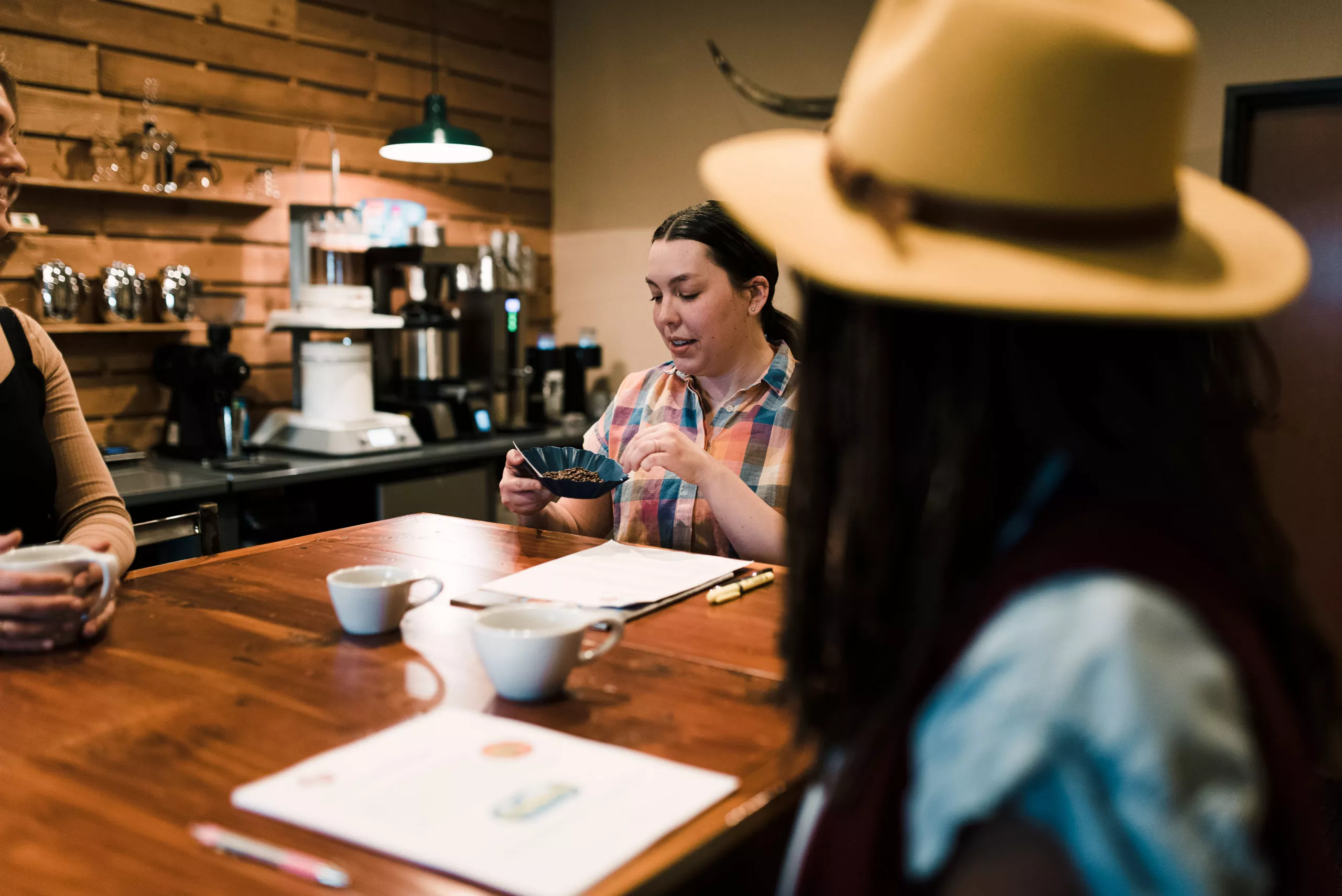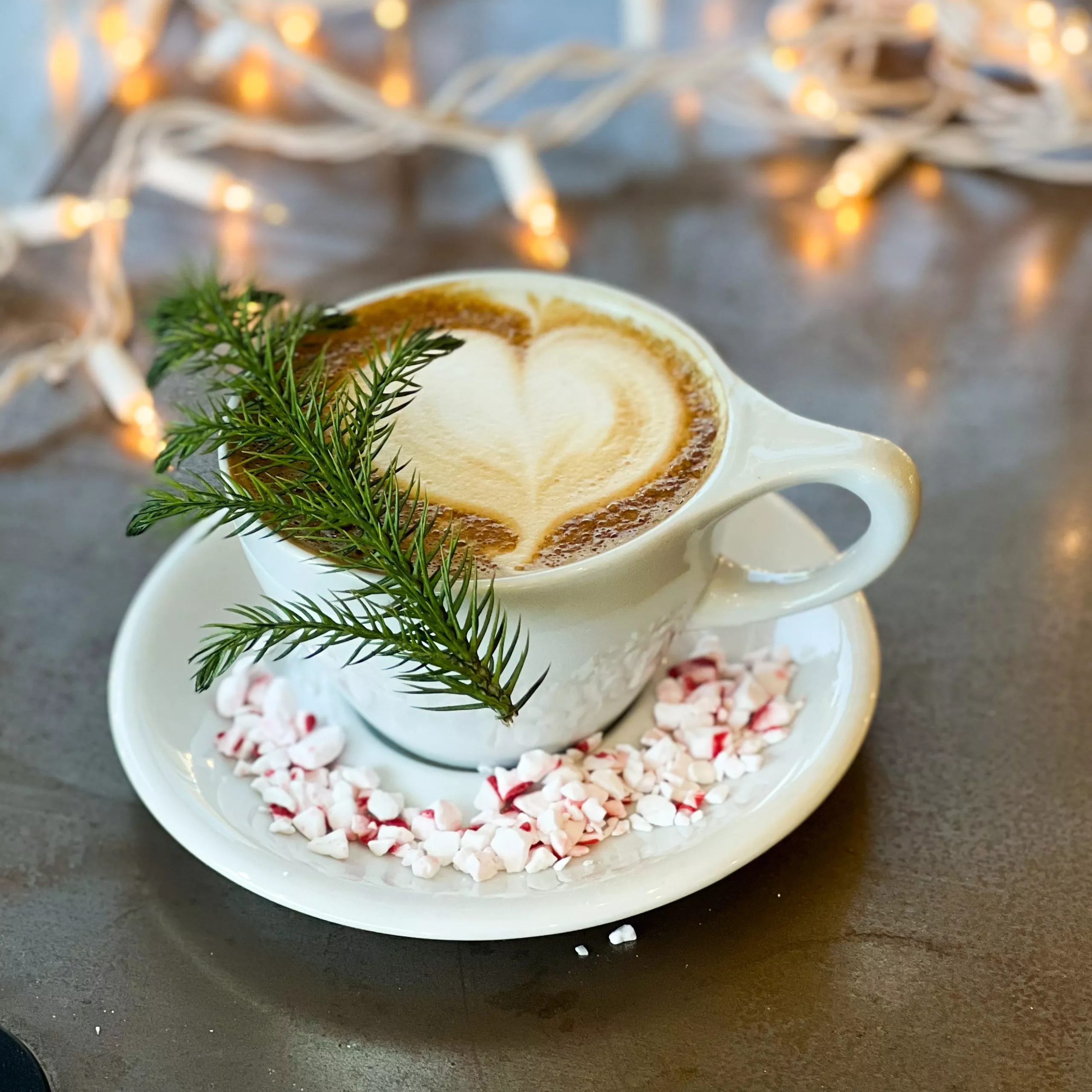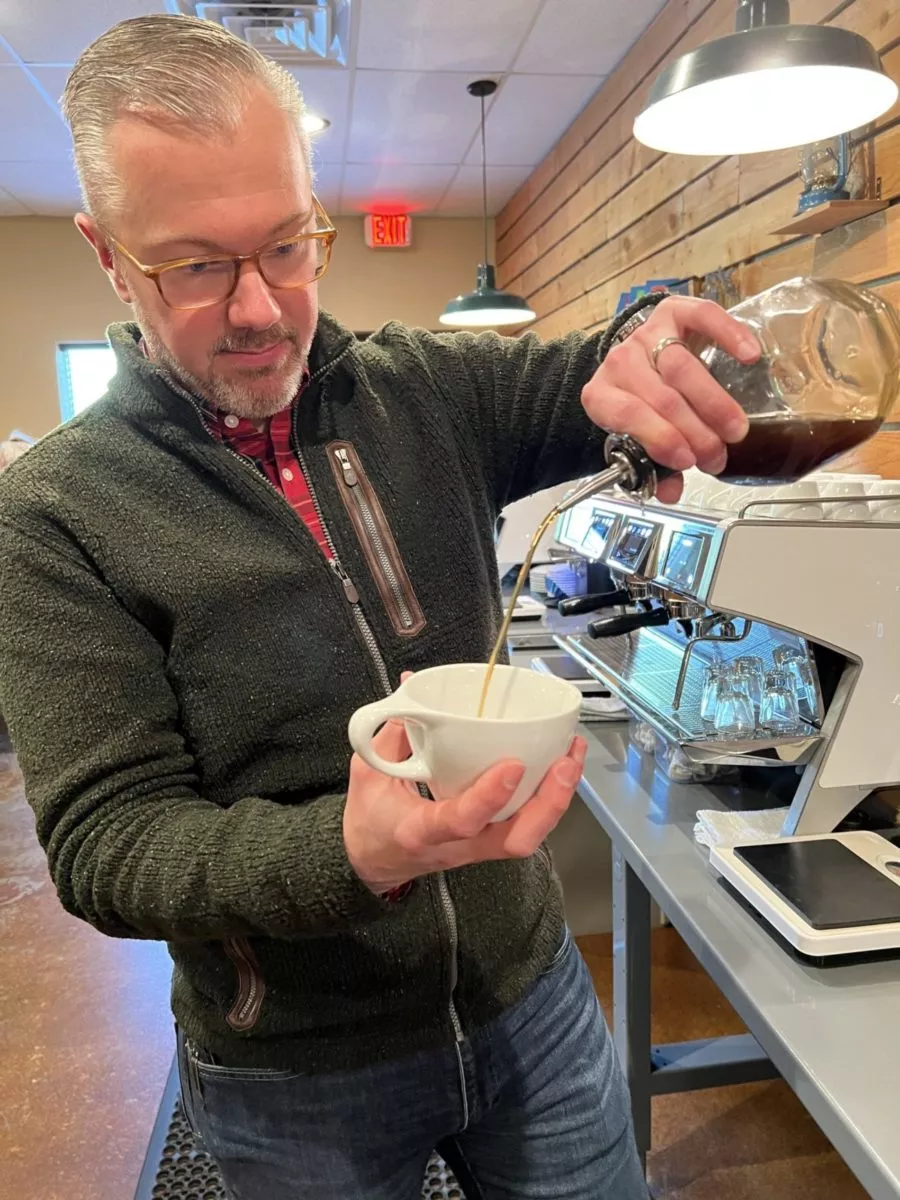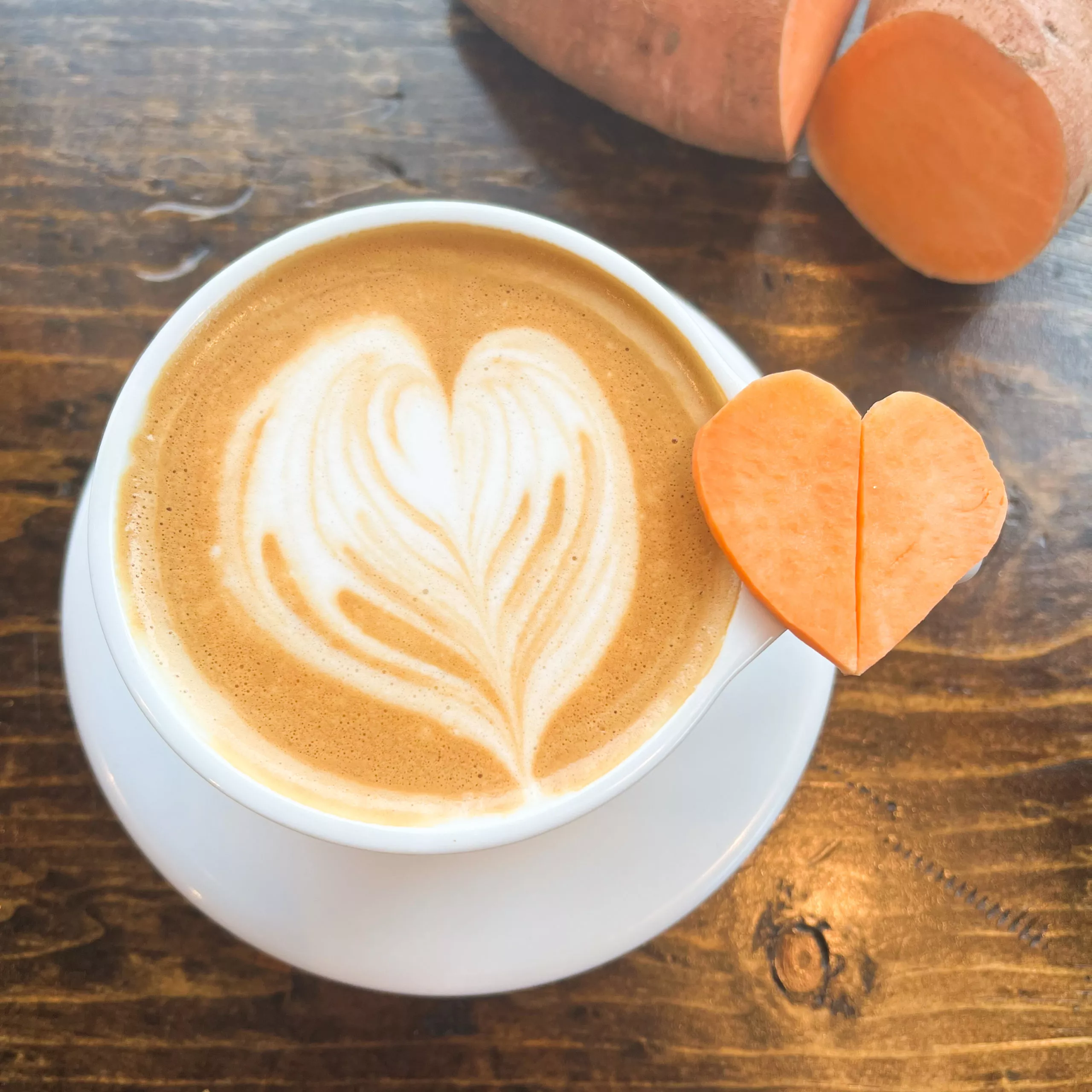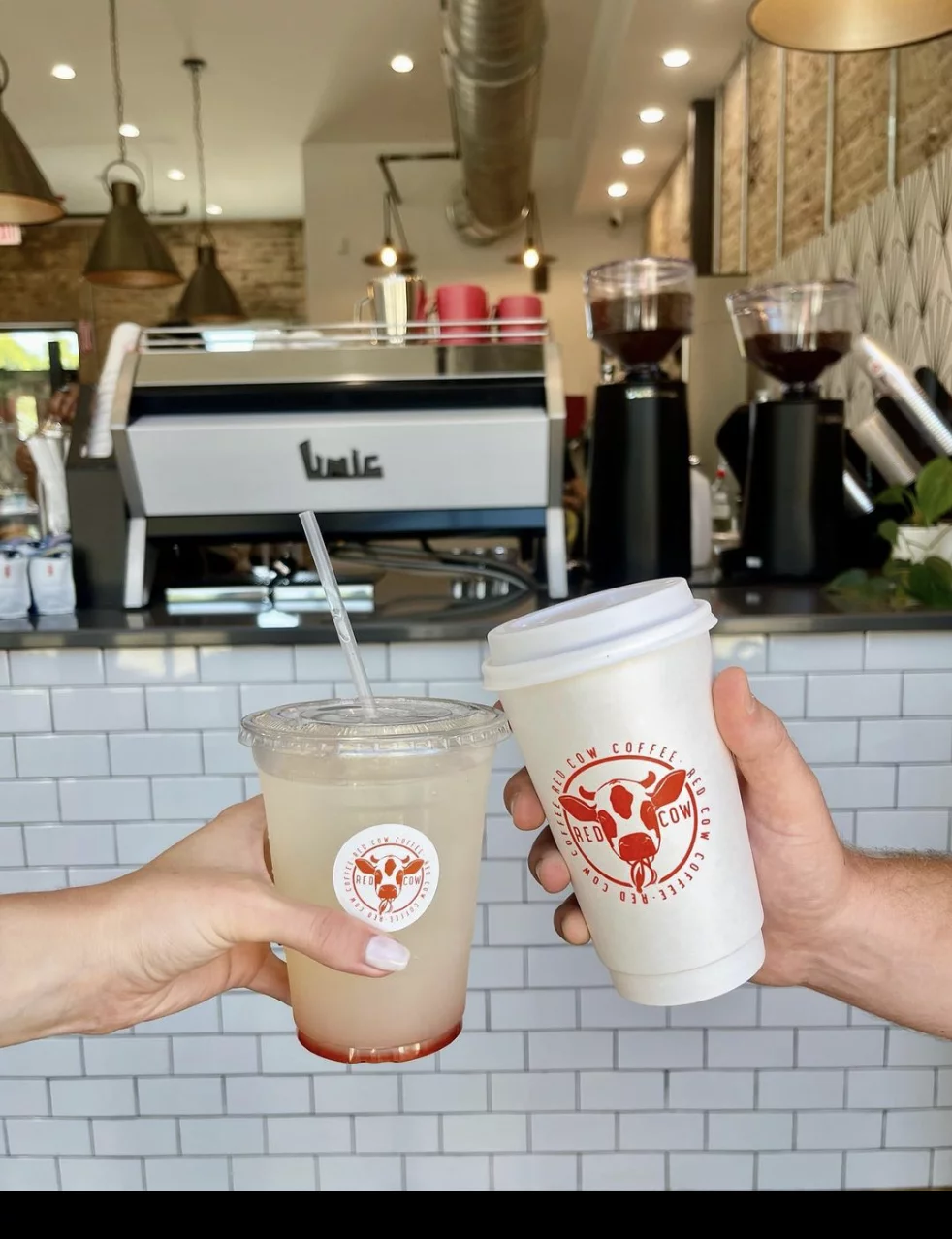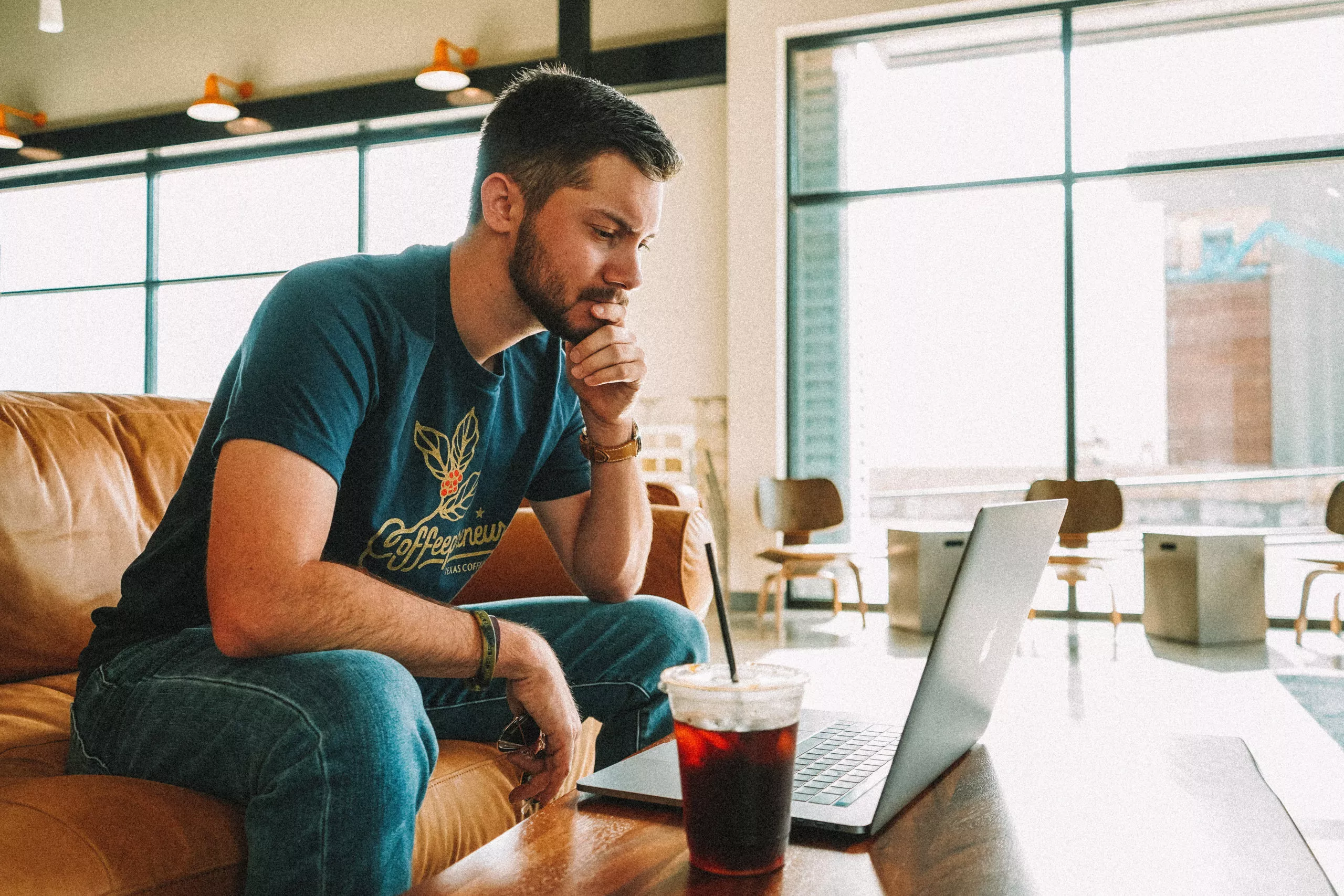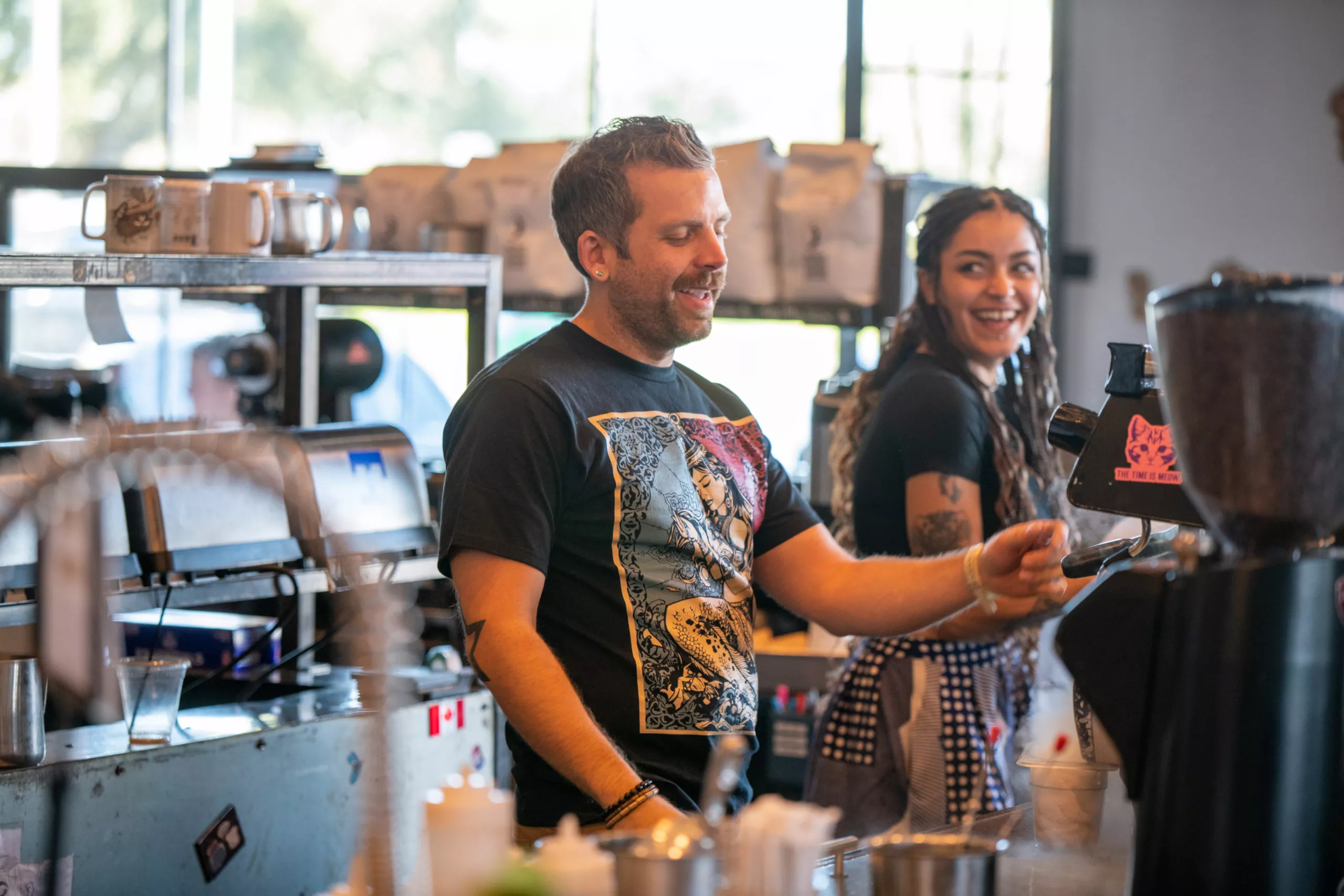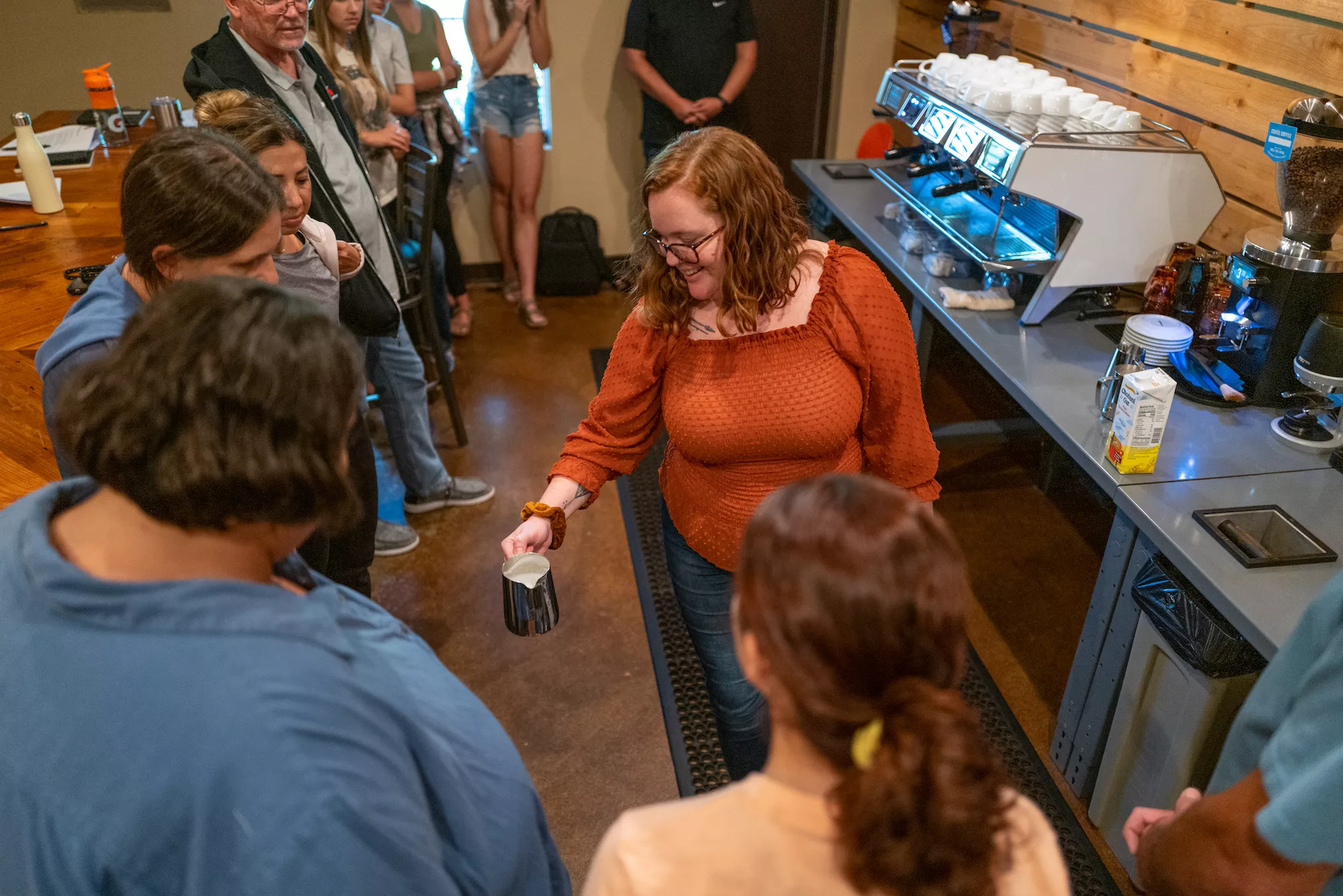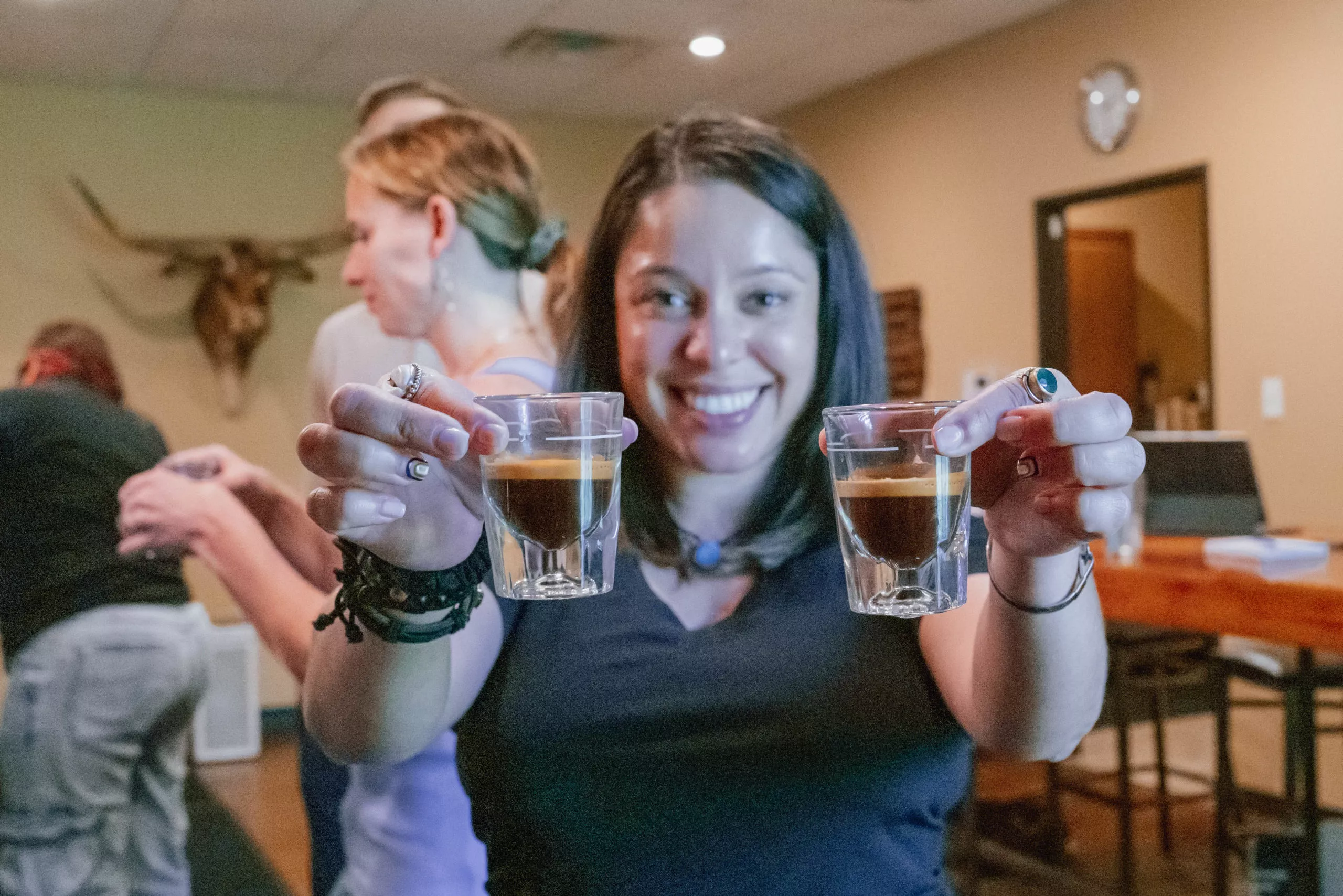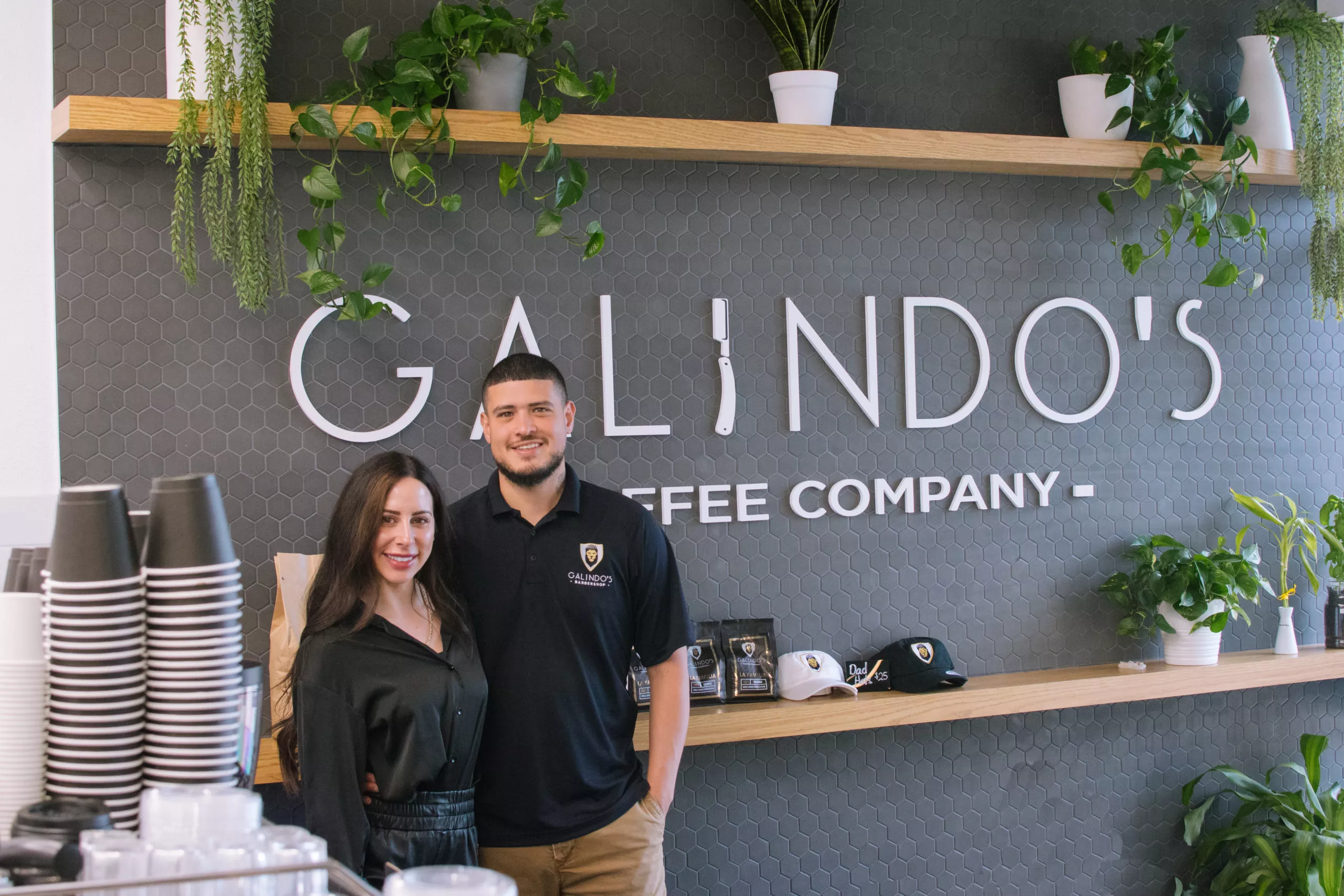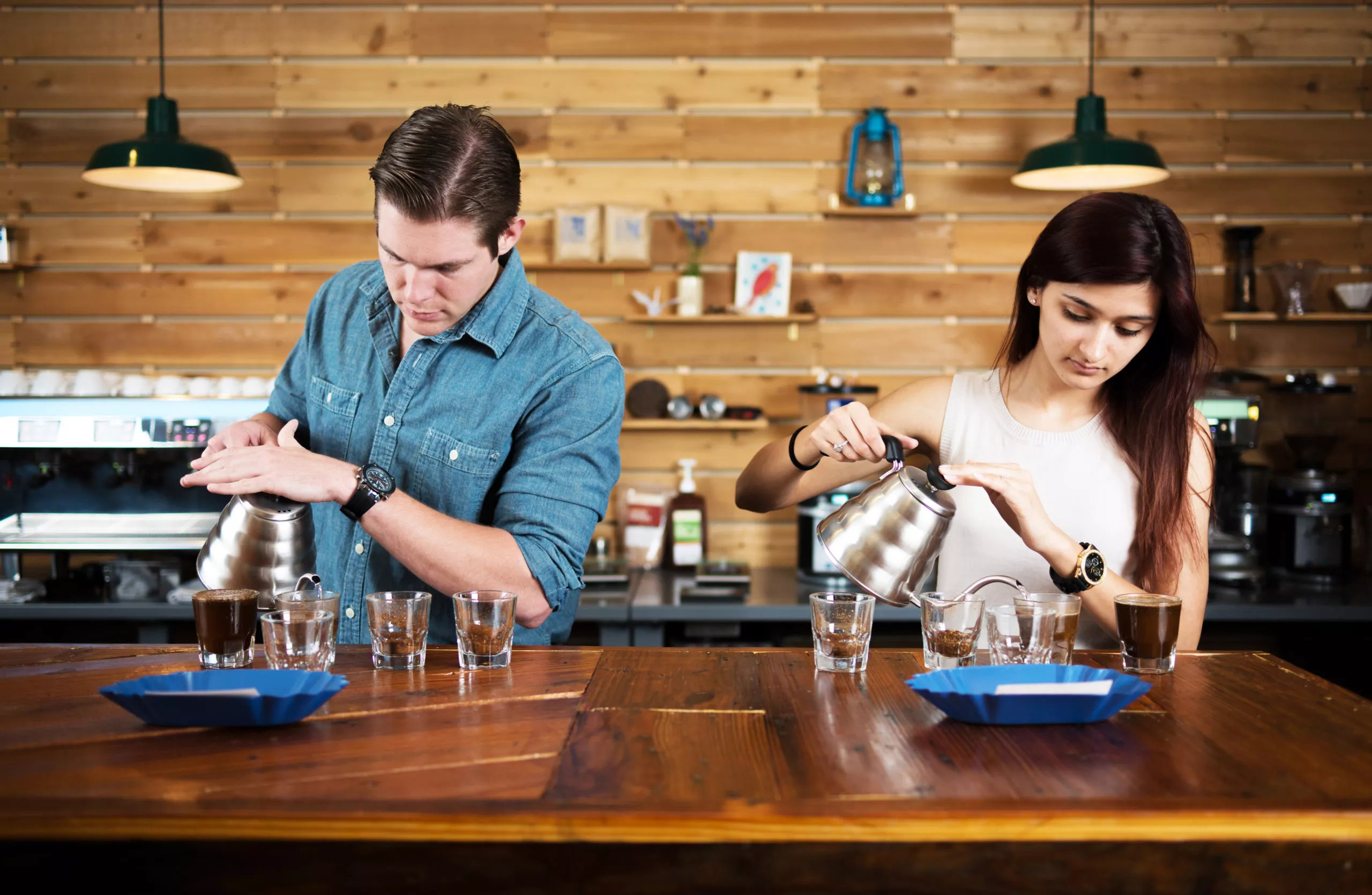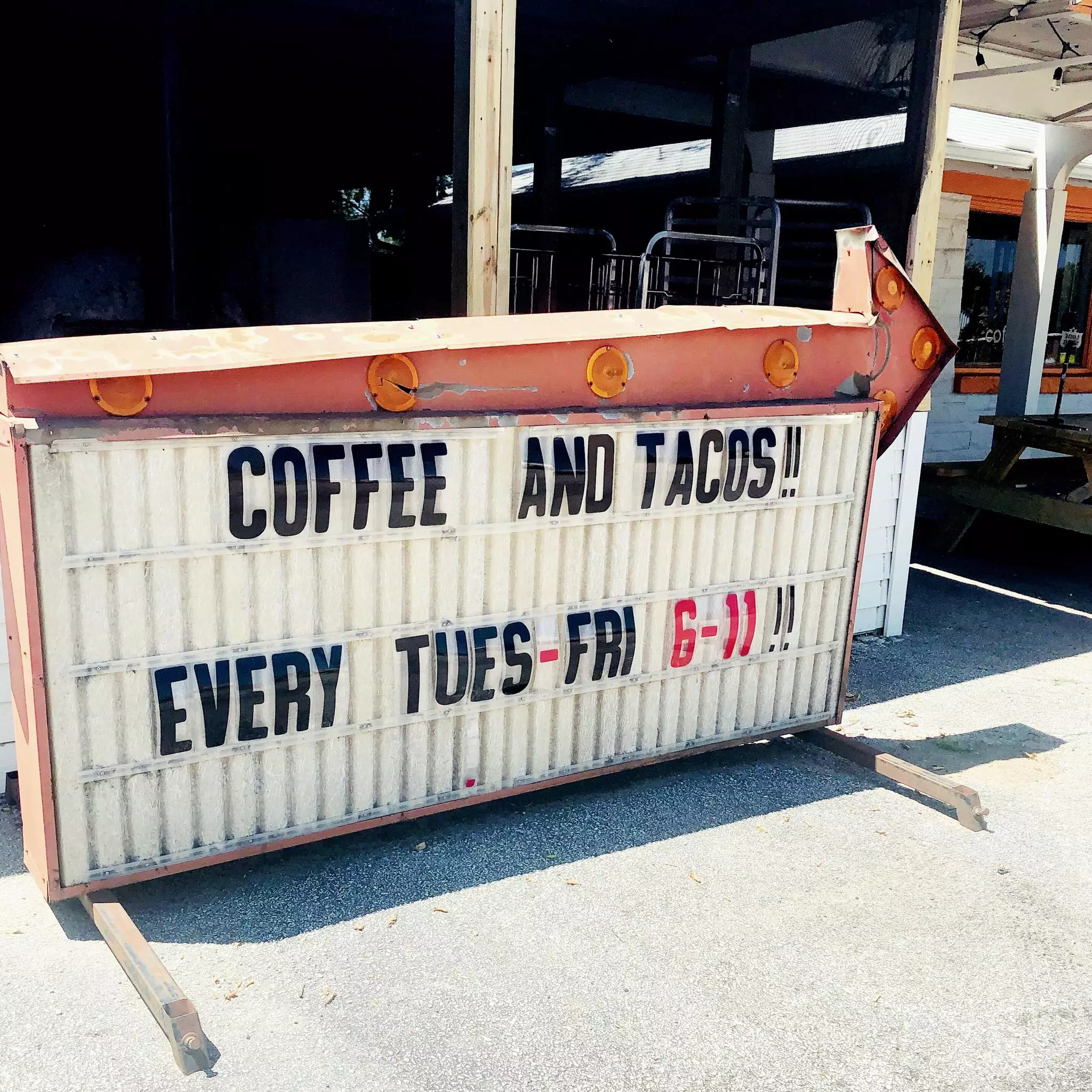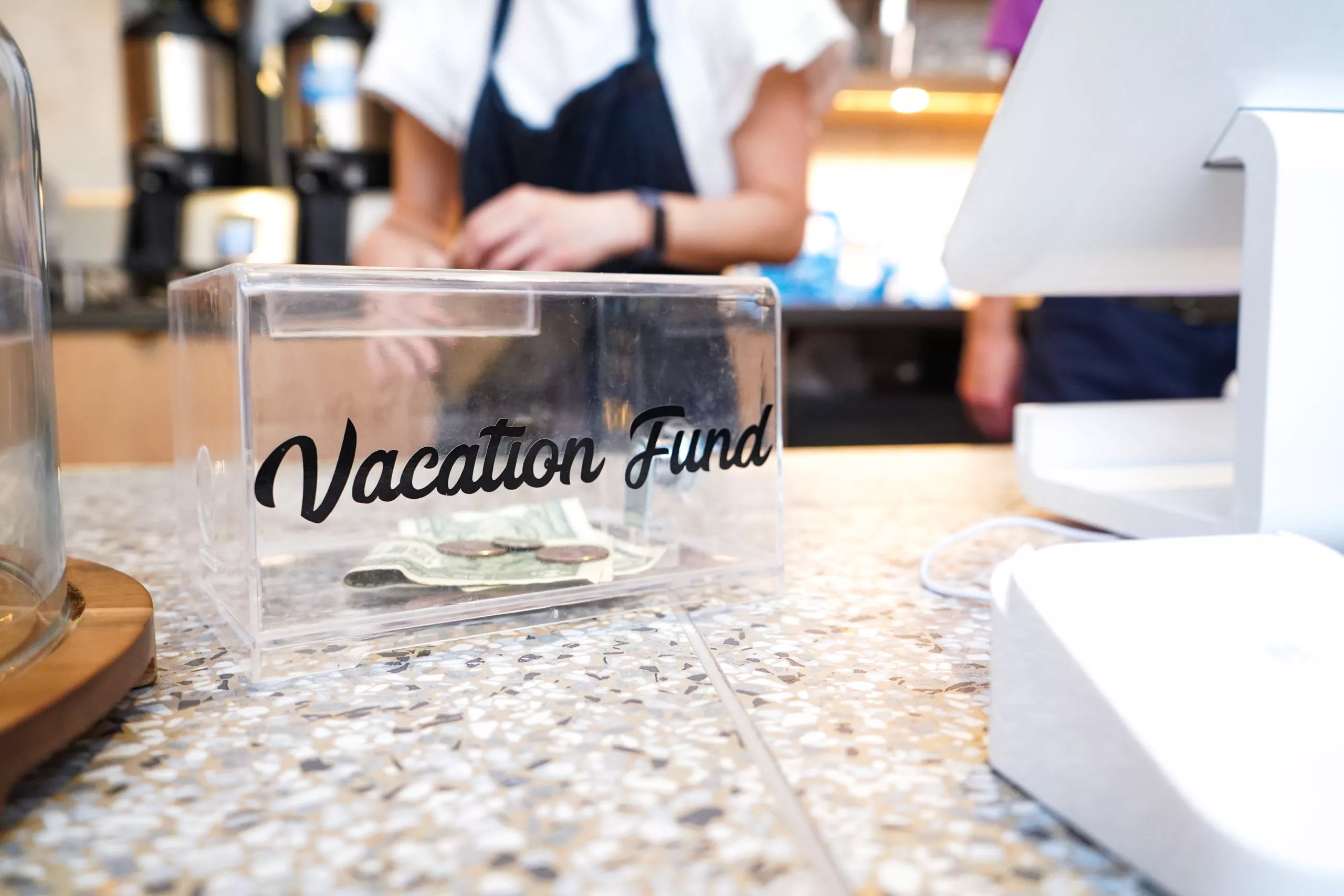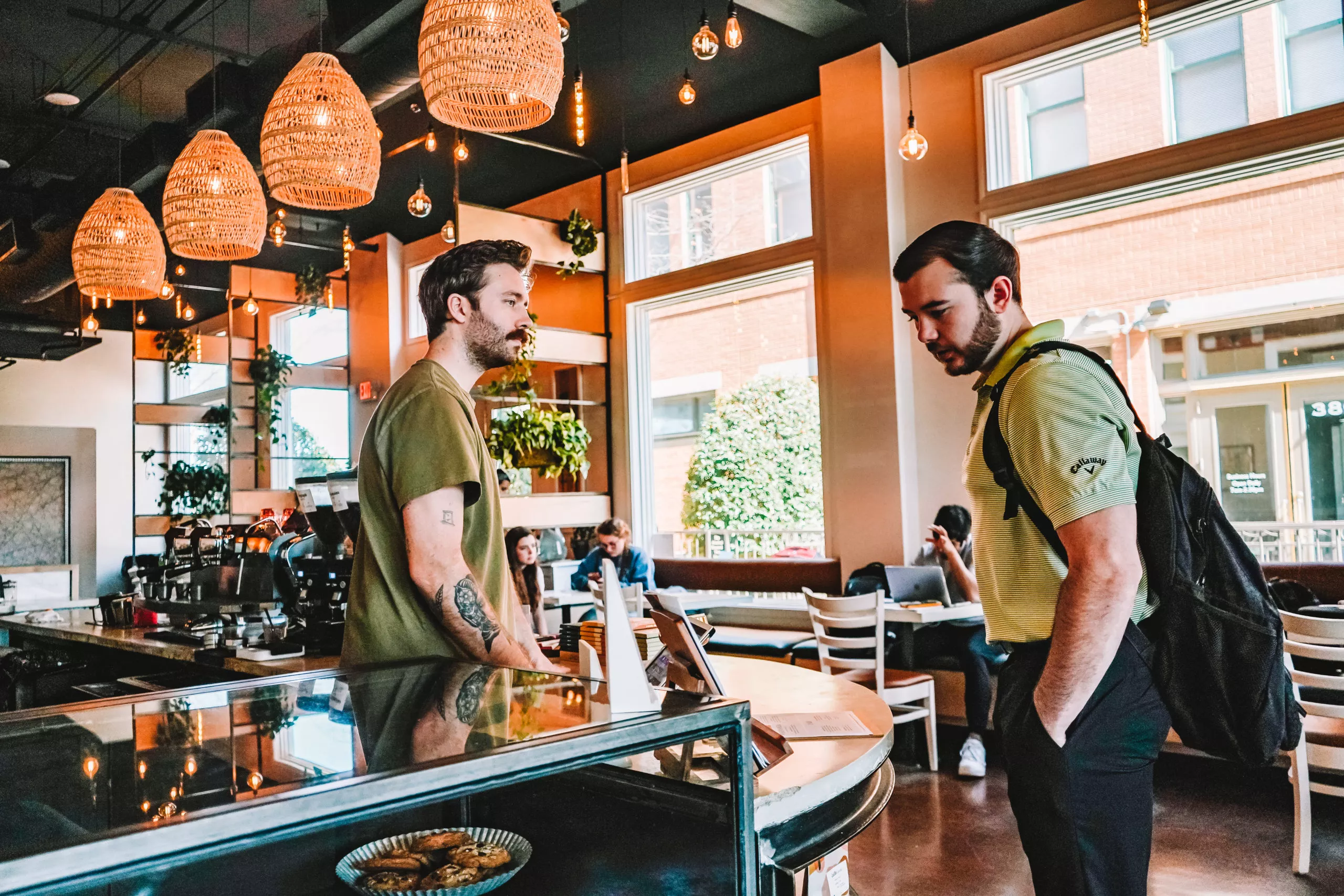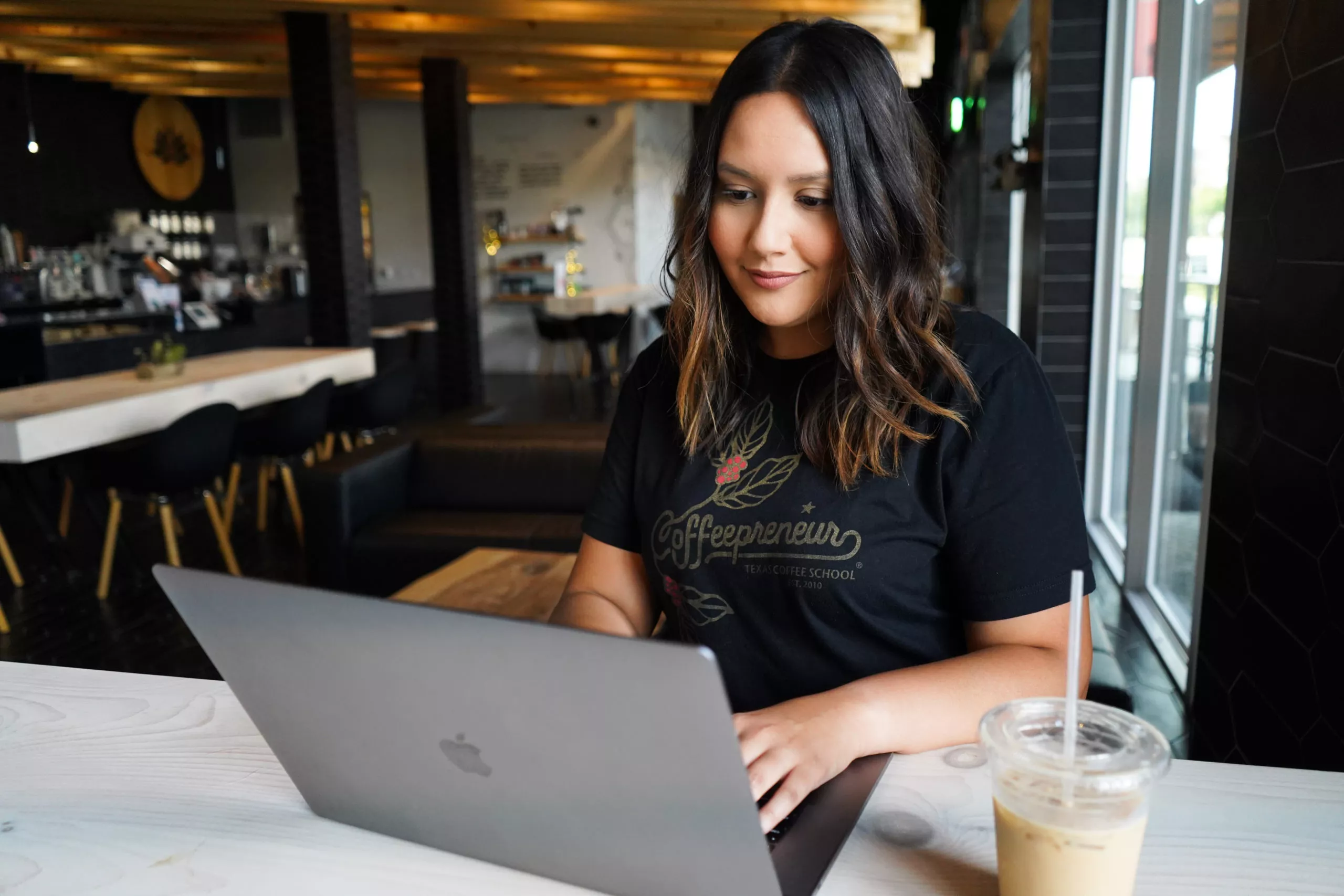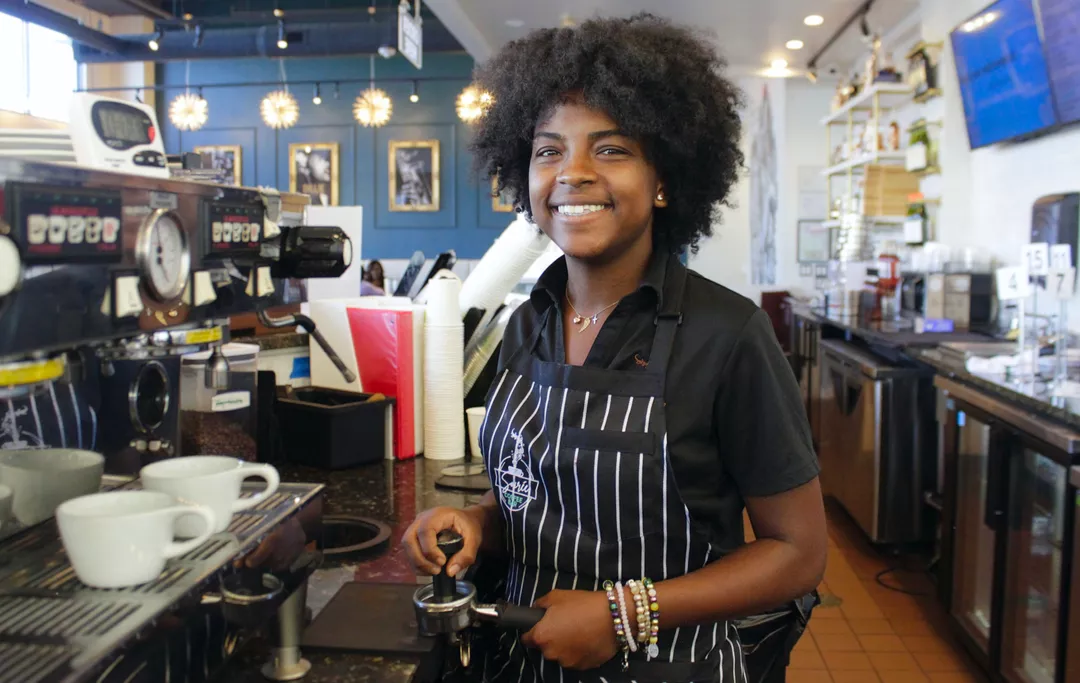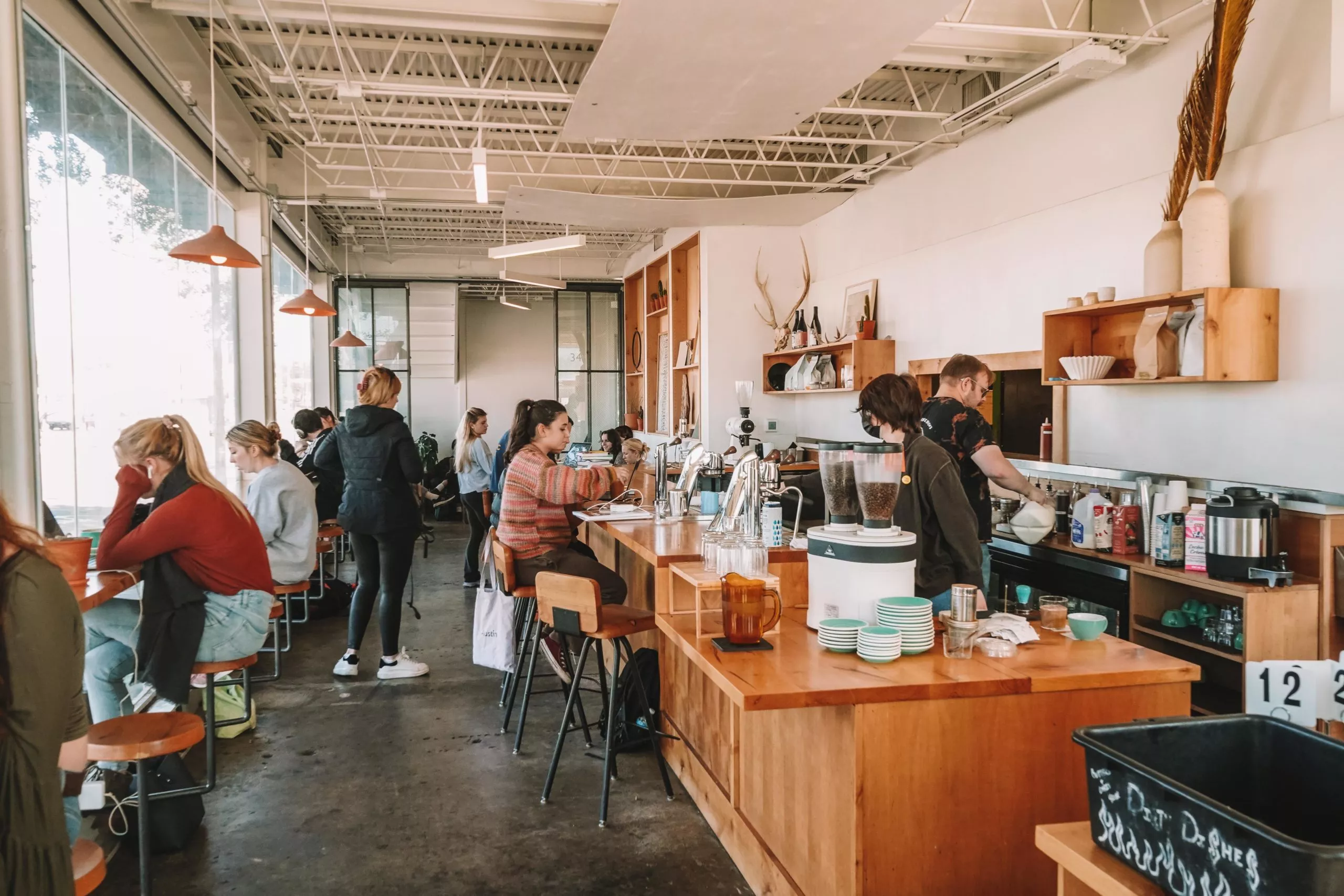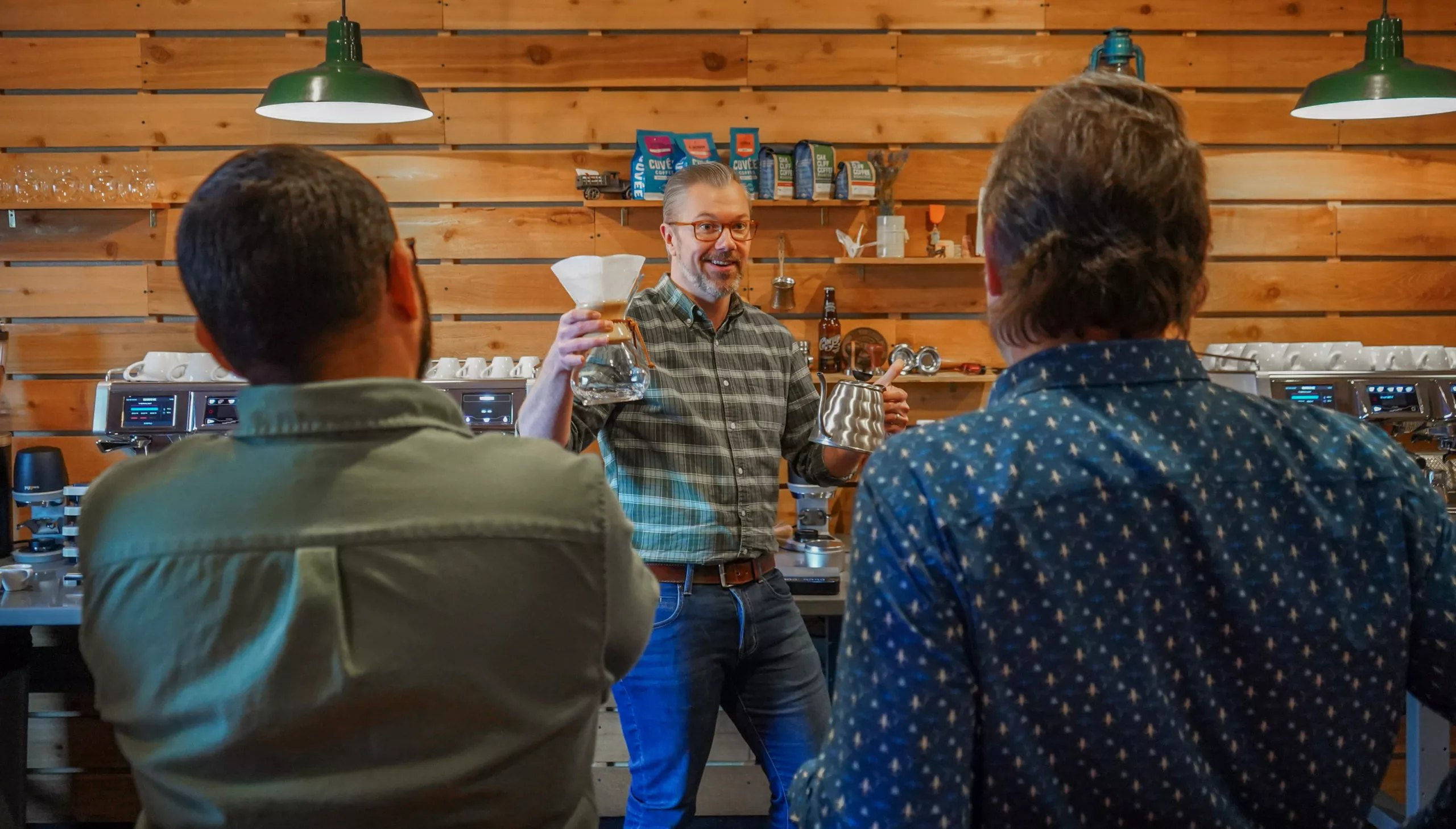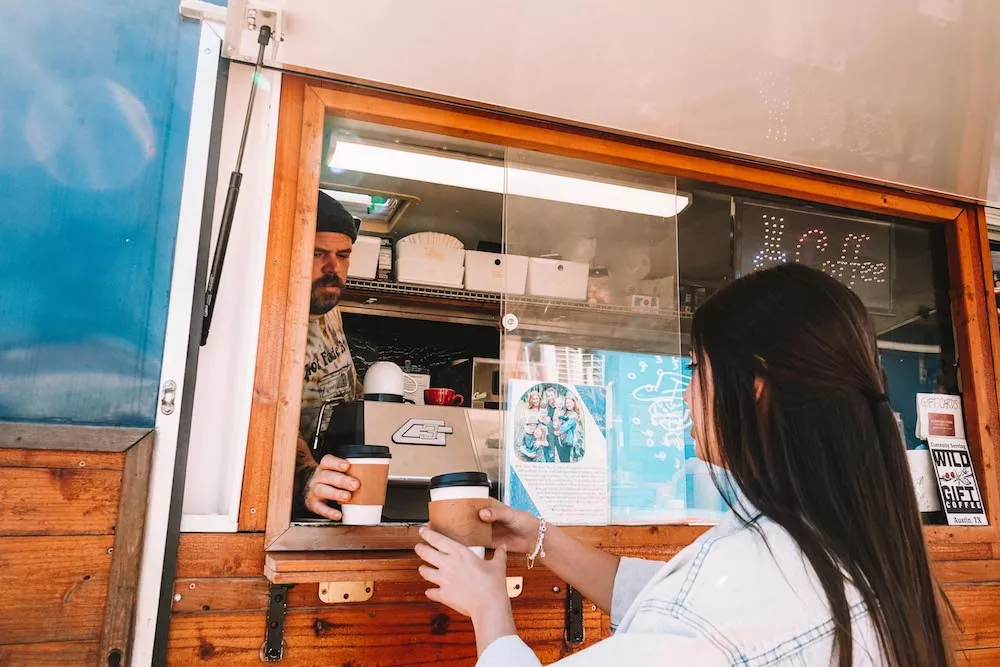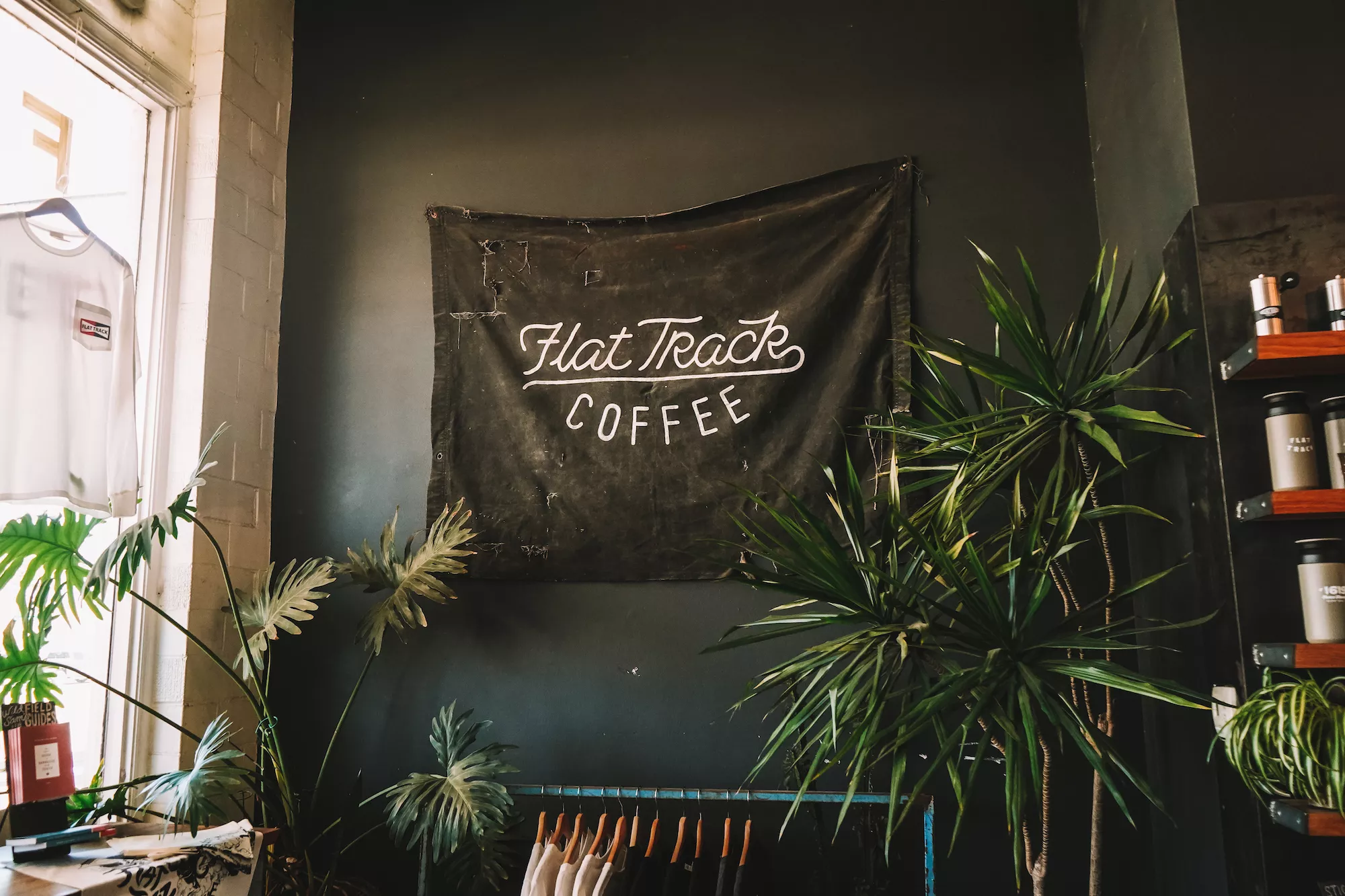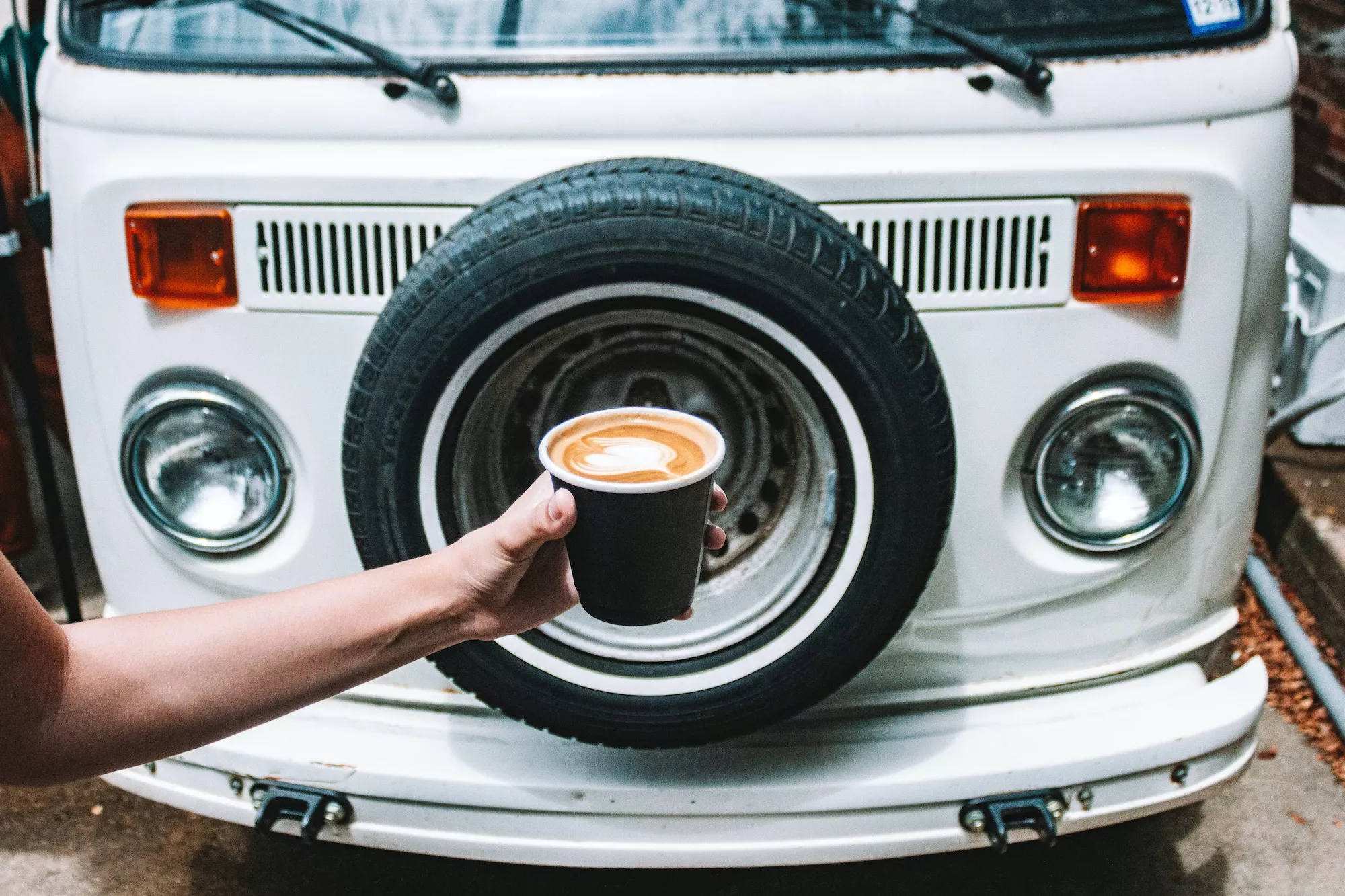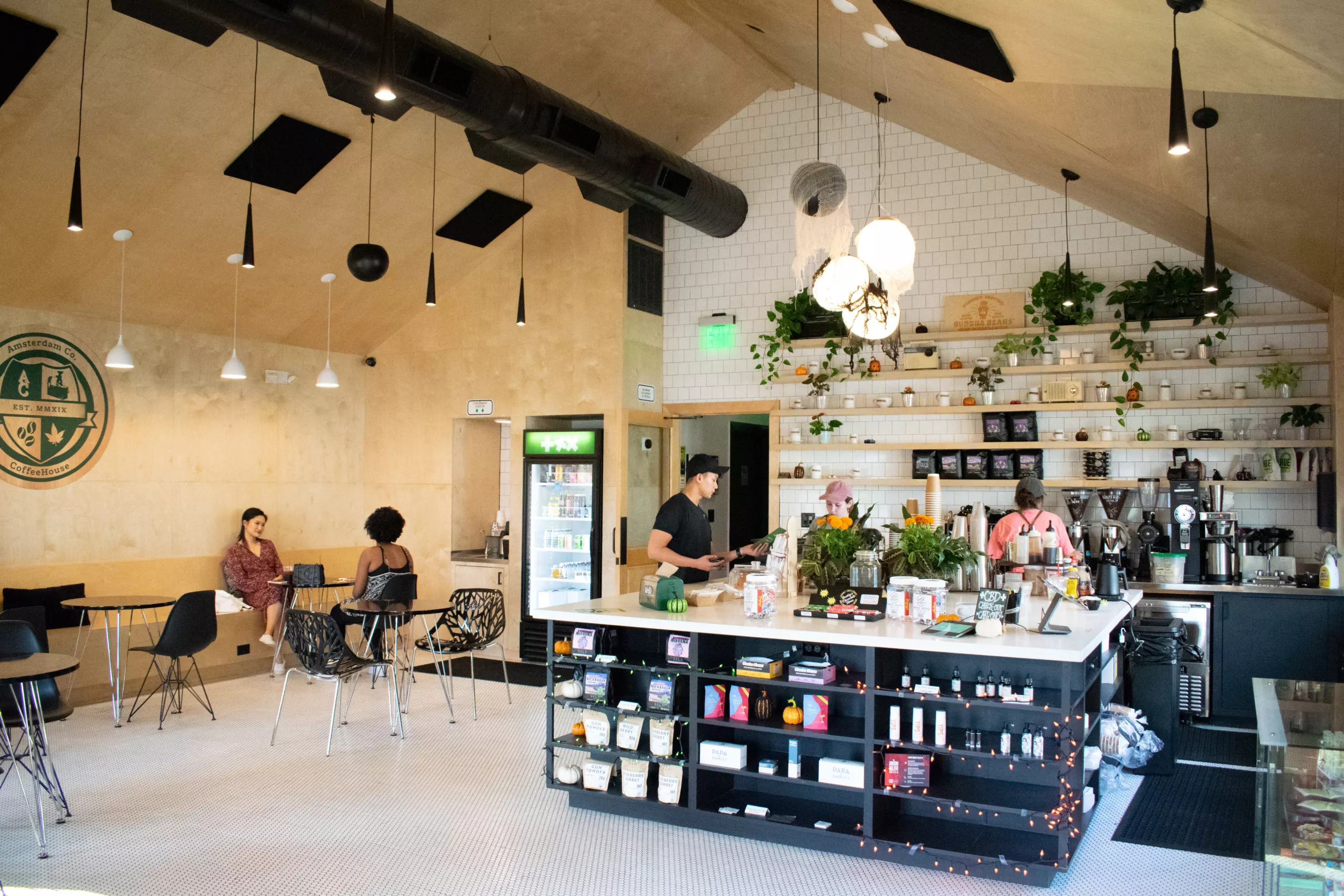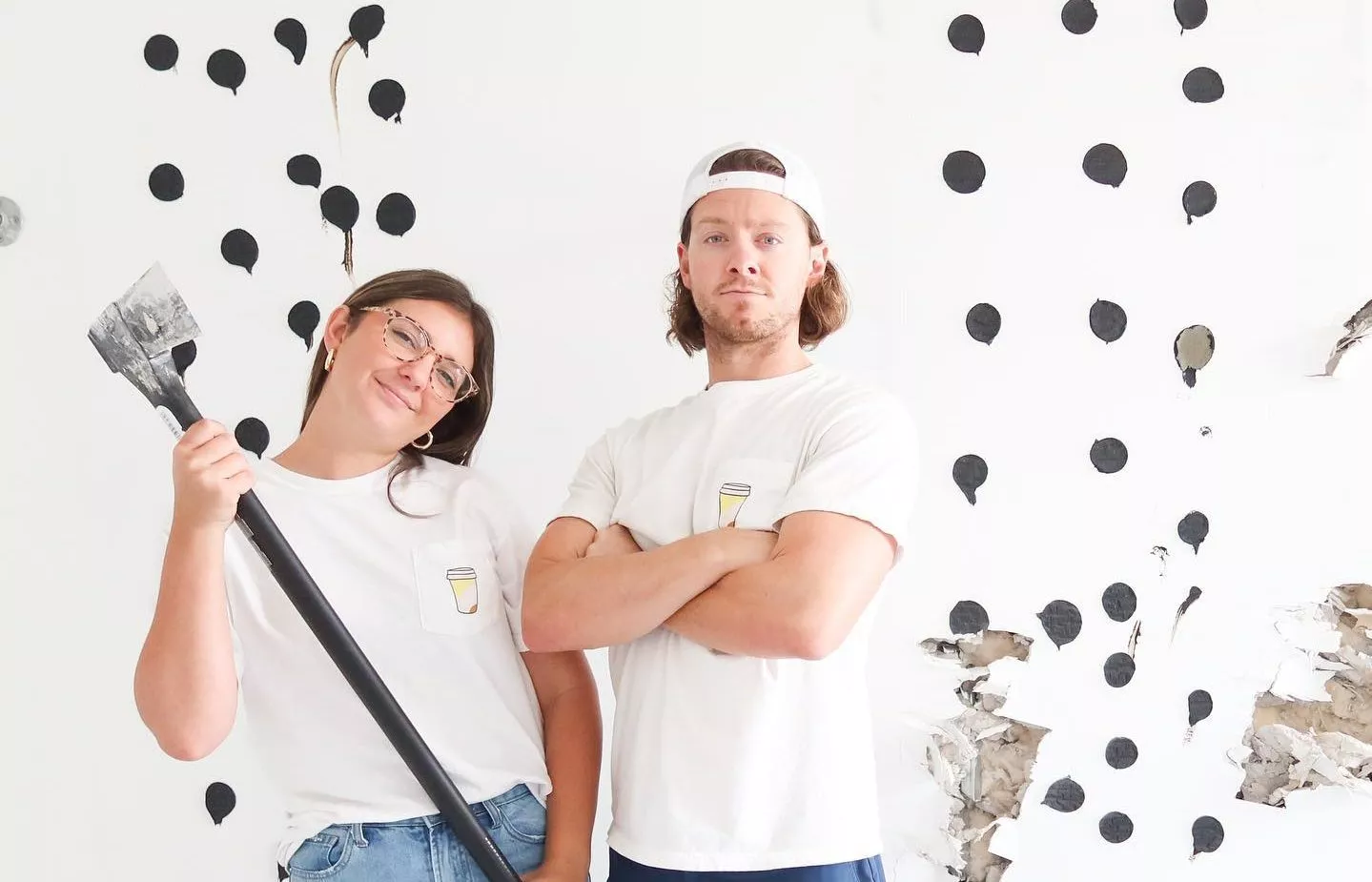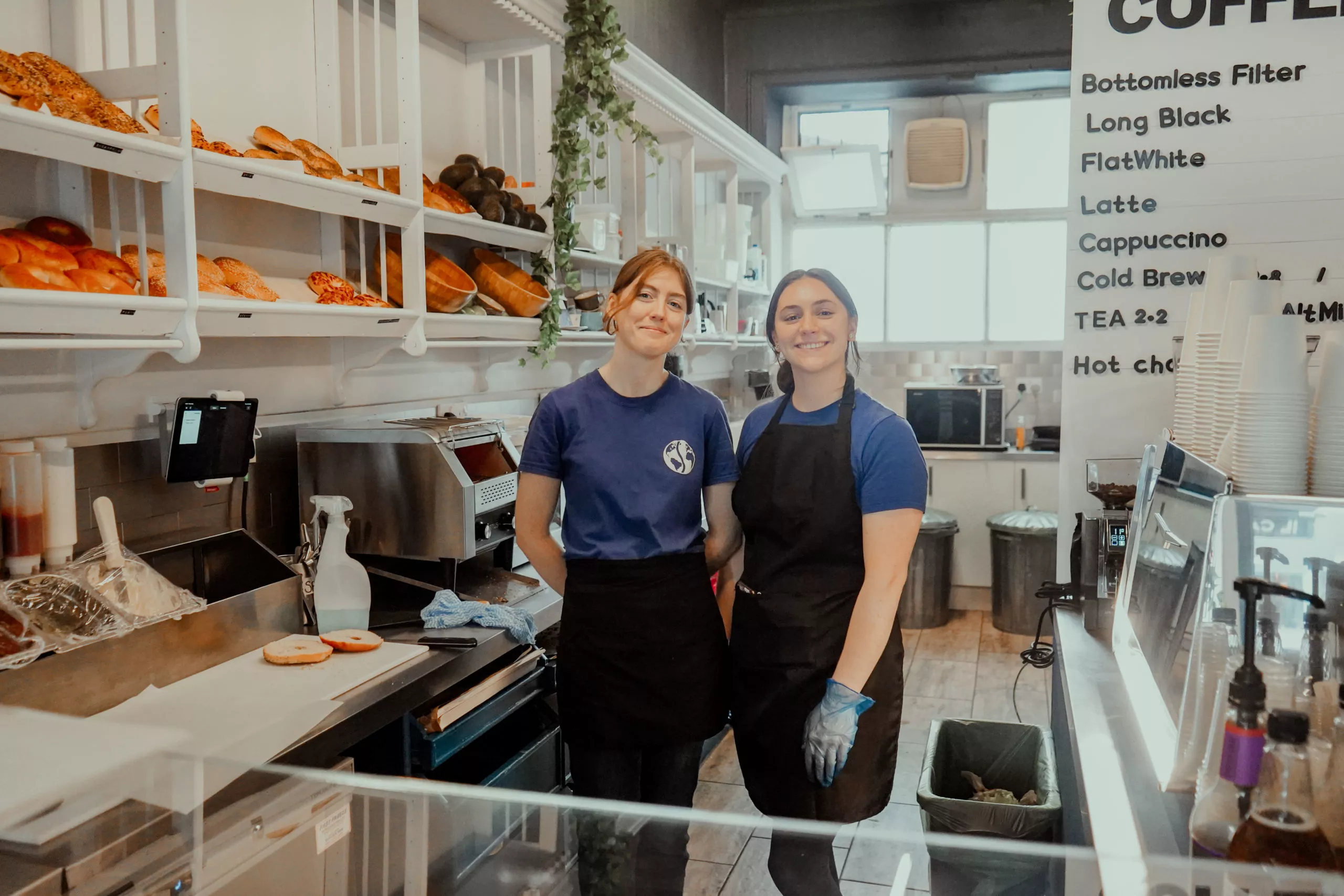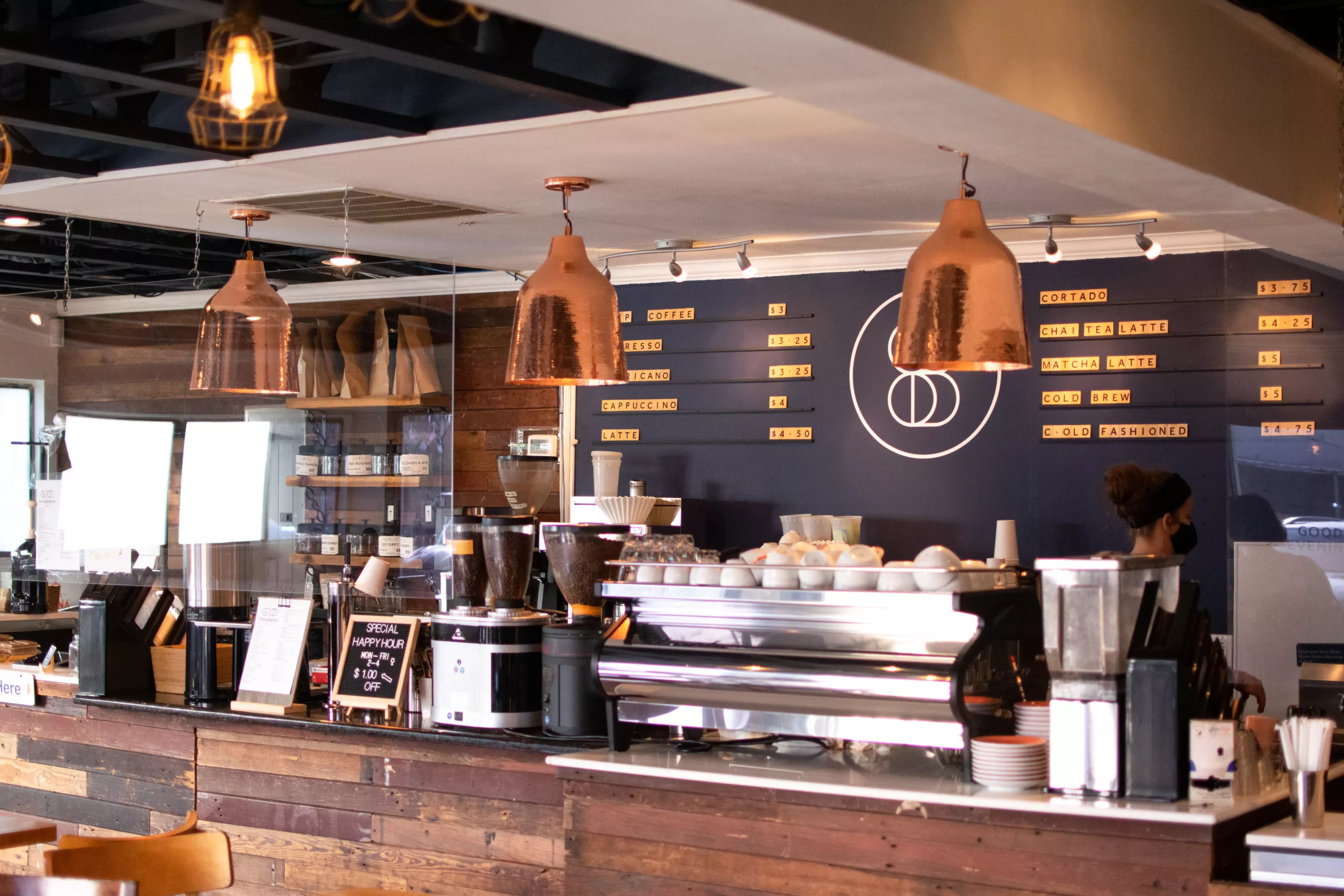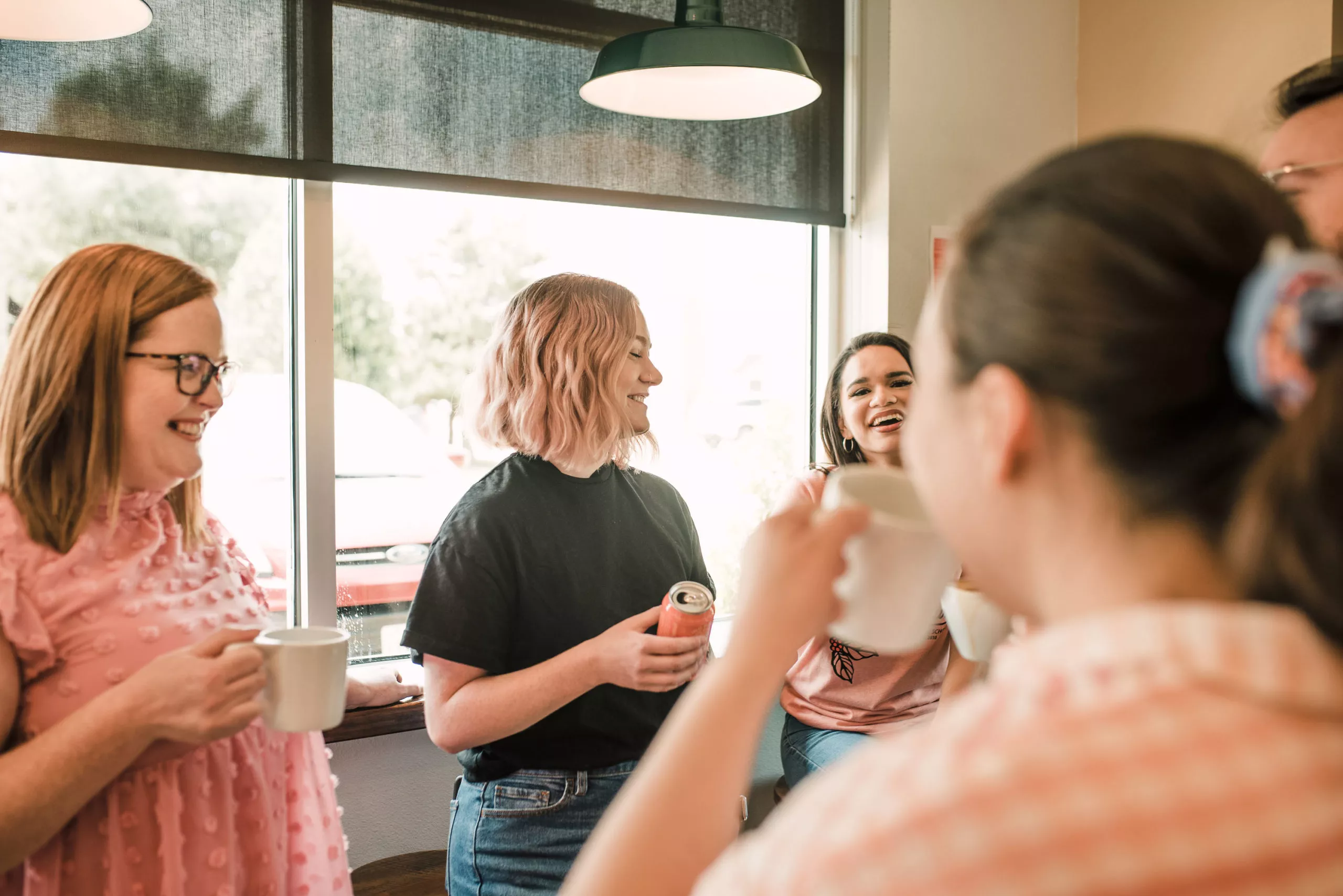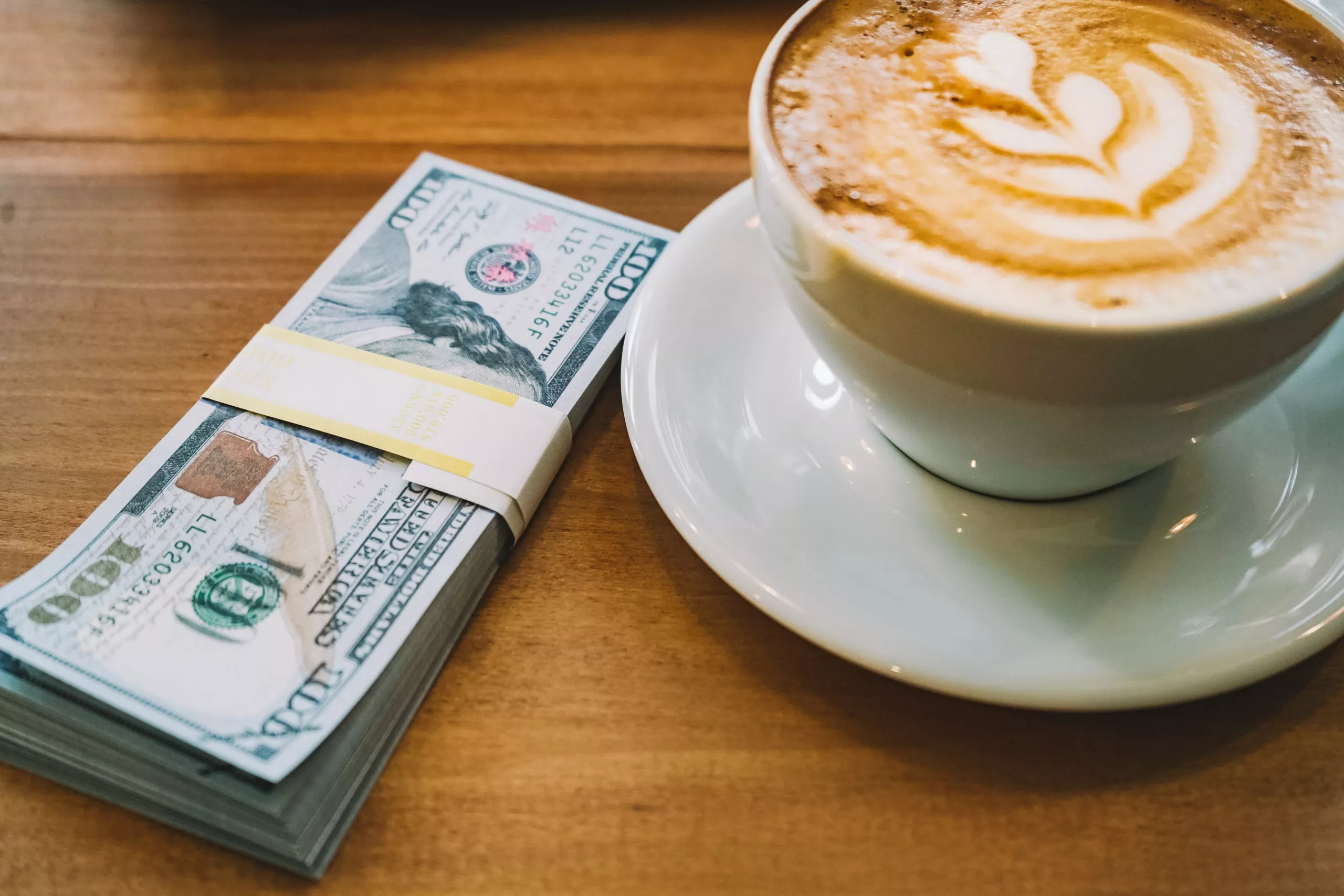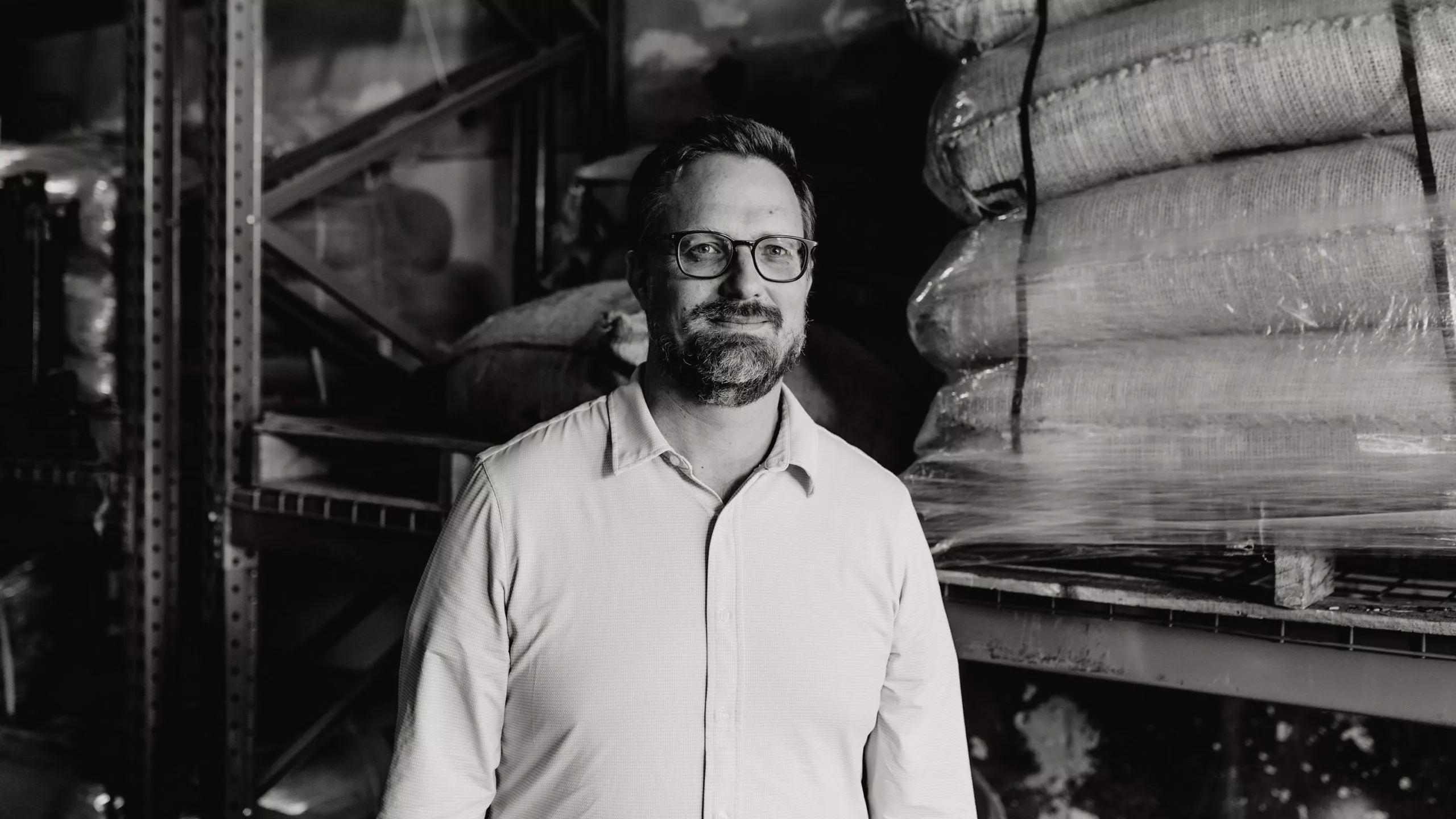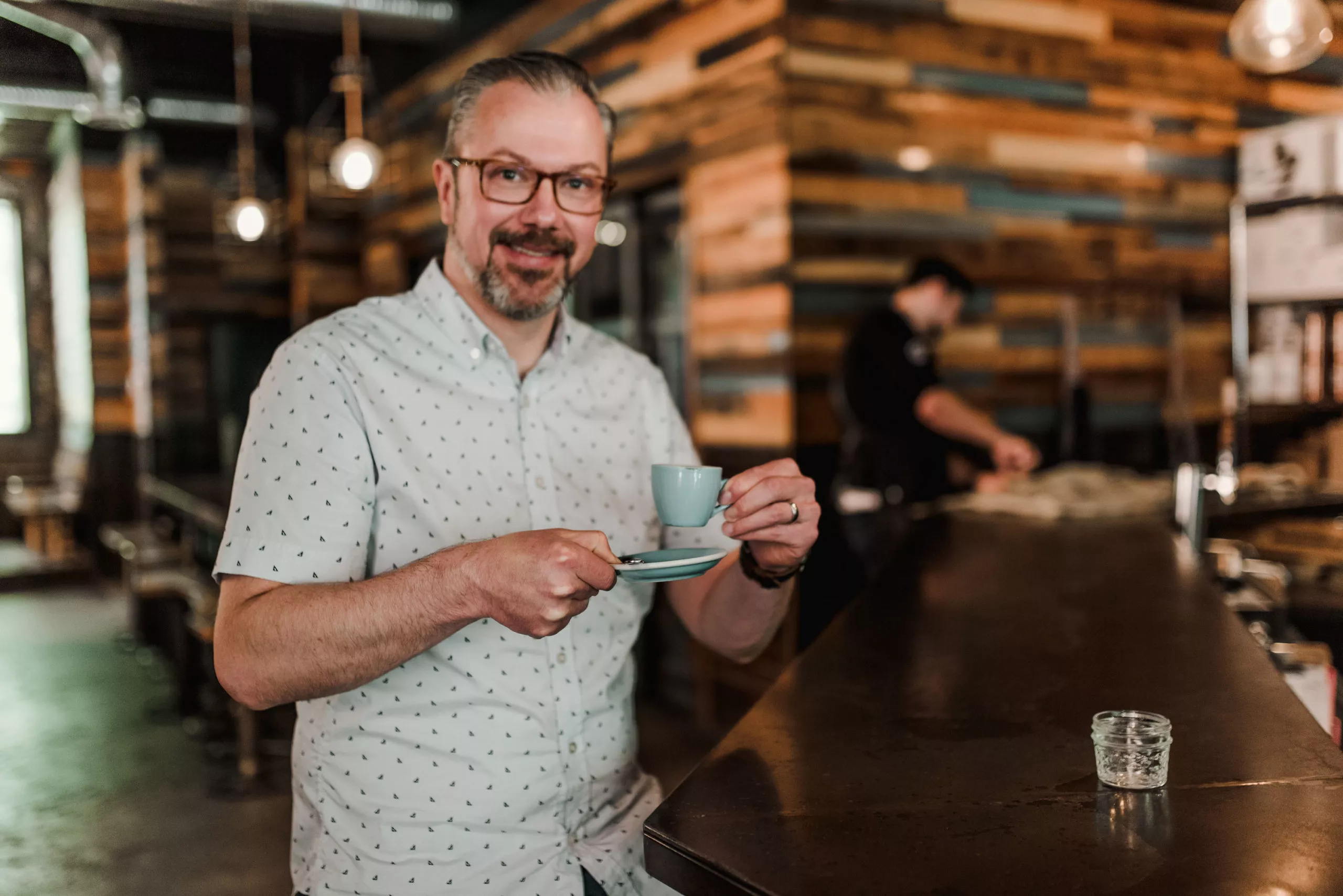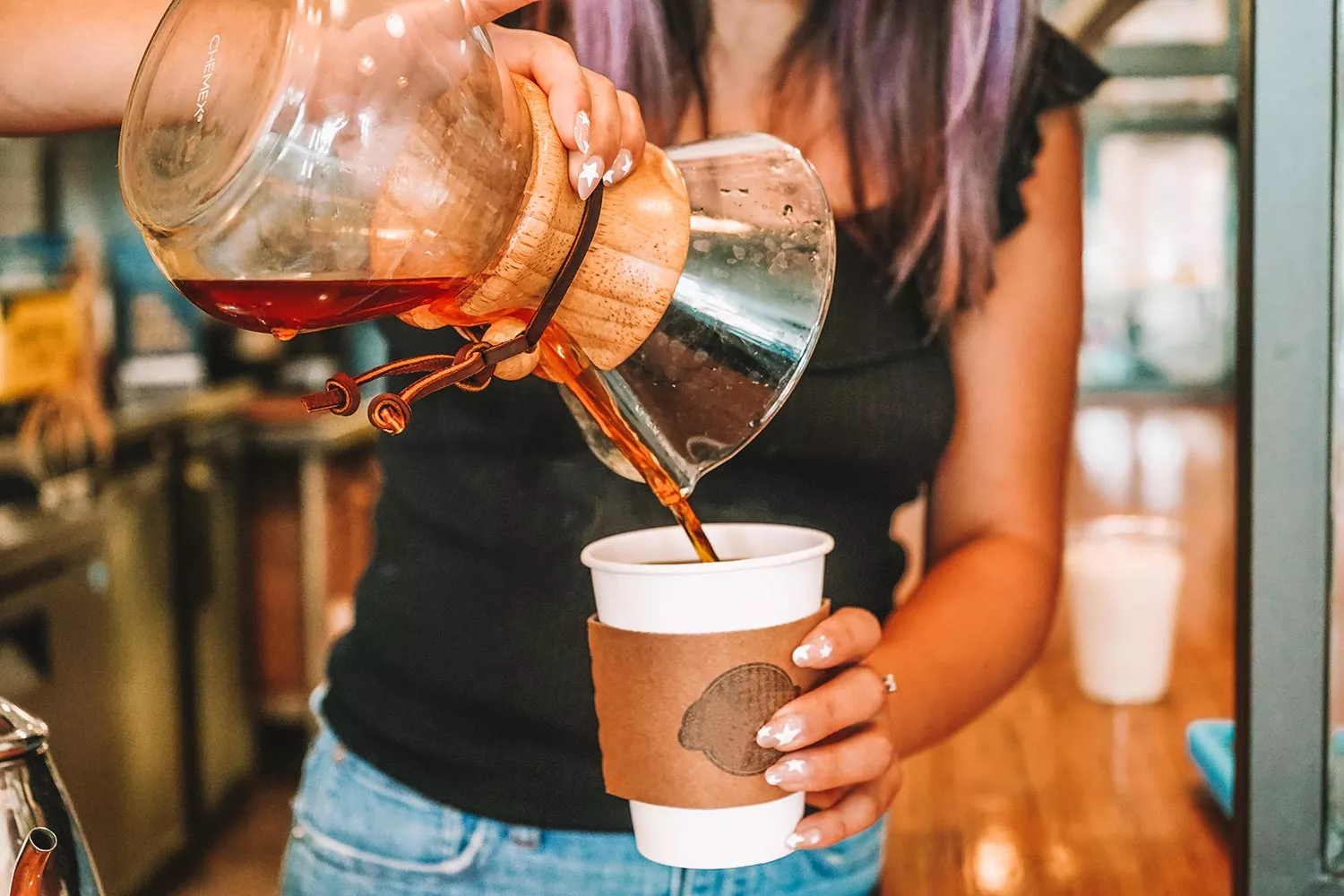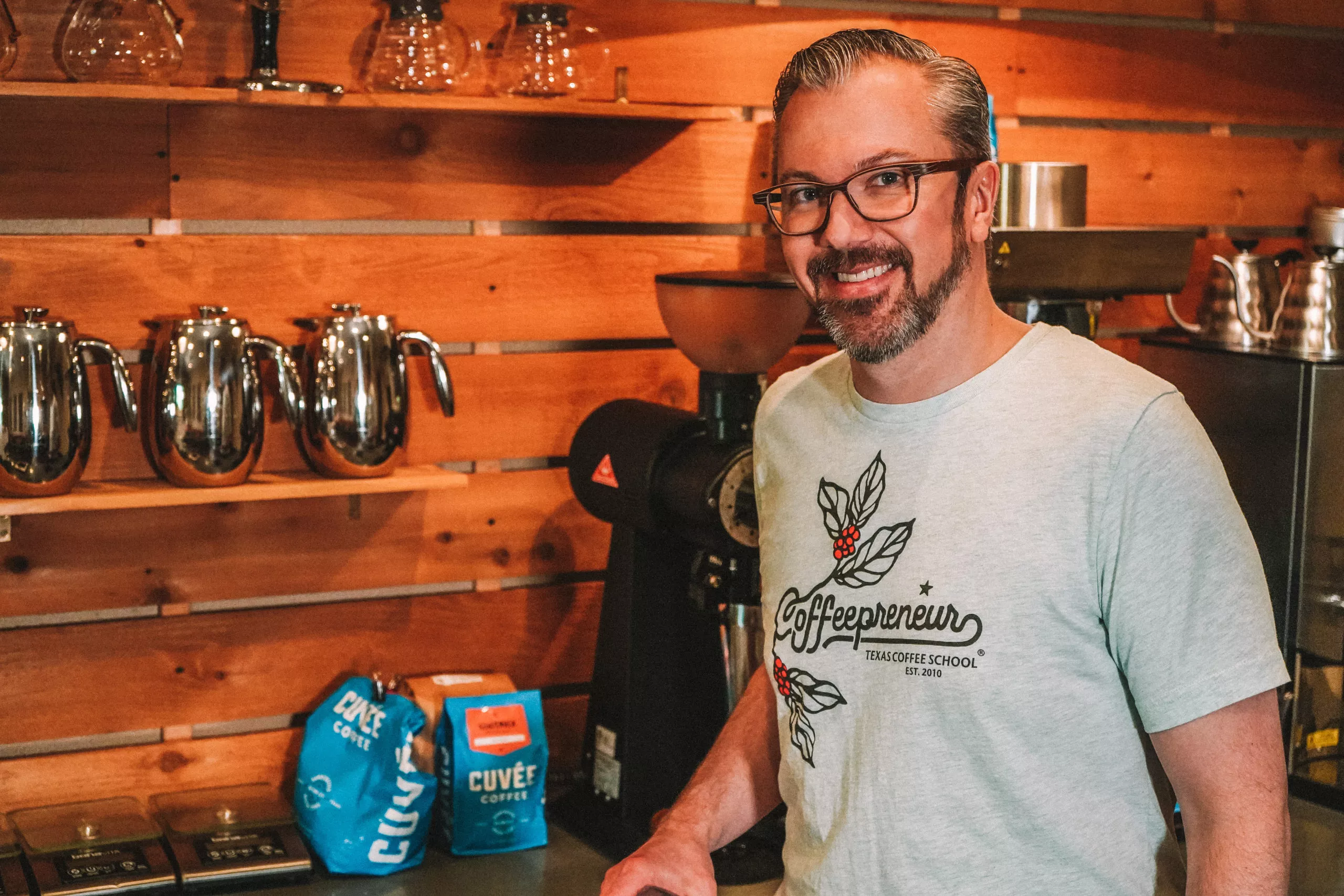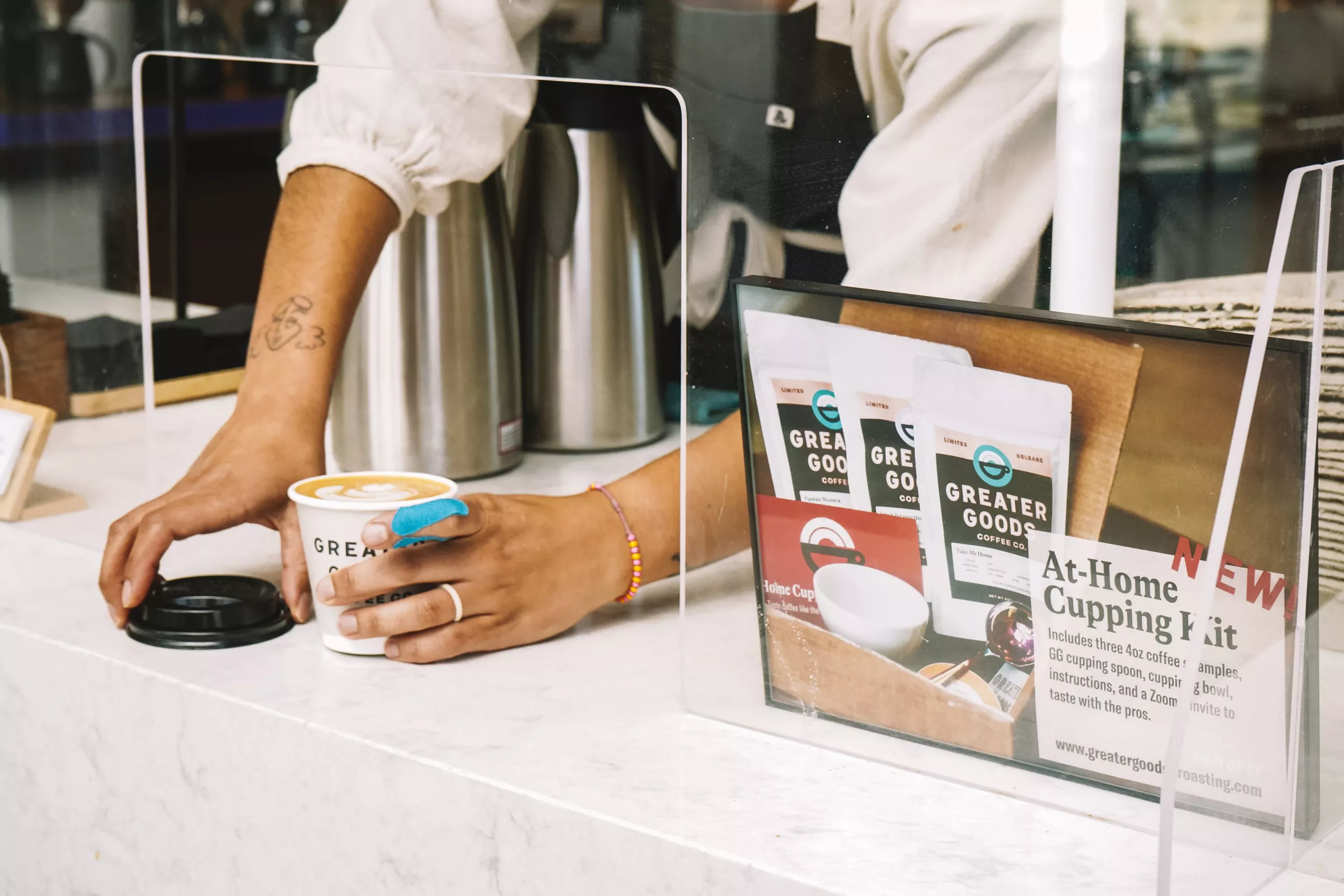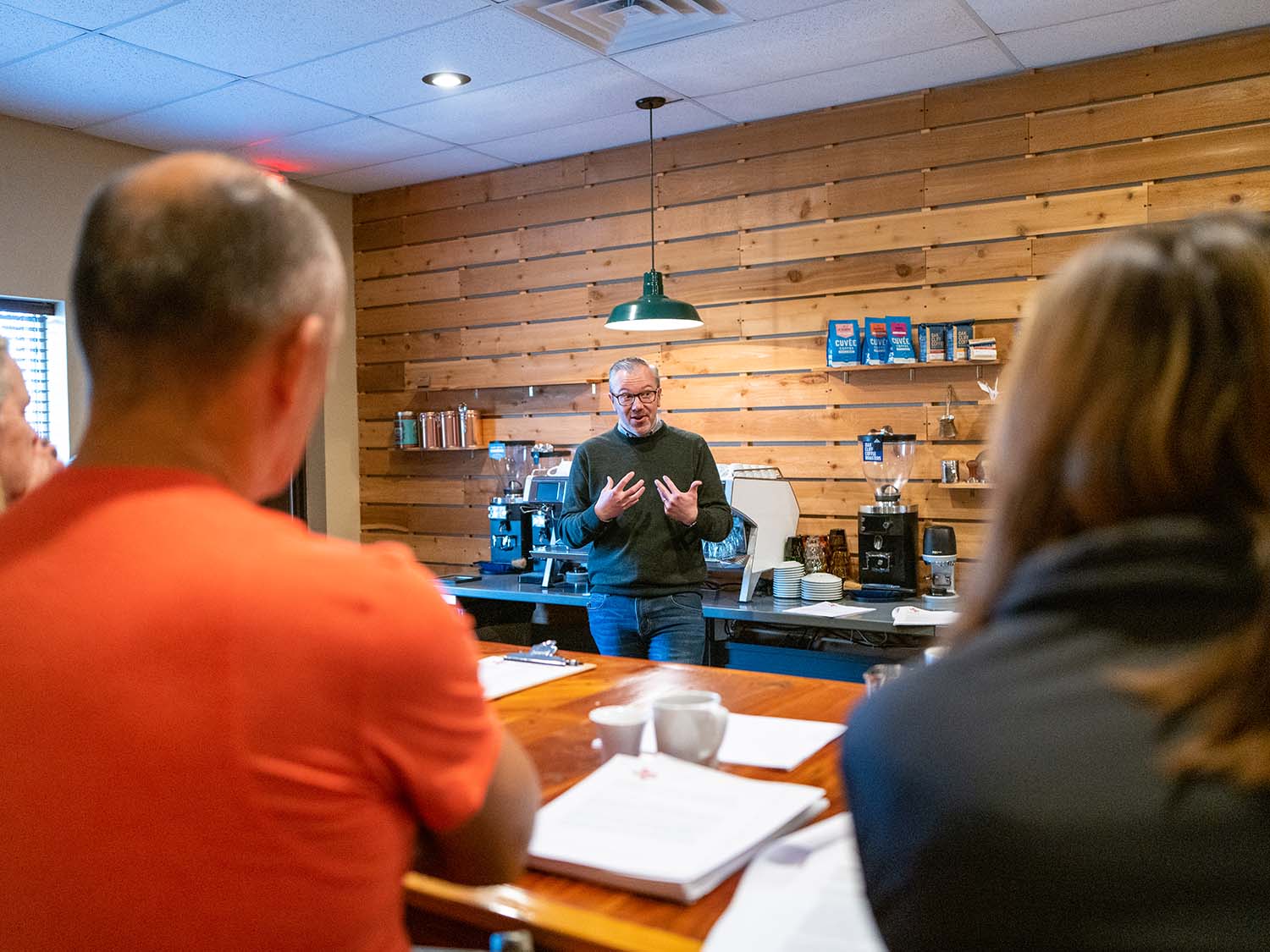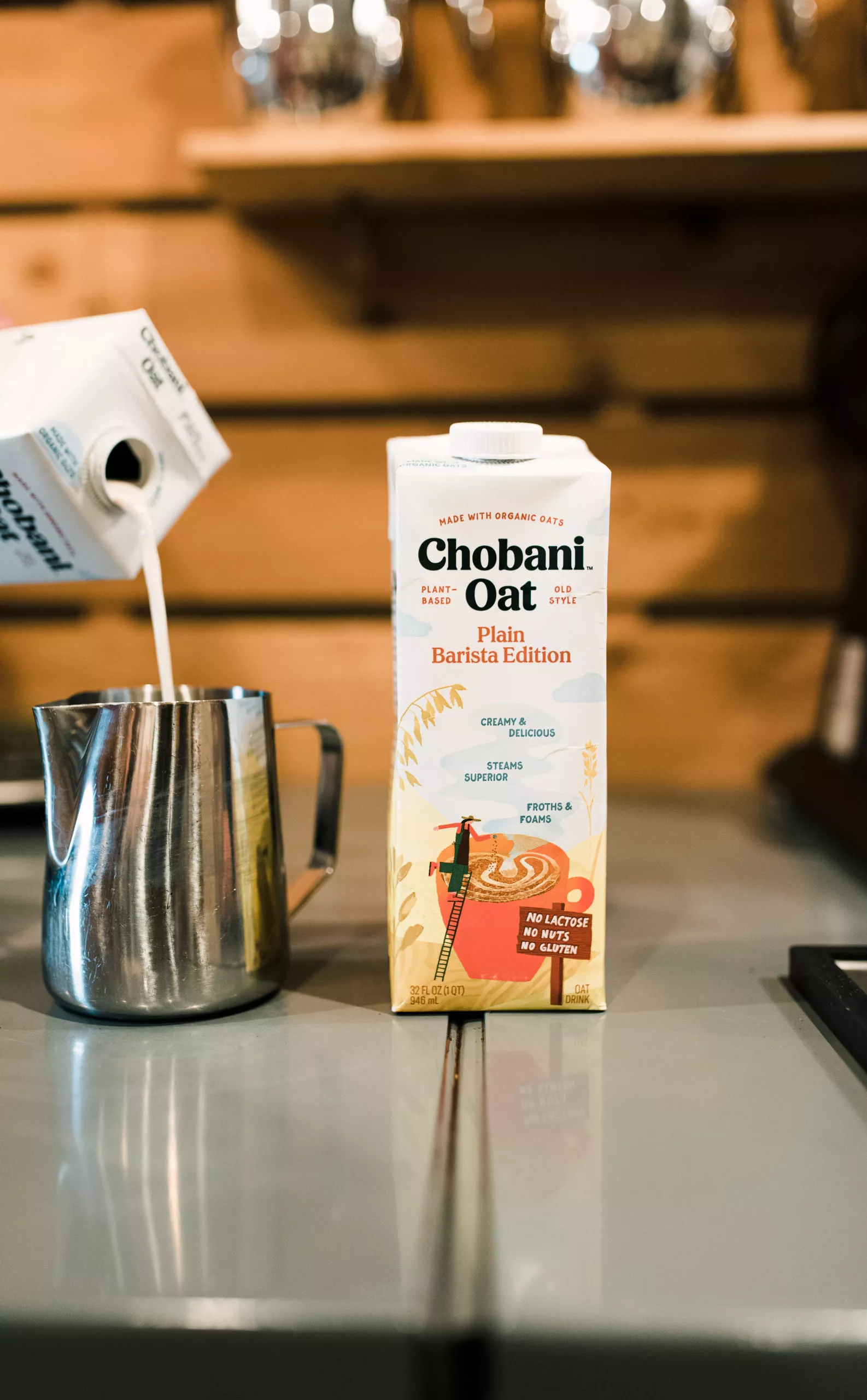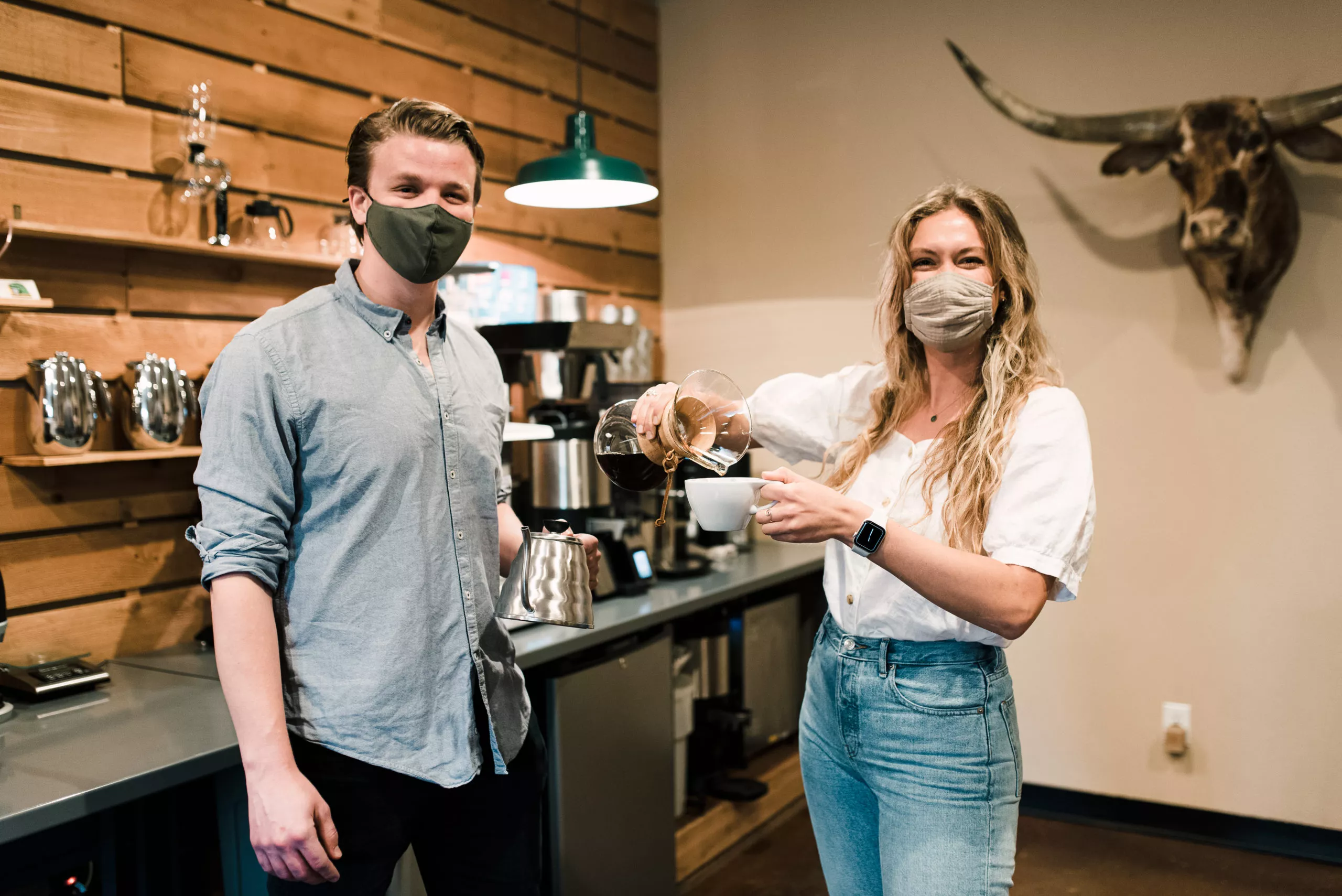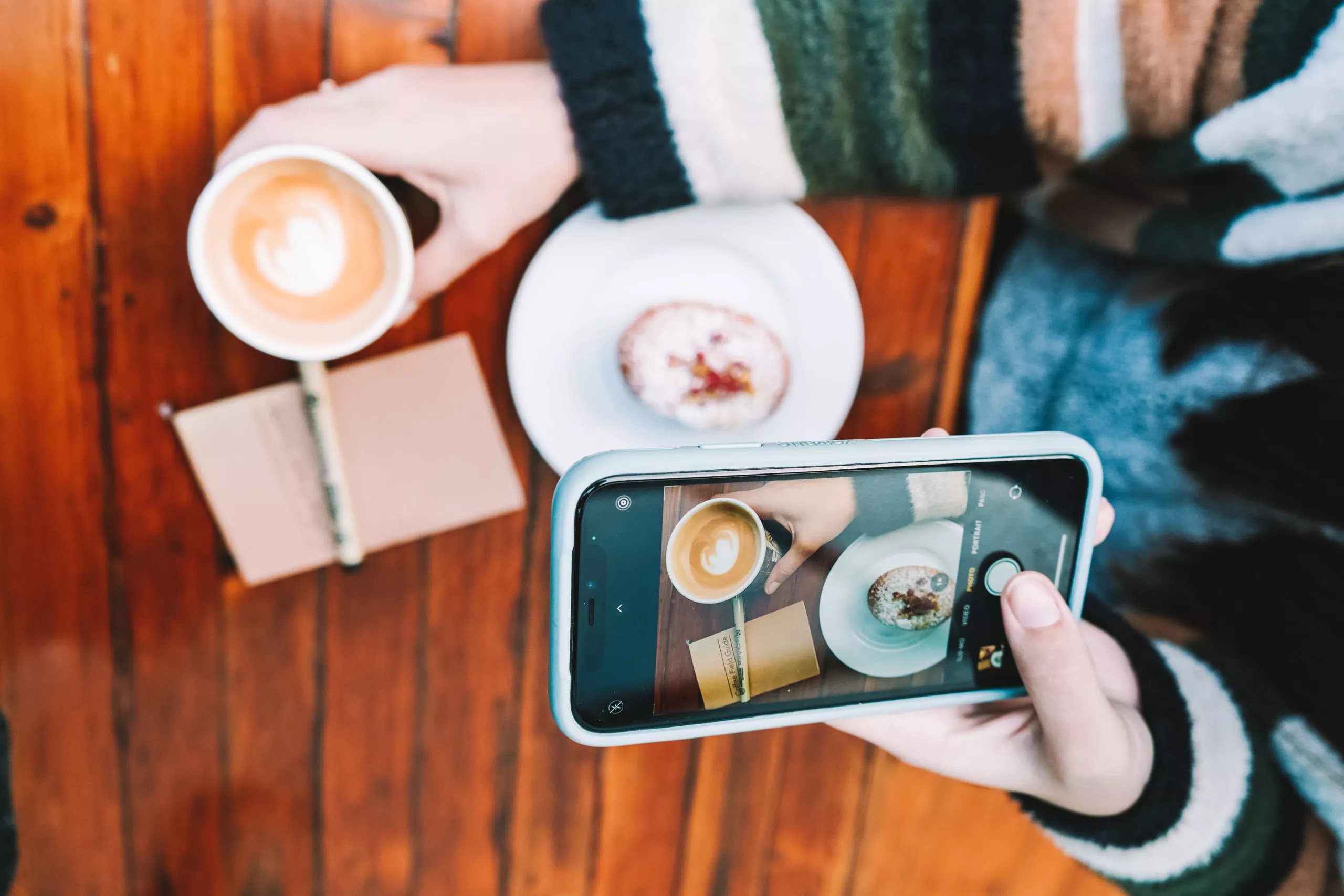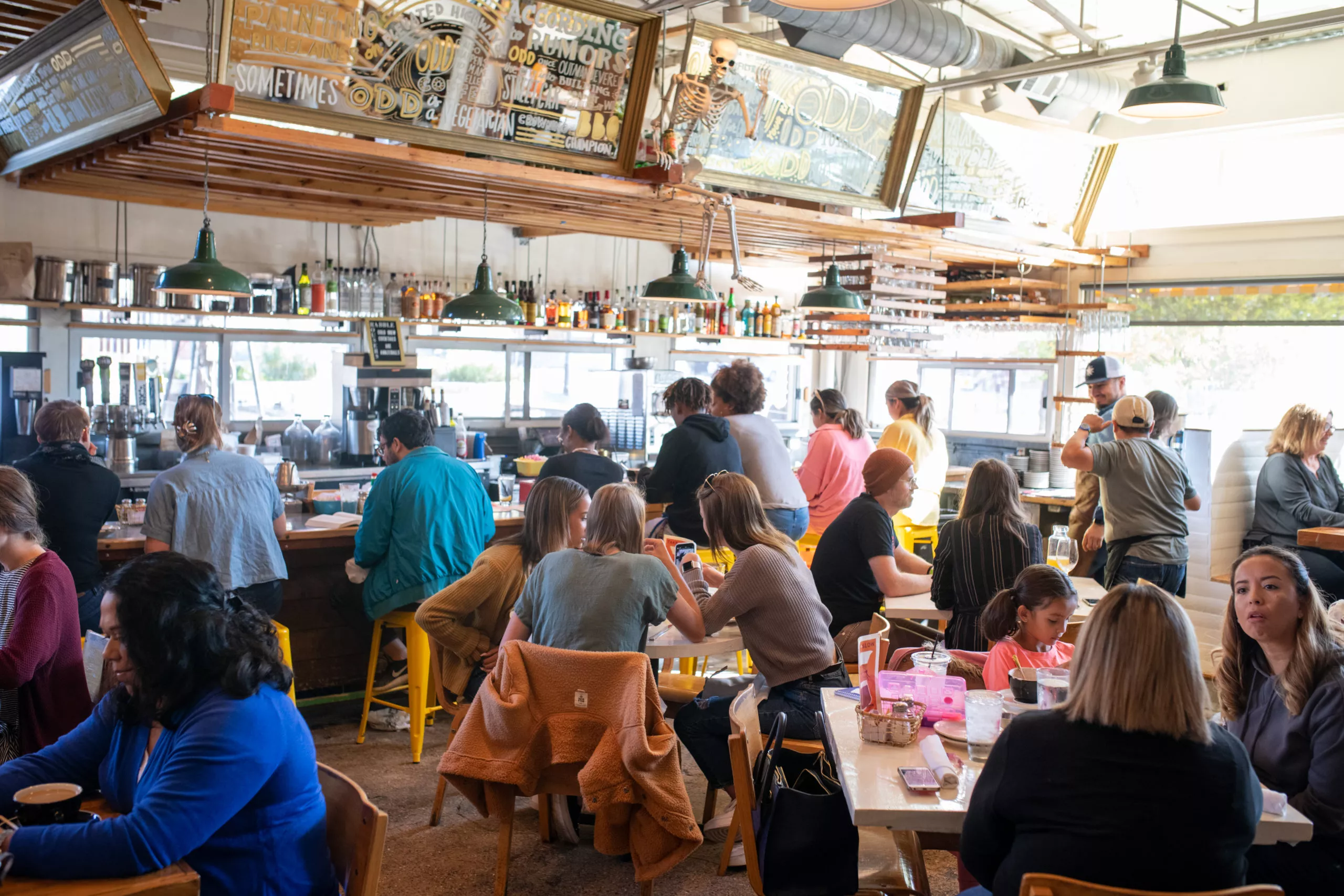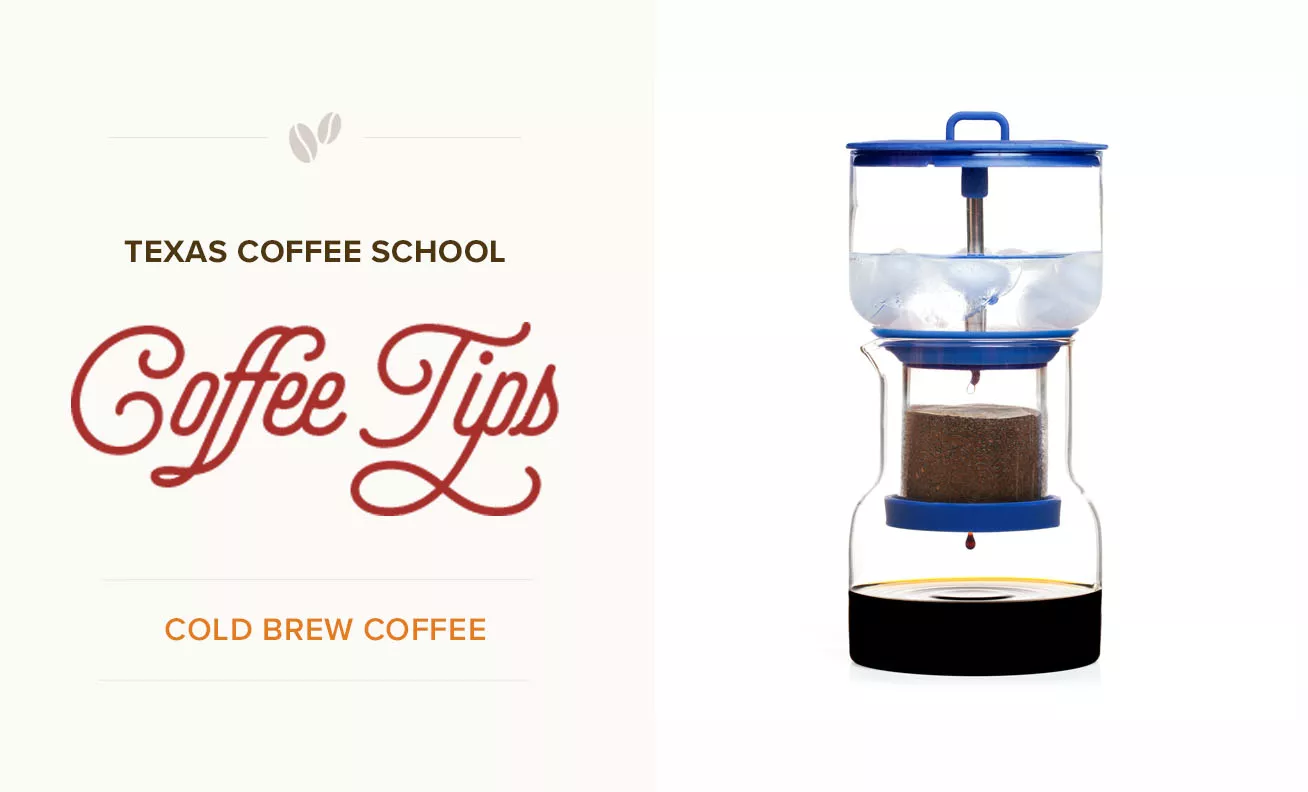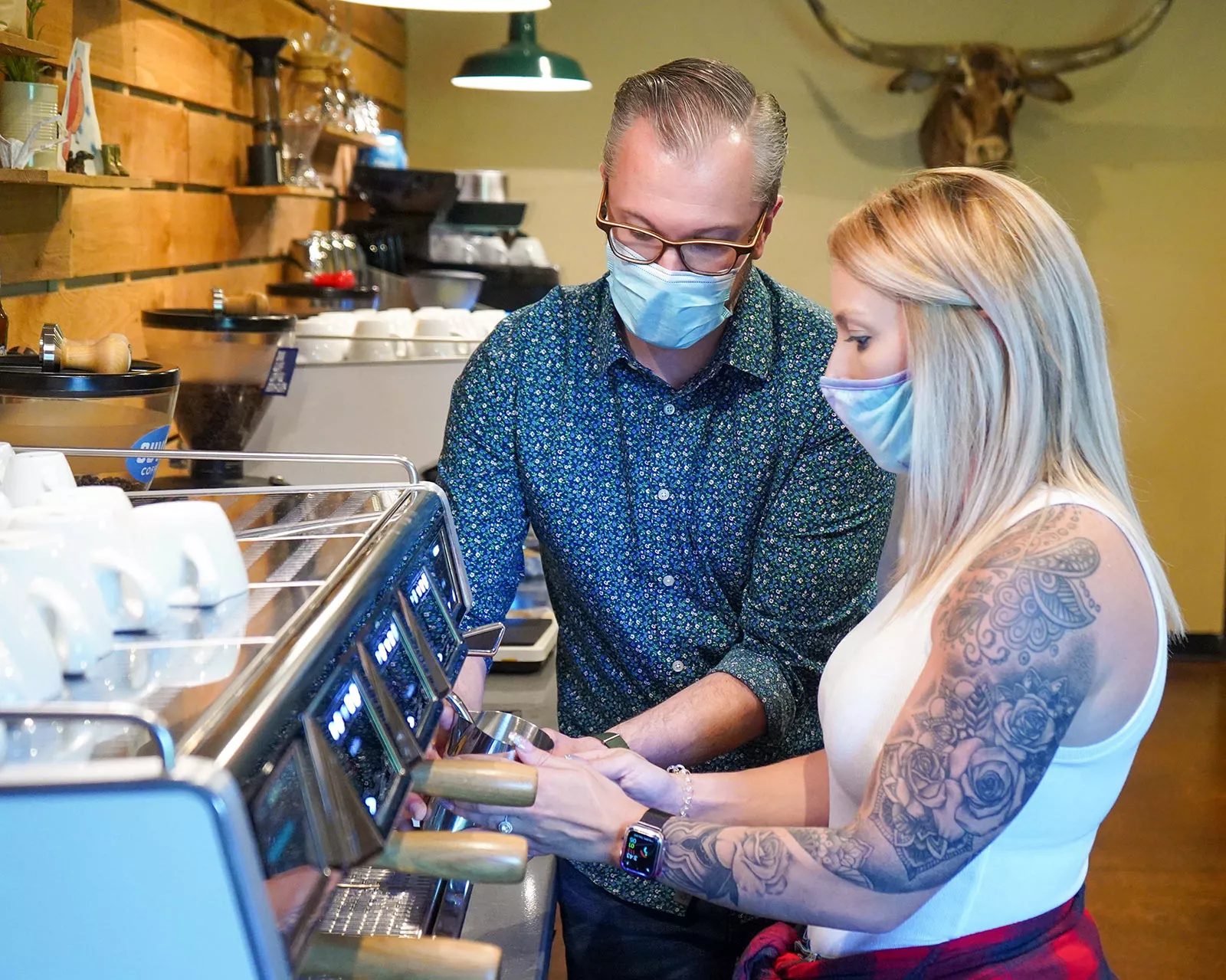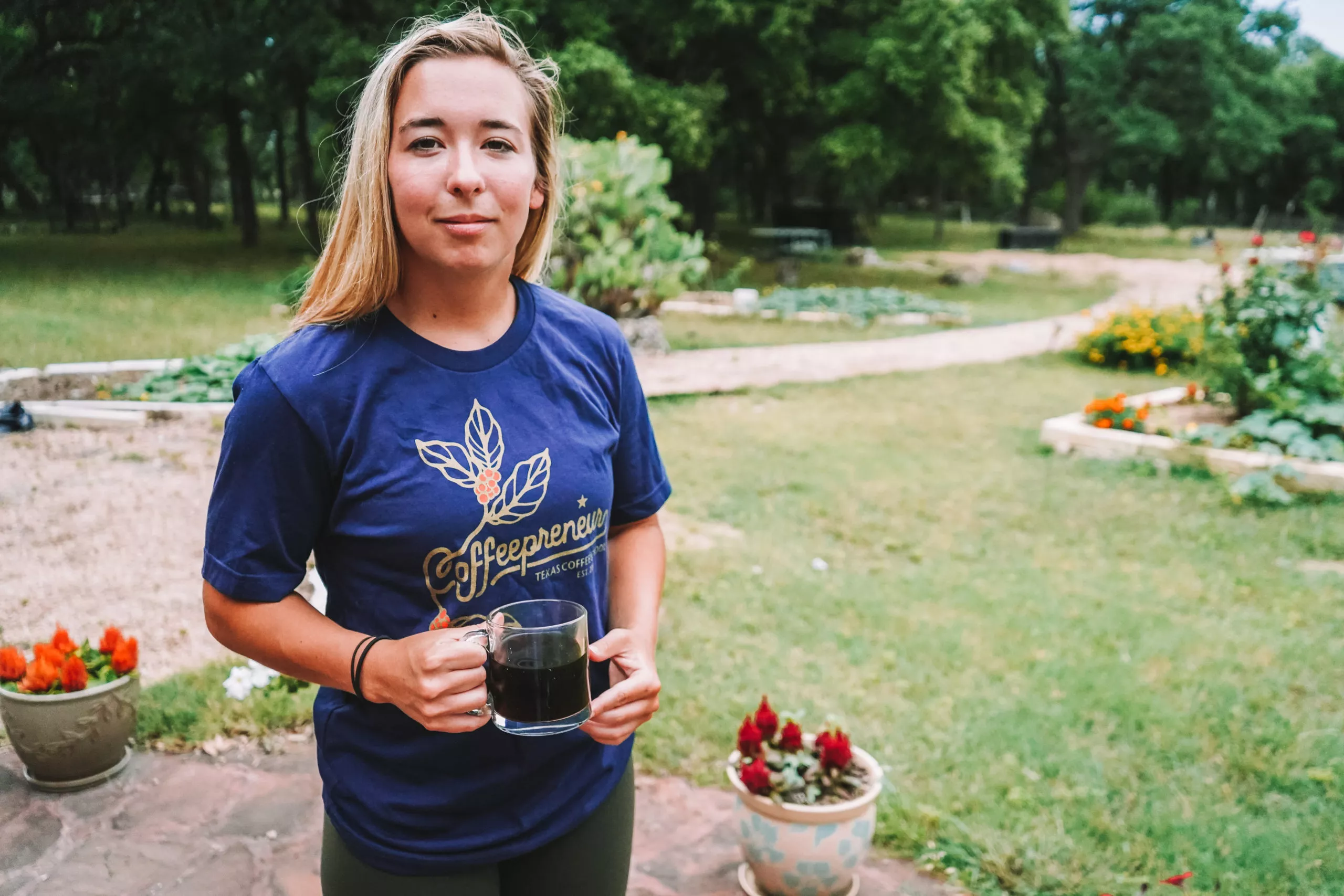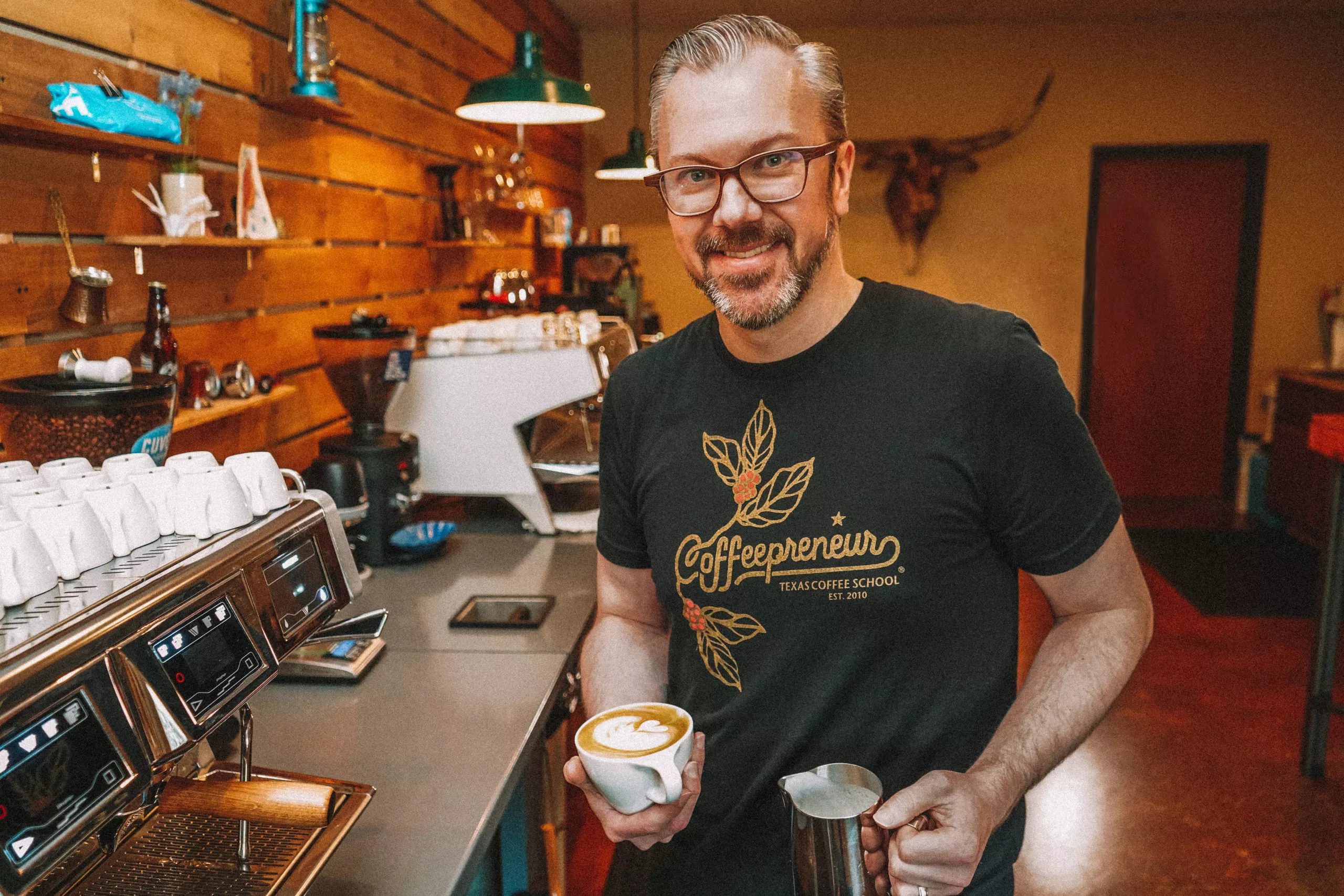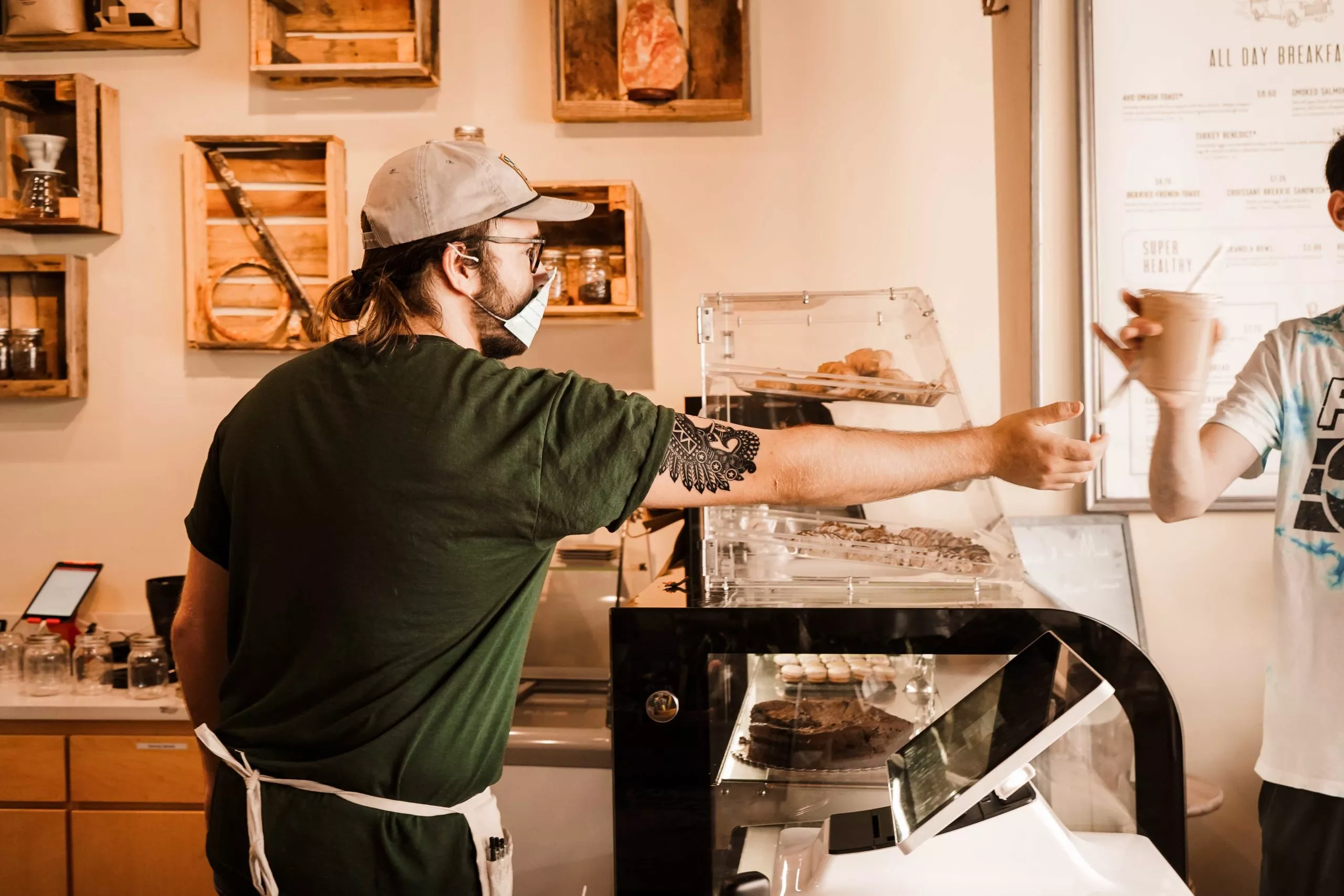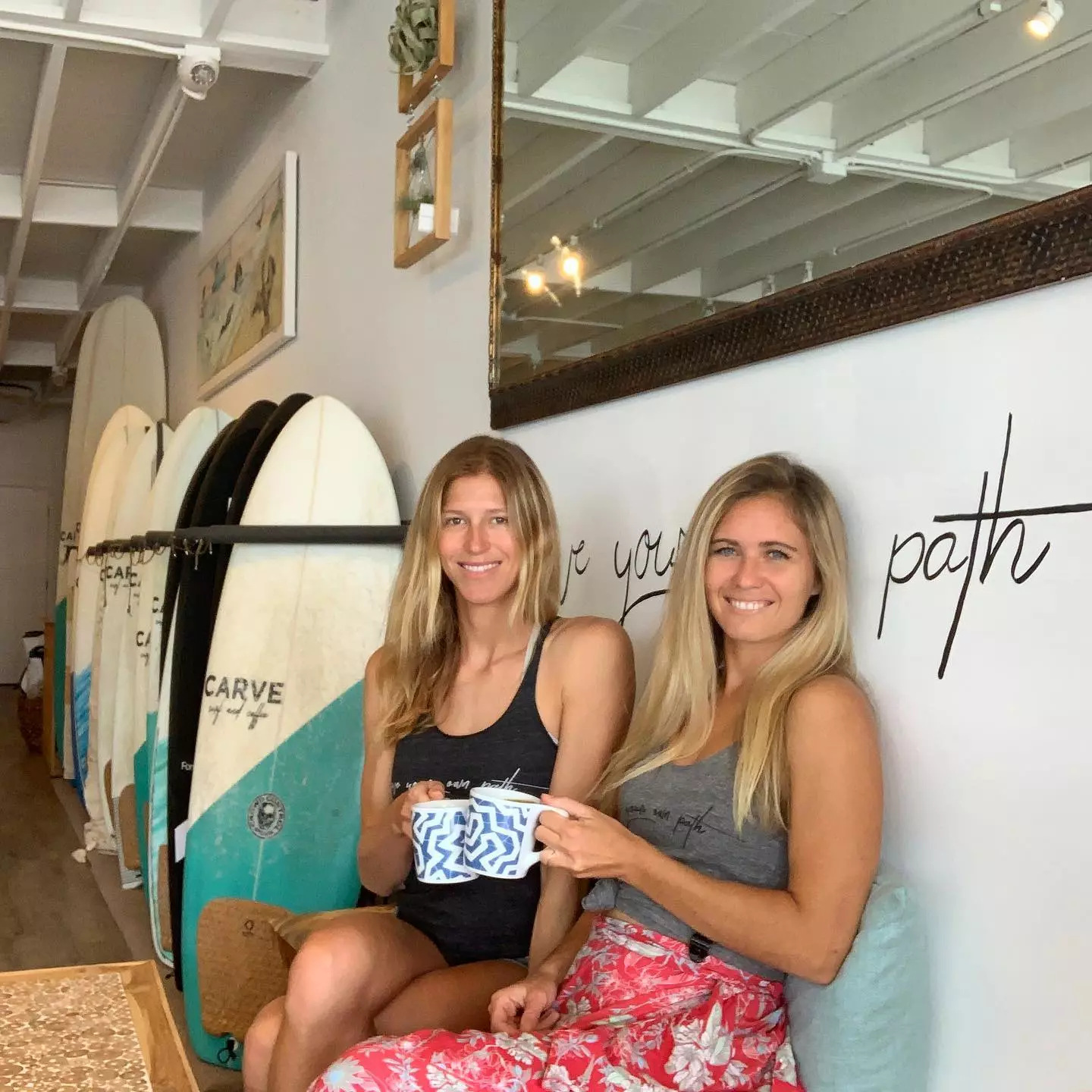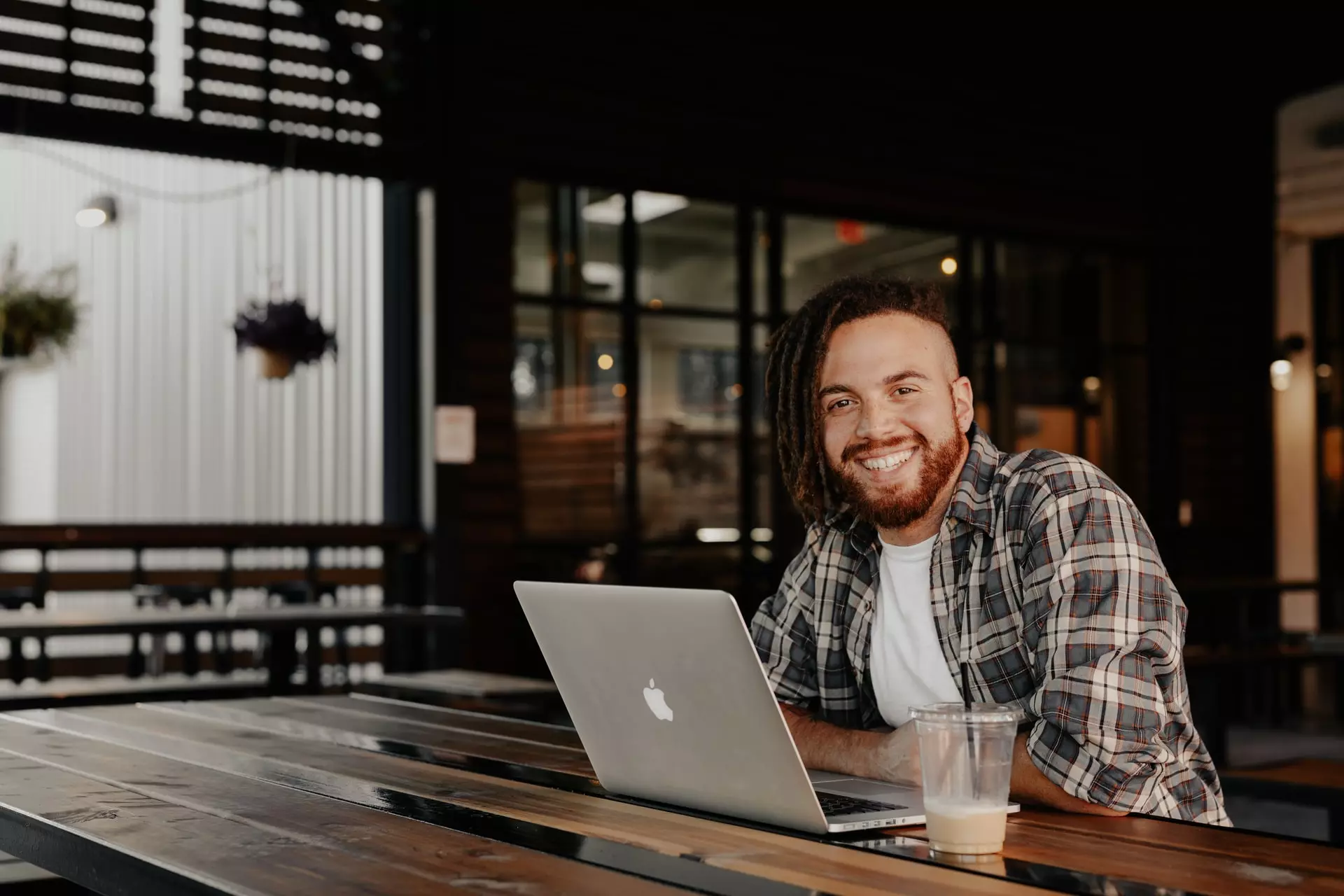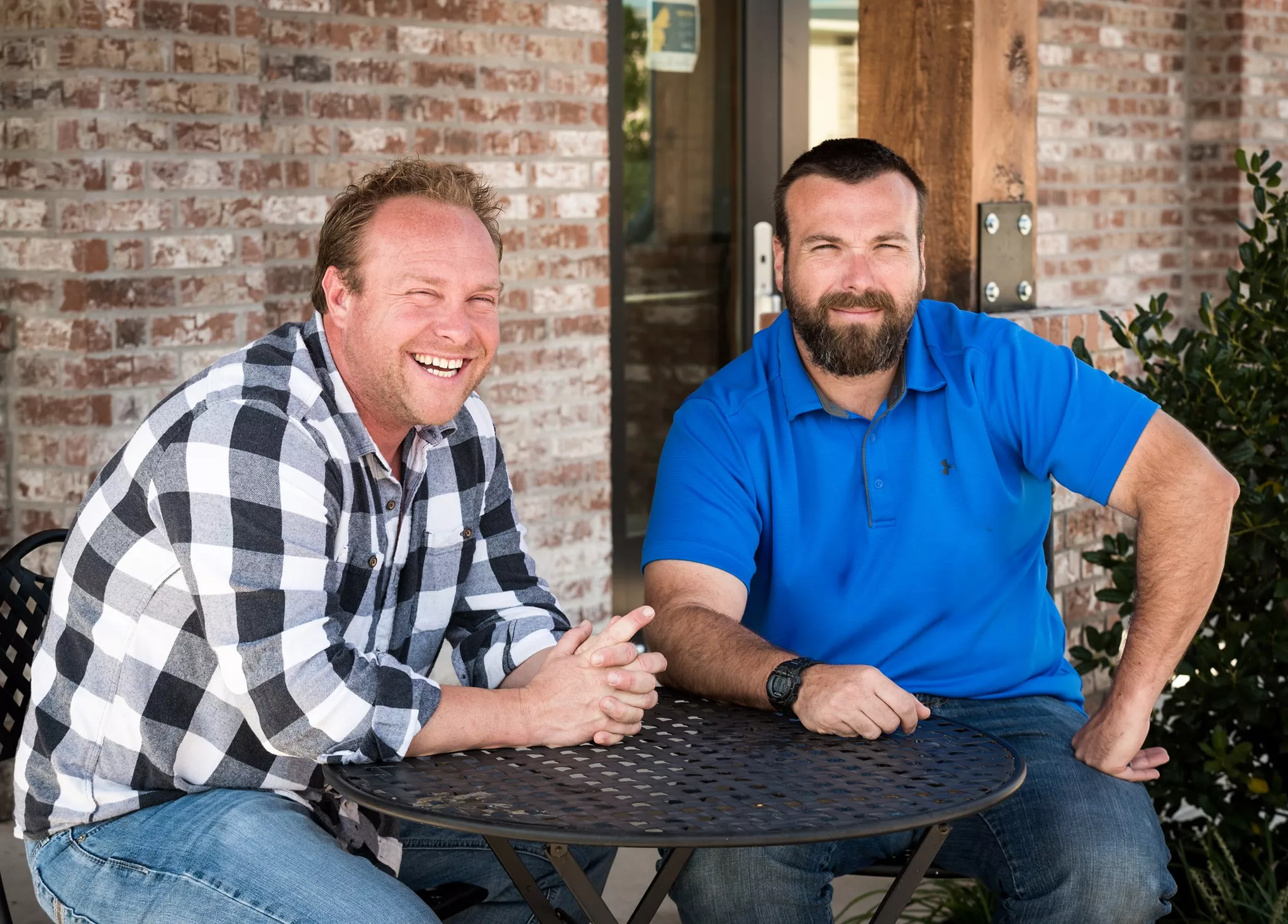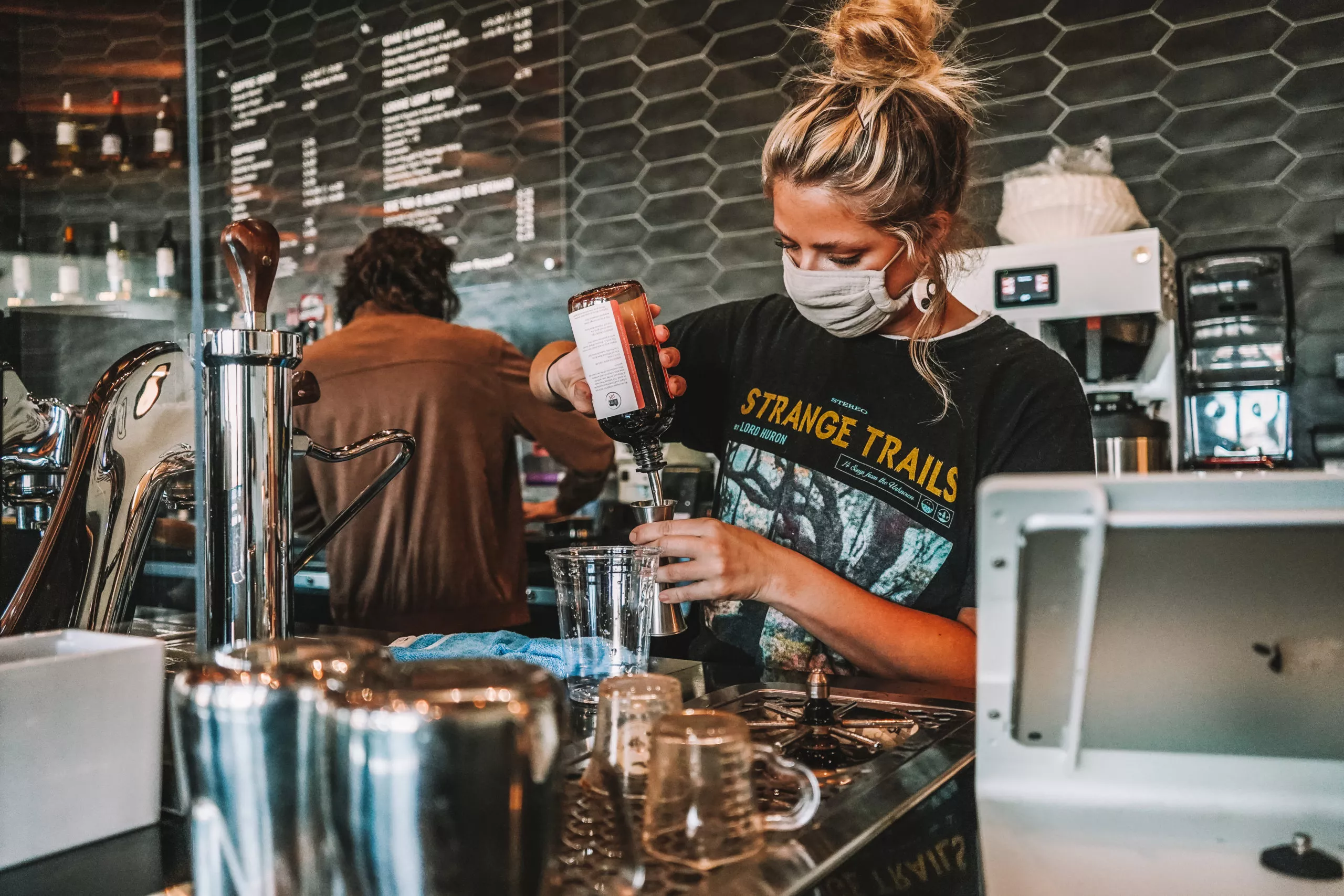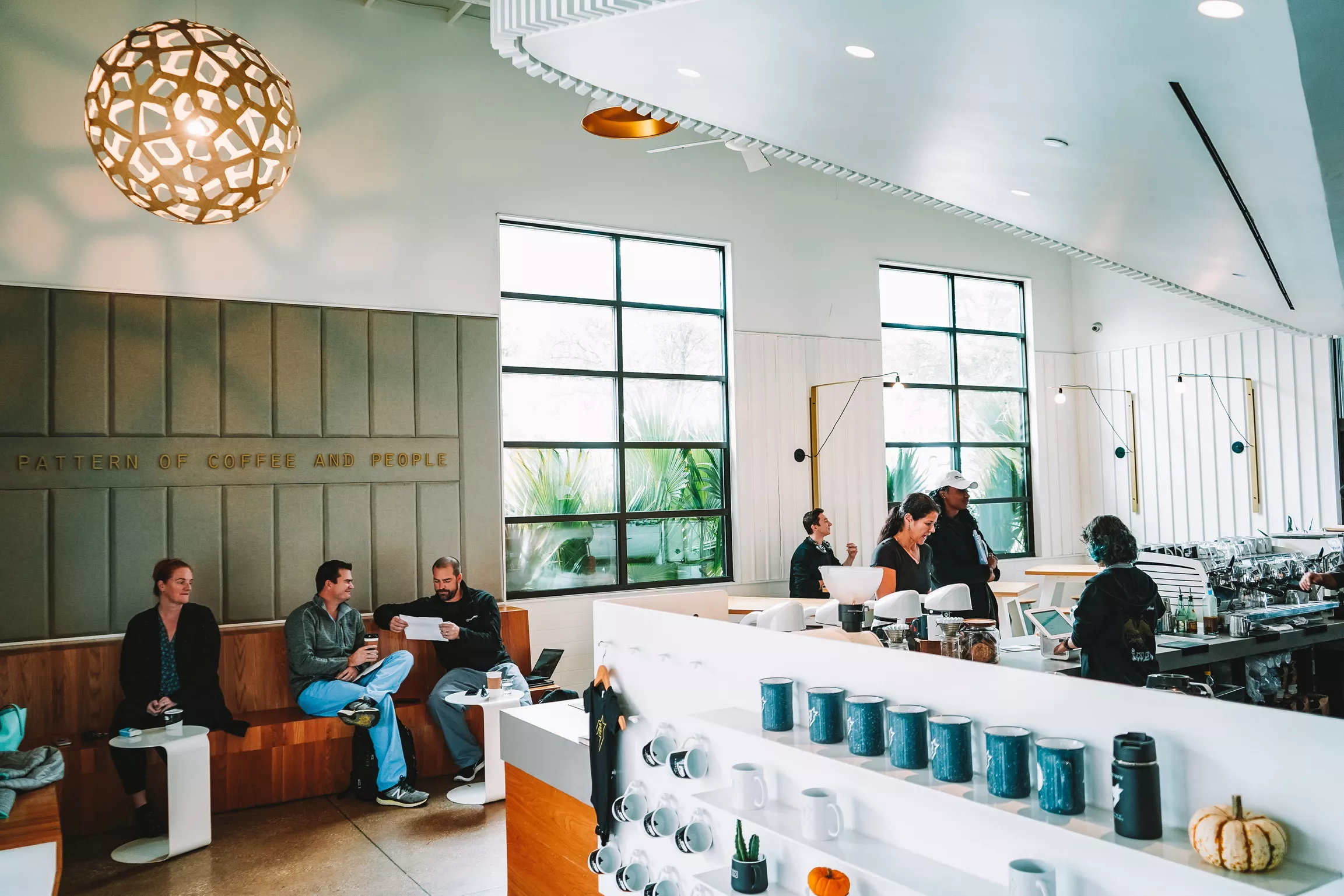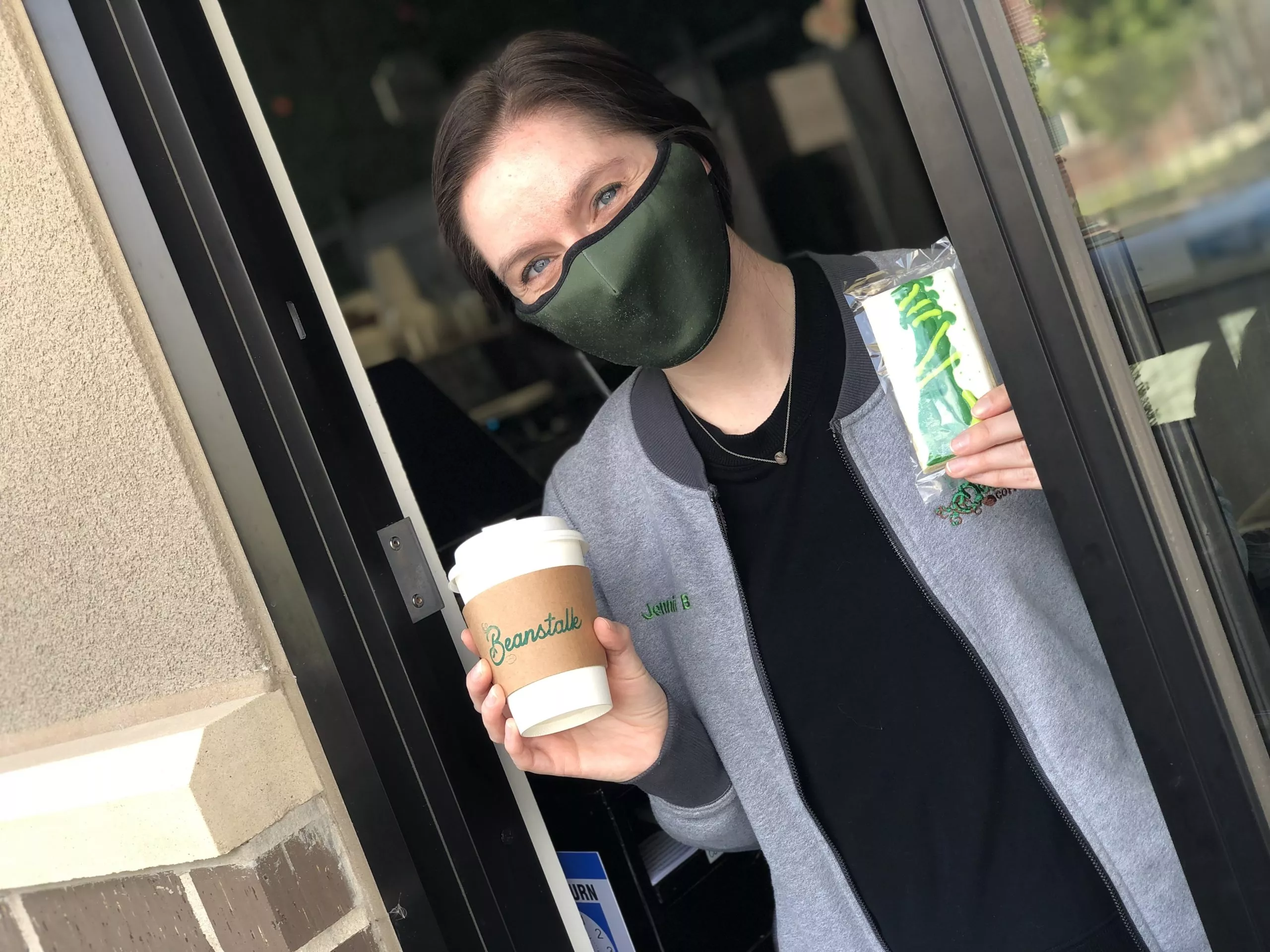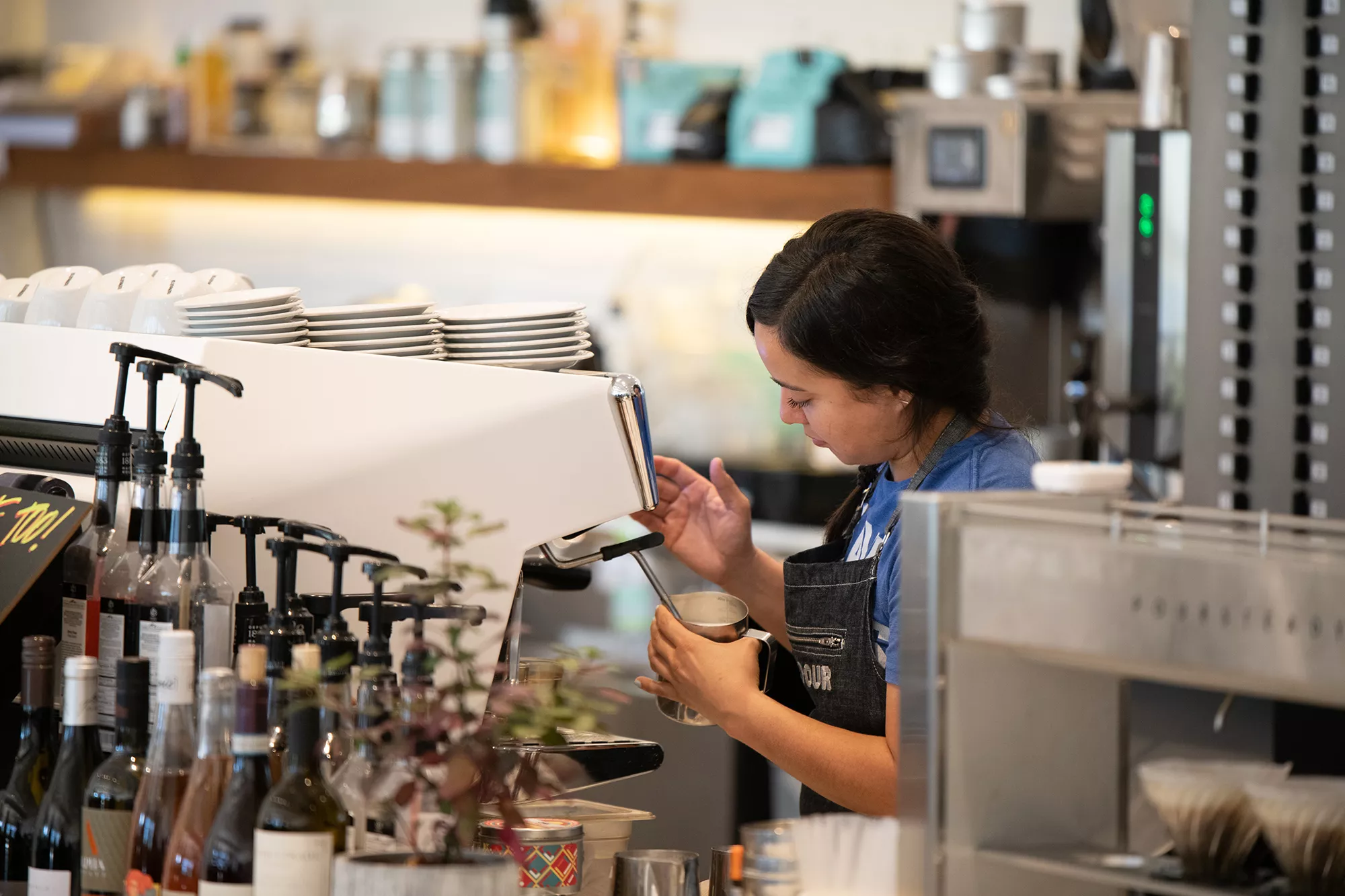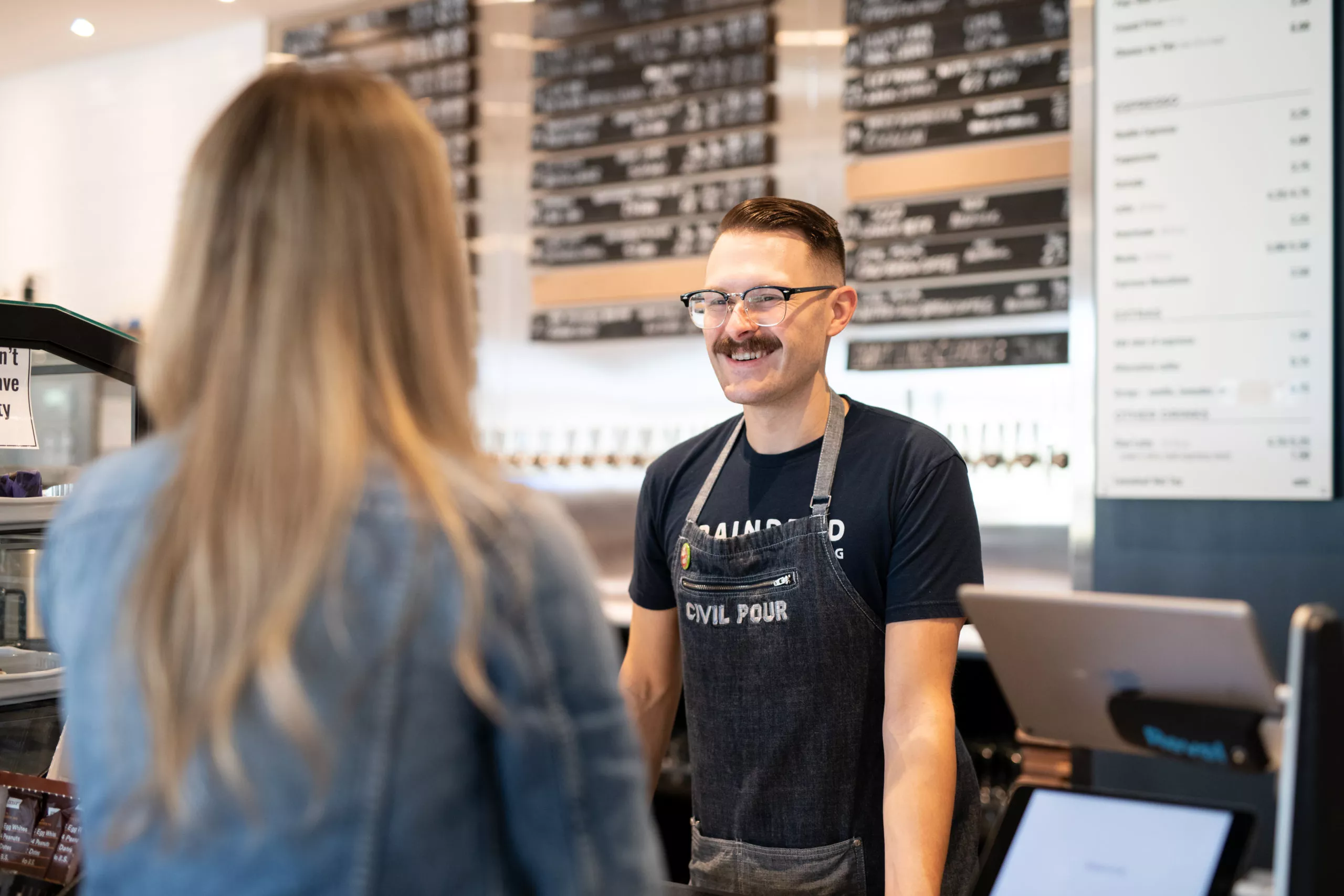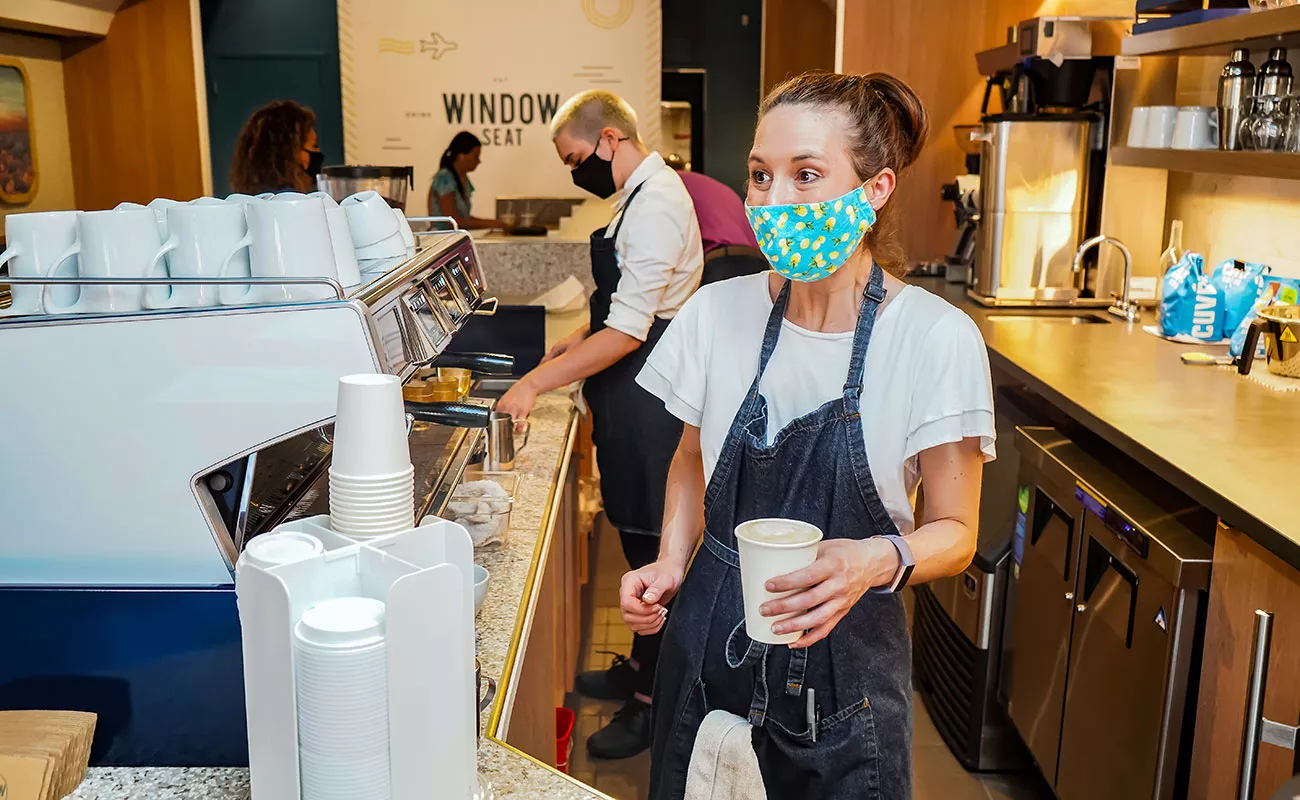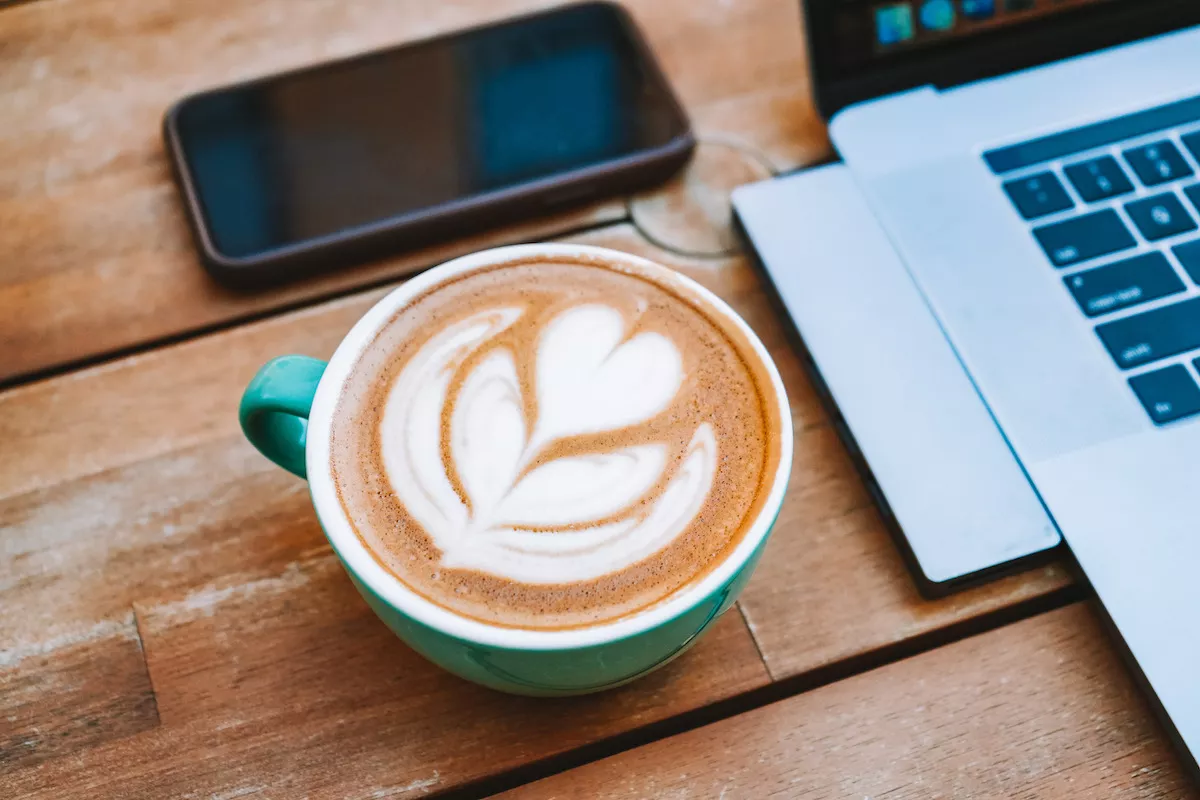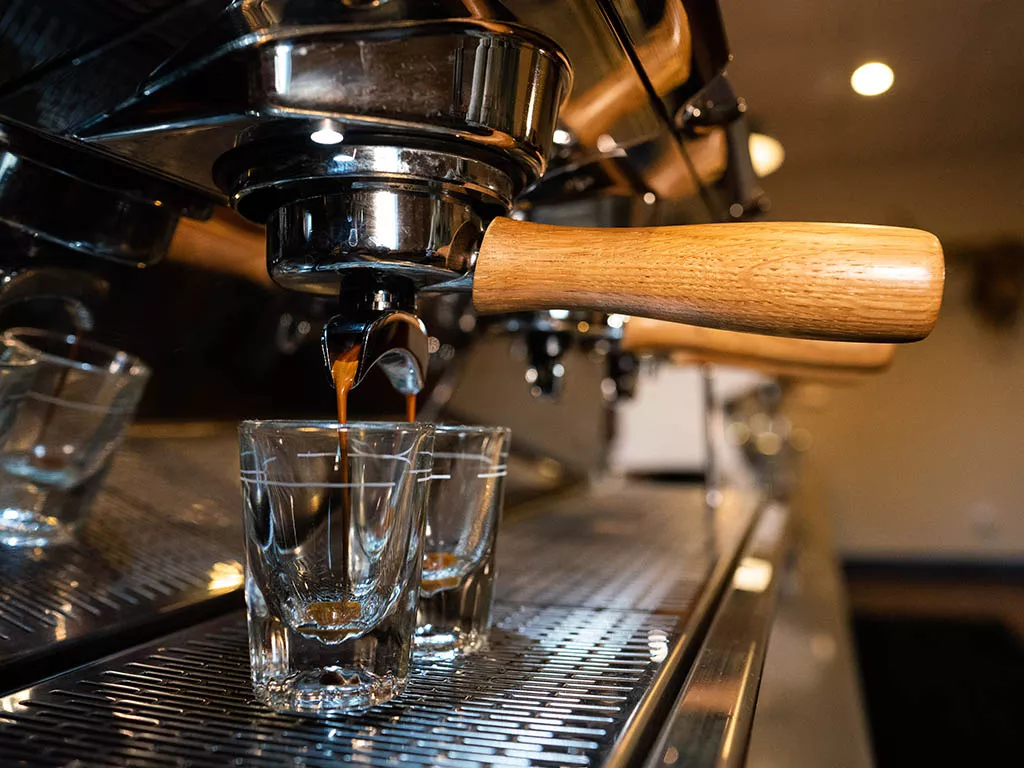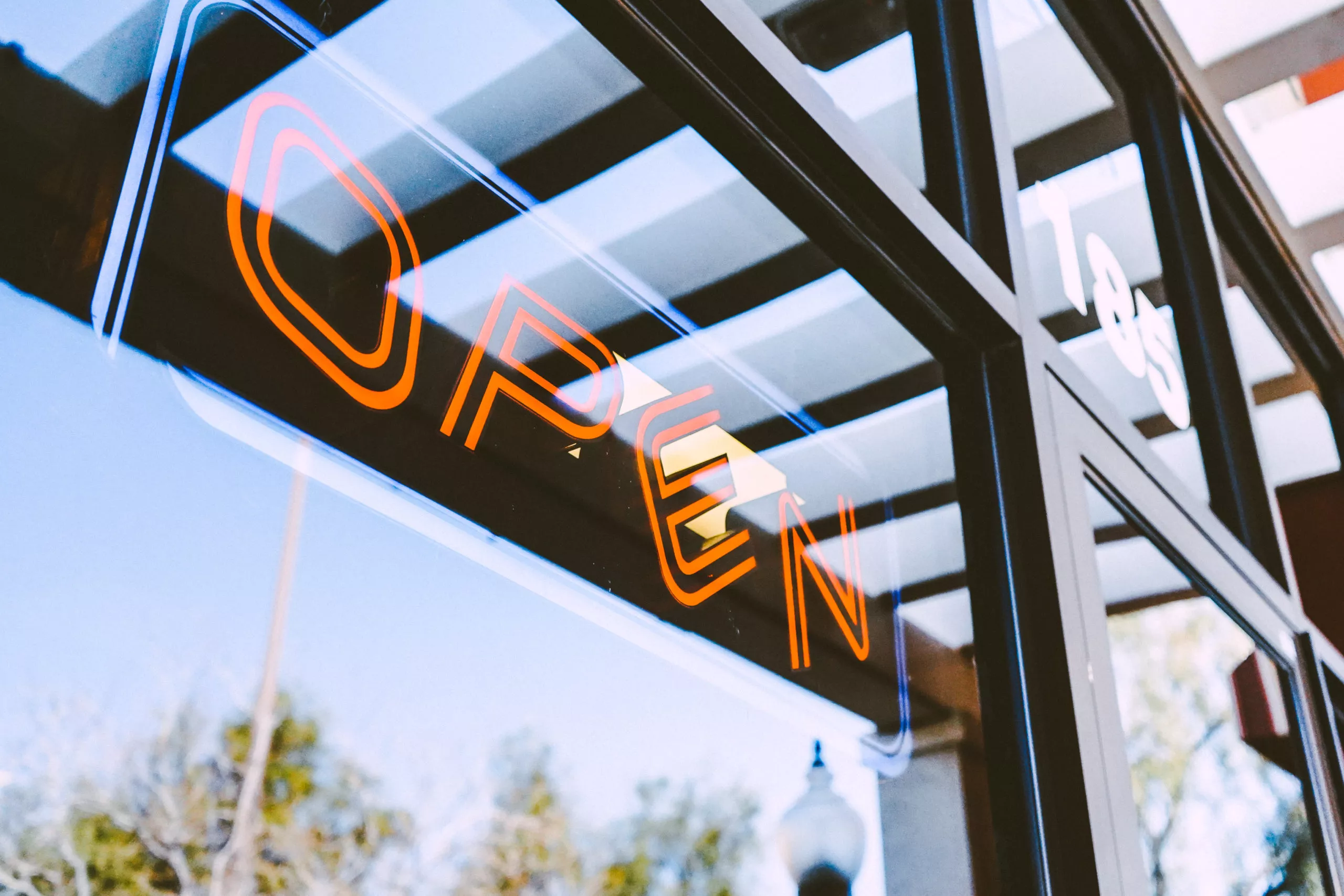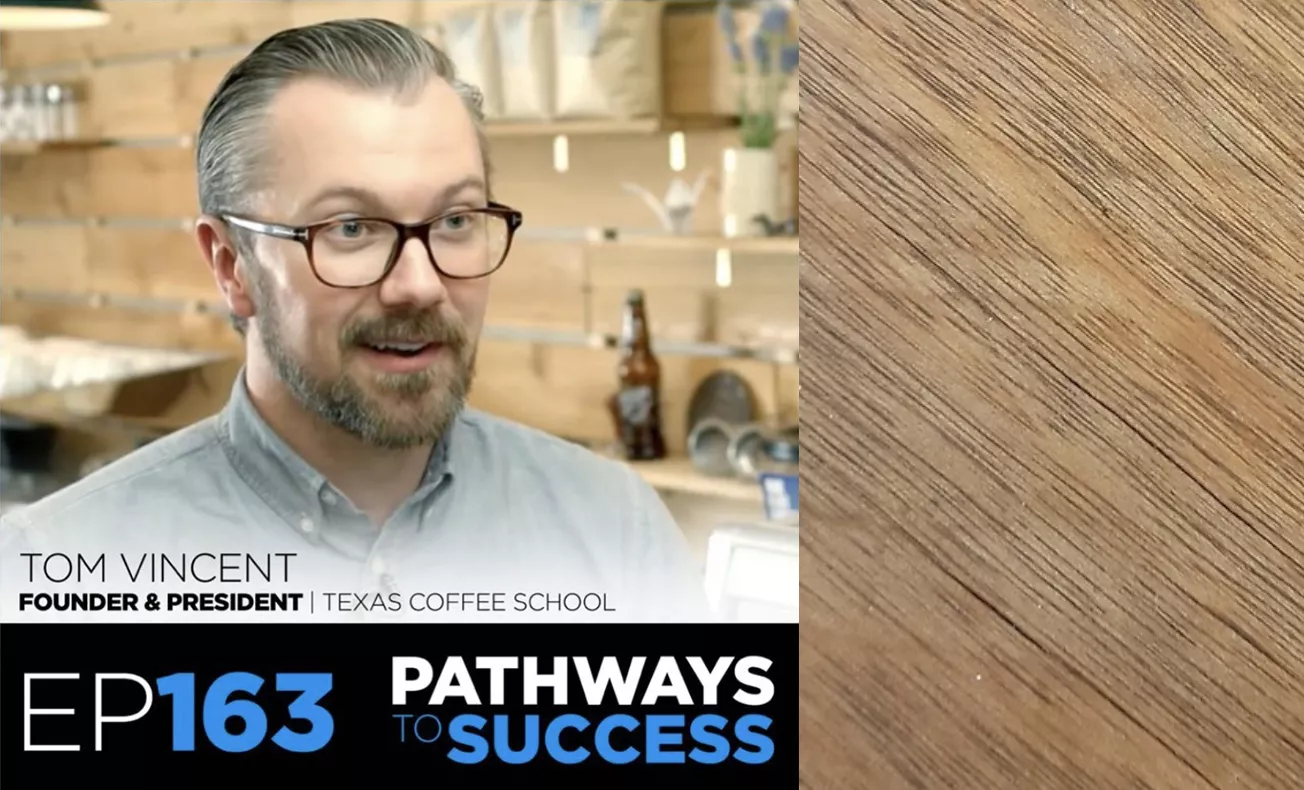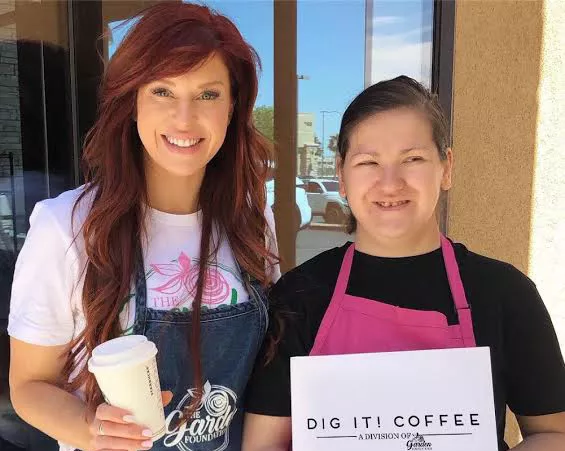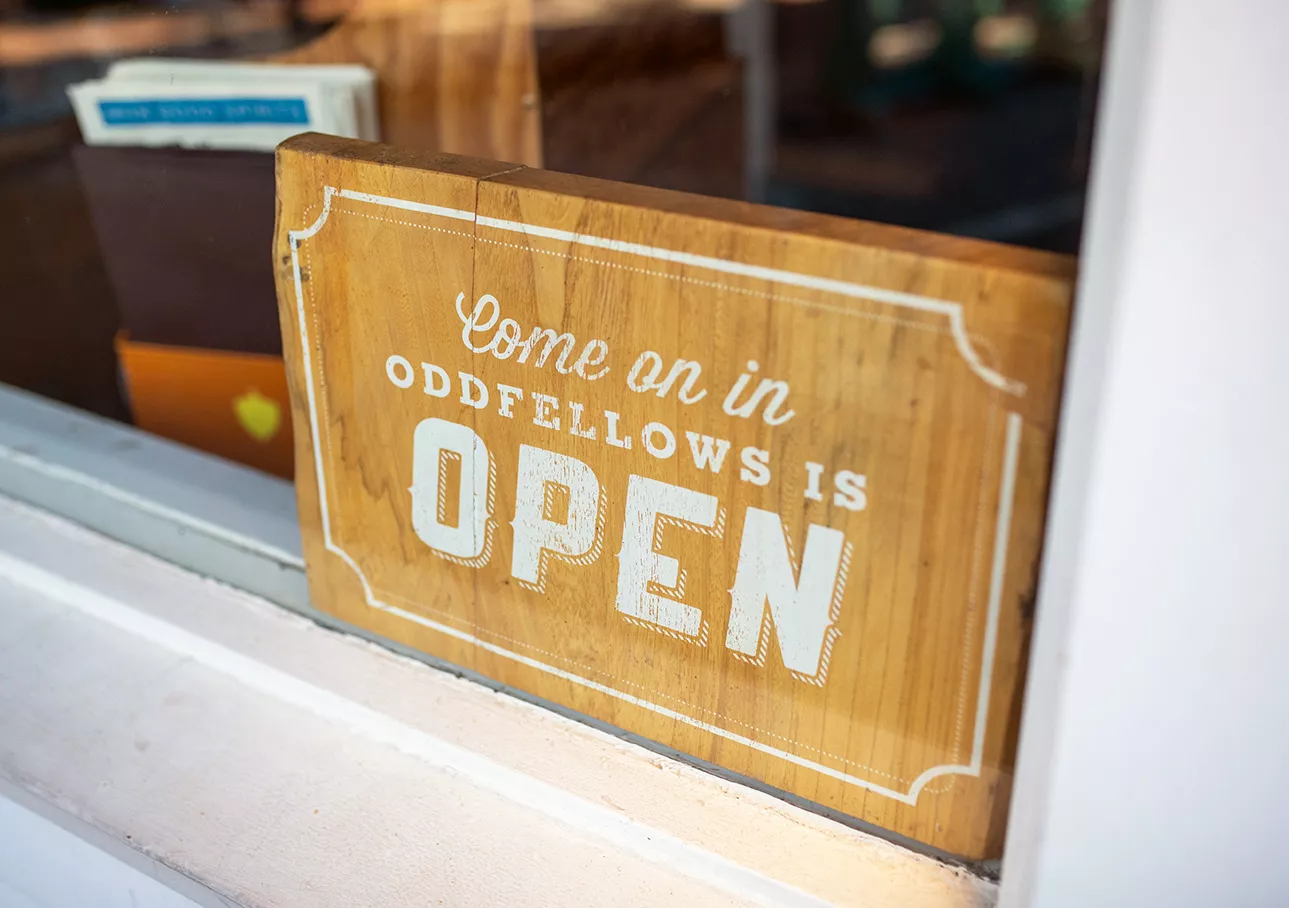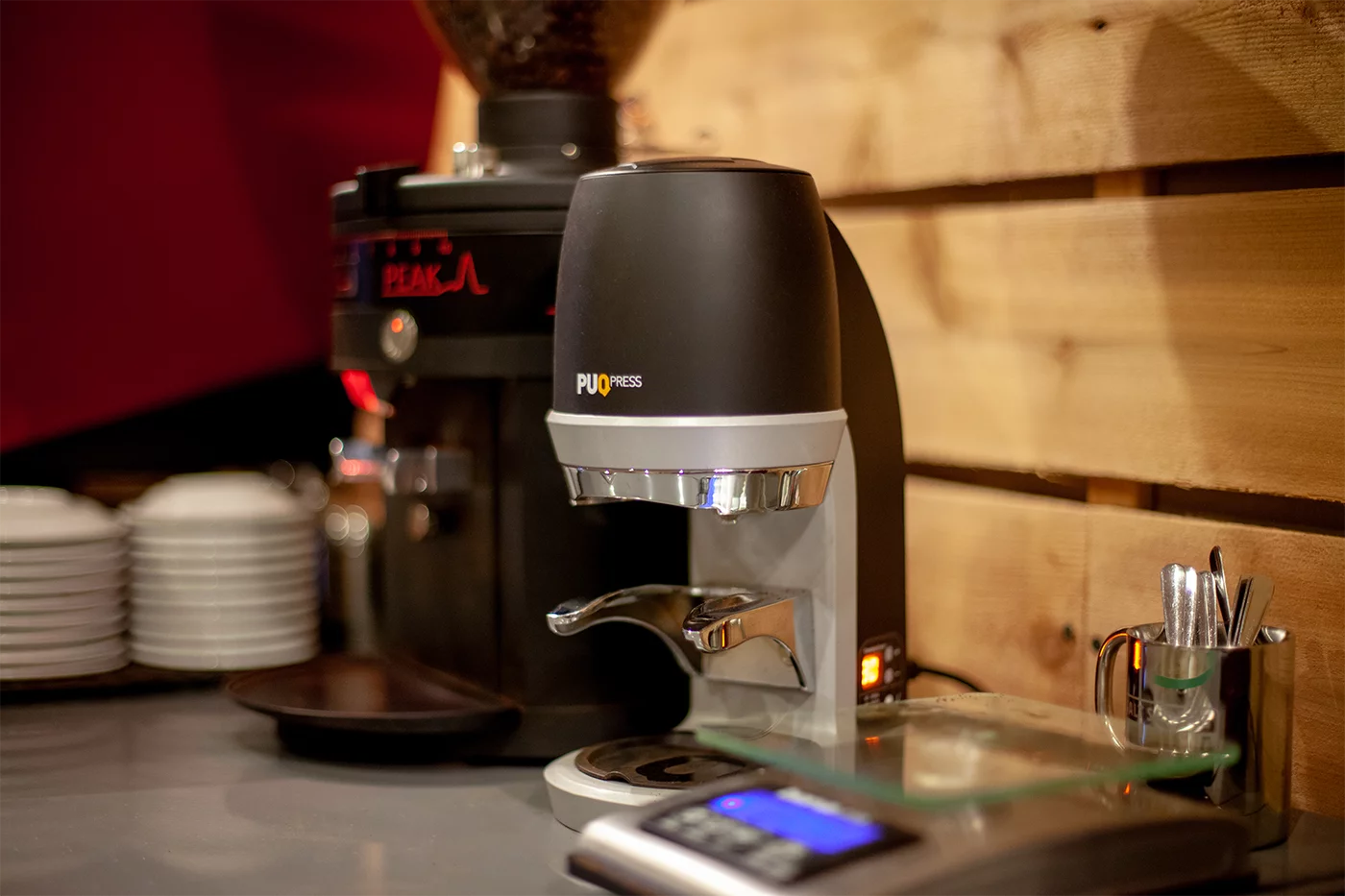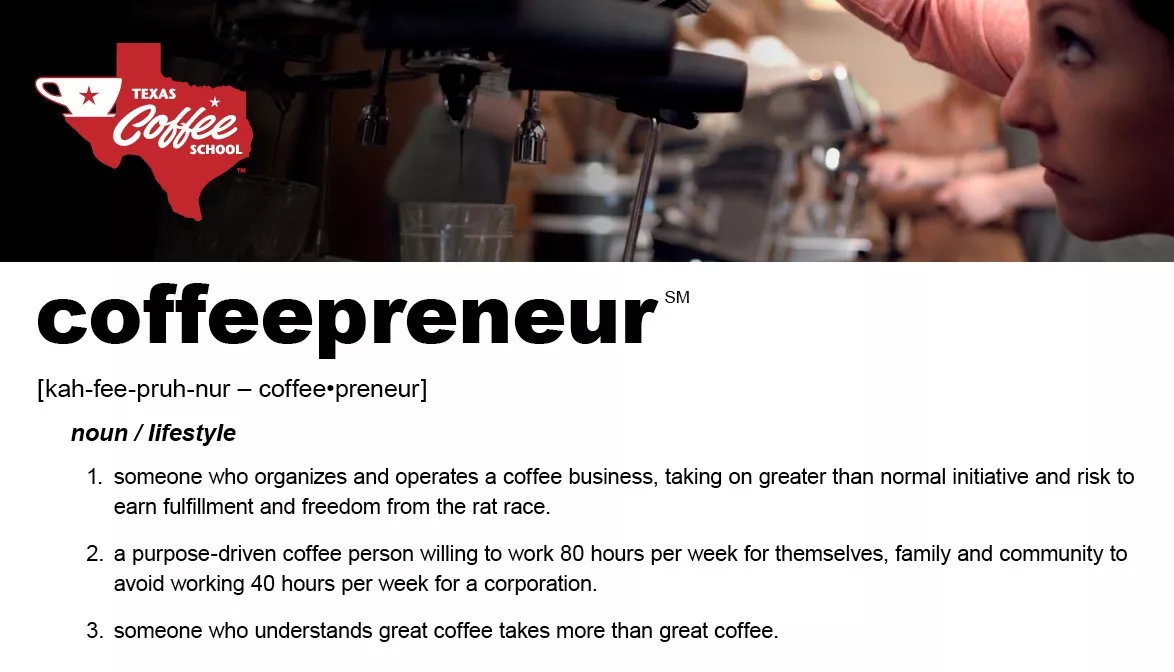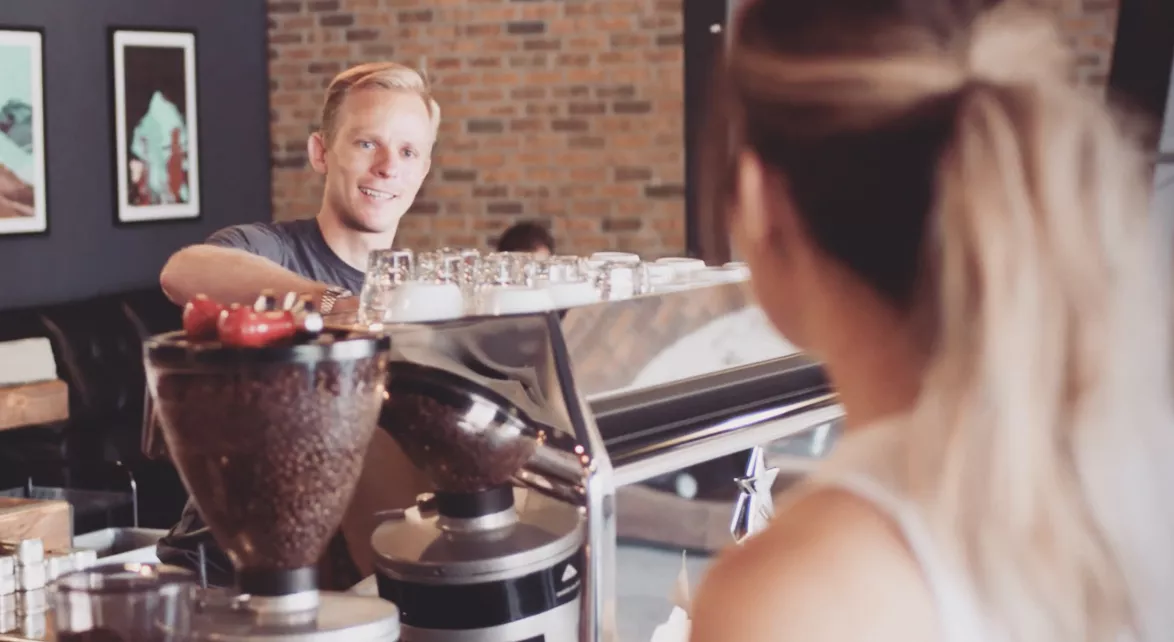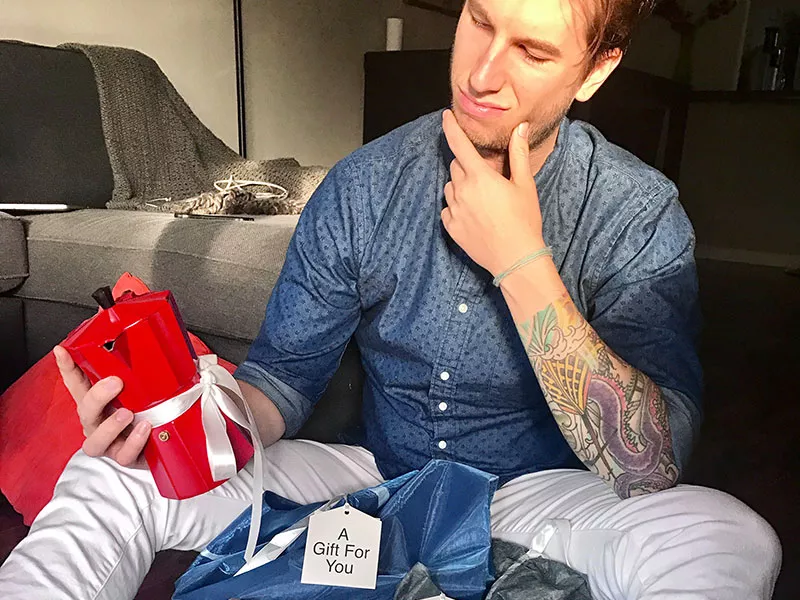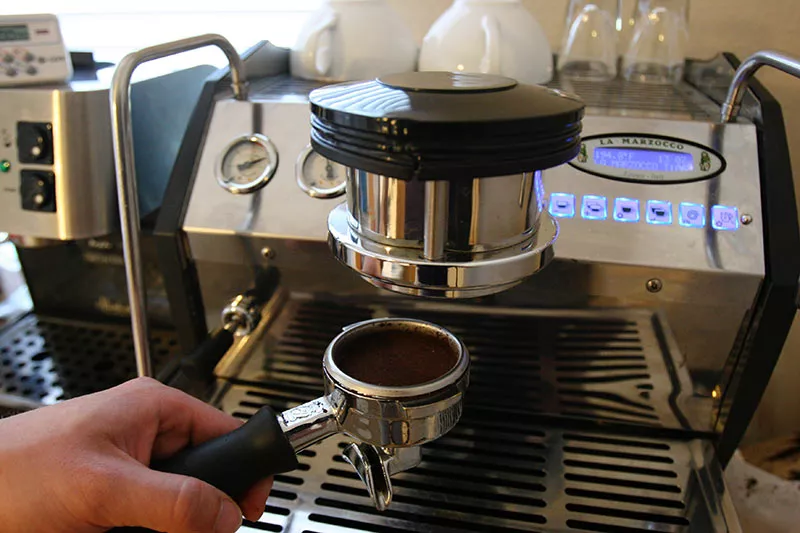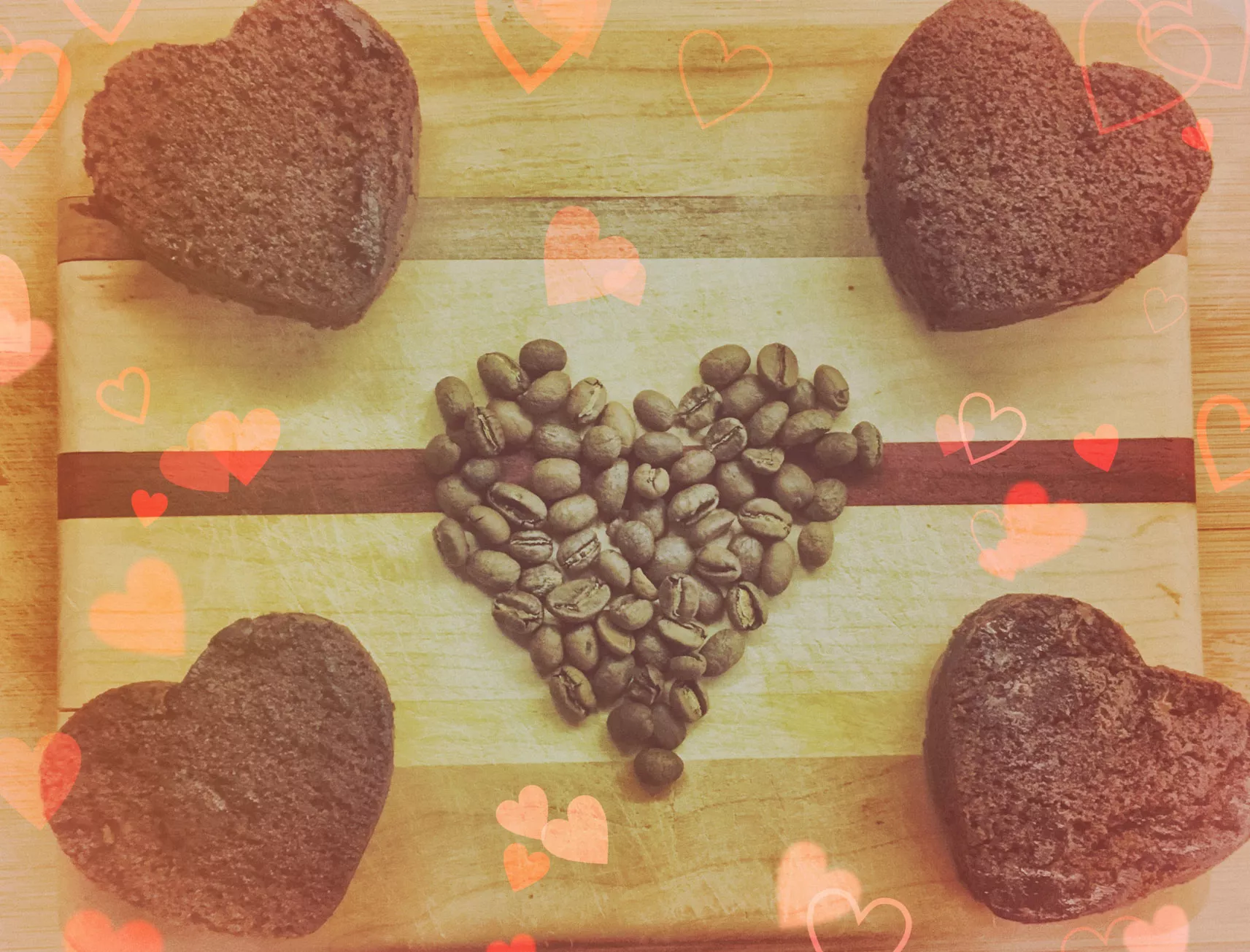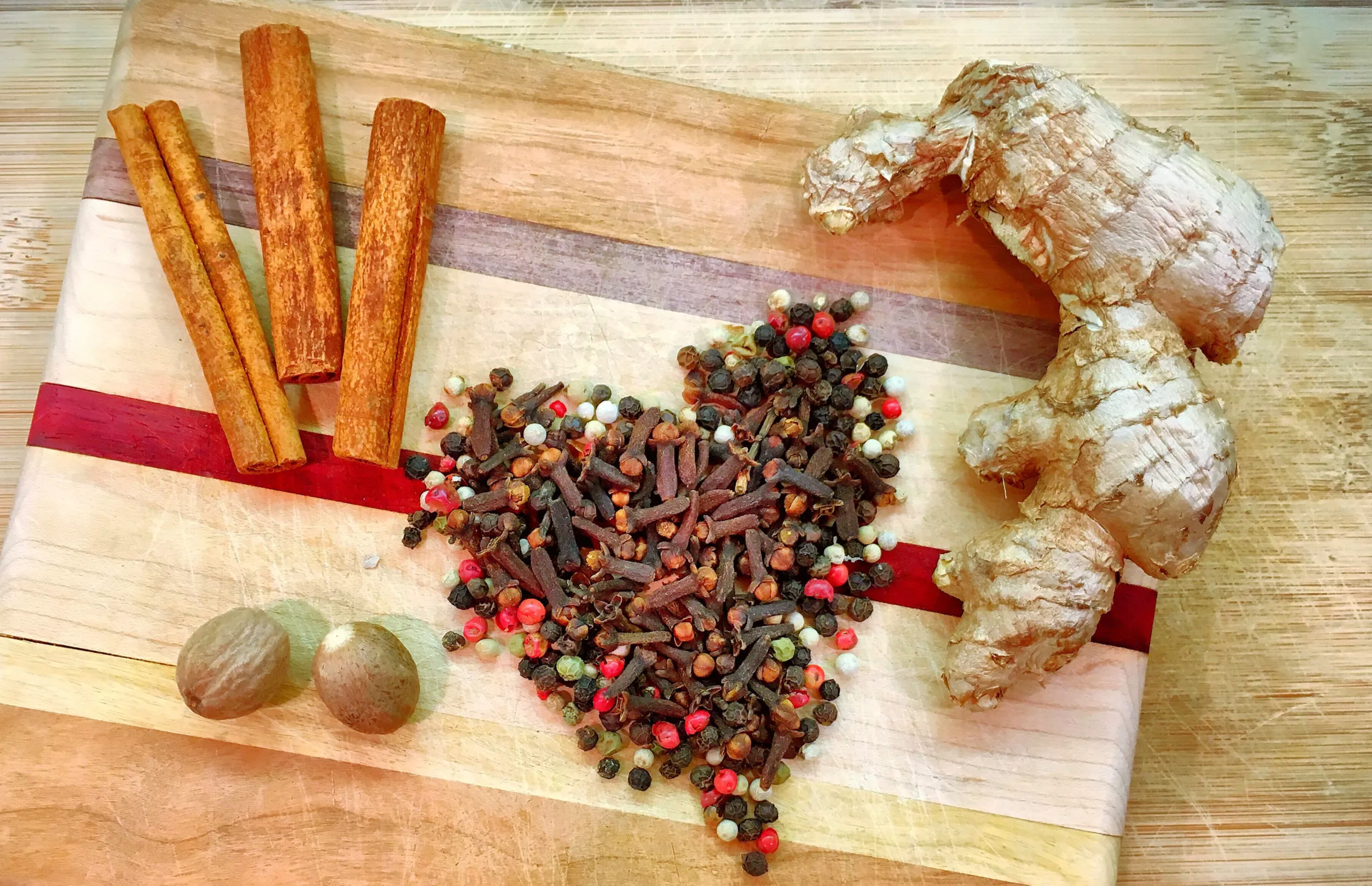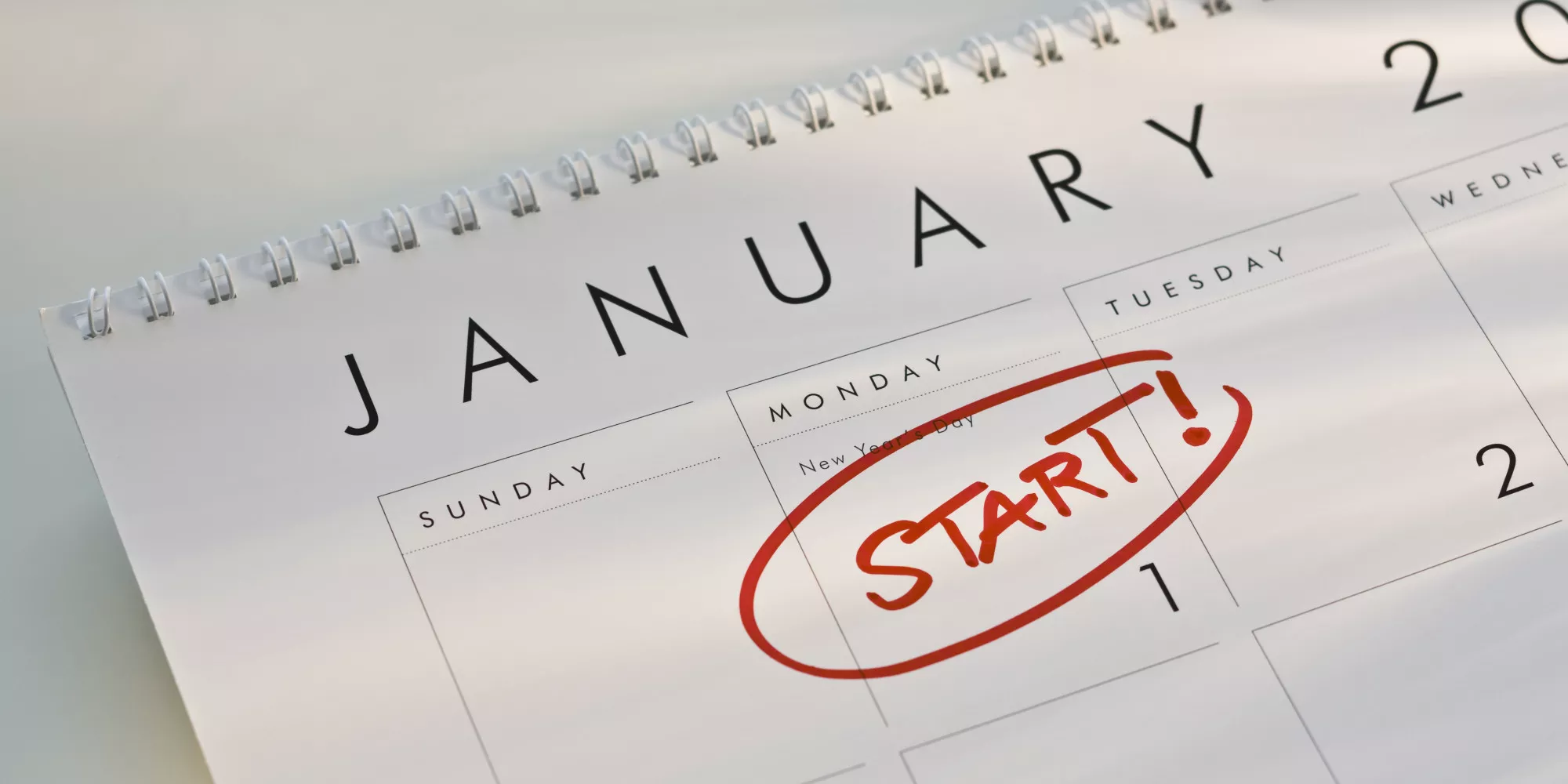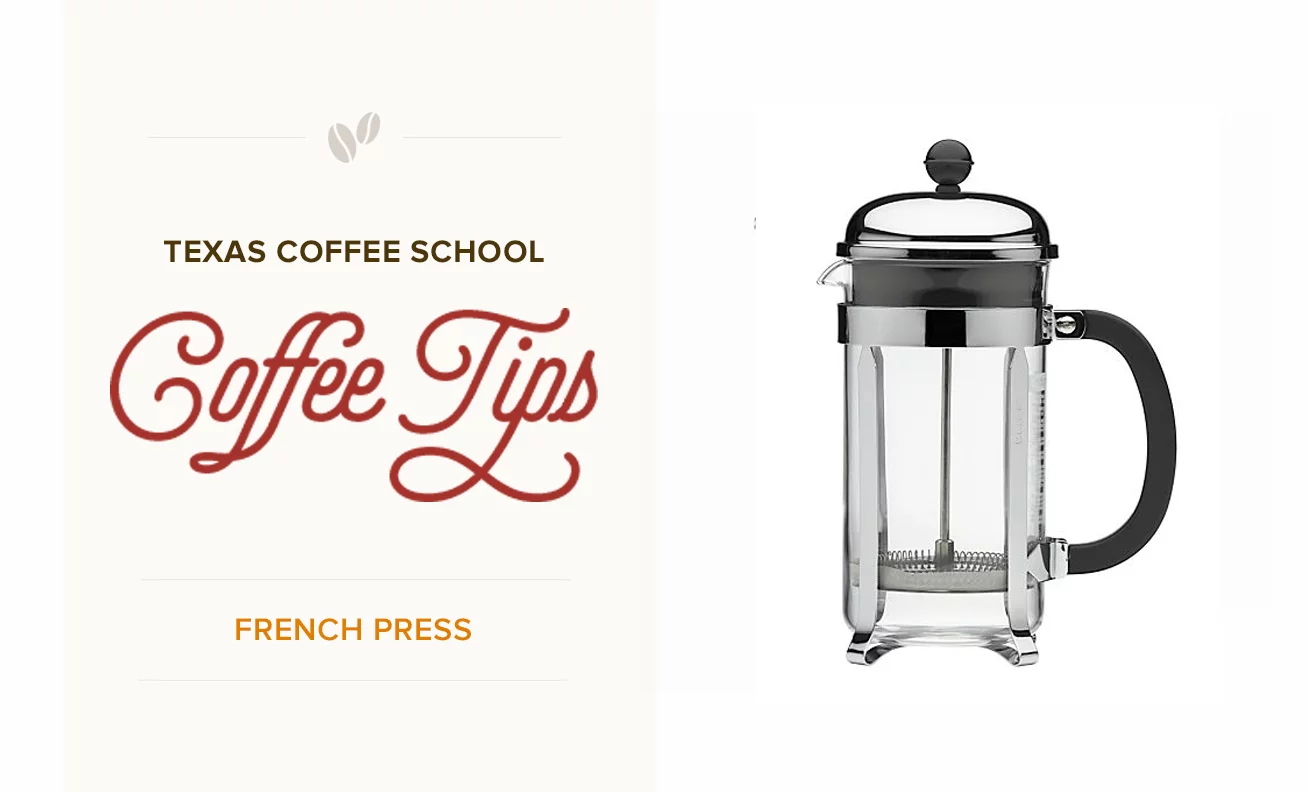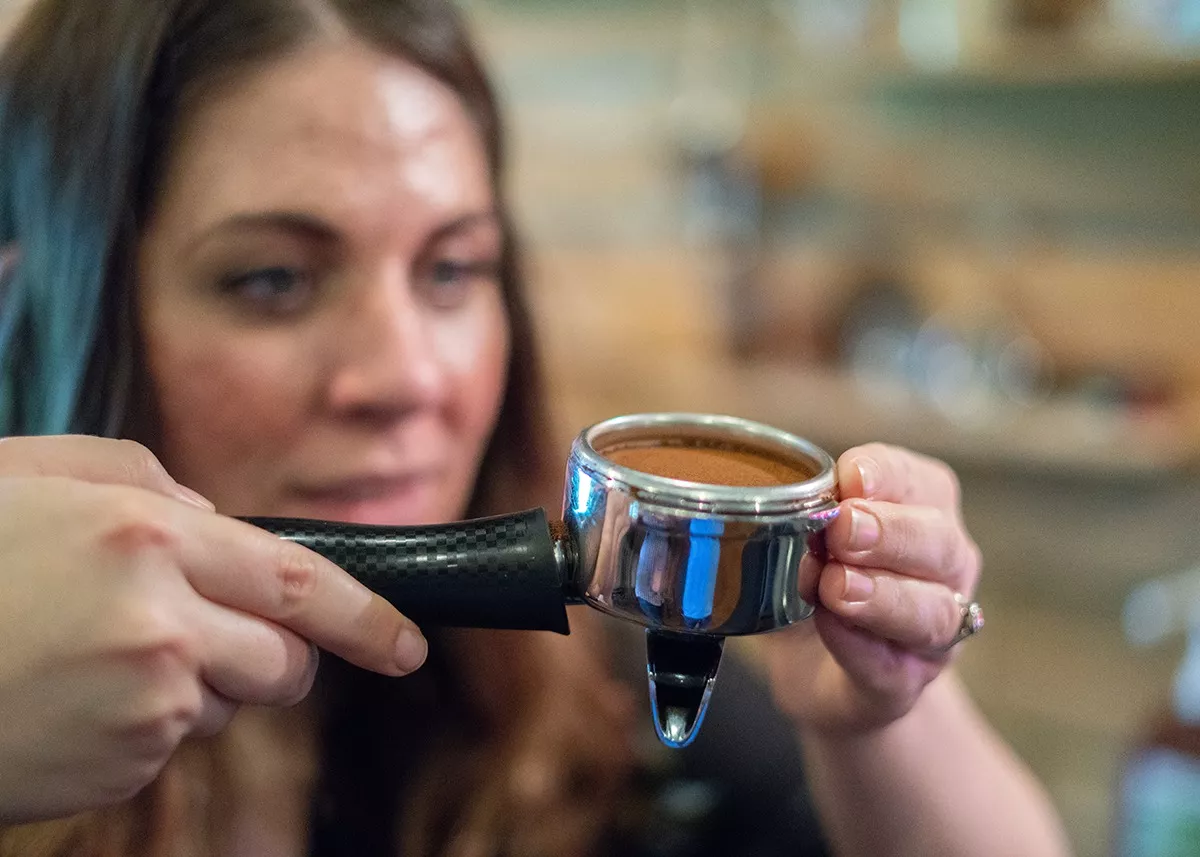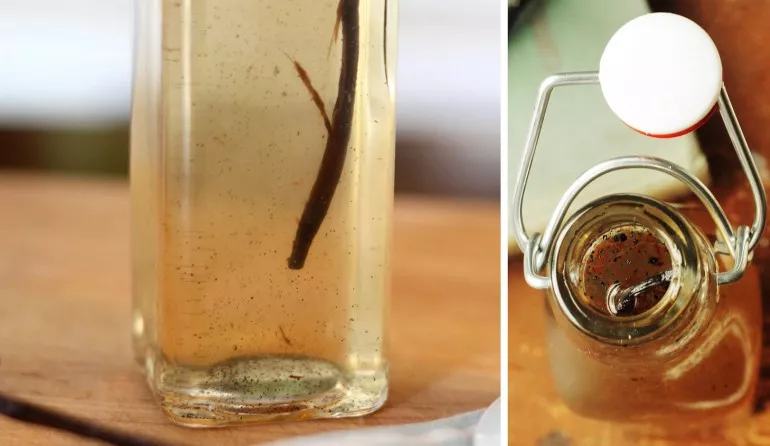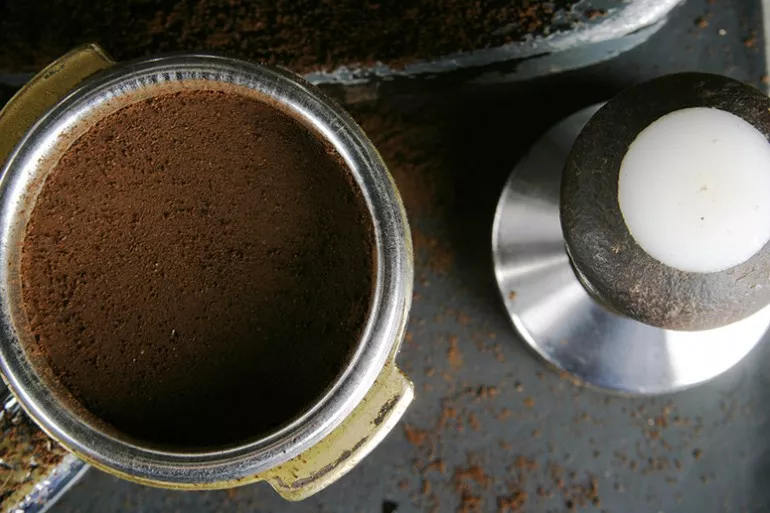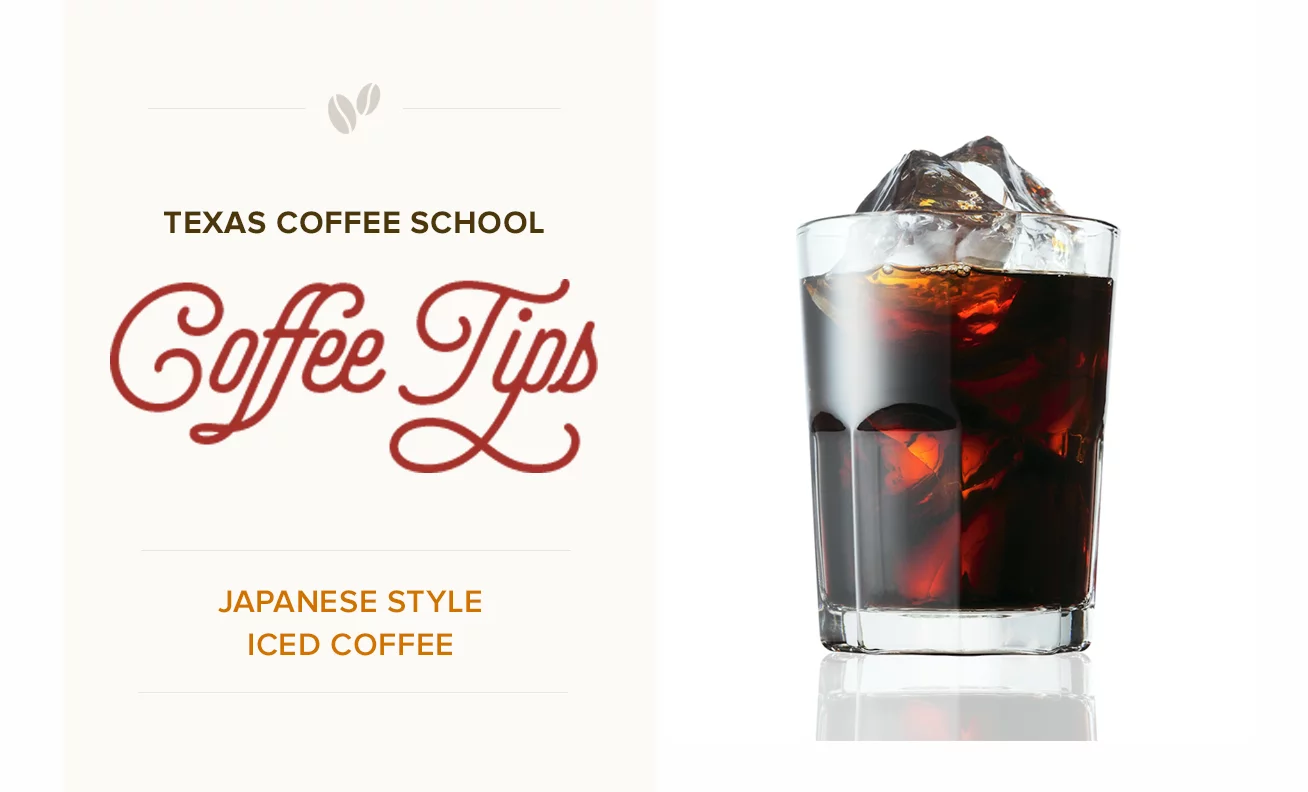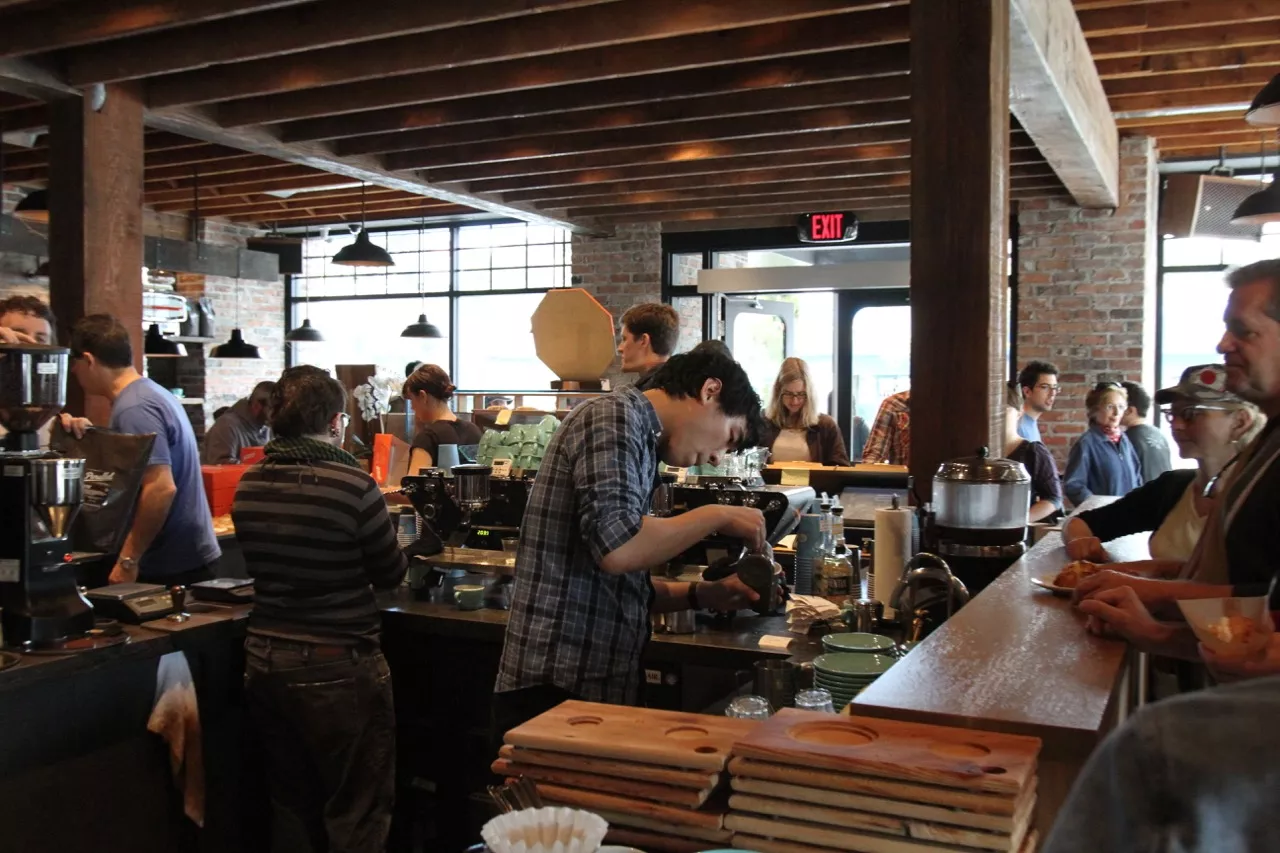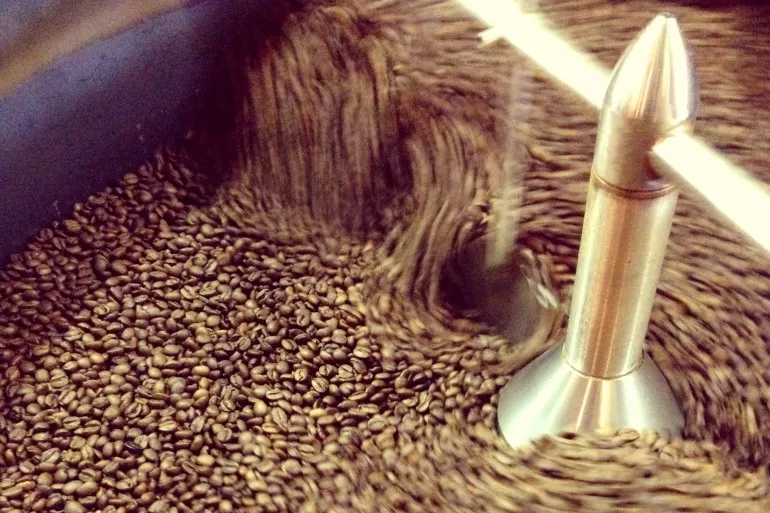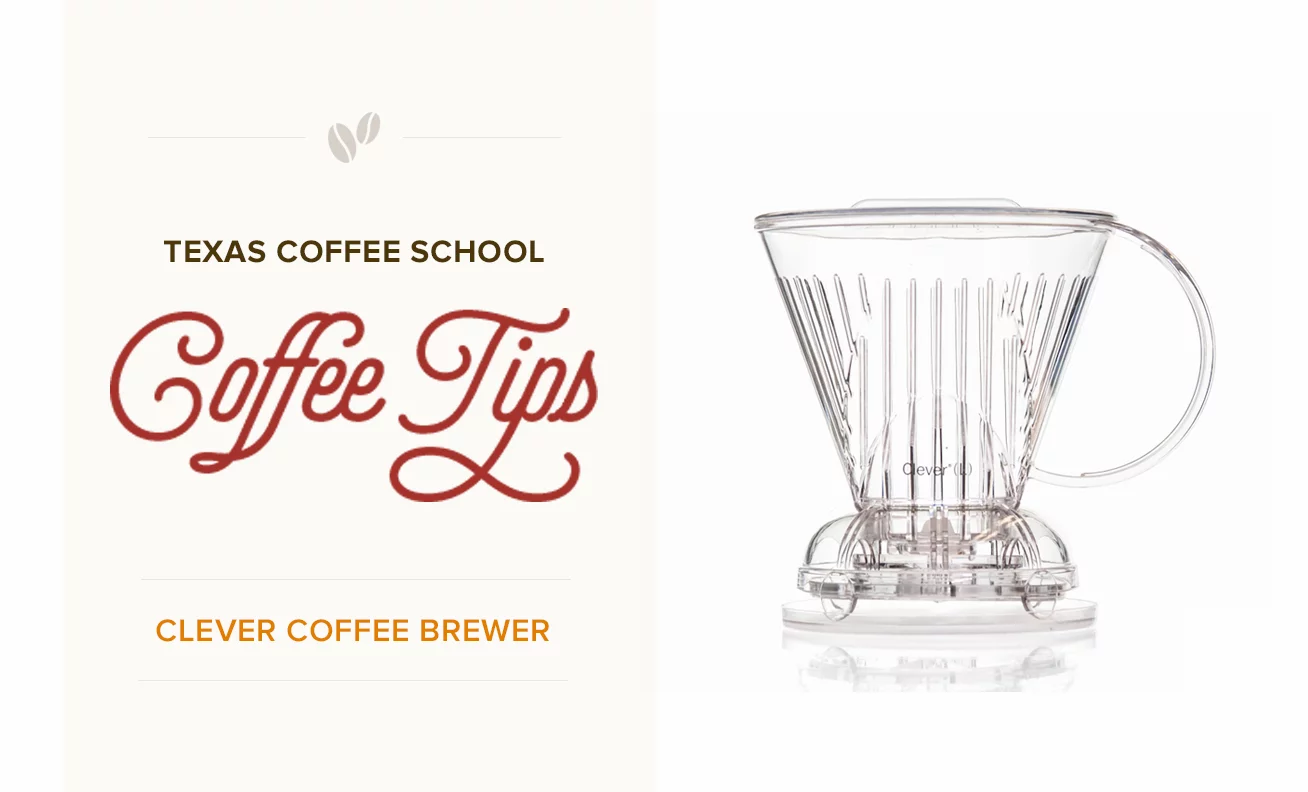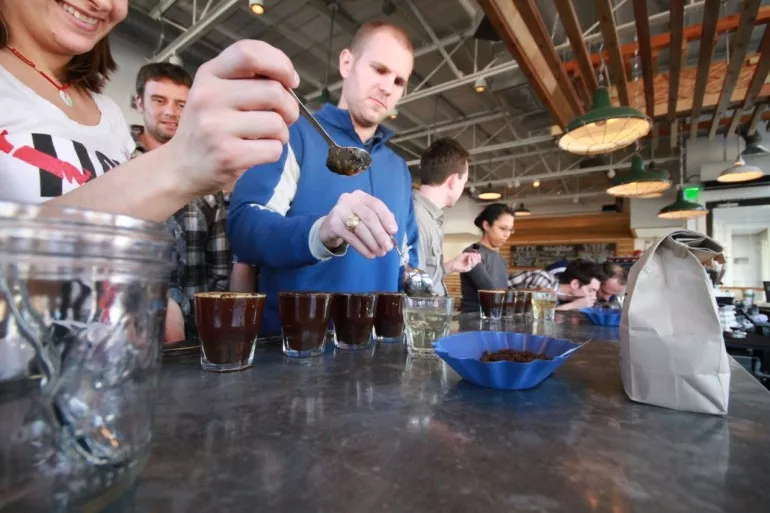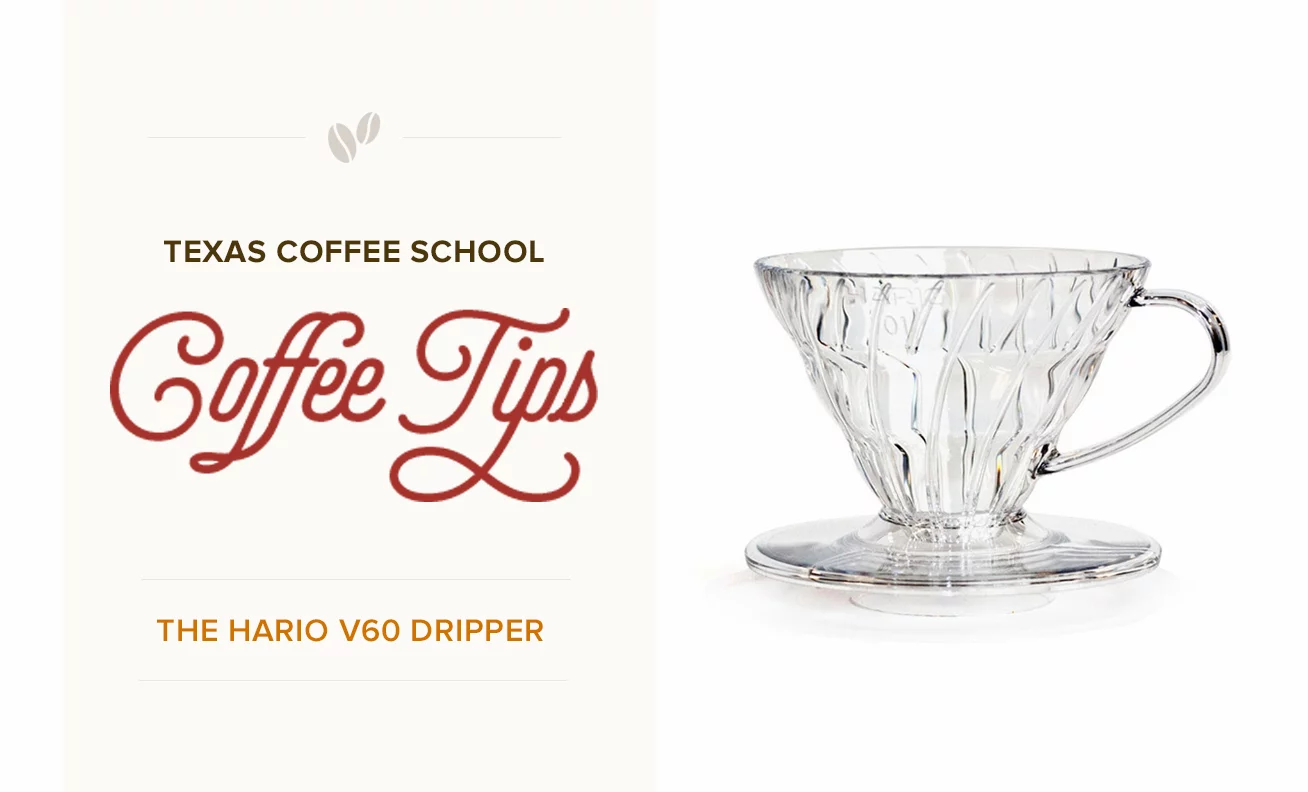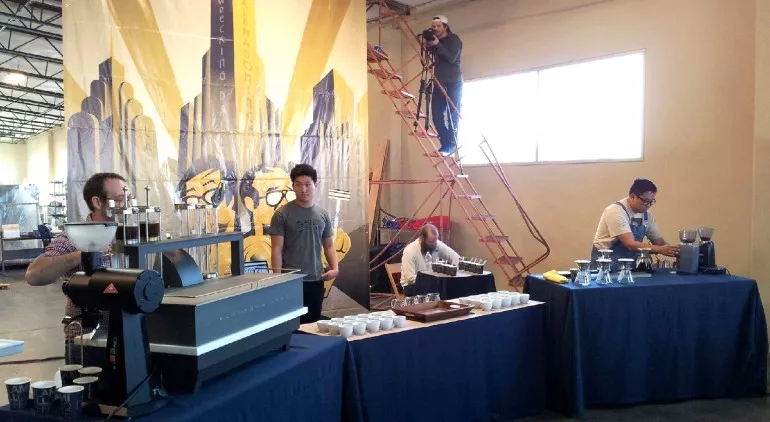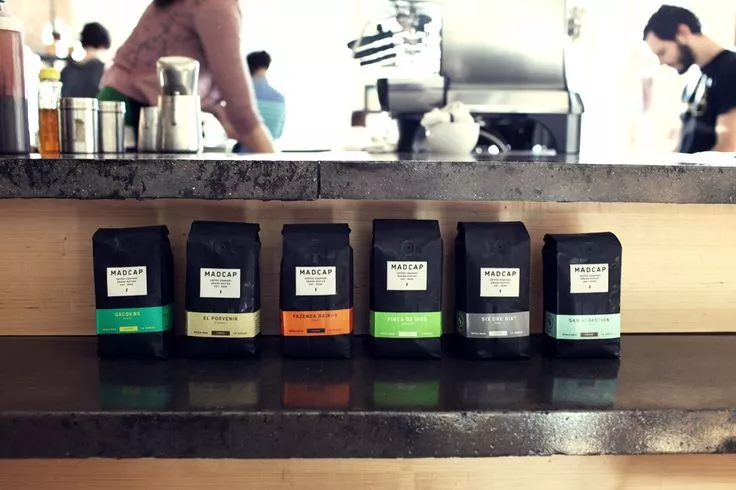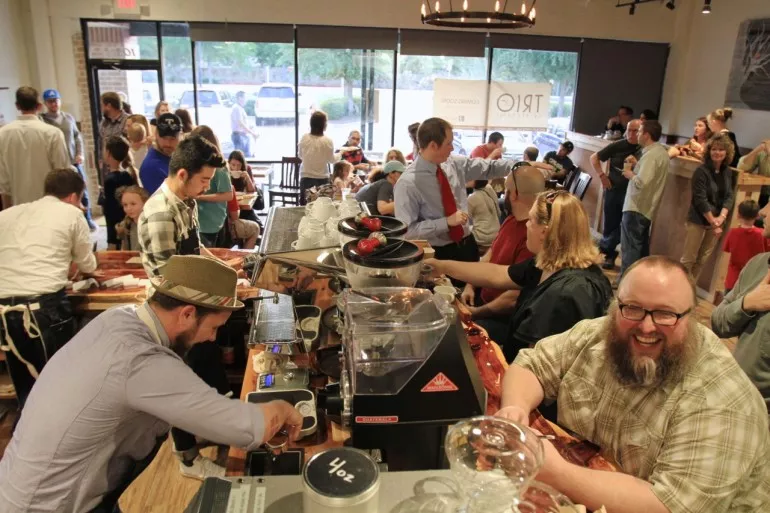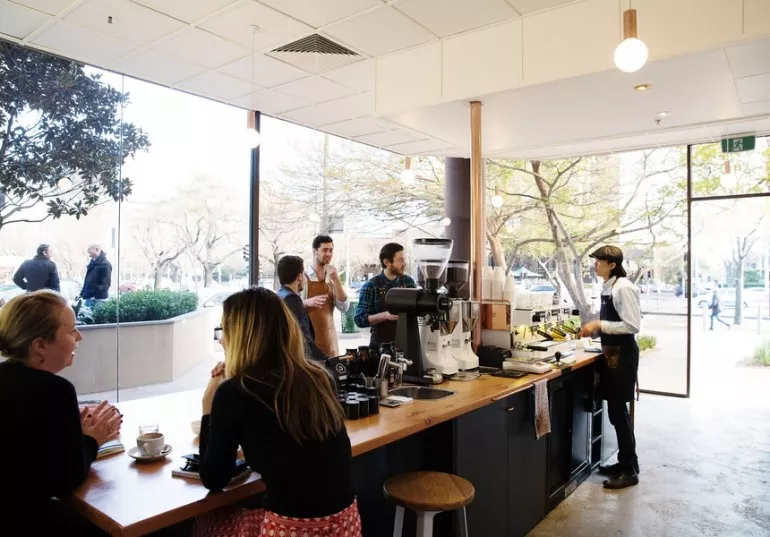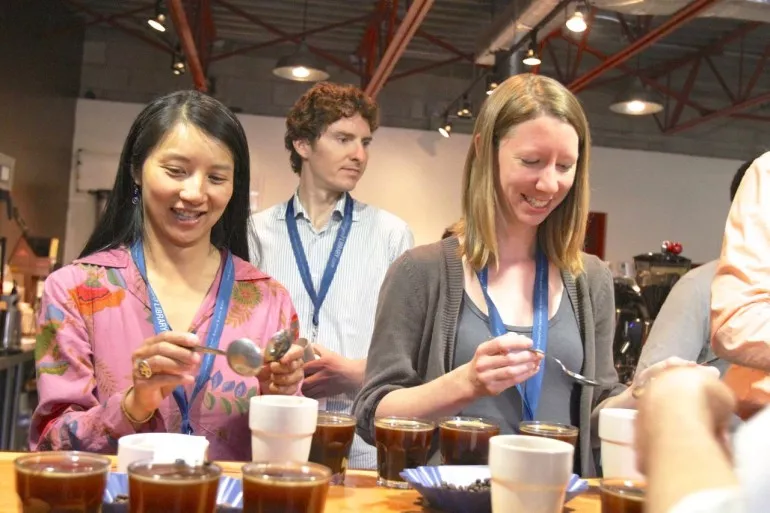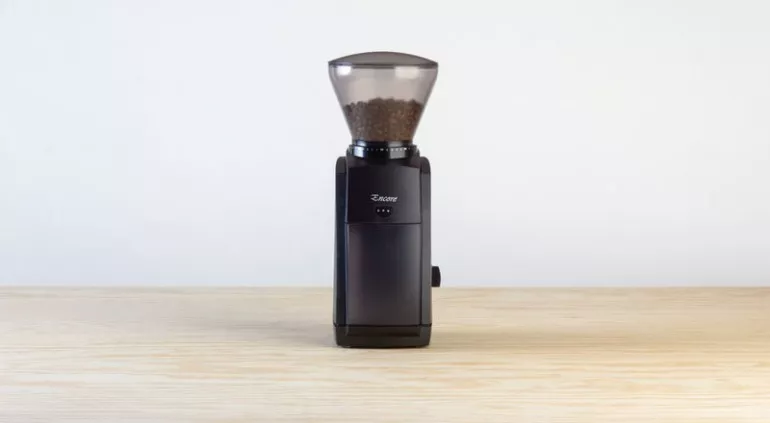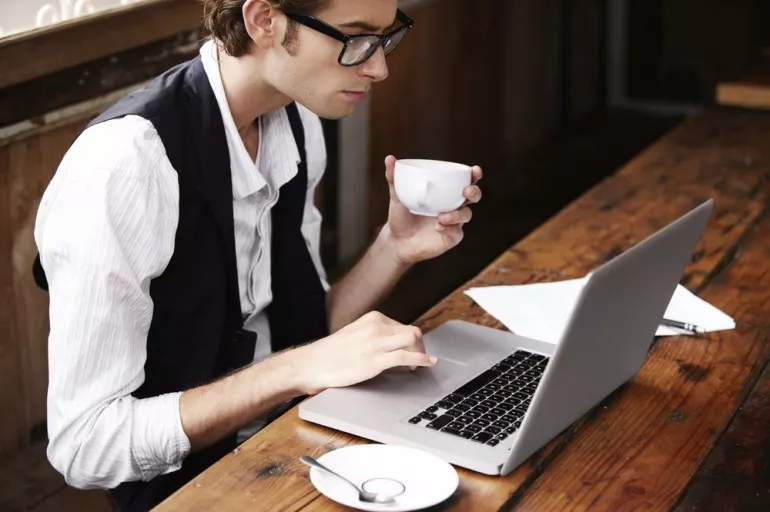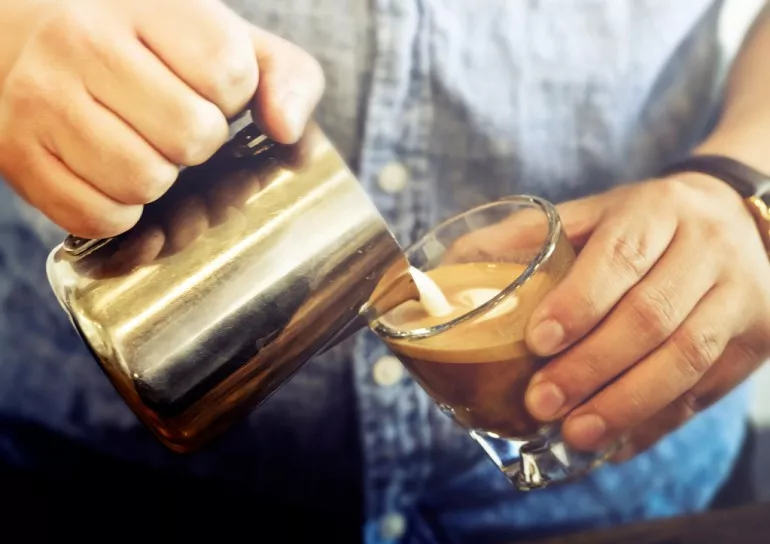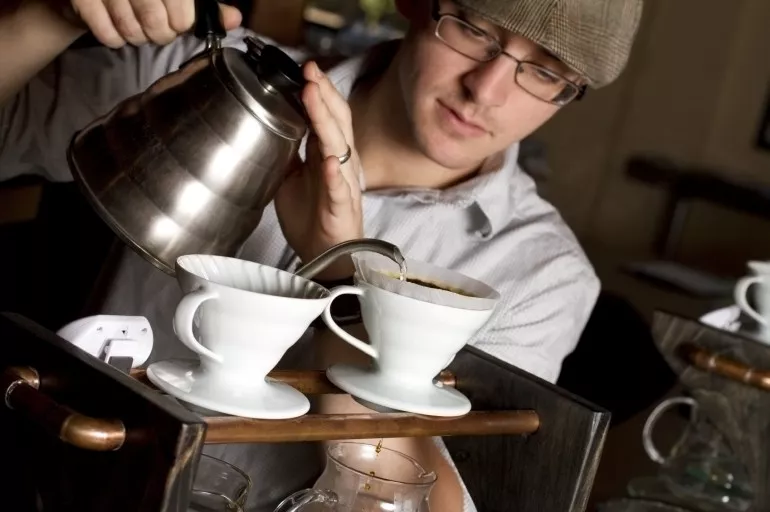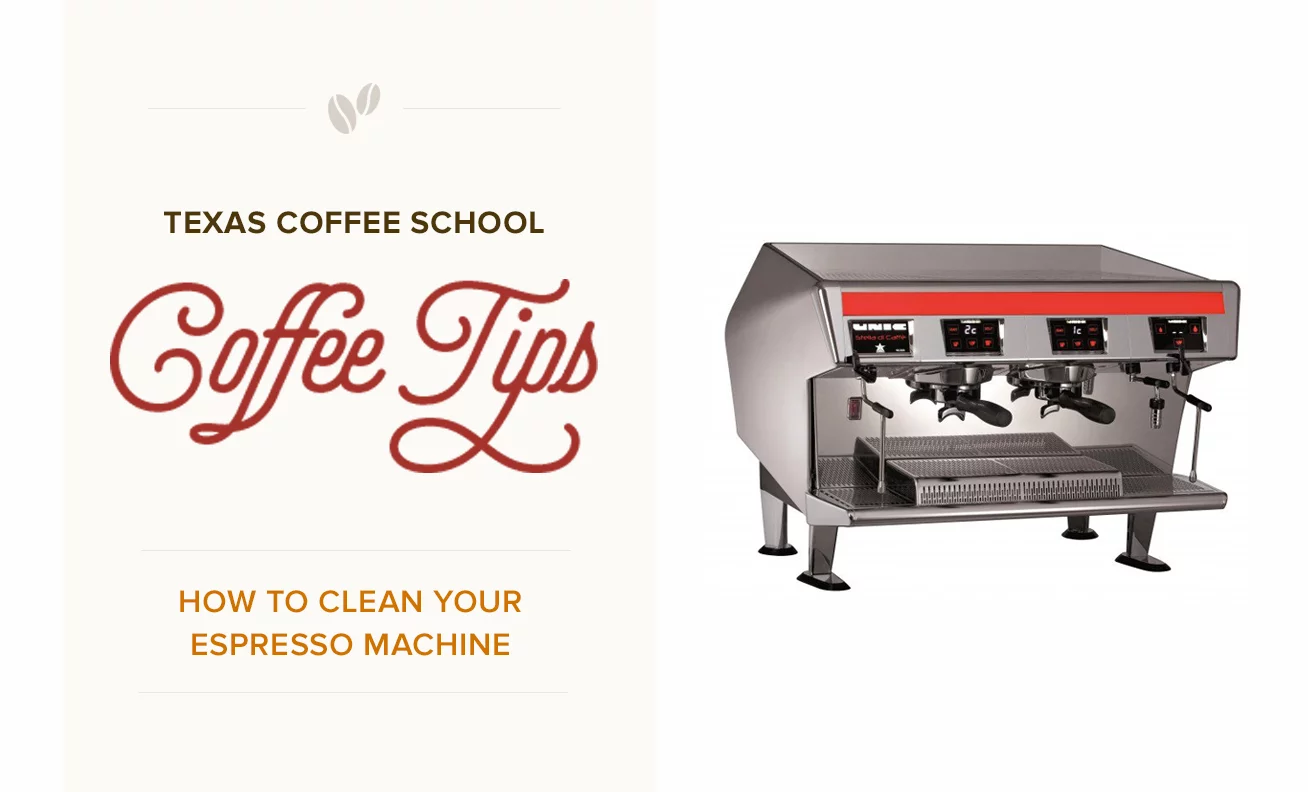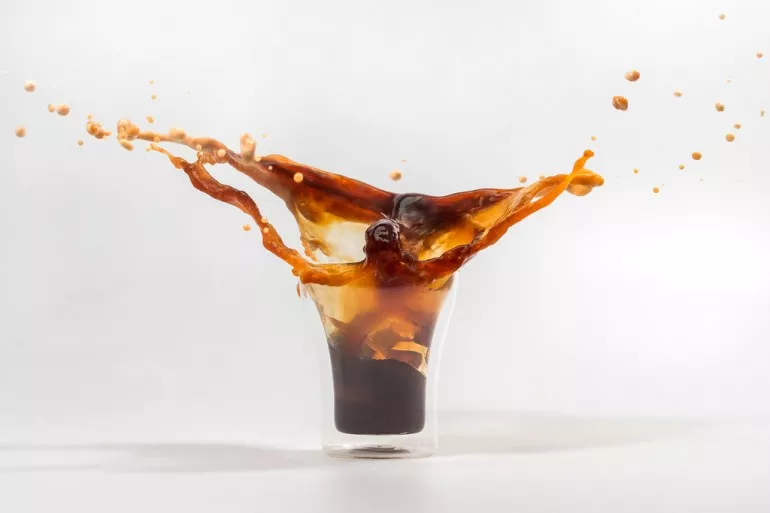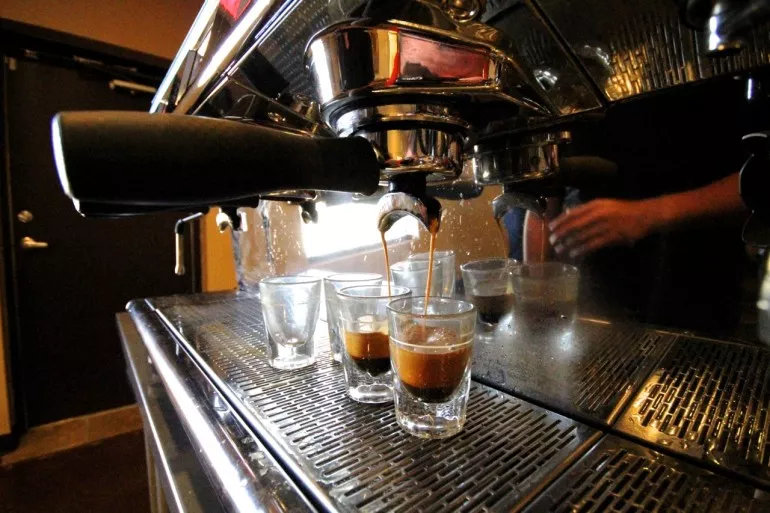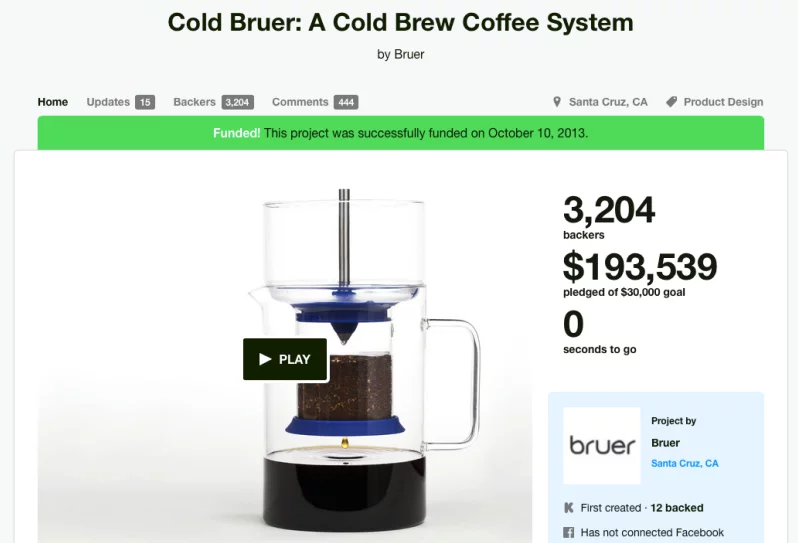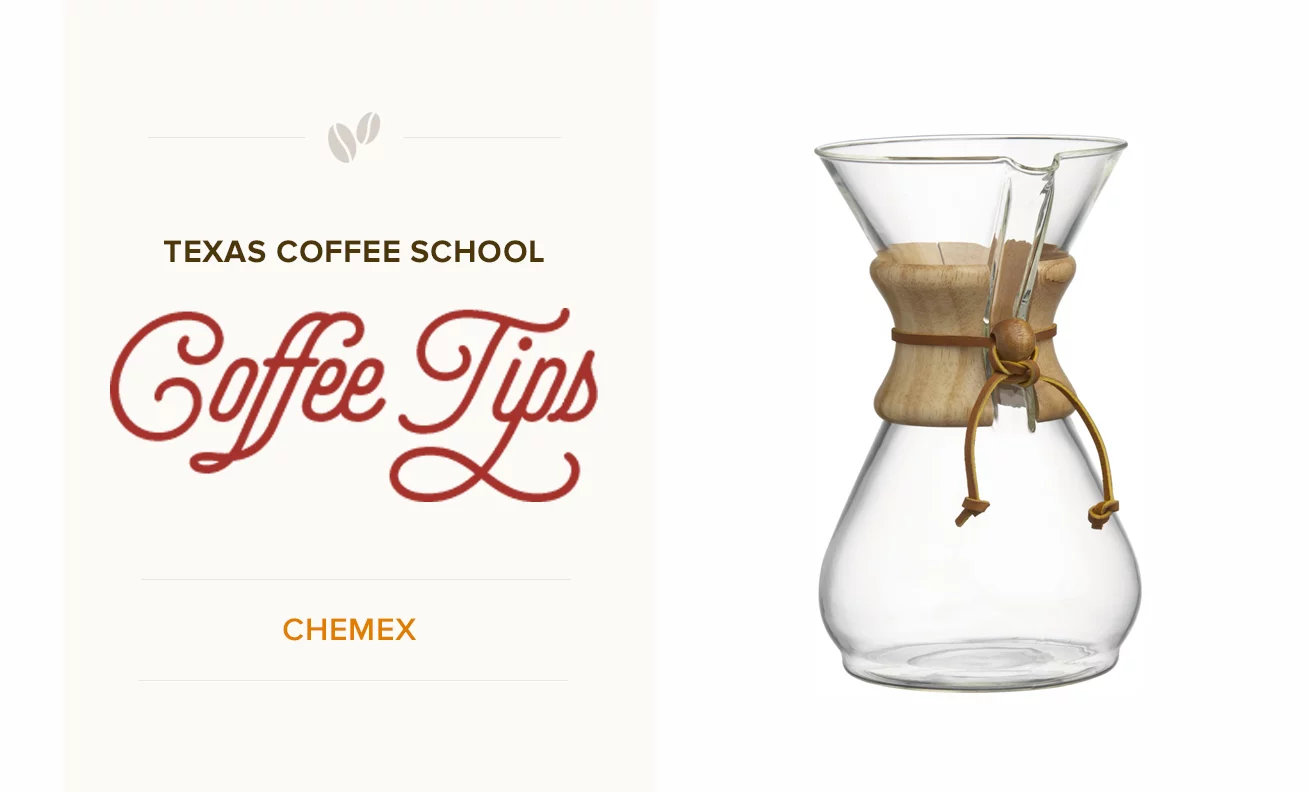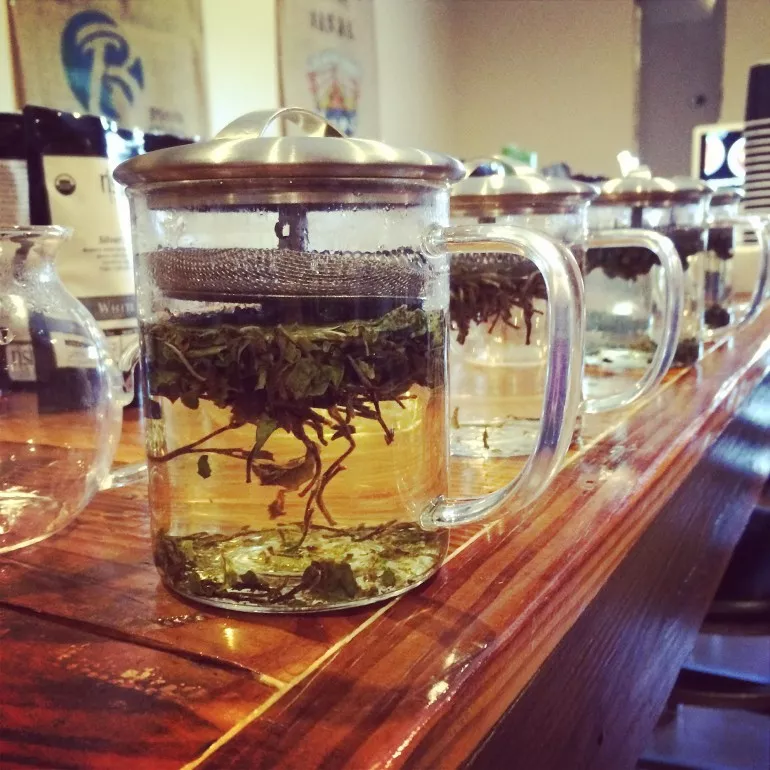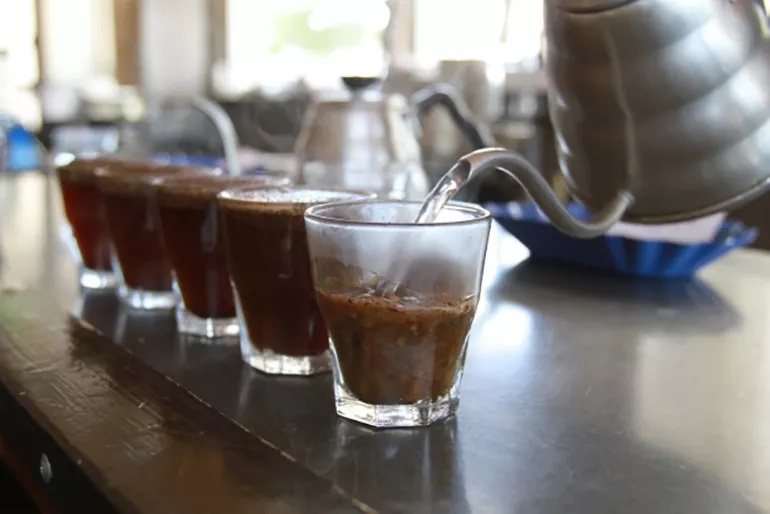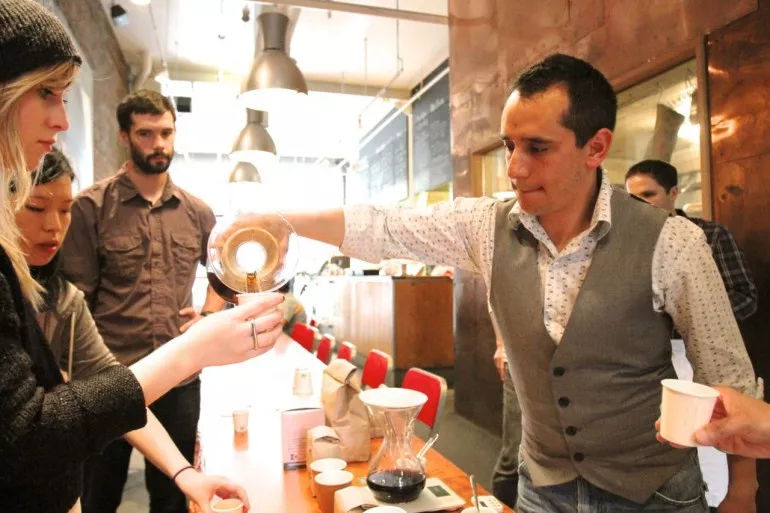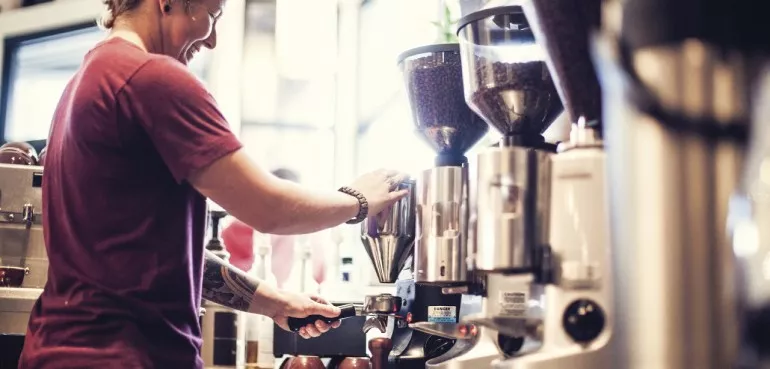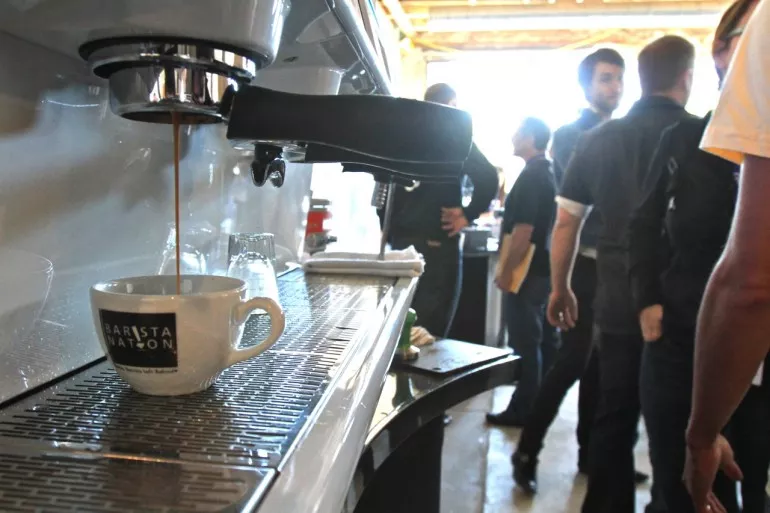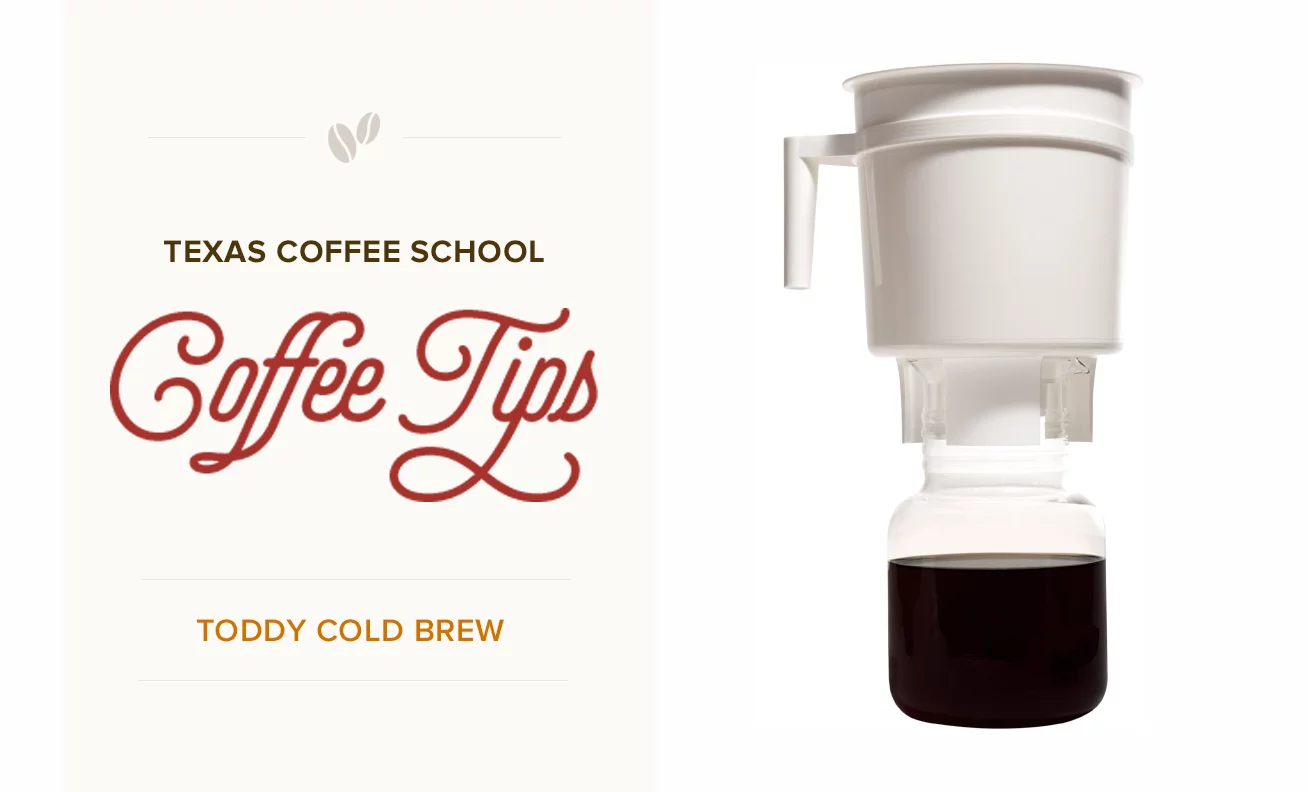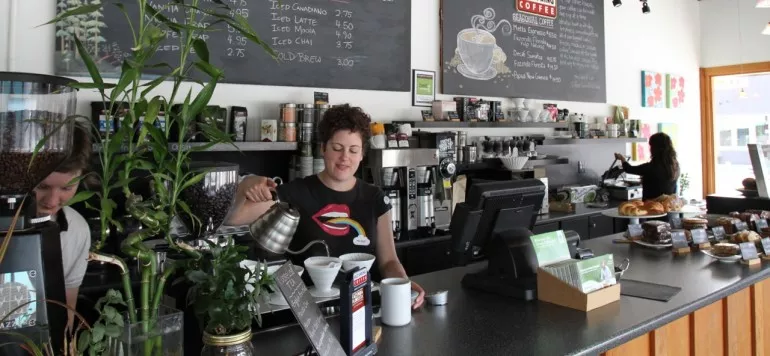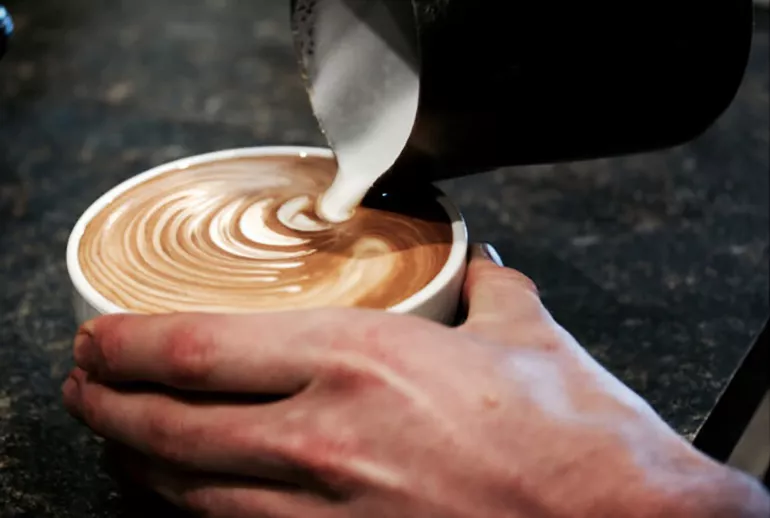
A Barista School Guide To Pouring Latte Art
Despite the period of rapid growth and progression that the specialty coffee industry has been enjoying around the world as of late, much about our industry and our product remains esoteric to the general public. To a person that has lived their entire life thinking that the pre-ground powder in a can at the grocery store brewed through a $20 auto-dripper is the extent of what coffee has to offer (and whose palate has likely adapted to now genuinely enjoy these products), paying five times the amount of money for a product that isn’t at all what they are used to and having every detail about the farm, variety, etc. recited to them at the register can be an intimidating experience. Not to mention, let’s face it, many baristas could do a lot better job being welcoming and understanding to people new to what specialty coffee is.
Five minutes browsing the Yelp or Instagram of your favorite cafe will reveal at least one thing that is quite successful and drawing in the attention and interest of consumers: latte art.
In the scheme of things, latte art is not where anyone’s primary focus should be when it comes to making coffee. Latte art should never come at the expense of quality, time or consistency. Remember: A pretty drink is not necessarily a tasty one. That being said, you wouldn’t go out for an incredible meal at a renowned restaurant and expect to receive the food sloppily dumped onto the plates. You would expect it to be plated with care to look as delicious as it tastes and that’s really what latte art is: plating your coffee in the cup. When carried out well, latte art will draw in the customer’s attention, reflect the quality of the beverage and enhance the consumer’s experience.
What do I need?
To be able to pour great latte art our raw ingredients have to have been prepared well. You must ensure that:
- You’ve got a well pulled shot of espresso. The color of your espresso is going to determine the color of your drink and you really want to be able to take advantage of the dark hues of the espresso. Also, the quantity and quality of the crema will affect the way it combines with the milk and how the design will look.
- You have properly textured milk. When steaming milk air is being added to the milk and the proteins in the milk that surround the fats in are expanding with heat. Whole milk tends to provide not only the richest flavor when paired with espresso but the thickest, creamiest and longest-lasting milk texture as well, thus, is the default in most cafes.
What makes a good pour?
There are a few basic criteria to think about as you are pouring and when evaluating a drink you poured:
- Symmetry – Is your design proportional and balanced throughout?
- Contrast – Are the browns bold and brown and the whites clean and bright?
- Design – Was the particular design you were attempting properly executed?
- Use of space – Is the cup full to the top? Does your design take up the space of the surface of the drink?
- Definition – Are there nice, crisp lines defining the details of your design and separating the colors?
When pouring latte art it is important to carefully consider each movement that you are making as you pour. Why did you move that way? What was that movements effect on the milk? Don’t just start pouring and see what happens; know what is going to happen. By isolating the different ways you can move the milk to manipulate the design in the cup and developing muscle memory over time you can pour latte art with great precision.
A Few Pointers
- Hold the cup by the handle. This keeps the cup clean and presentable and is the most sanitary way to handle the cup. This keeps your hands away from surfaces the customer may drink from. (If you pour left handed, hold the cup from underneath with your right hand, and avoid touching the areas the mouth will touch.)
- Look at the drink from the customer’s point of view. When pouring a drink, think about how you will be serving it. The design should be centered with the handle on the left at a 90 degree angle to your design. Serve the drink so that the design is right-side-up to the person you are serving it to.
- Start with the basics. Make sure you are pulling good shots and steaming great milk. Make sure you are preparing great tasting drinks before worrying too much about latte art. Perfect your basic pours like monk’s heads and hearts before attempting more advanced designs. A really great heart is much more impressive than a really poorly executed rosetta.
- Work quickly. When working in a busy cafe it is vital that the drinks are prepared and served quickly. People are in a hurry and you’ve got to keep the line moving, not the mention the fact that the quality of an espresso and milk beverage will decline over time. Etching and using tools to create designs with insane detail seems fun but it’s costing the cafe money and putting lower quality drinks the hands of the customers.
Practice Makes Perfect
Learning to pour latte art involves learning an entirely new set of muscle memories. This isn’t always easy and it definitely takes time. With latte art (as with most skills), it really is true that practice makes perfect. As a barista, you have the good fortune of being able to practice every day with nearly every drink you make to perfect your skills over time but at any rate it will take a lot of shifts and a lot of milk to perfect your pours so don’t become discouraged.
A Penny Saved
For those wanting to learn latte art that are not working baristas or for baristas trying to practice on their own outside of a shift, practicing latte art can be both expensive and wasteful. There is a trick, however, that can help you save a few bucks while practicing.
- Fill your steaming pitcher with water to the point you would typically fill it with milk.
- Add one drop of dish detergent. If you add too much it will create too much suds and will not work so don’t squeeze the bottle, just turn it upside down and let a small drop fall into the water.
- Steam the water/soap mixture as you would normally steam your milk.
Amazingly, the soapy water will texture in a way that is very close to milk. This is a great way to practice the actual process of steaming milk and to an extent it can be used to pour some designs as well.
Basic Latte Art Designs
- Monk’s Head. Cappuccinos are named after their resemblance to the white hoods and brown robes worn by Friars Minor Capuchin monks. This design is the most basic but is also the foundation of nearly every other design. A good monk’s head will have a nice circle of clean white with a dark brown boarder. This design is made by lowering the pitcher close to the surface of the milk just below the center of the cup once the cup is about 2/3 full.
- Heart. The heart is essentially a monk’s head except when the cup is nearly full, pull the pitcher up about 2 inches higher and push through the design at a moderate speed. This will pull the middle of the design in the direction you move the pitcher and cause the circle to transform into a heart shape.
- Rosetta. This is a ferny leaf design and is probably the most famous latte art in pop culture. This design is created by lowering your pitcher to the surface when the cup is approximately 1/2-2/3 full like the monk’s head, however, rather than pour still and steadily into the middle of the cup, wiggle the pitcher gently side to side. This should be a smooth fluid motion carried out all with the wrist or the fingers, not the arm and should cause the milk to roll up and down the sides of the pitchers. Once your squiggly design begins taking shape, gently pull the pitcher back towards you while maintaining the rocking motion. Once you reach the back of the cup and it is nearly full, pull the pitcher up a couple of inches and push through the design toward the opposite side, just like the heart.
Once these designs are mastered they can be combined or changed to create a wide variety of visually stimulating drinks. Latte art is a great way to have fun and to interact with customers. It can also be a good way to build relationships within your local coffee community as many cities hold Thursday Night Throwdowns (monthly latte art competitions between baristas from local shops). Whatever your reason for wanting to learn latte art, keep practicing, keep making tasty, visually appealing drinks and keep having fun. If you are looking for a little advanced help, consider a latte art class at a barista school. A specialized barista school can propel your latte art further in one day than you were able to figure out on your own over months of trial and error.
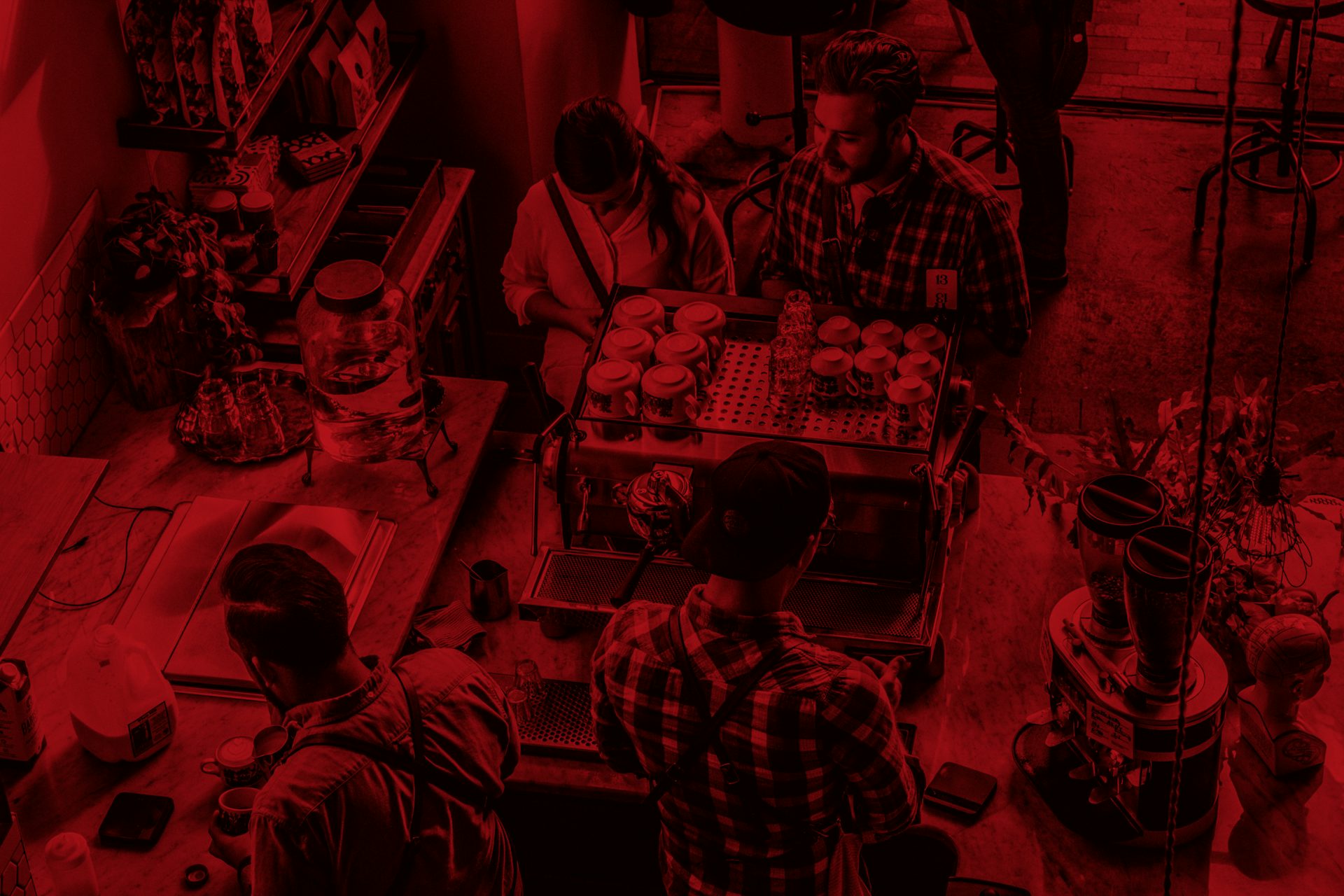
Register for a Coffee Class
The Best Coffee Training Available
We’ve helped hundreds of students successfully launch their own coffee shop businesses. Join us in our 5-Star Rated Coffee Classes, whether you’re an aspiring entrepreneur looking to open a coffee shop, a manager, a barista or home enthusiast looking to sharpen your skills.


